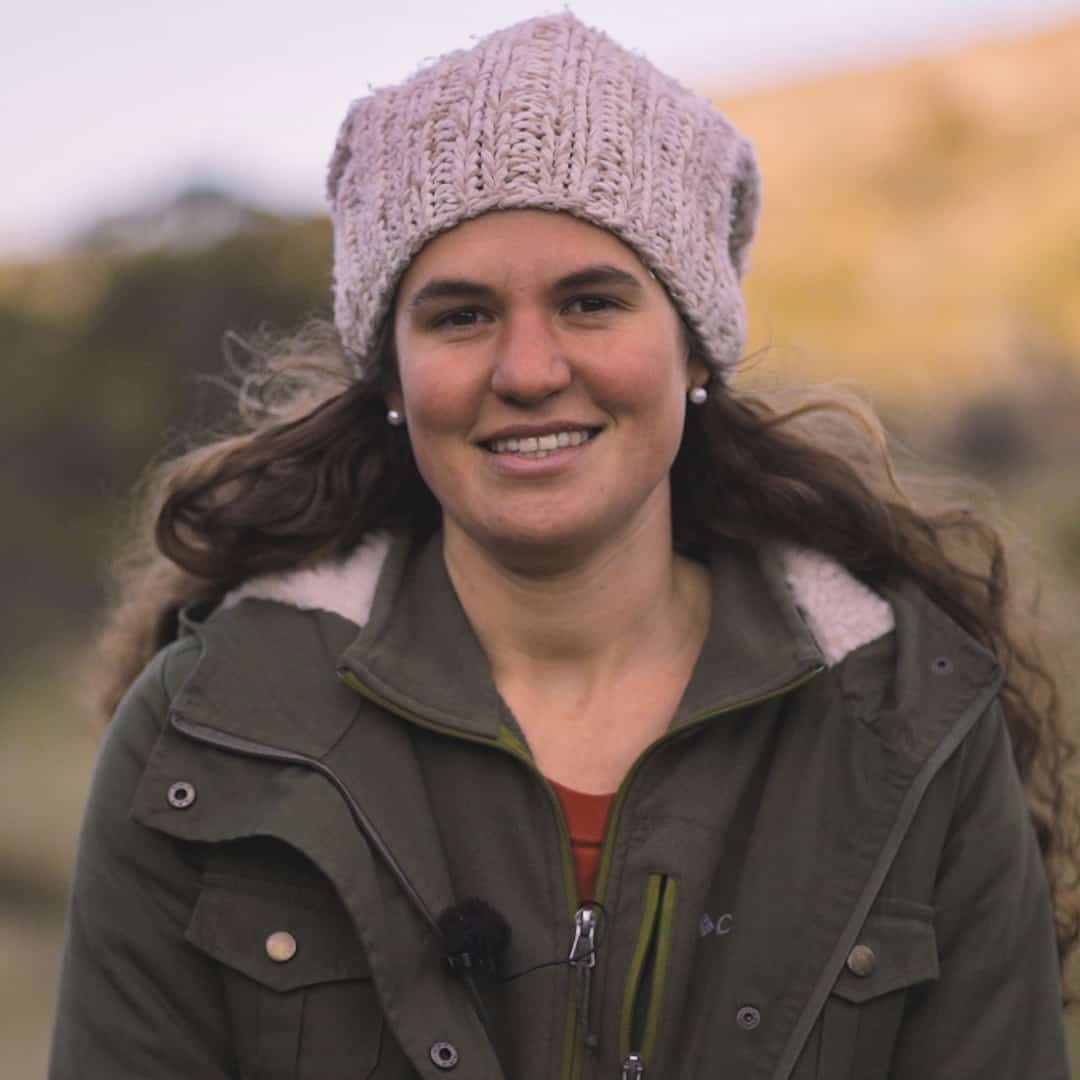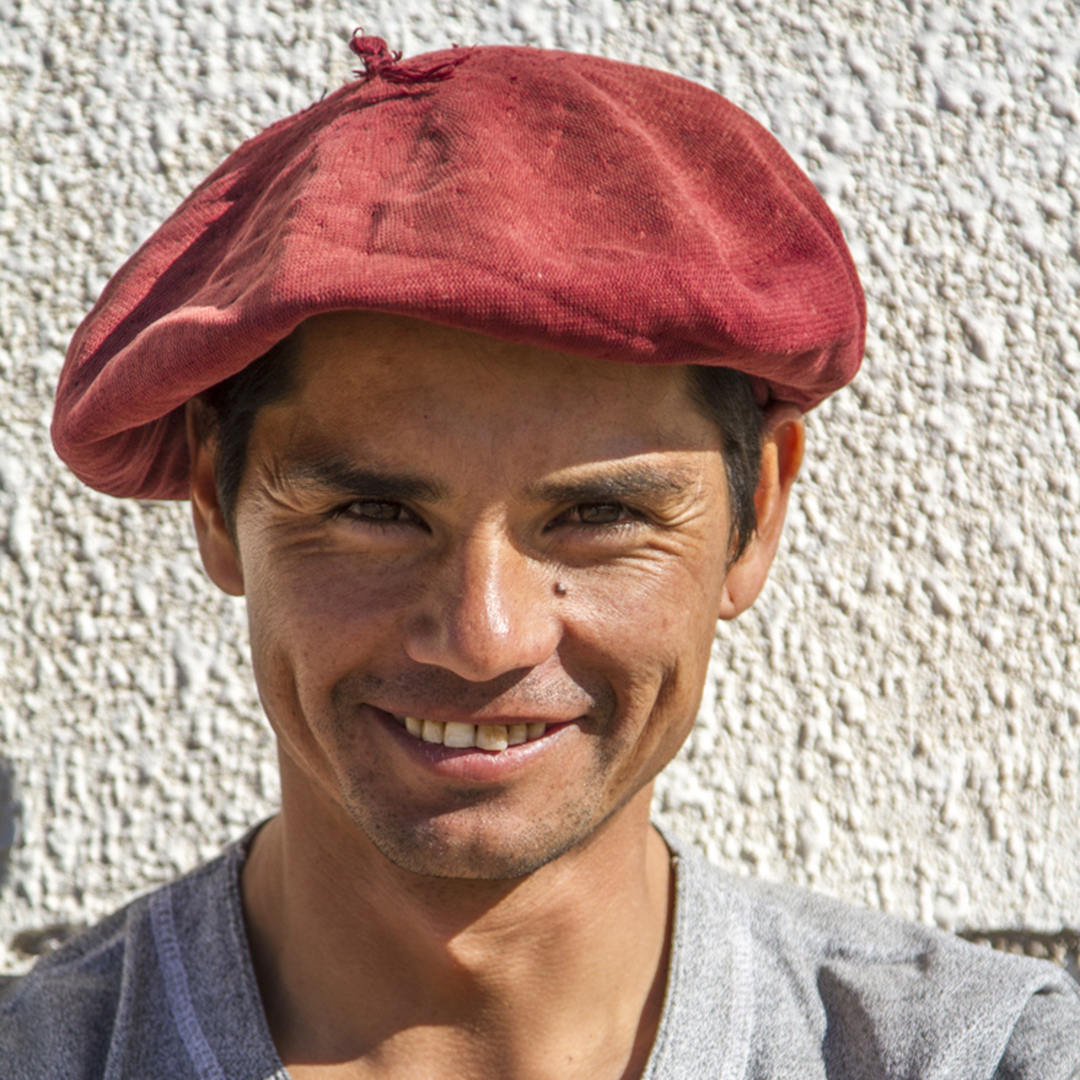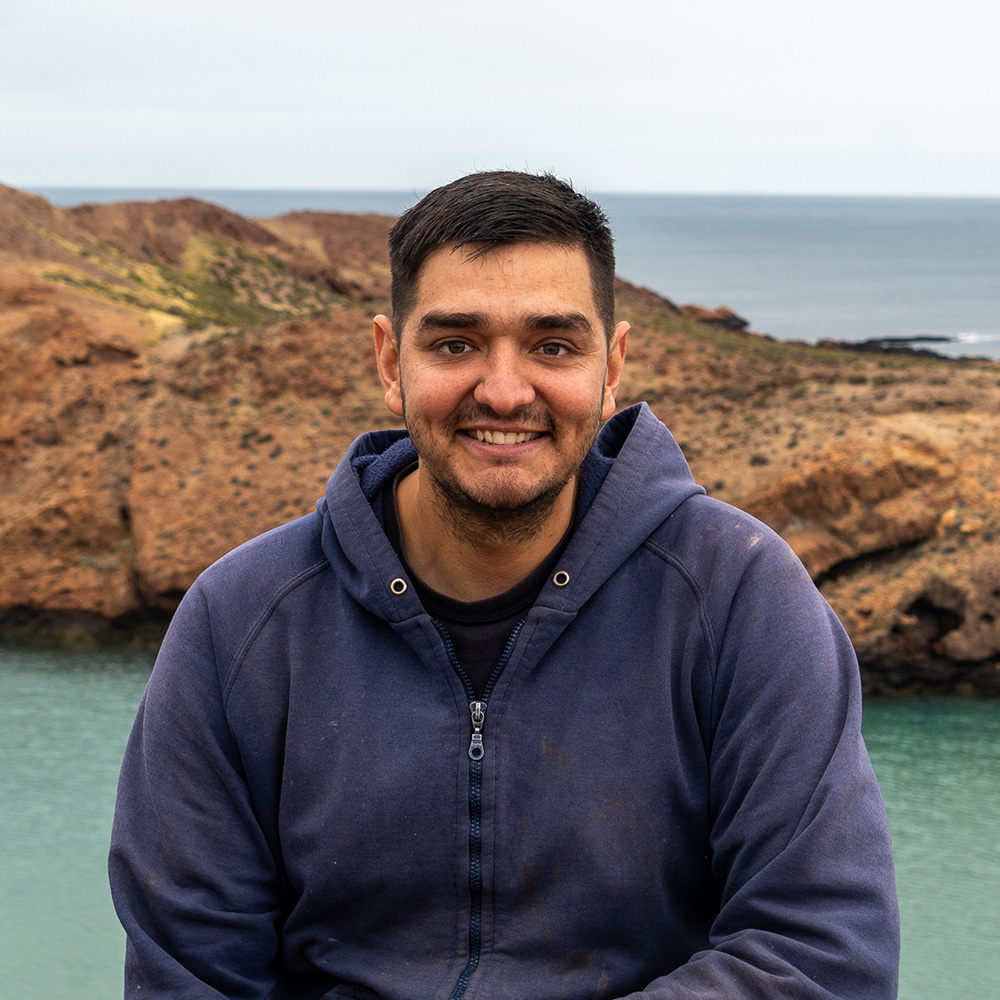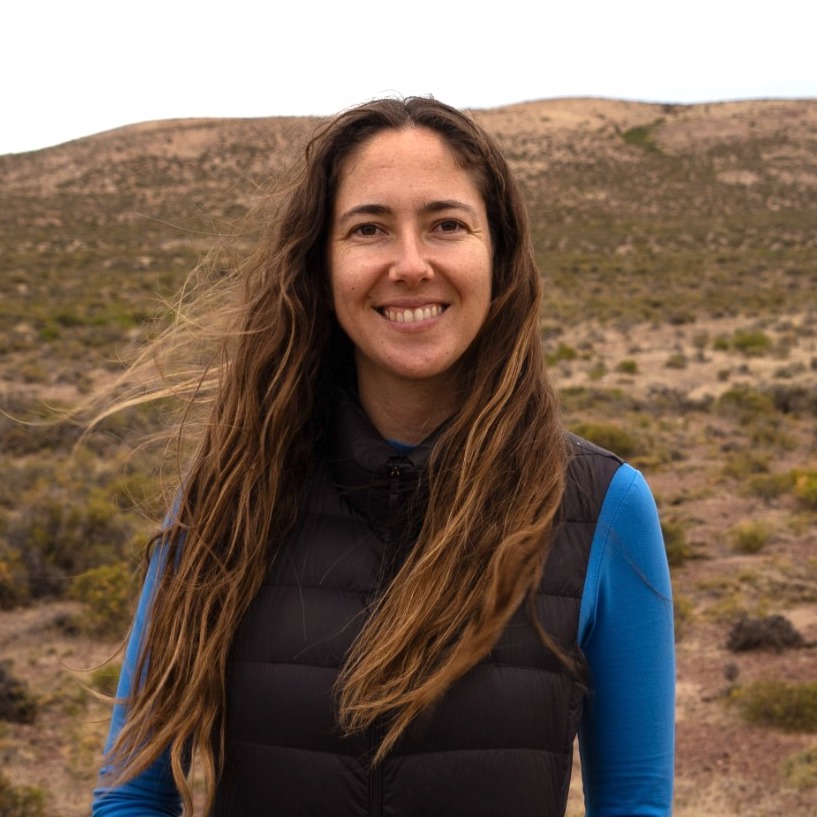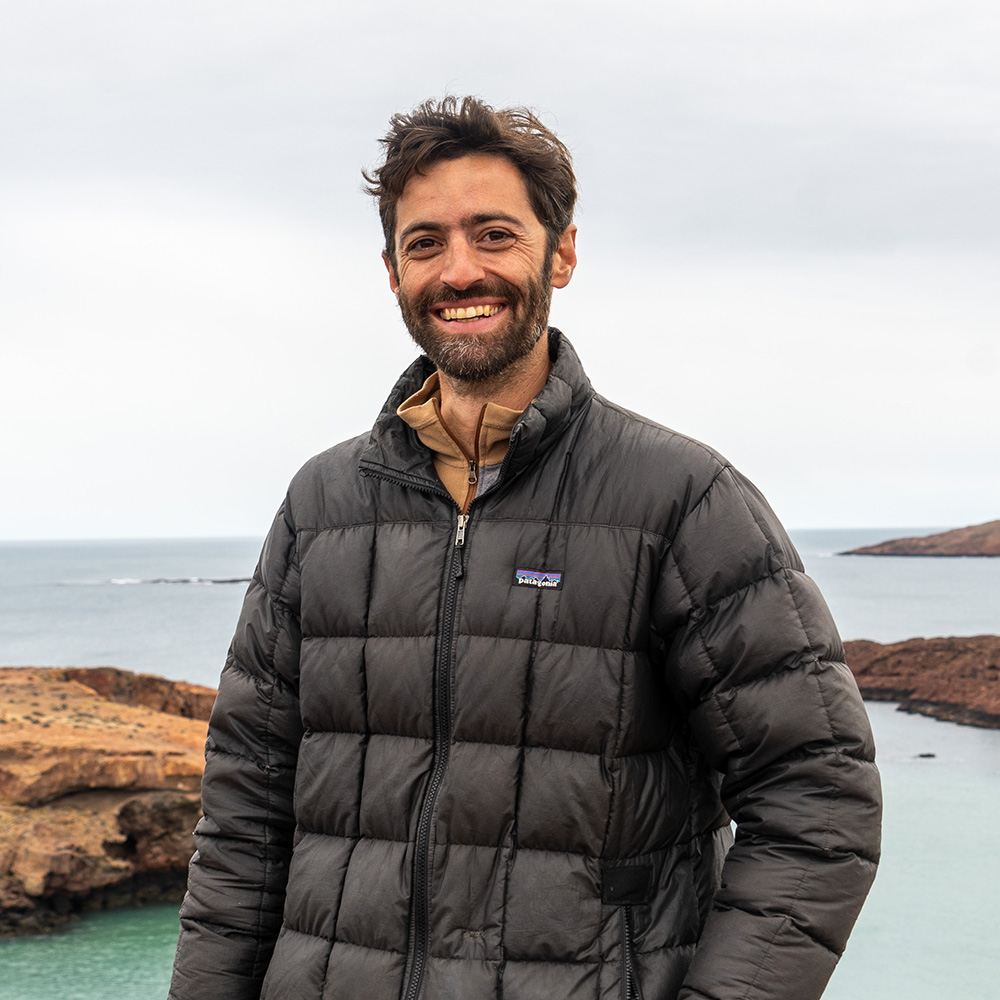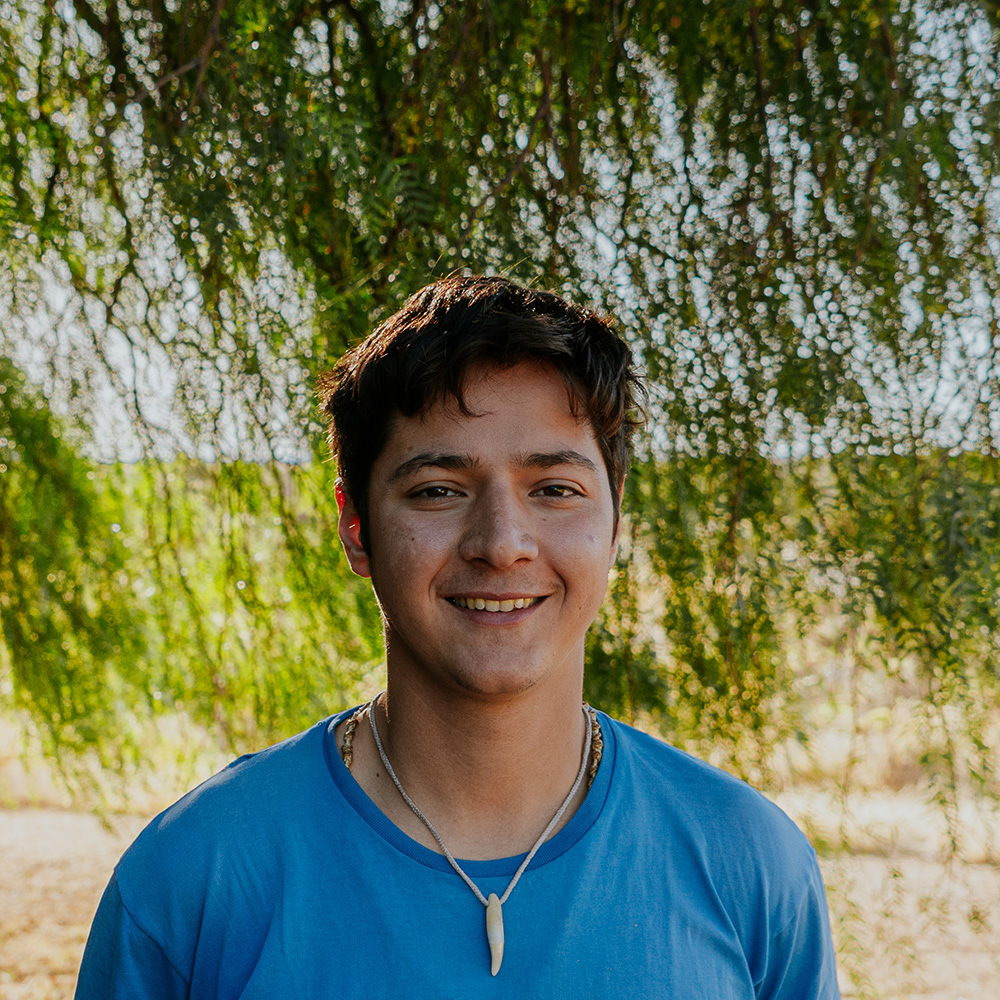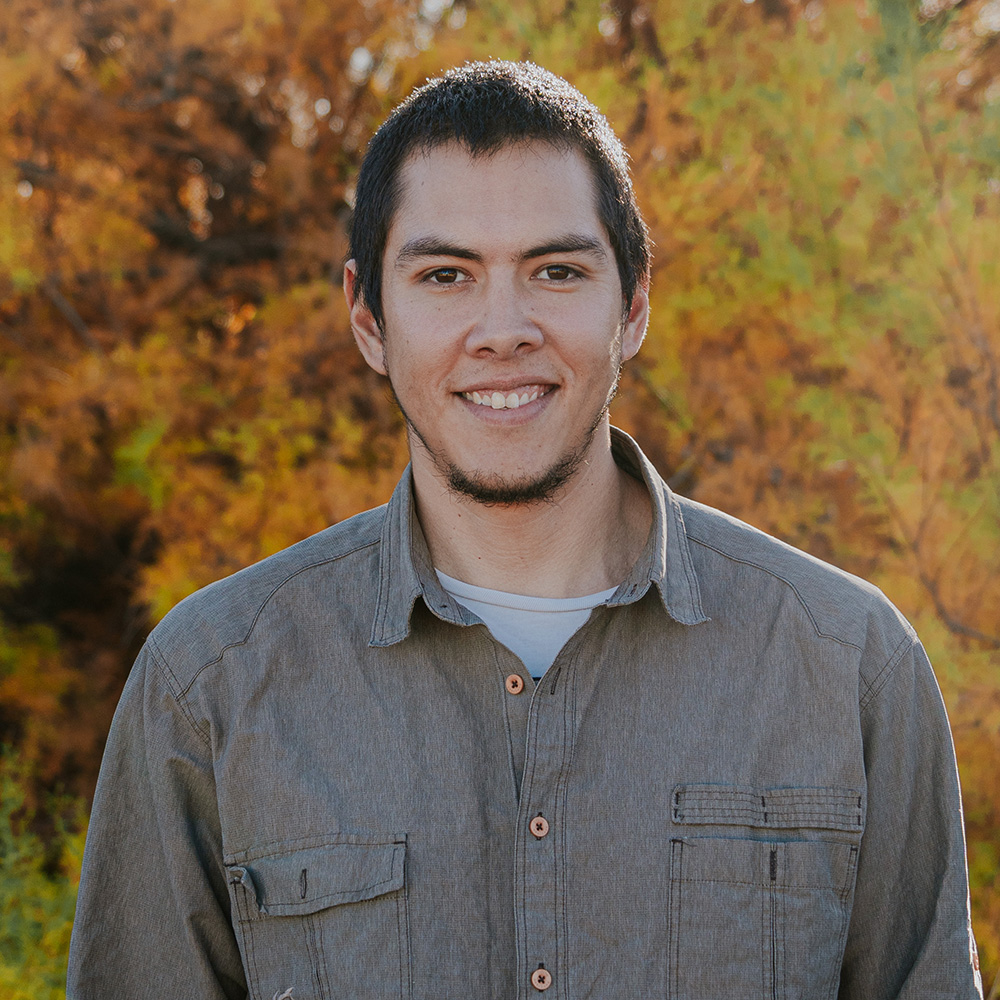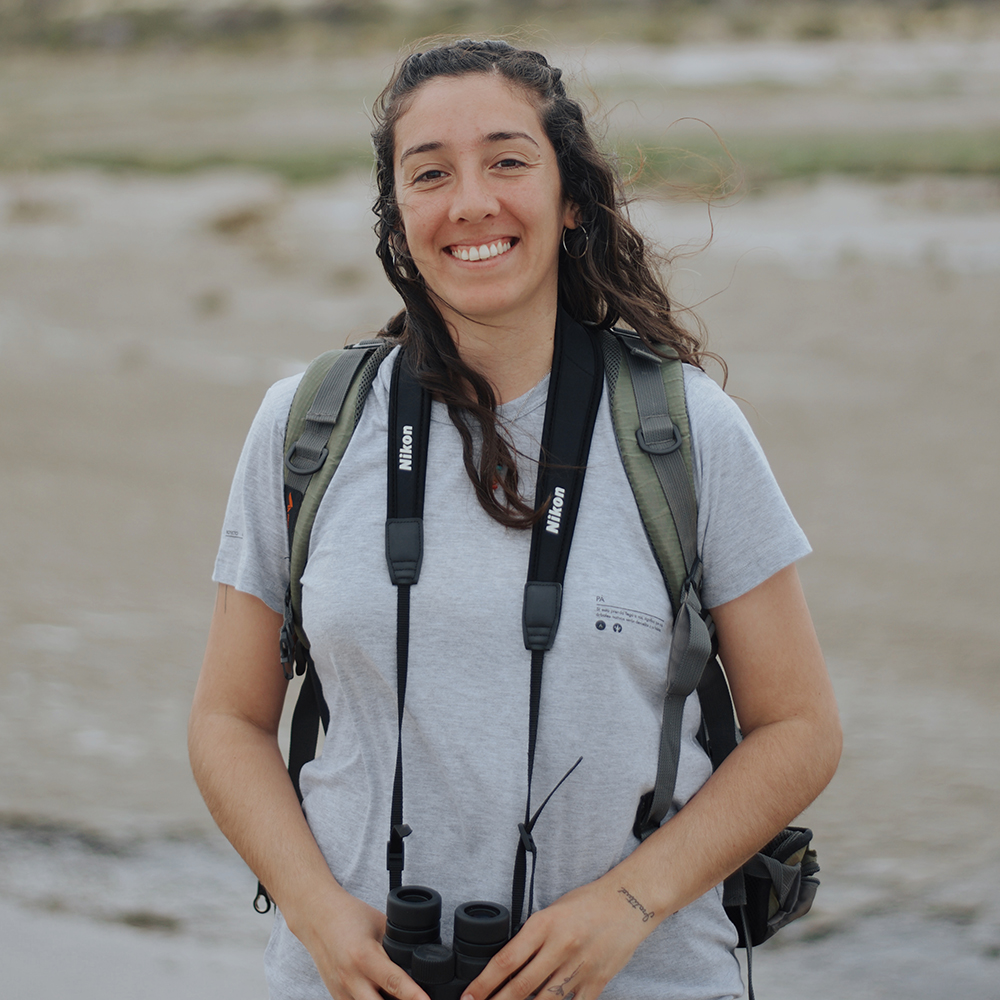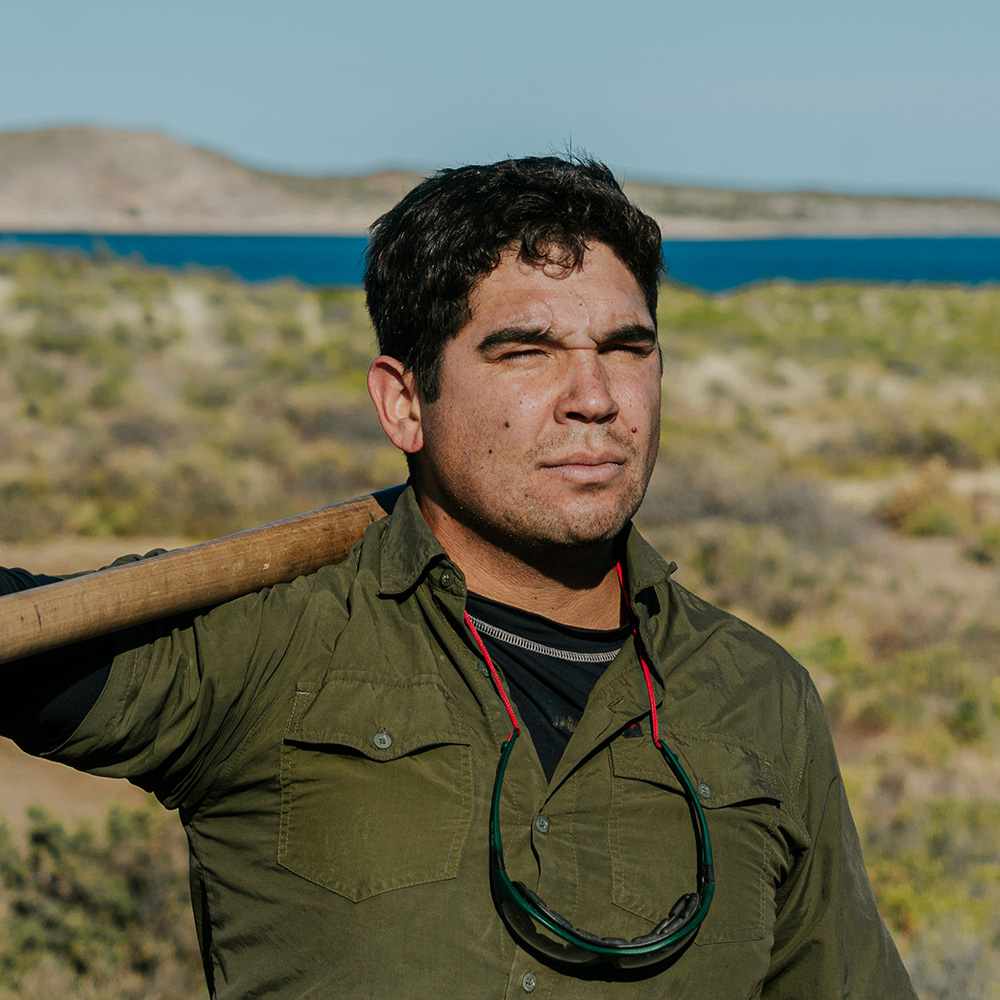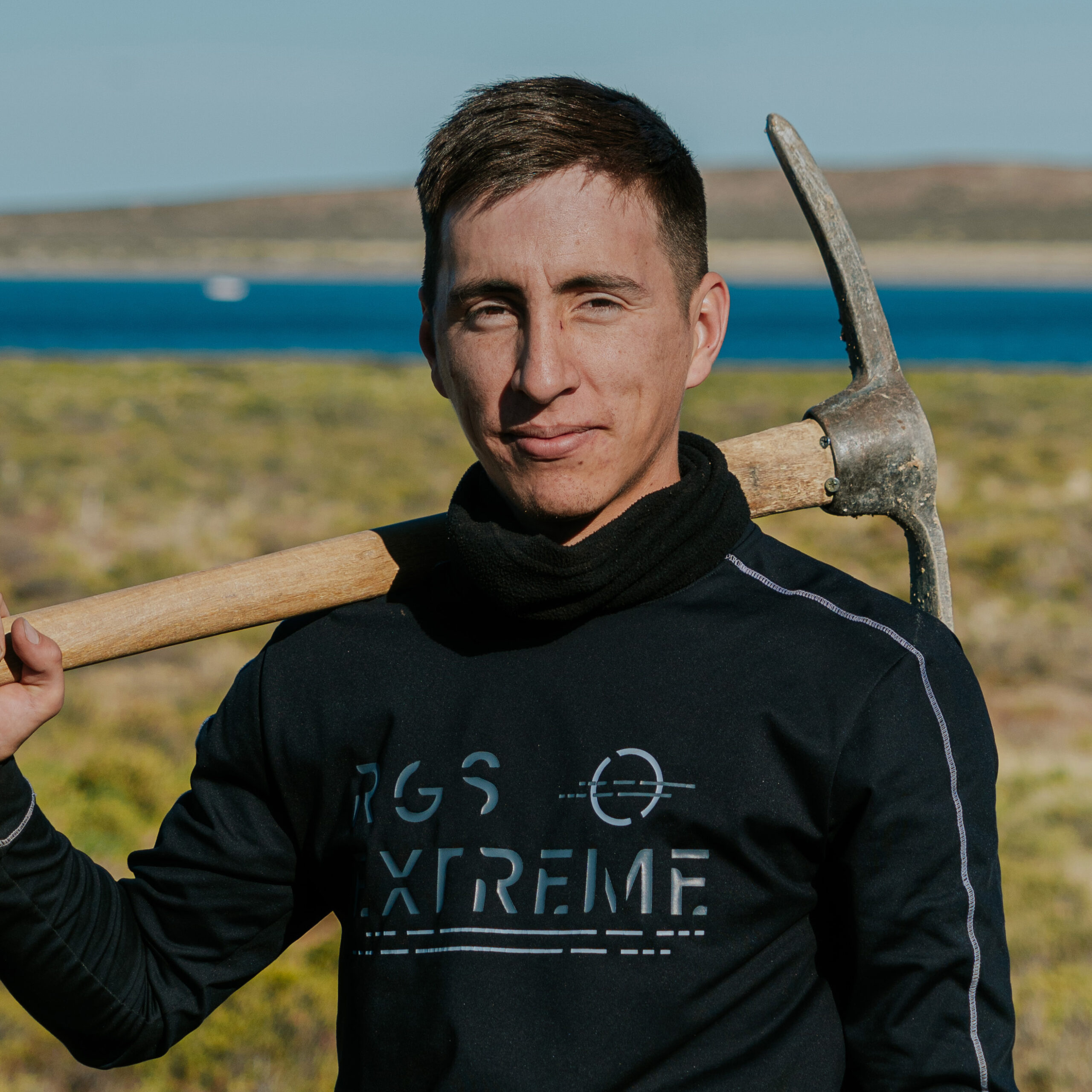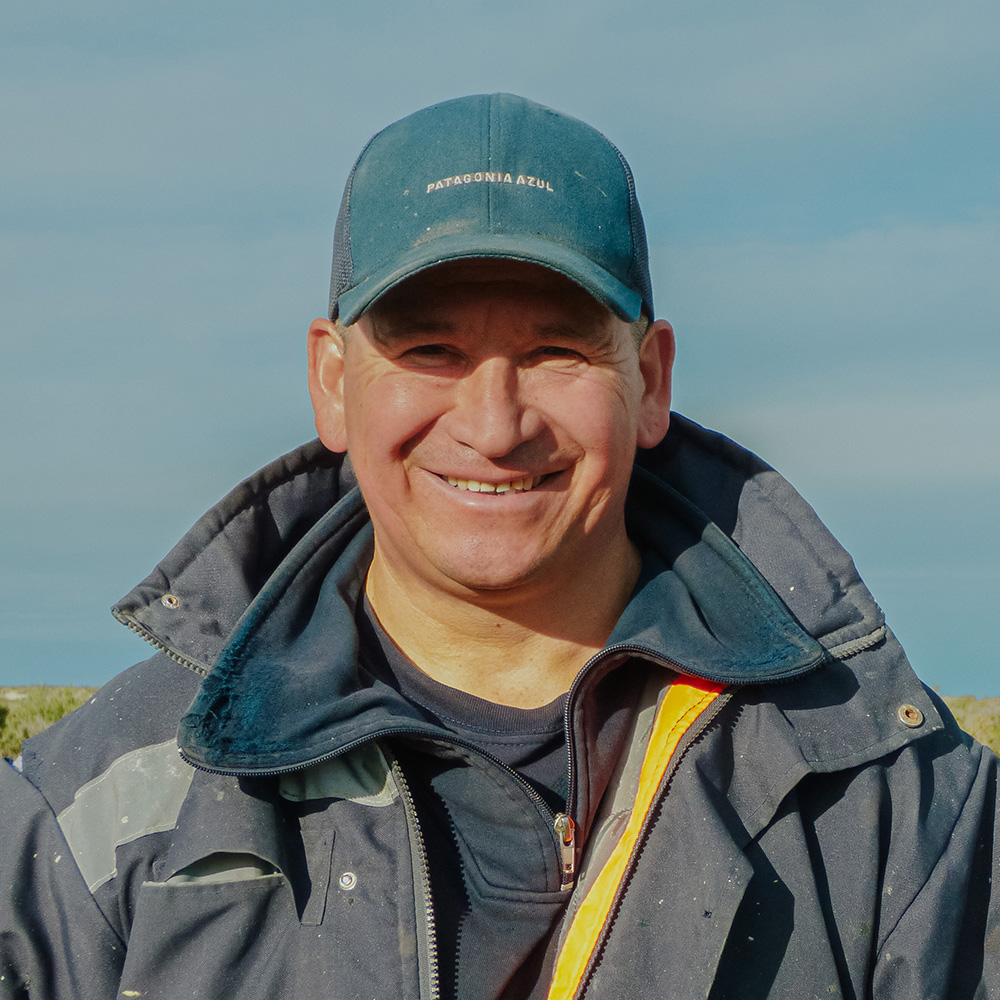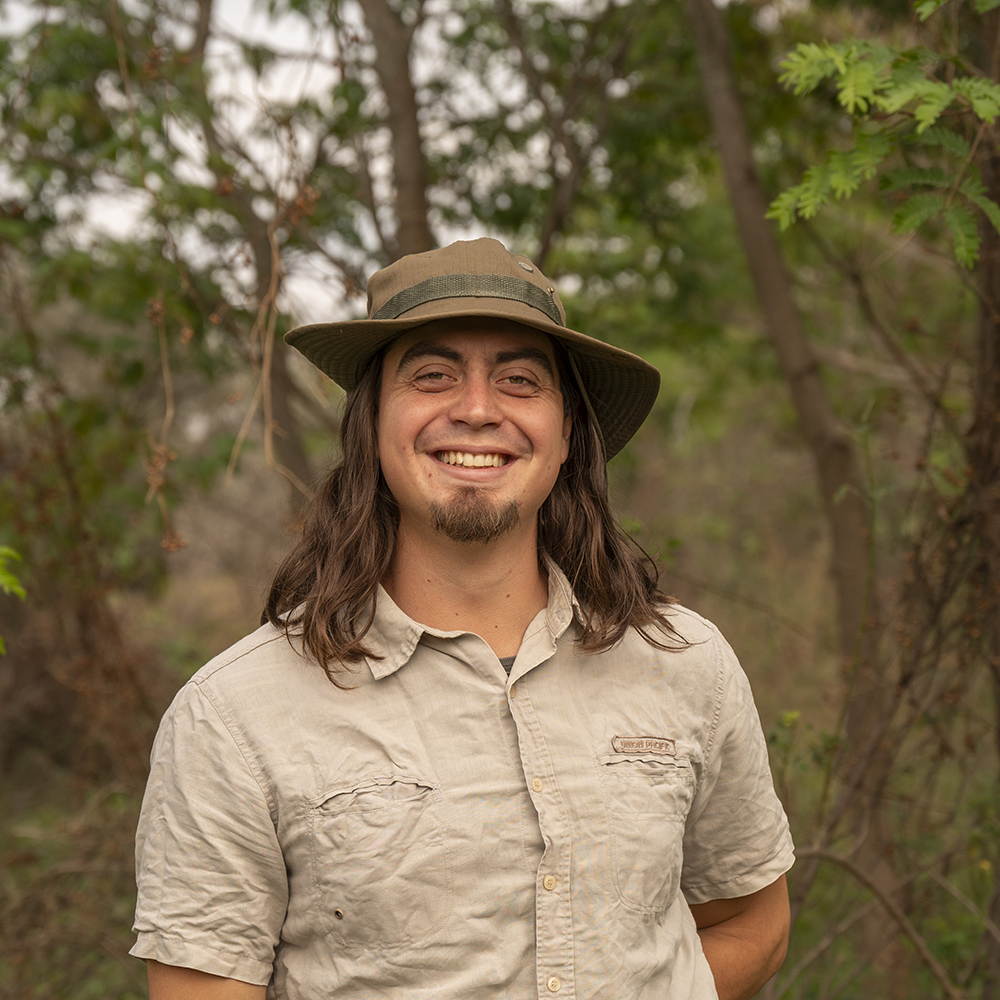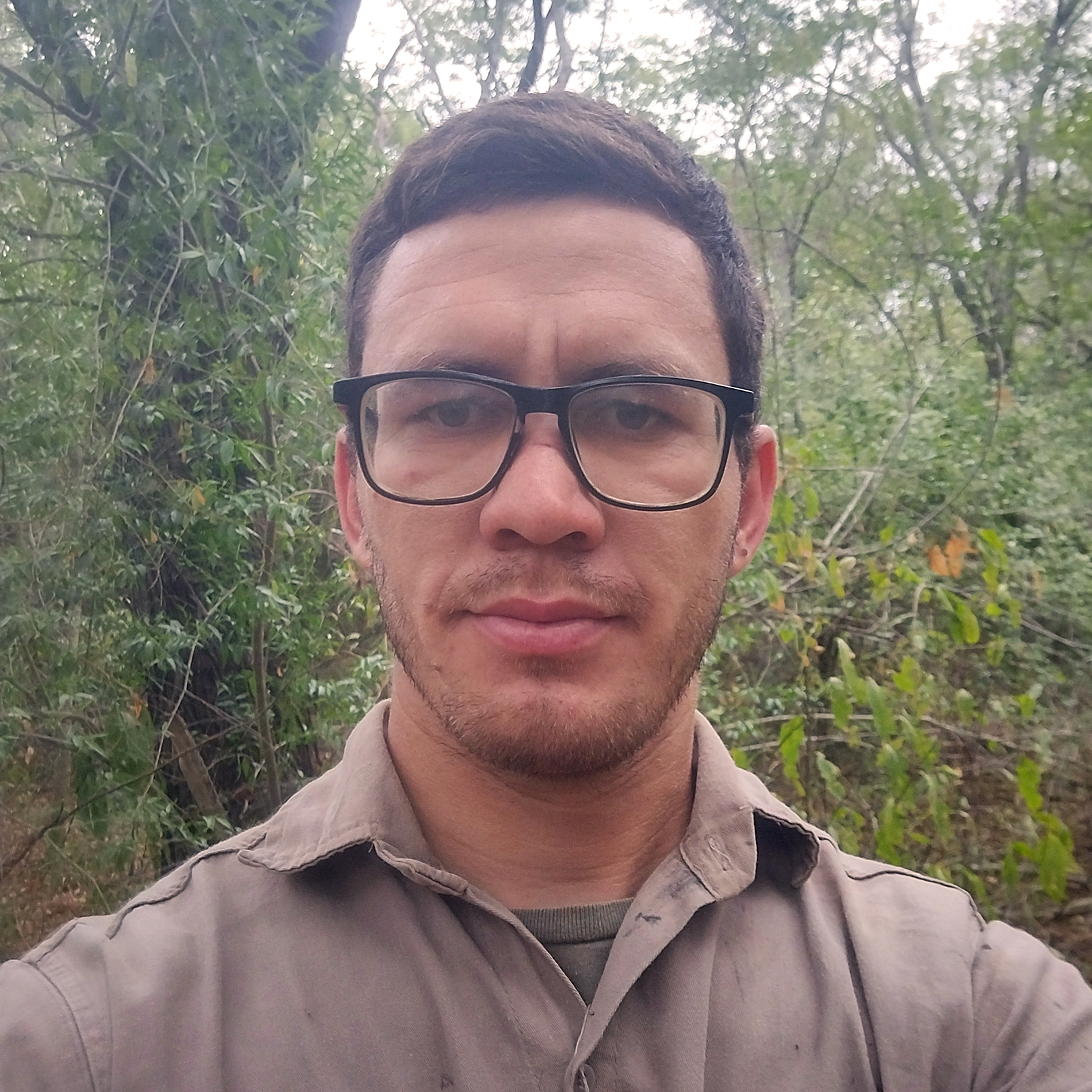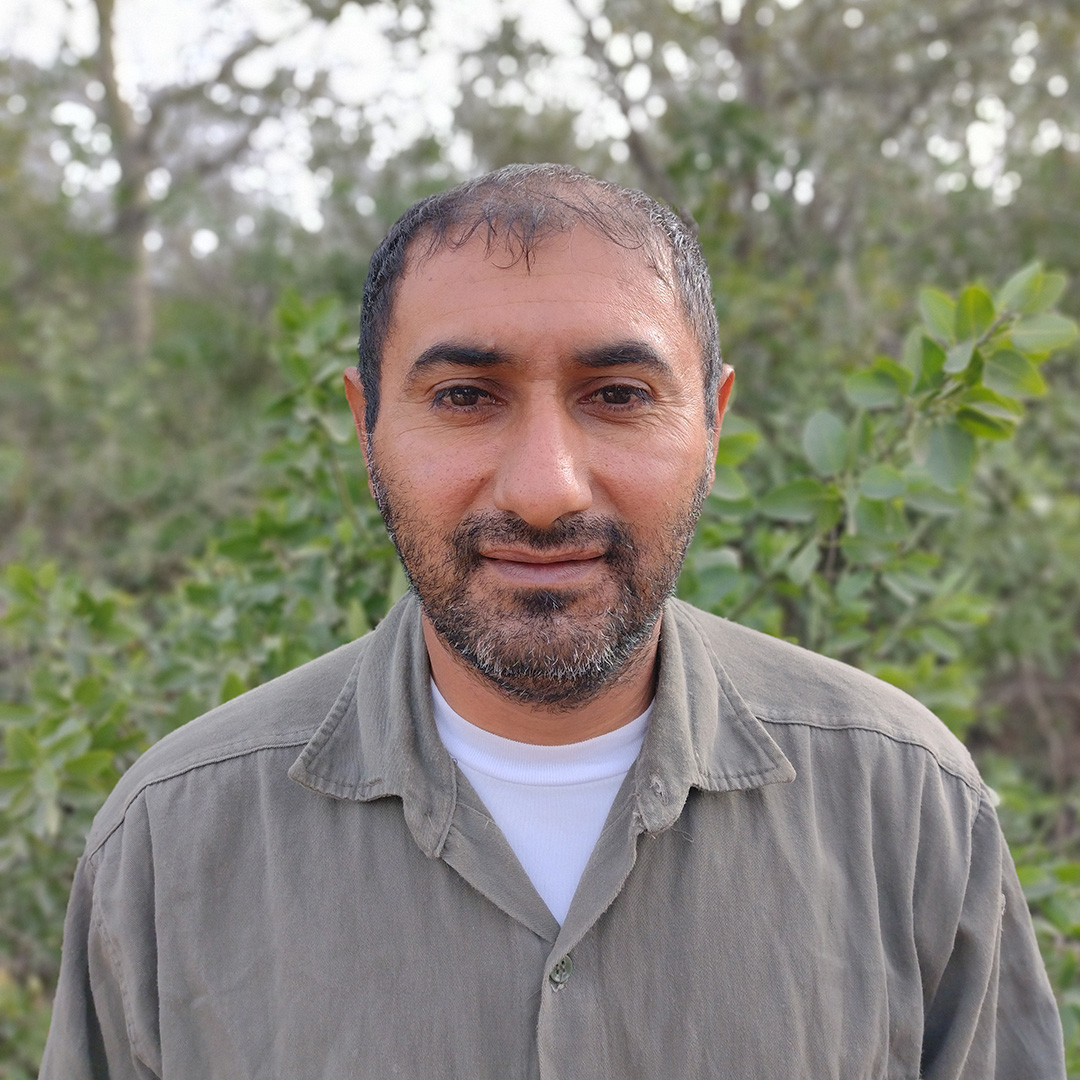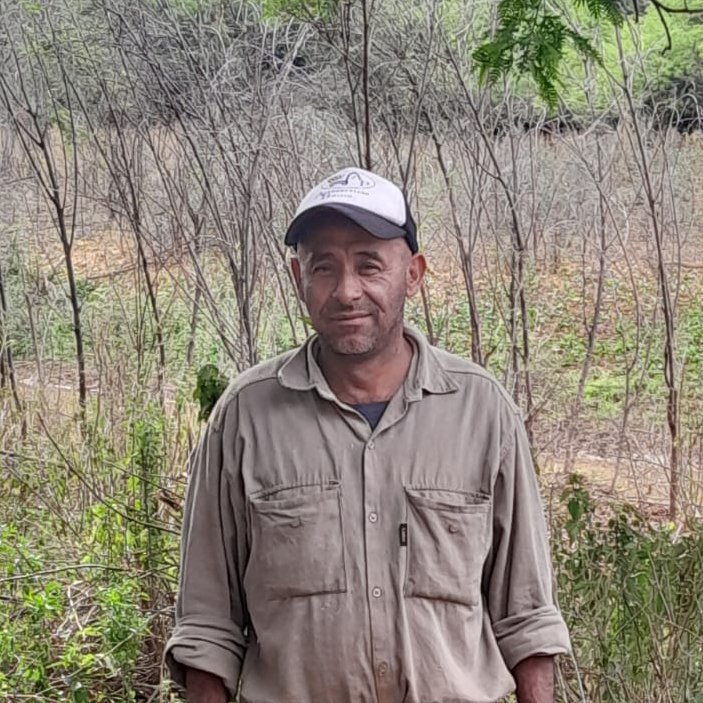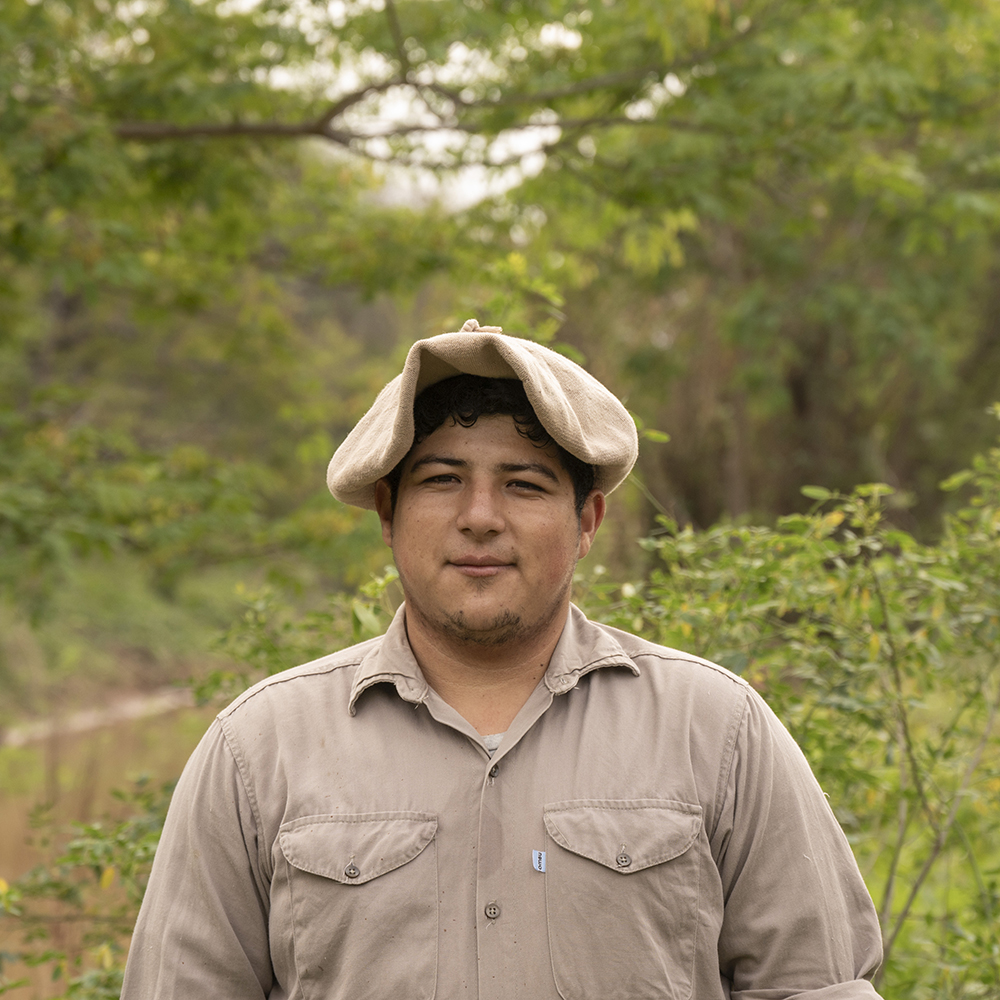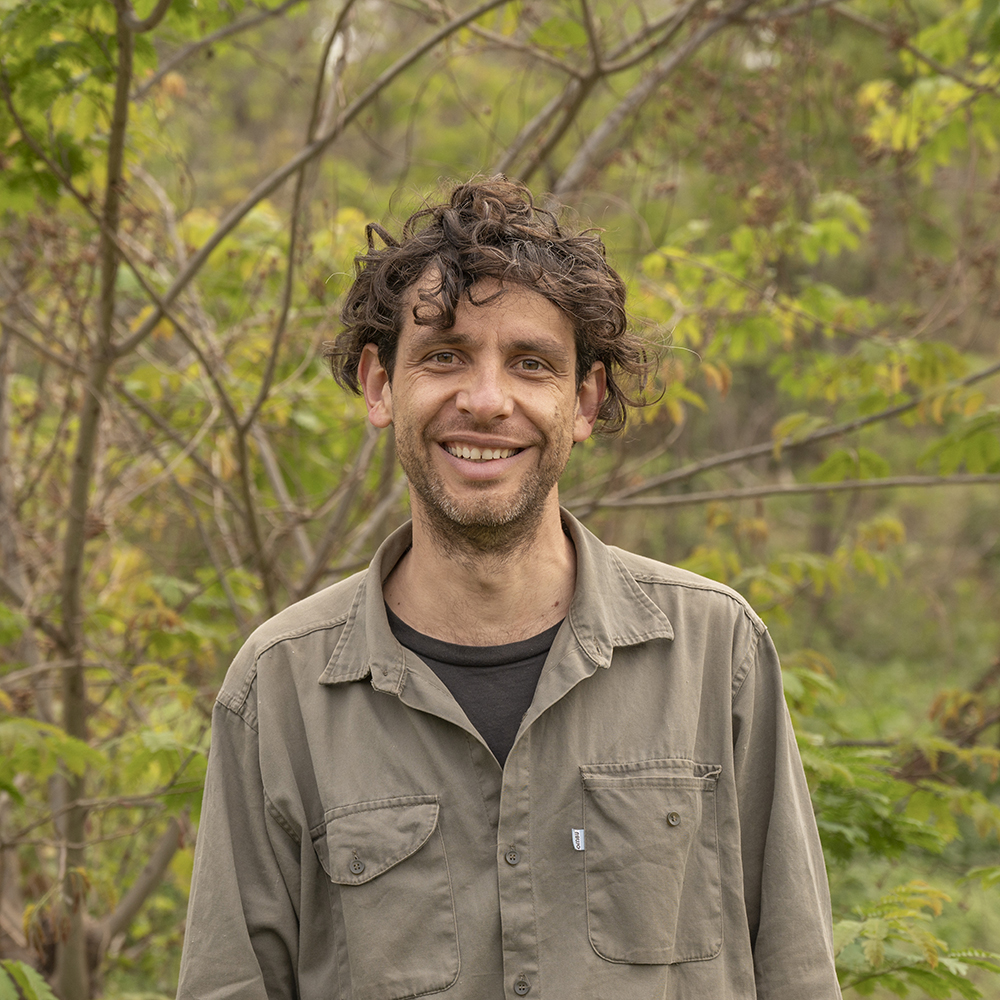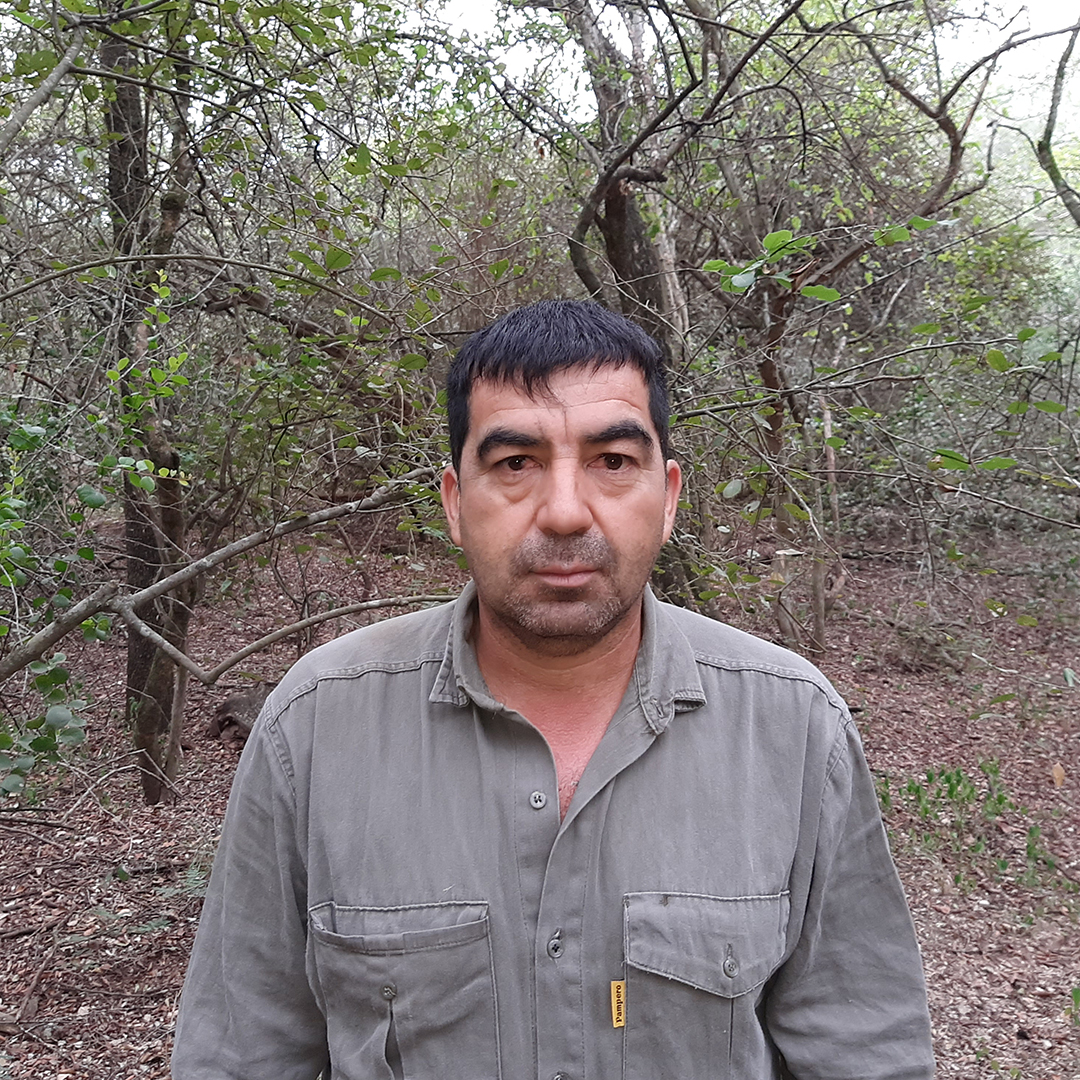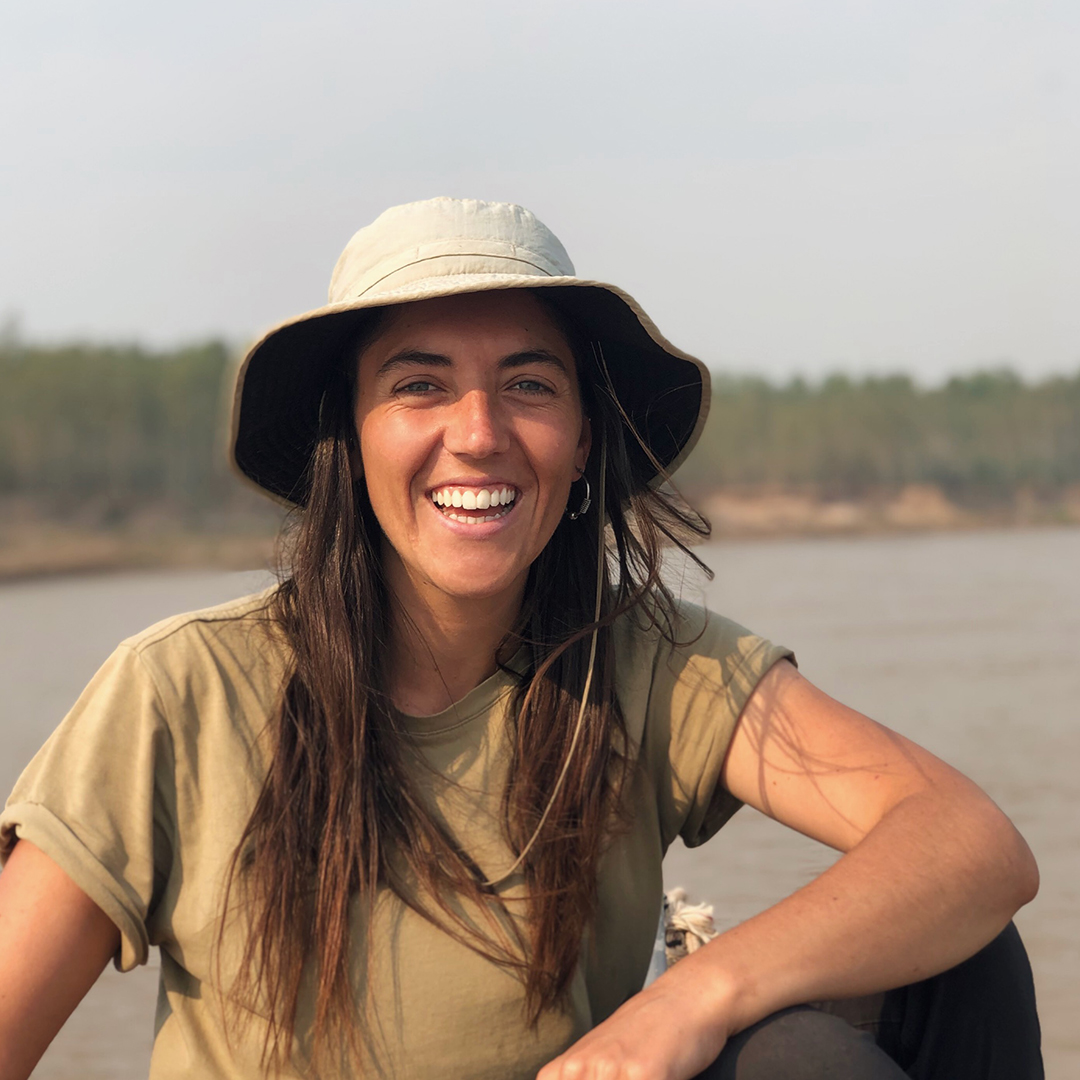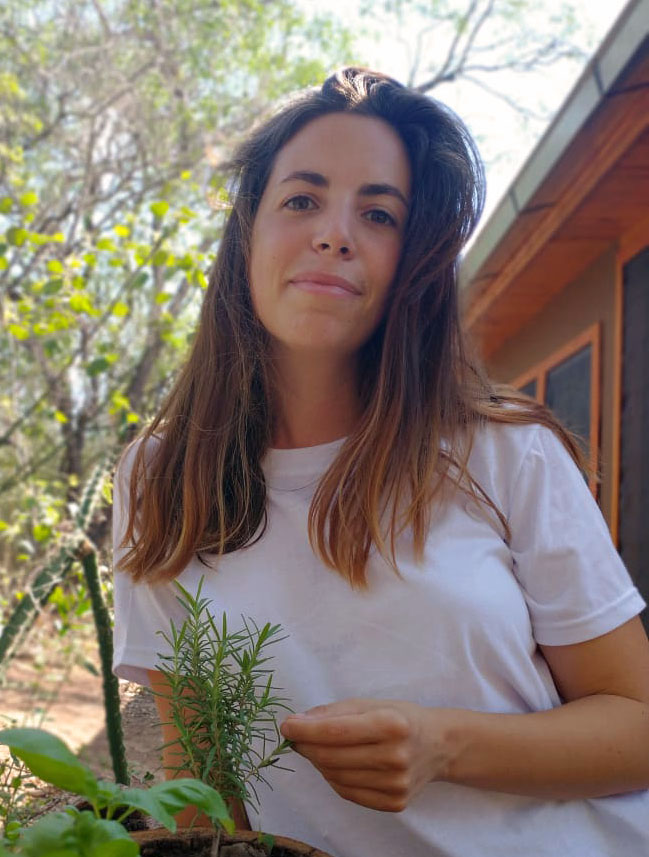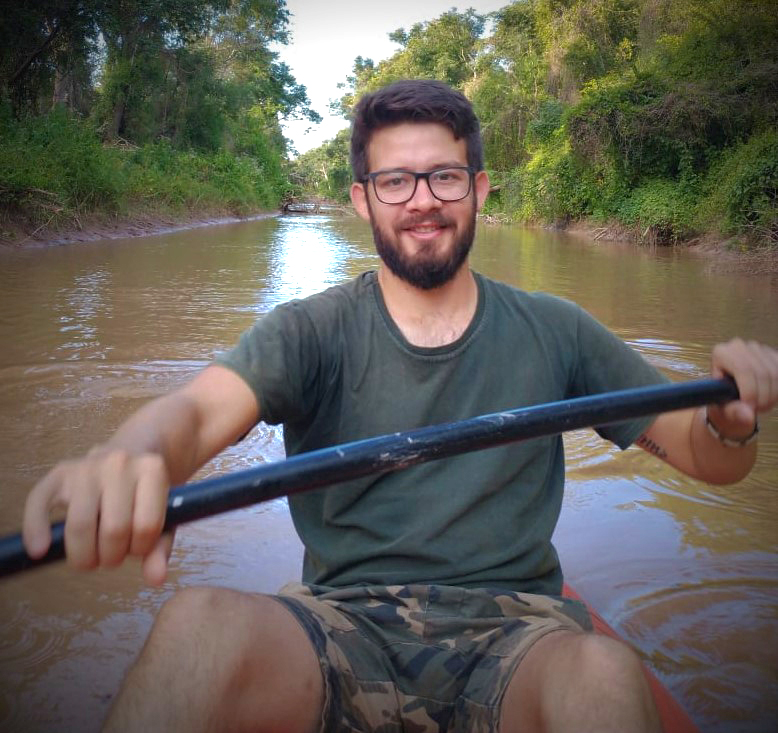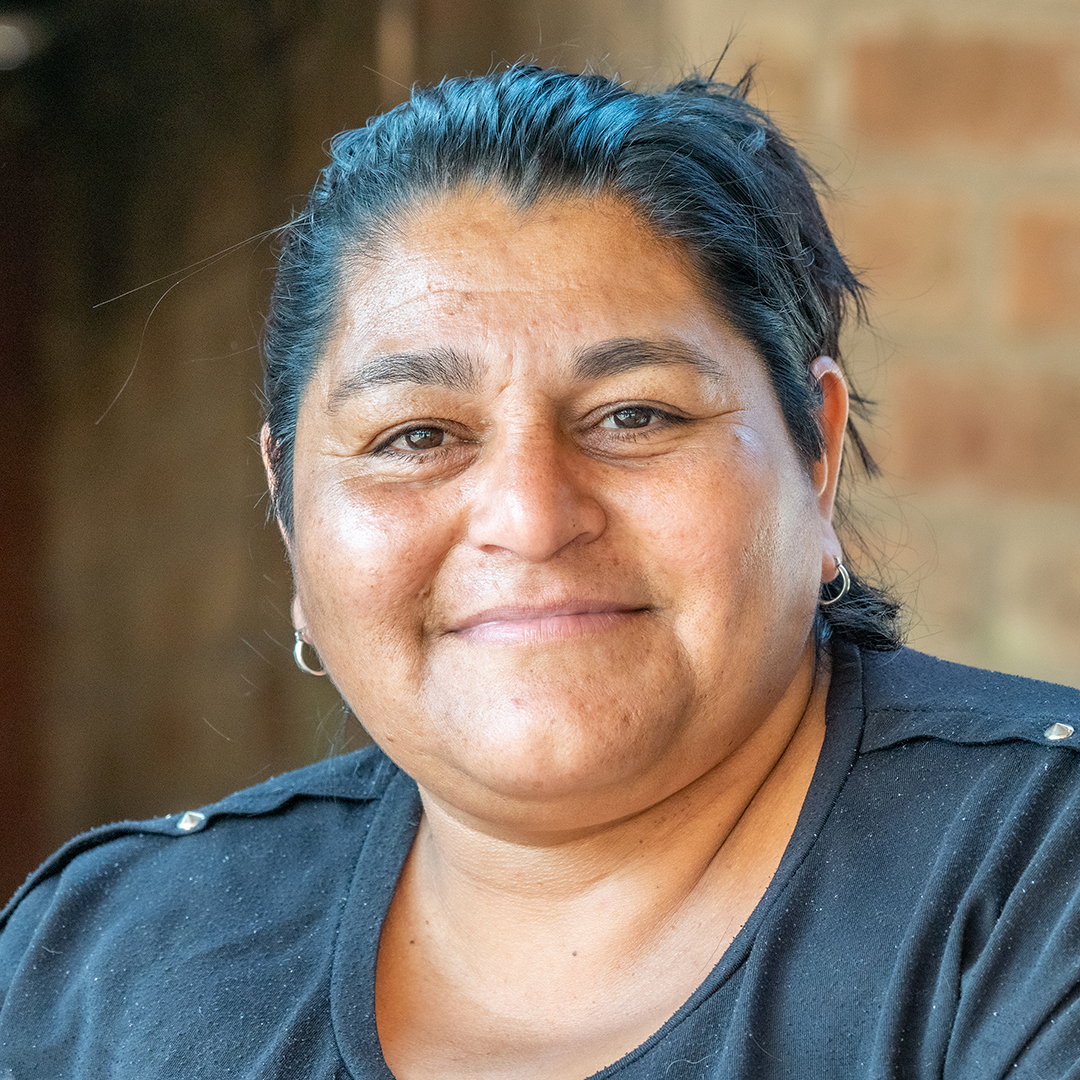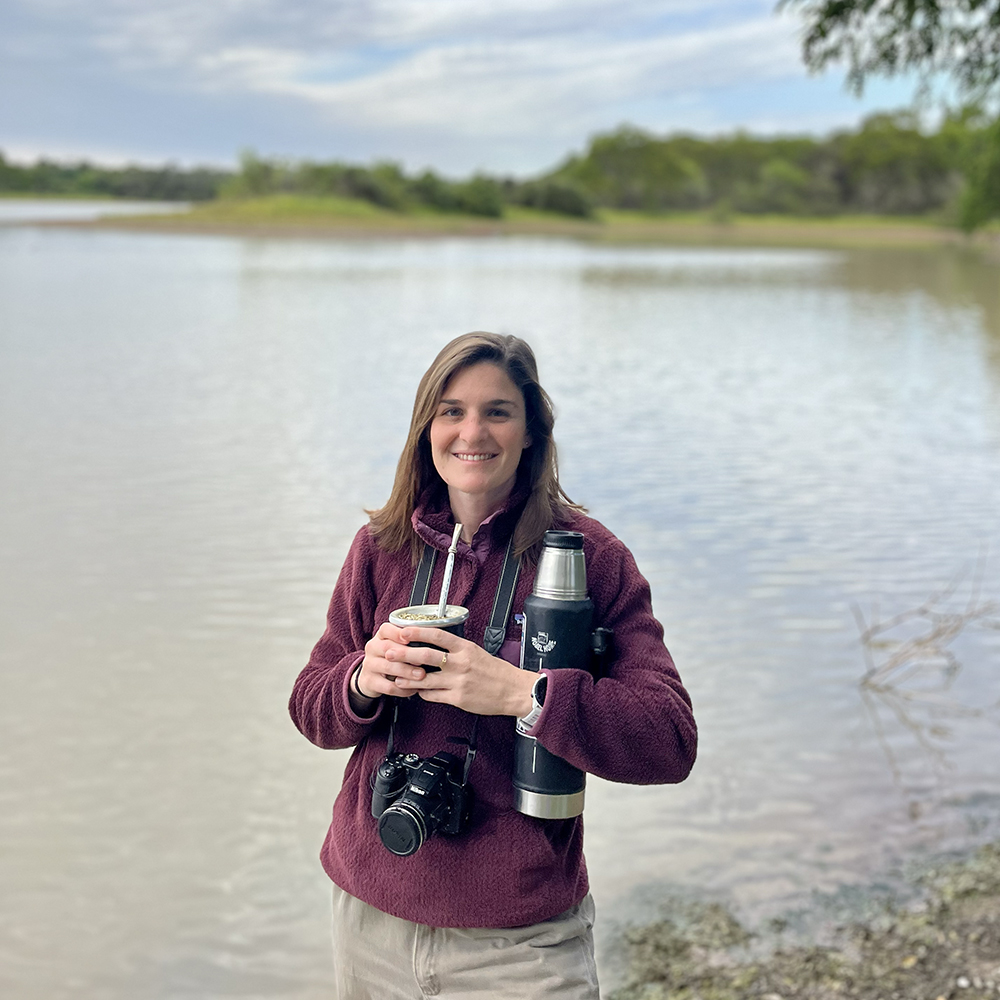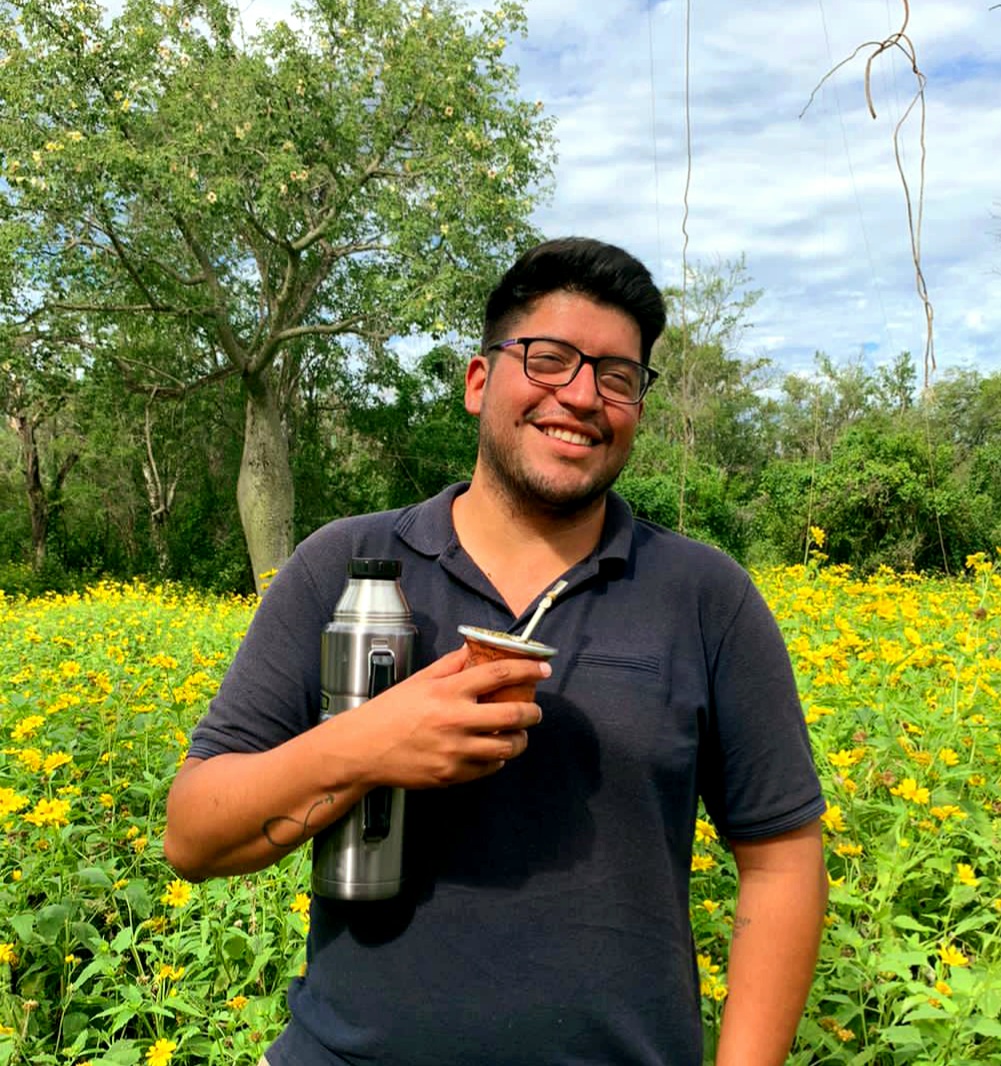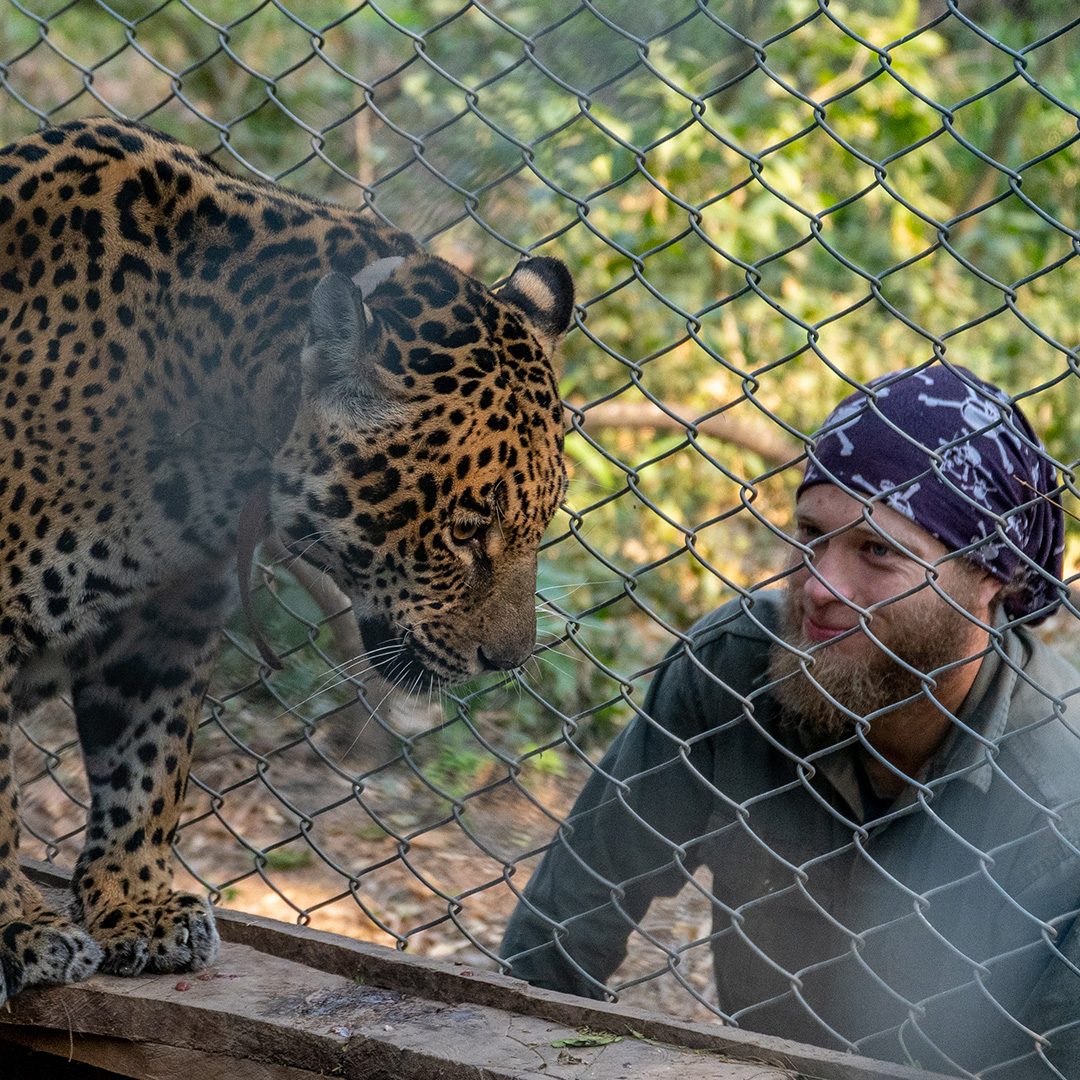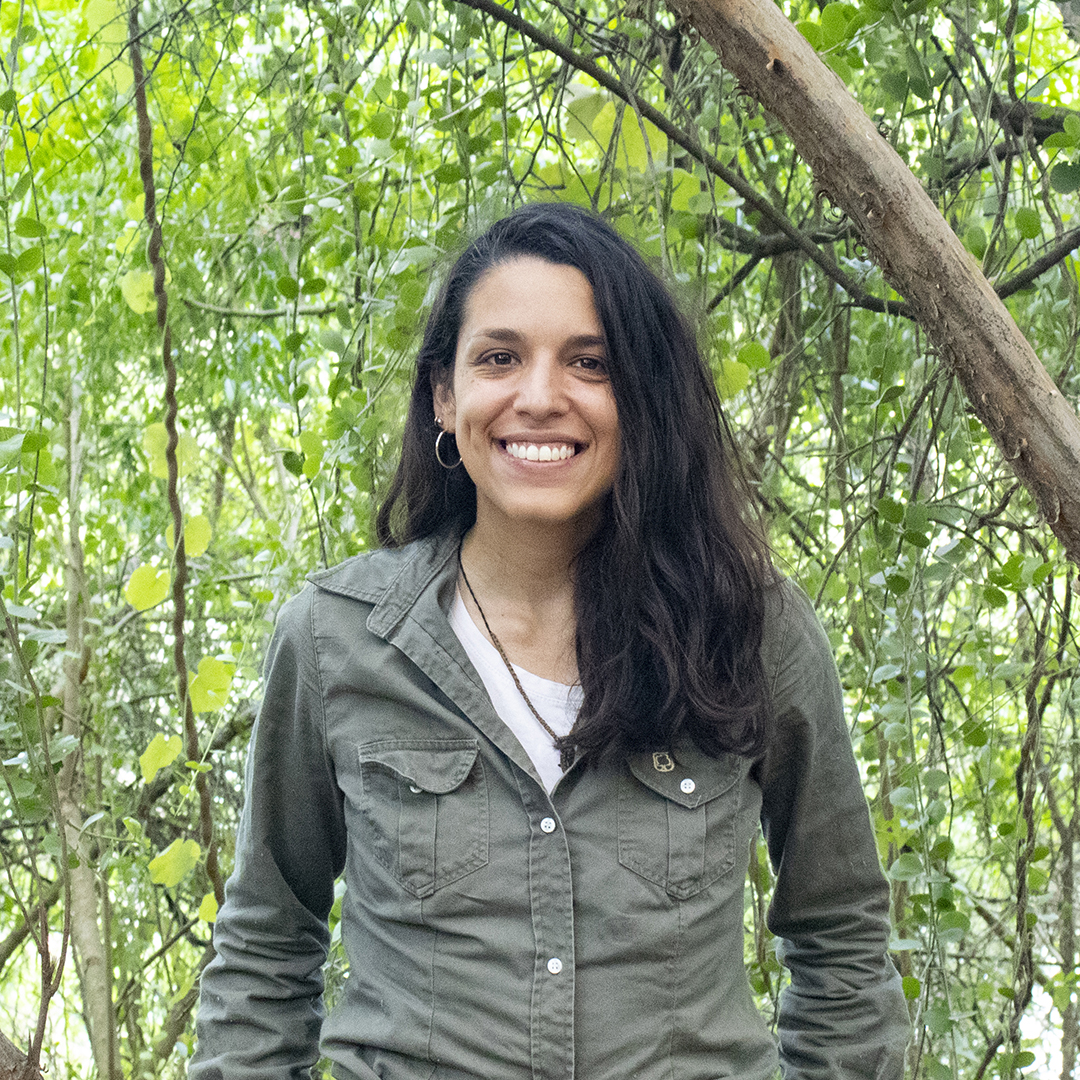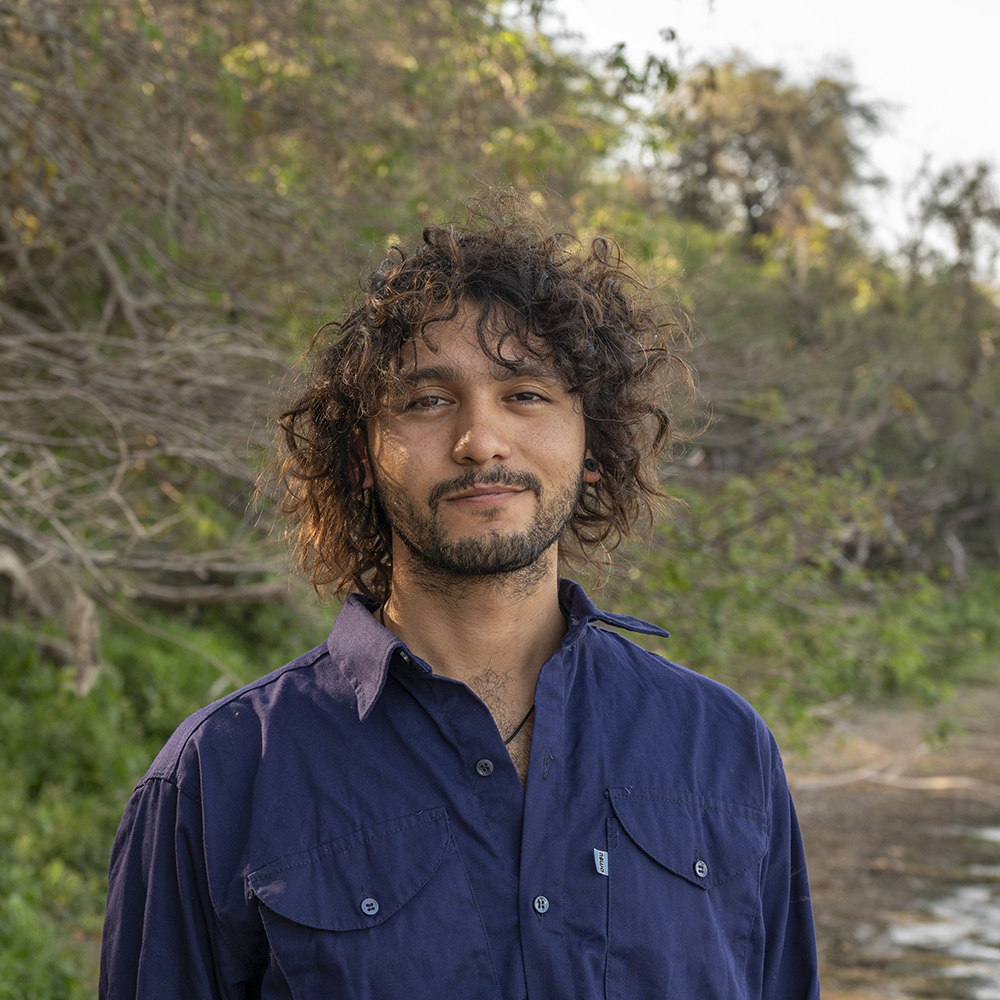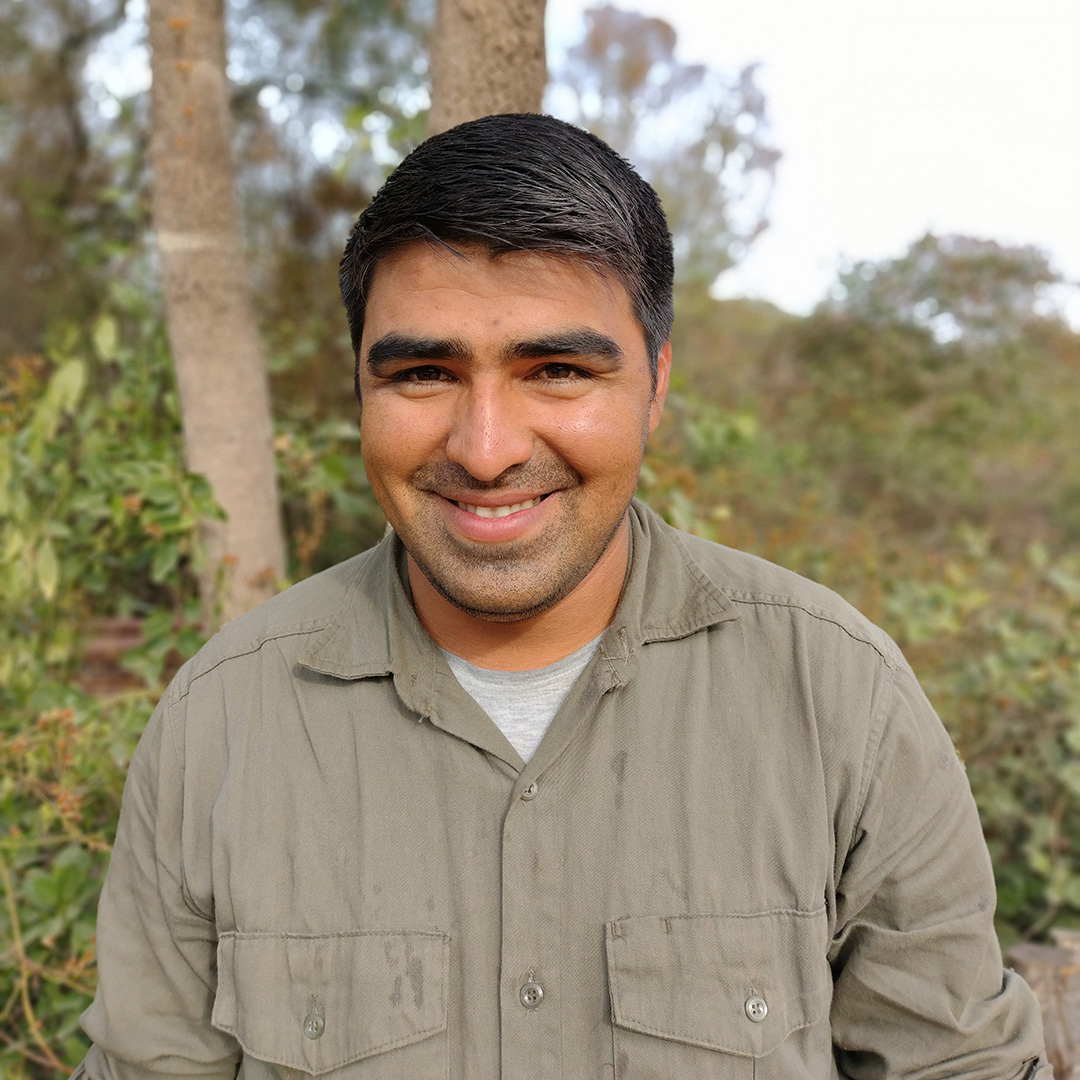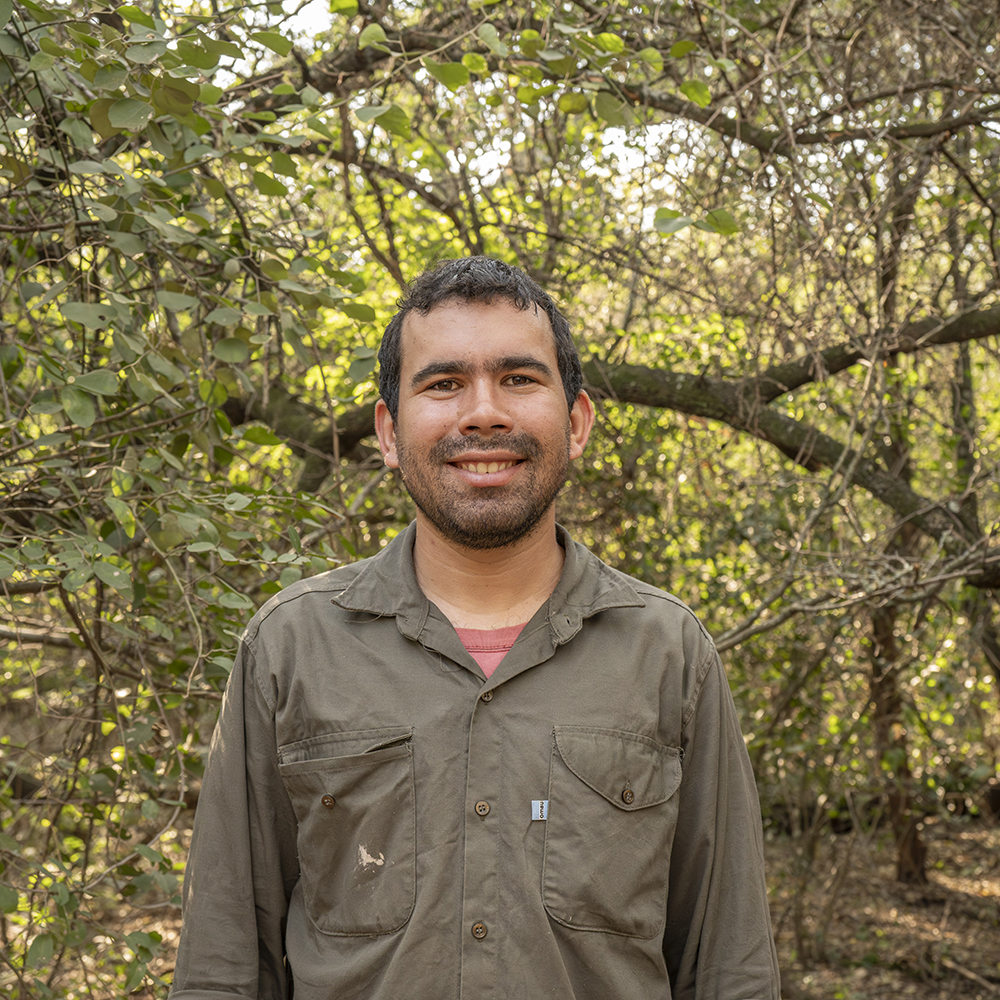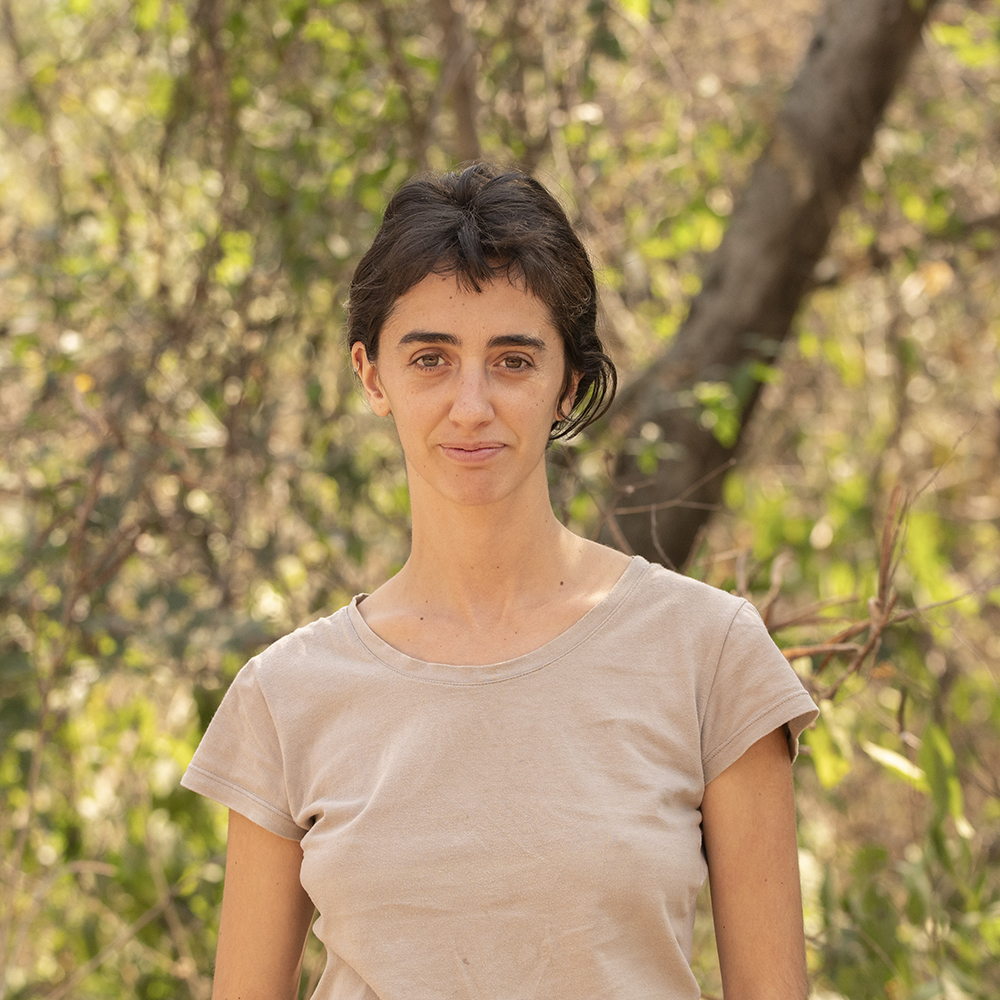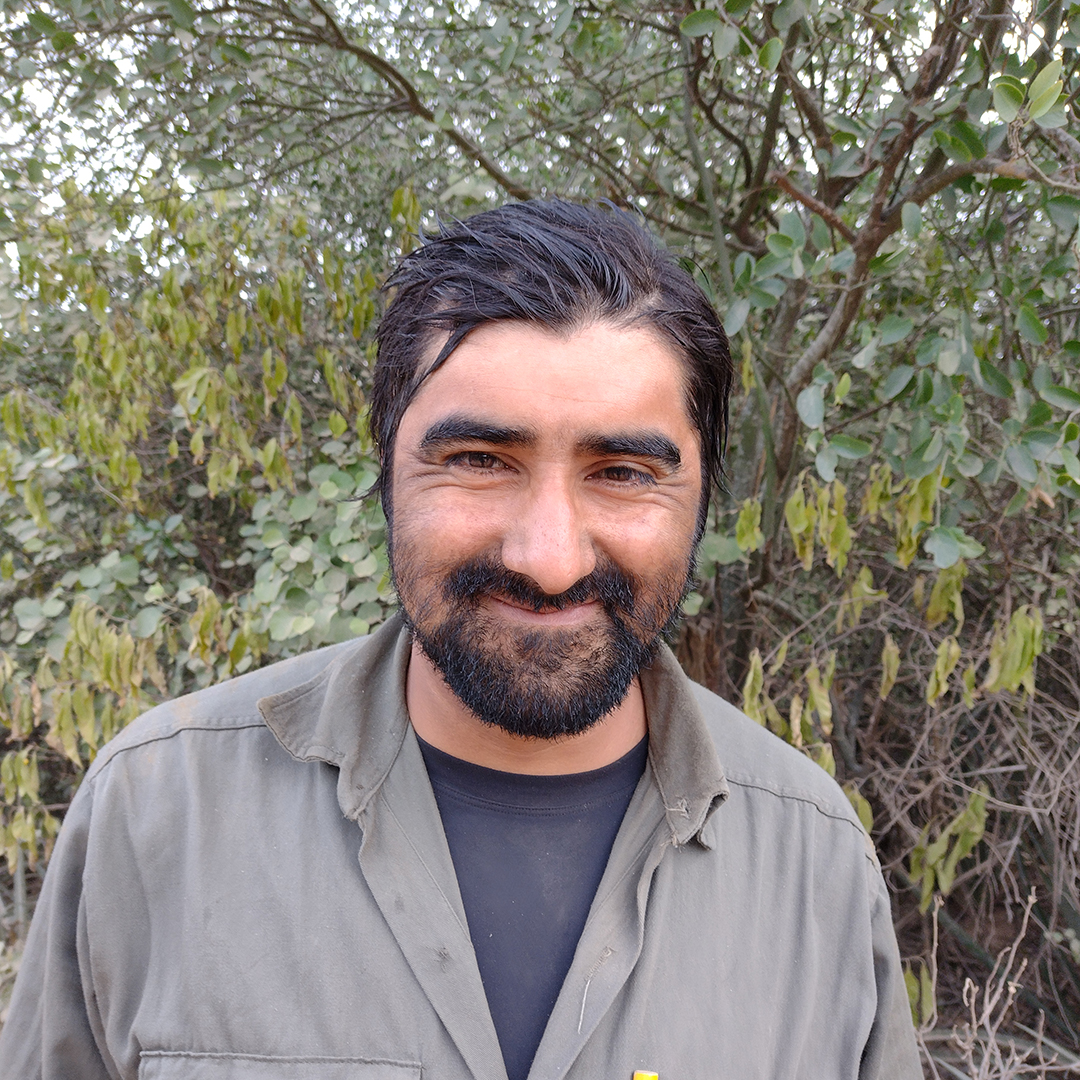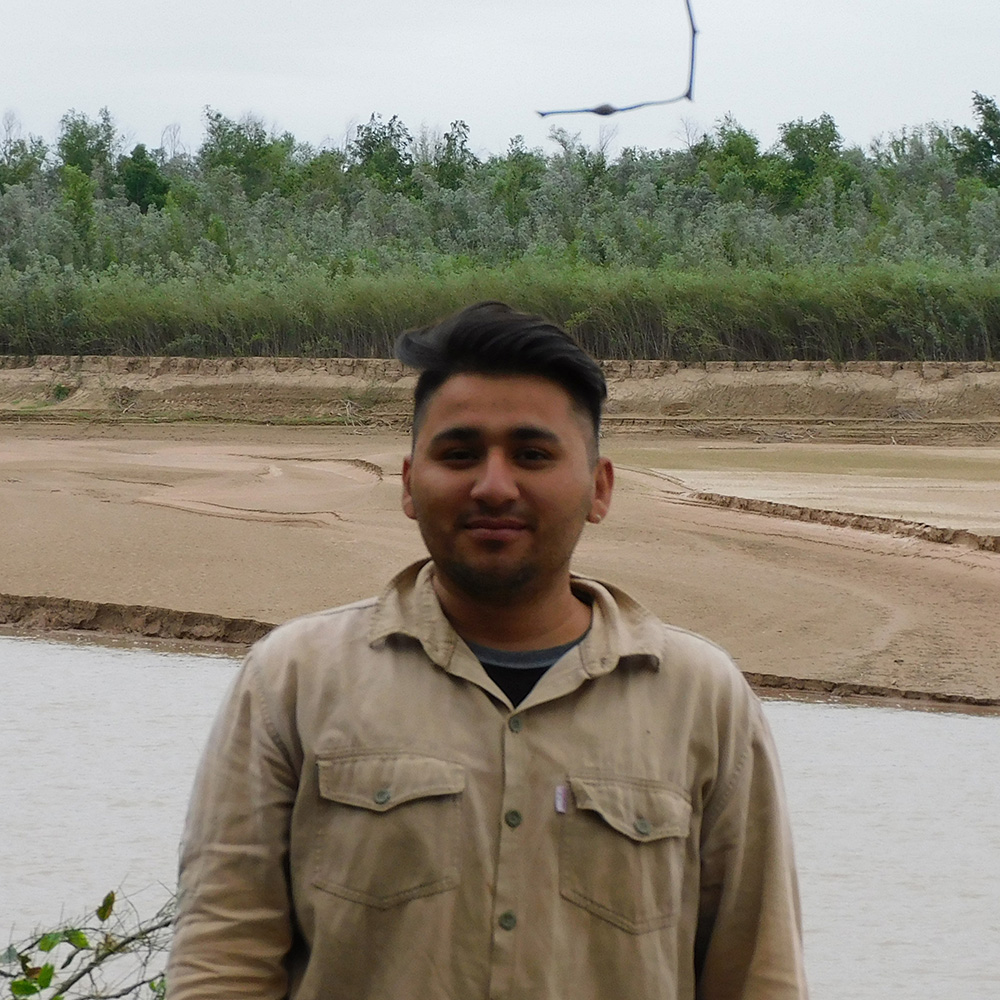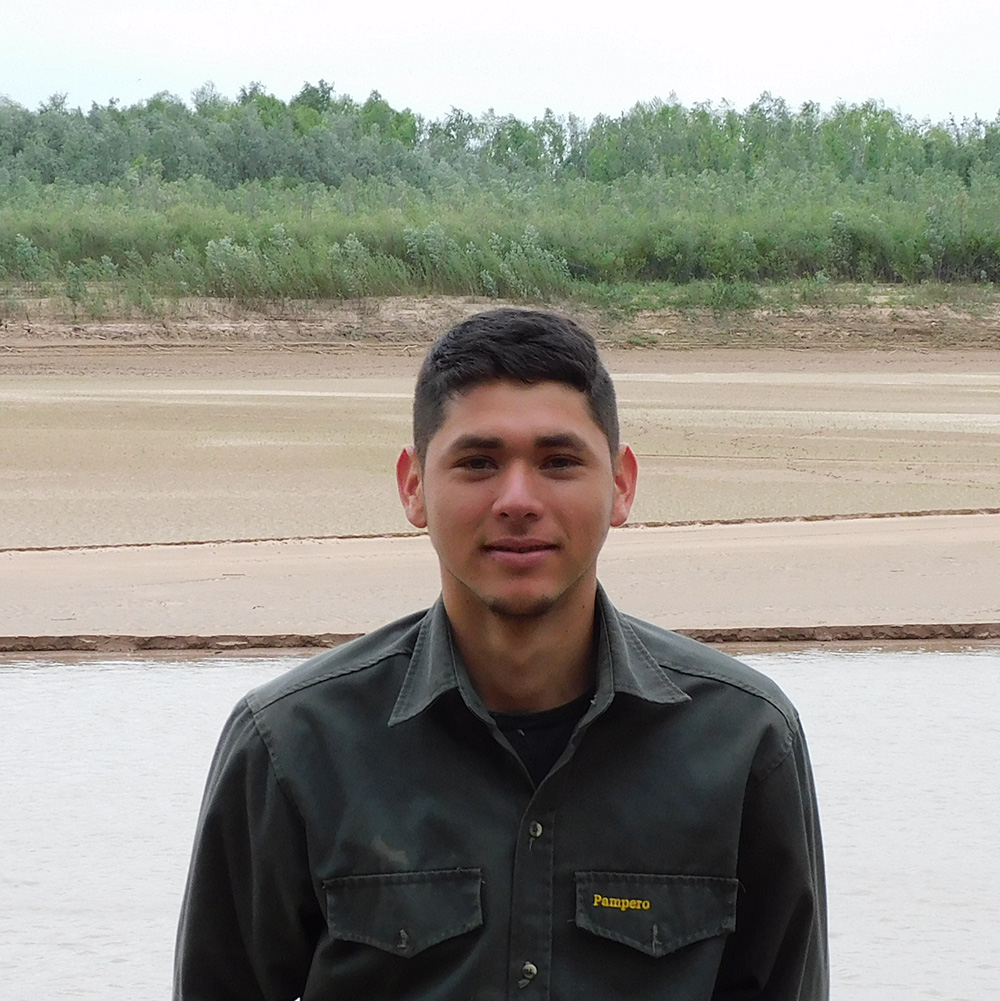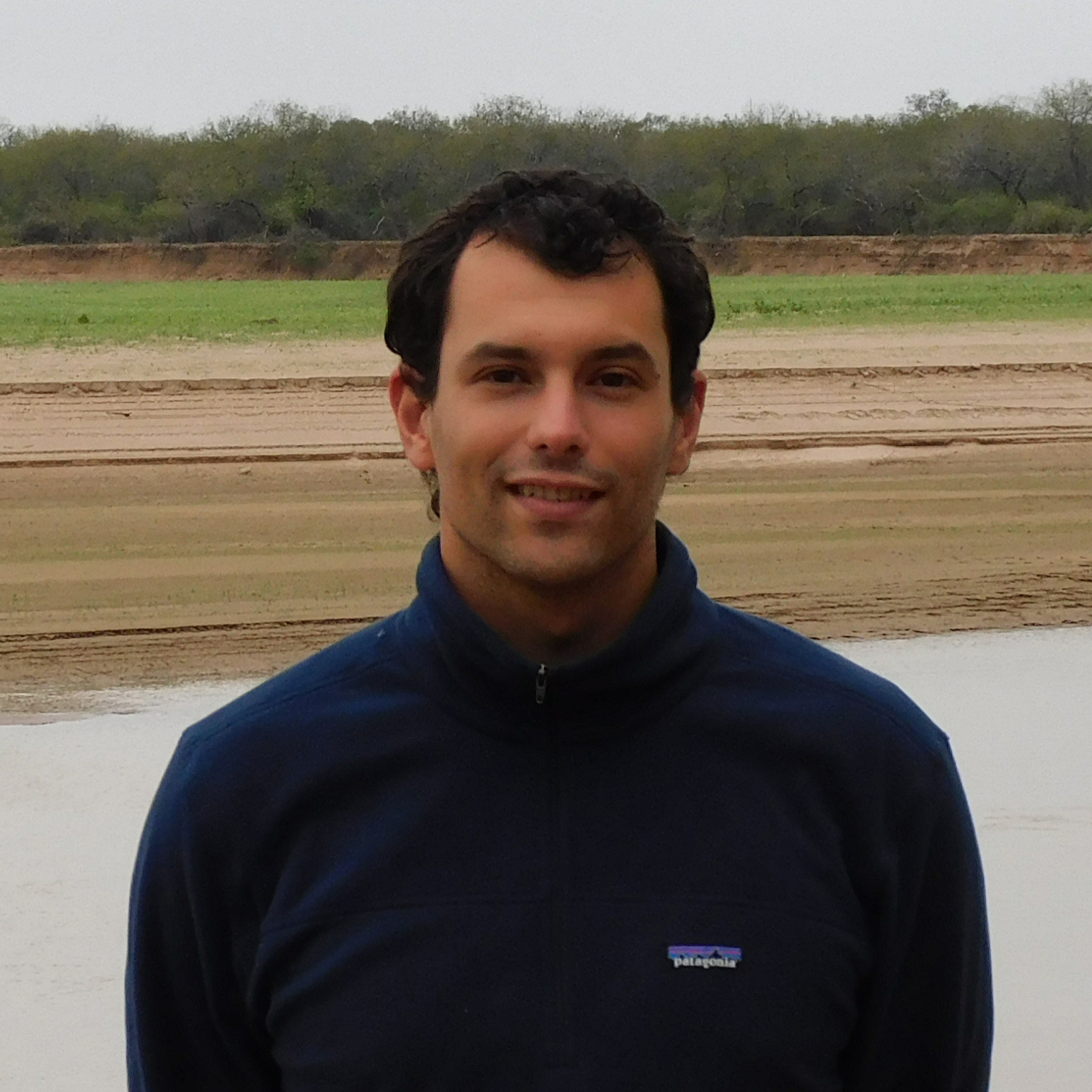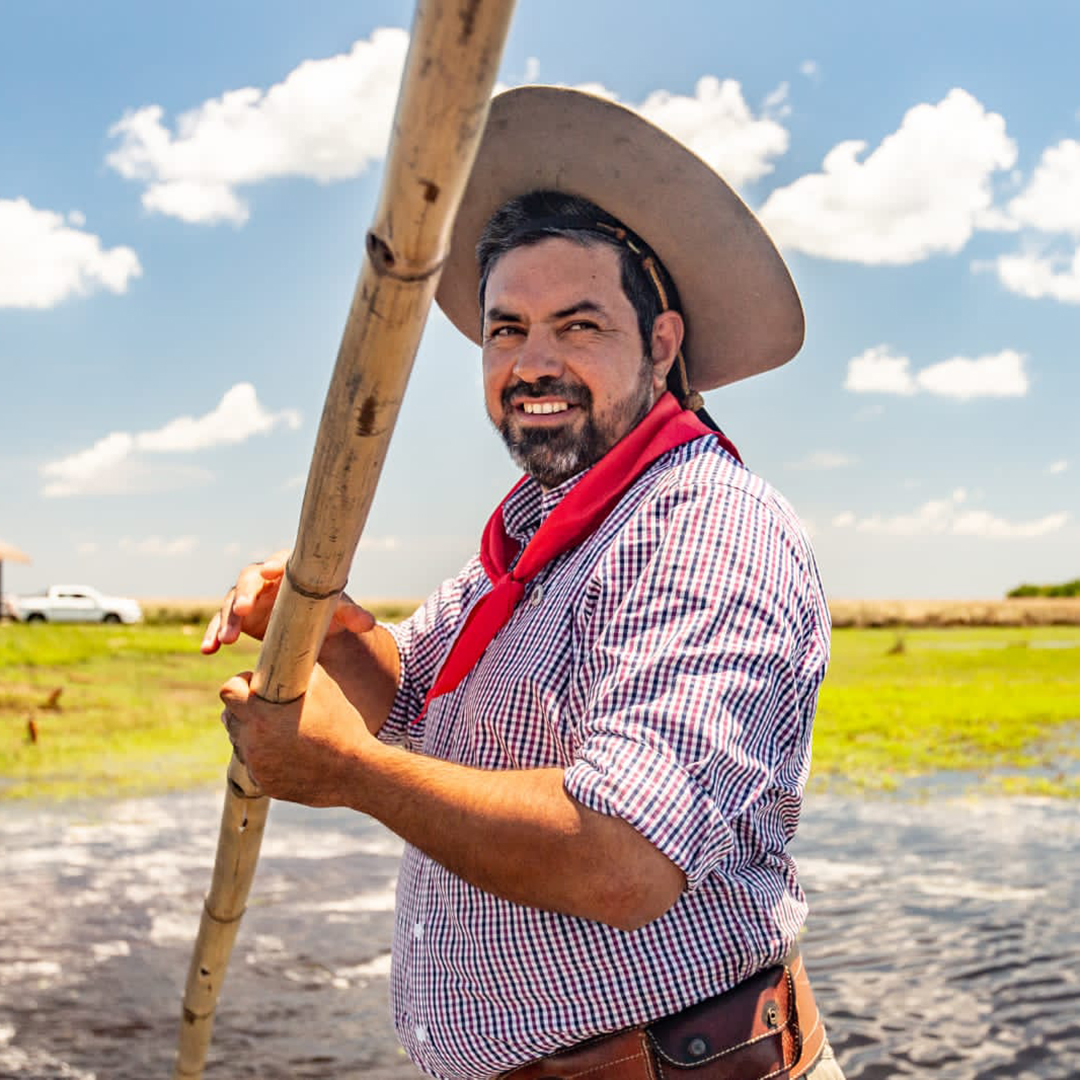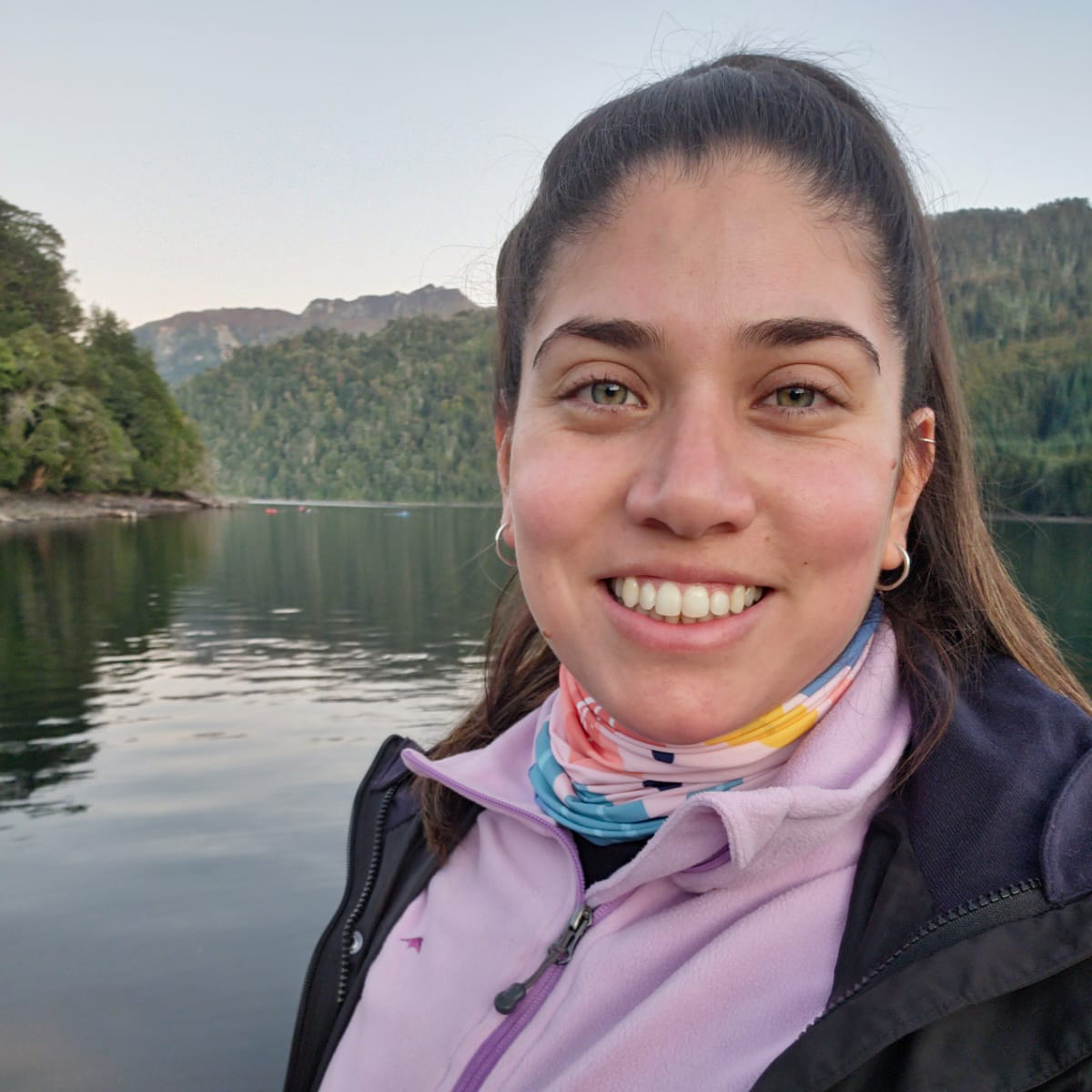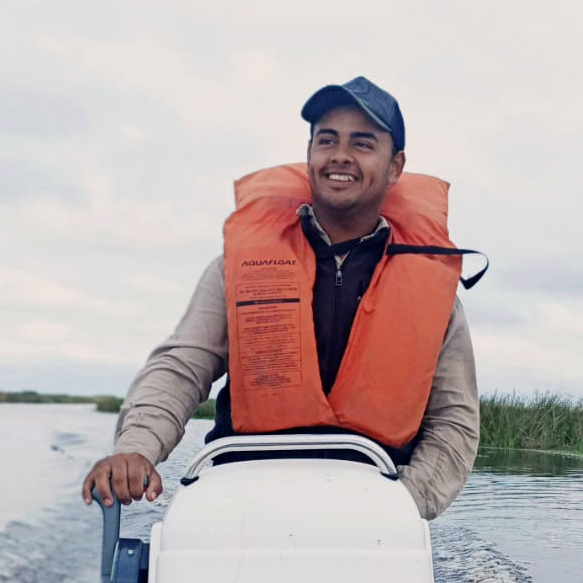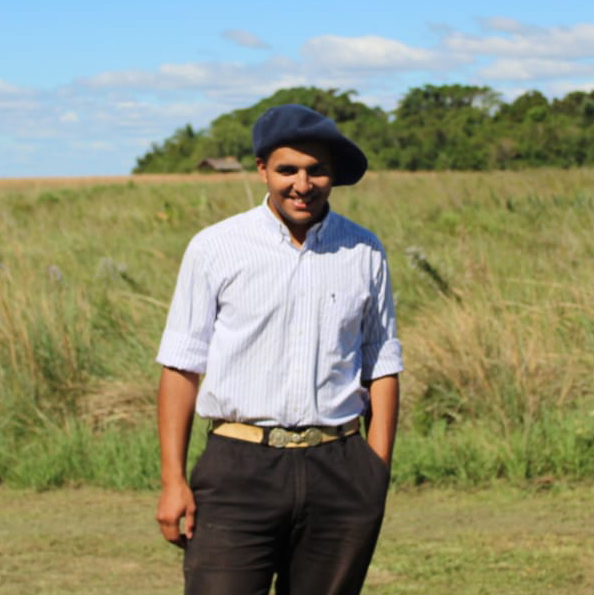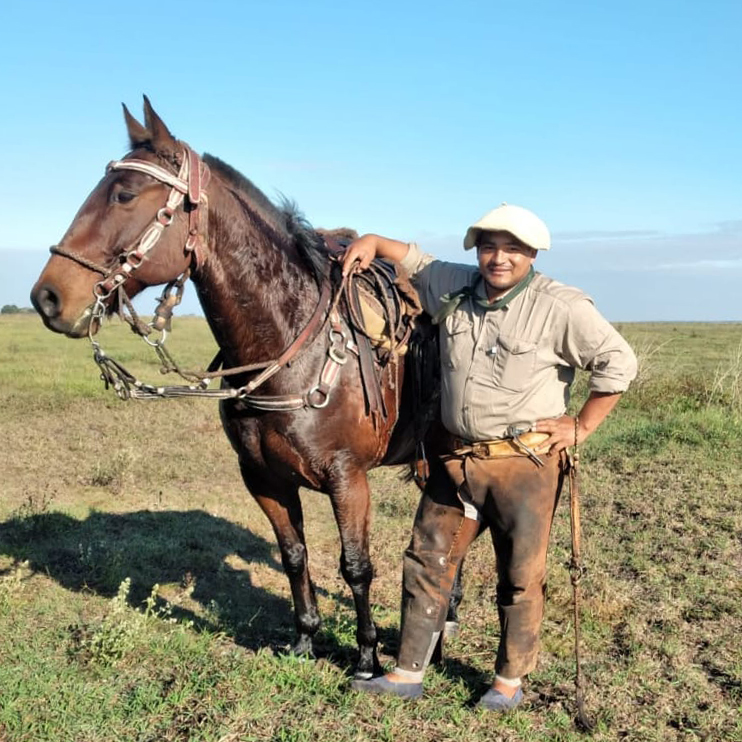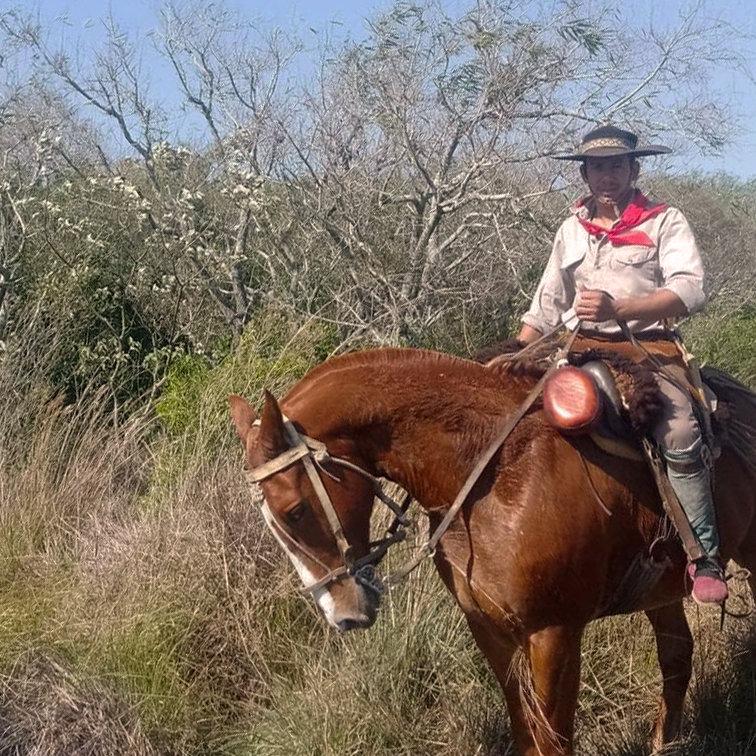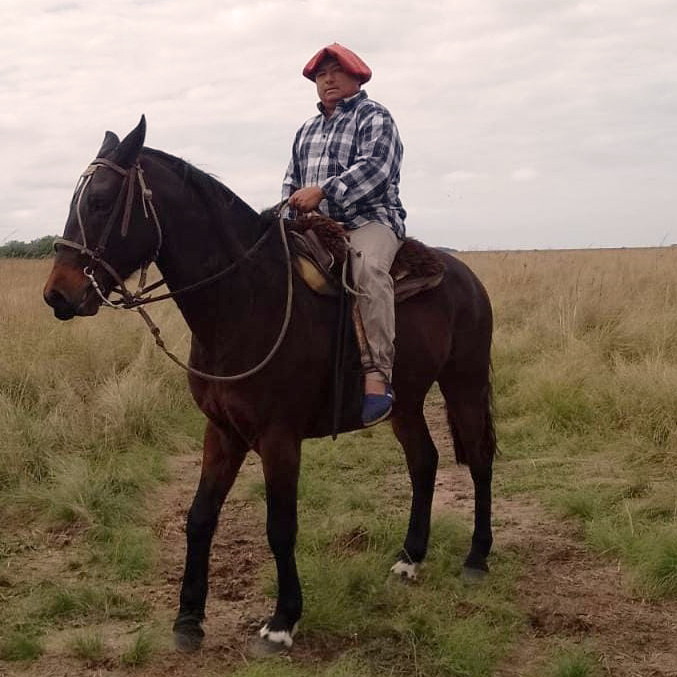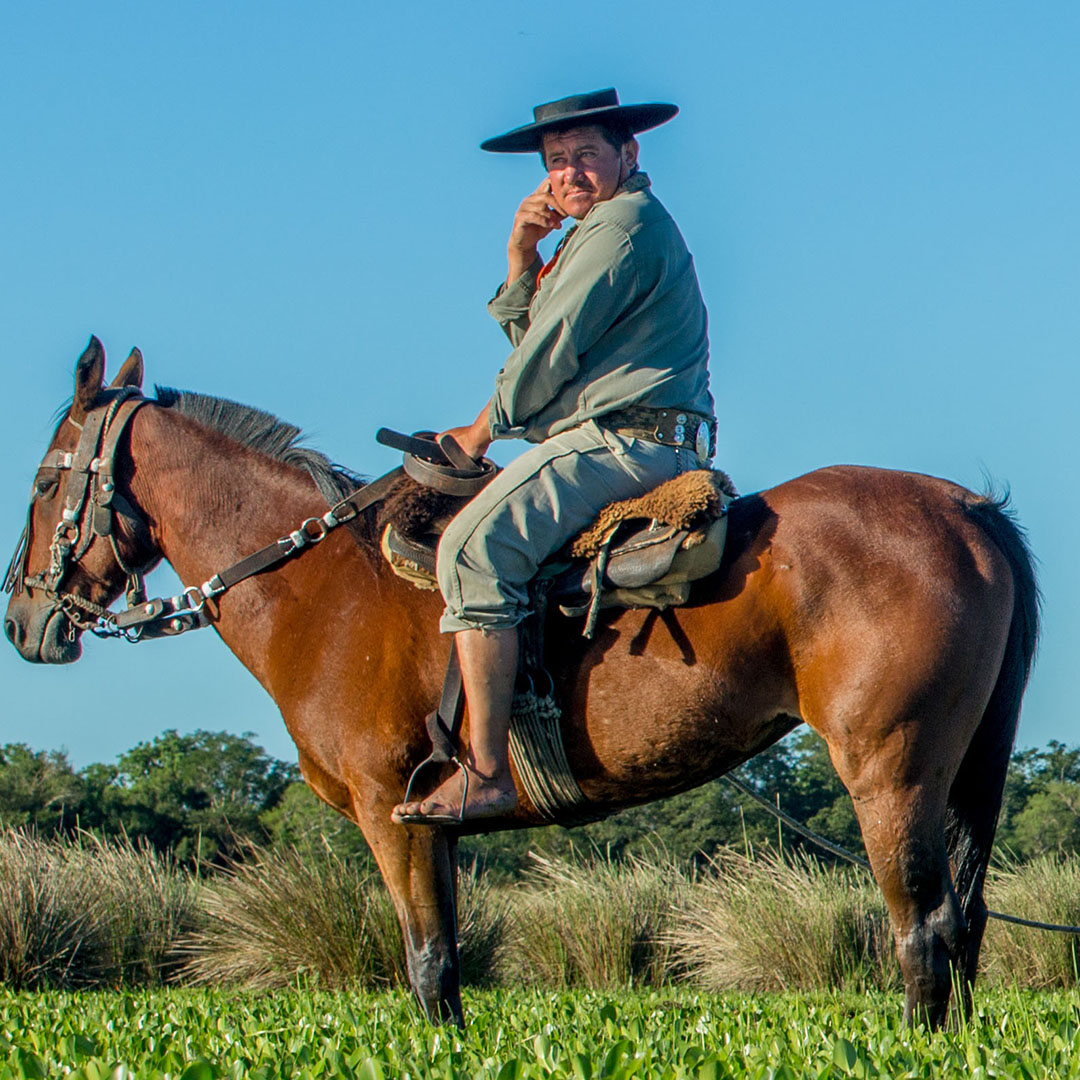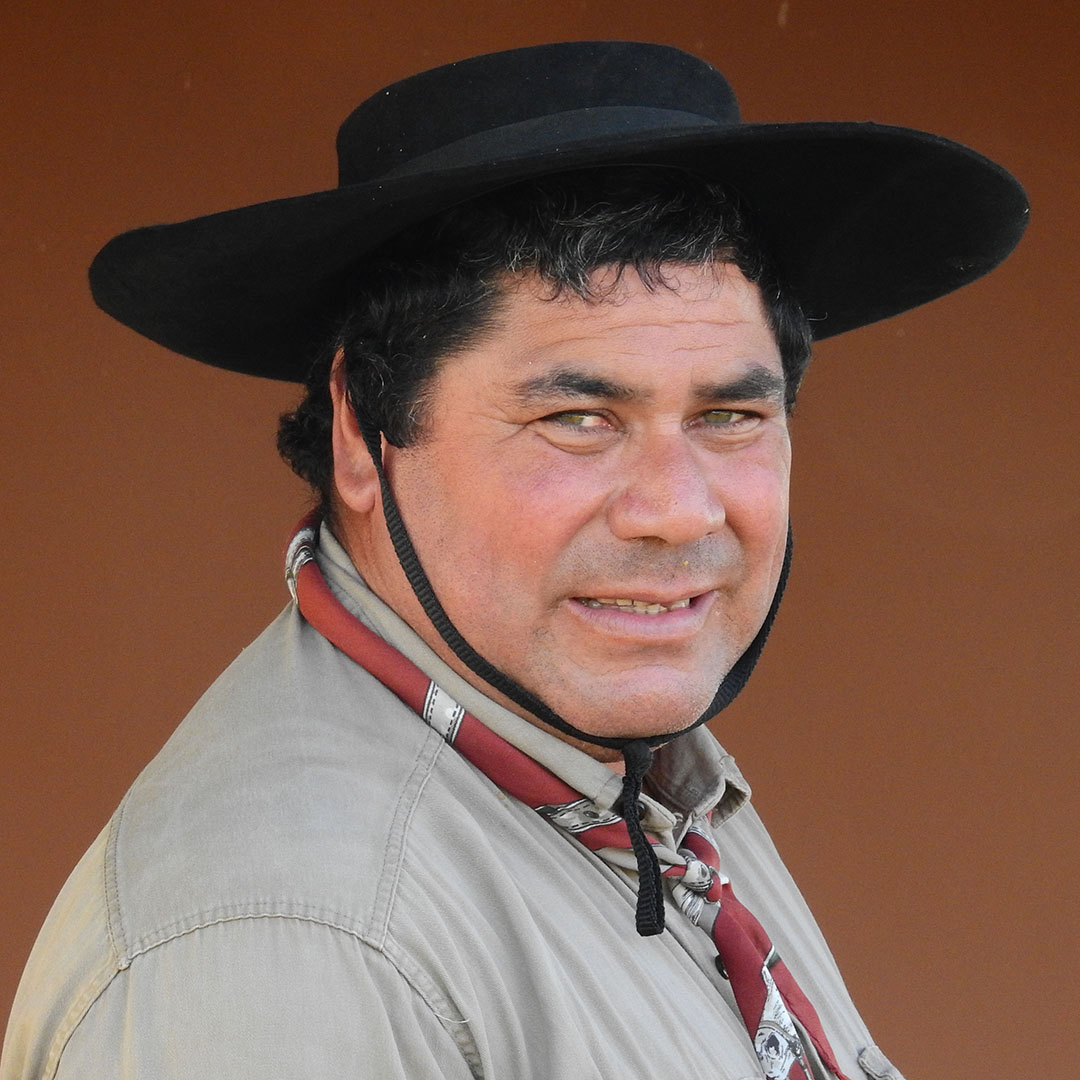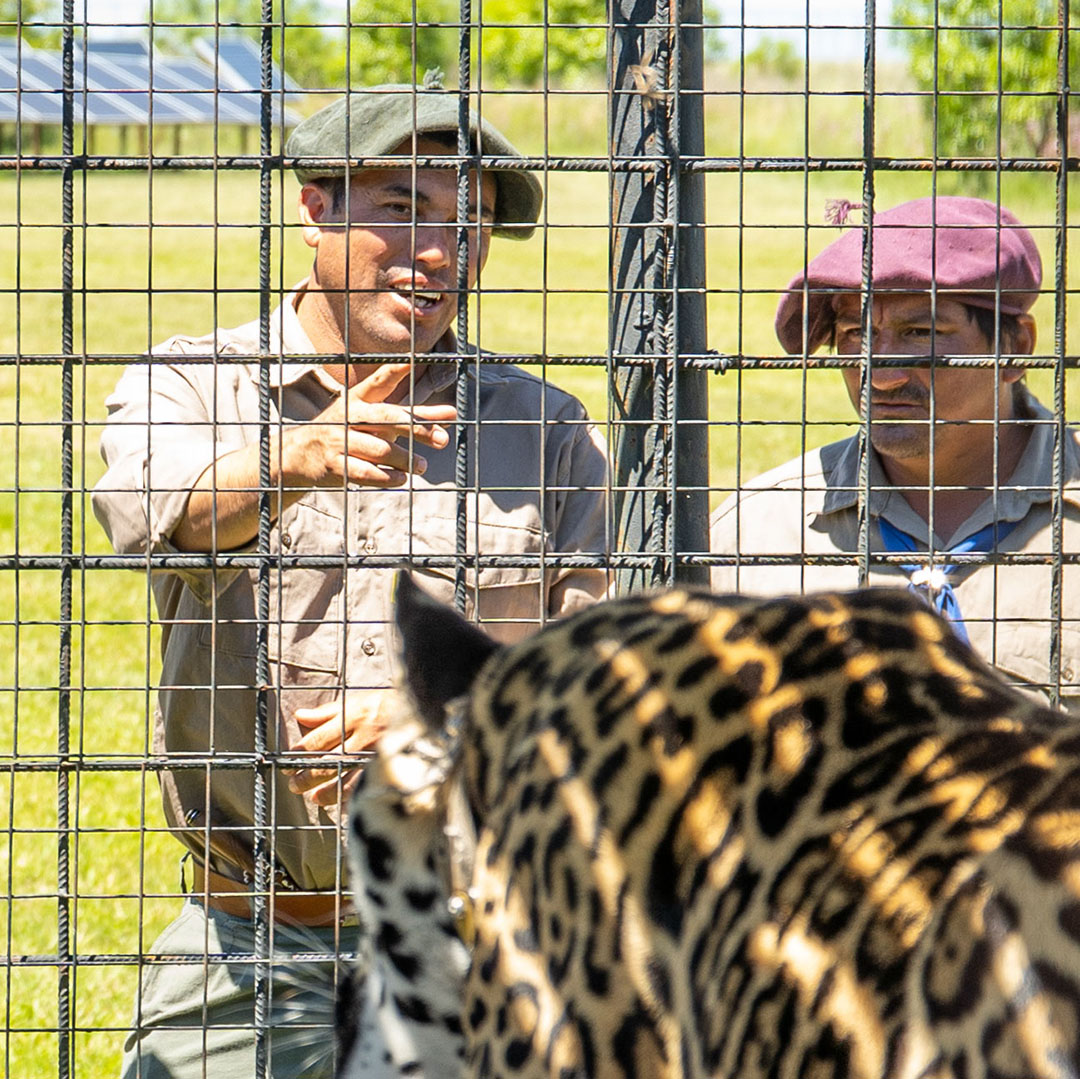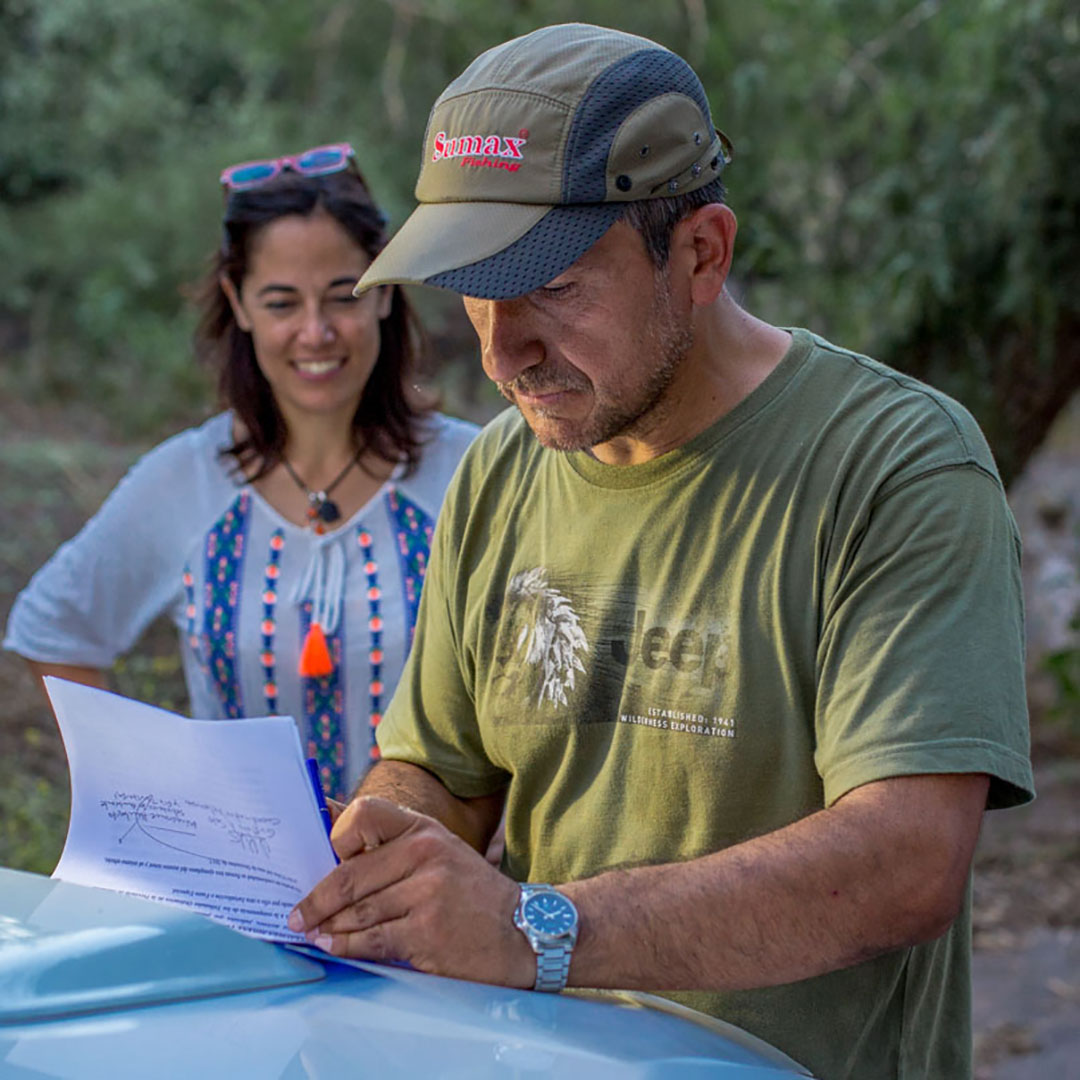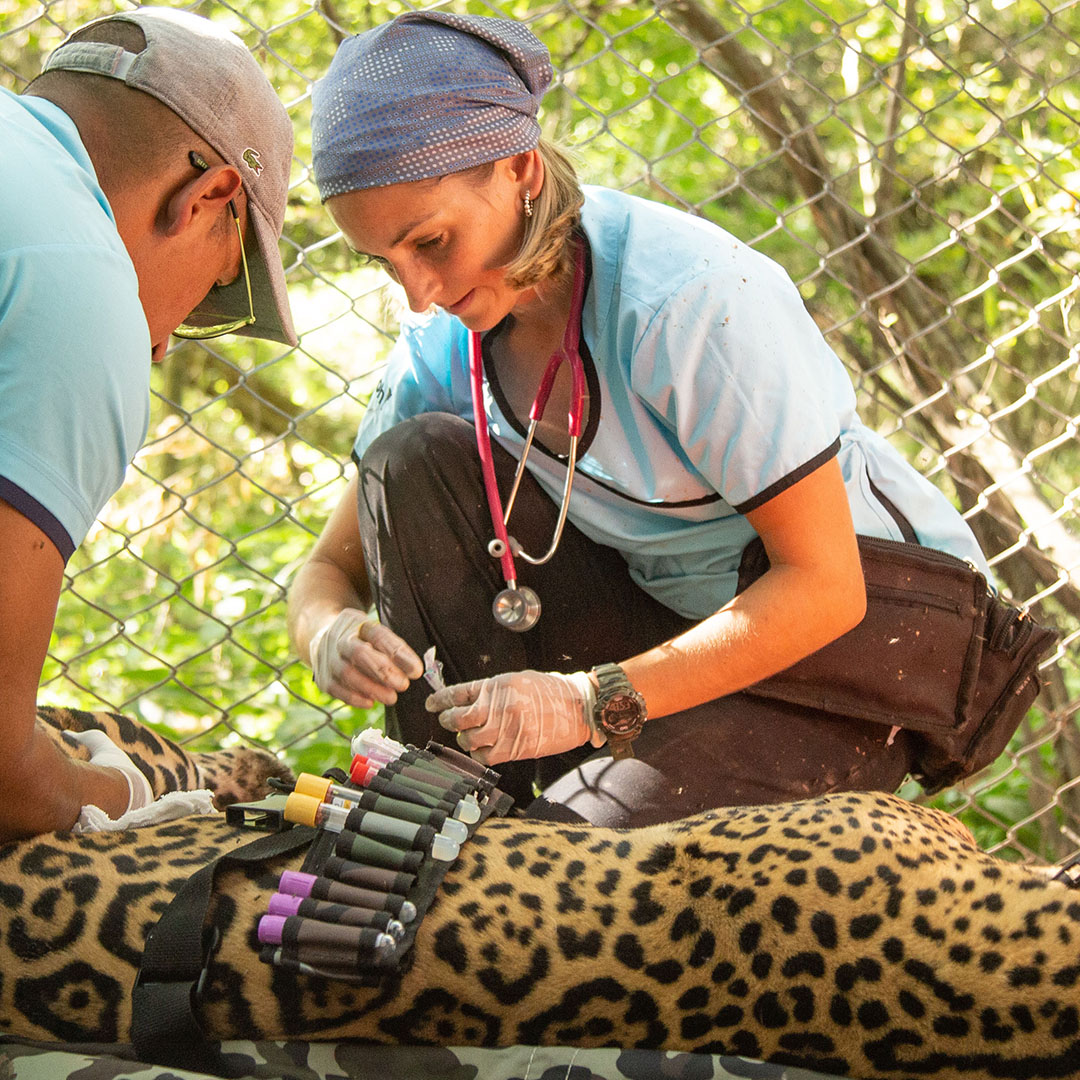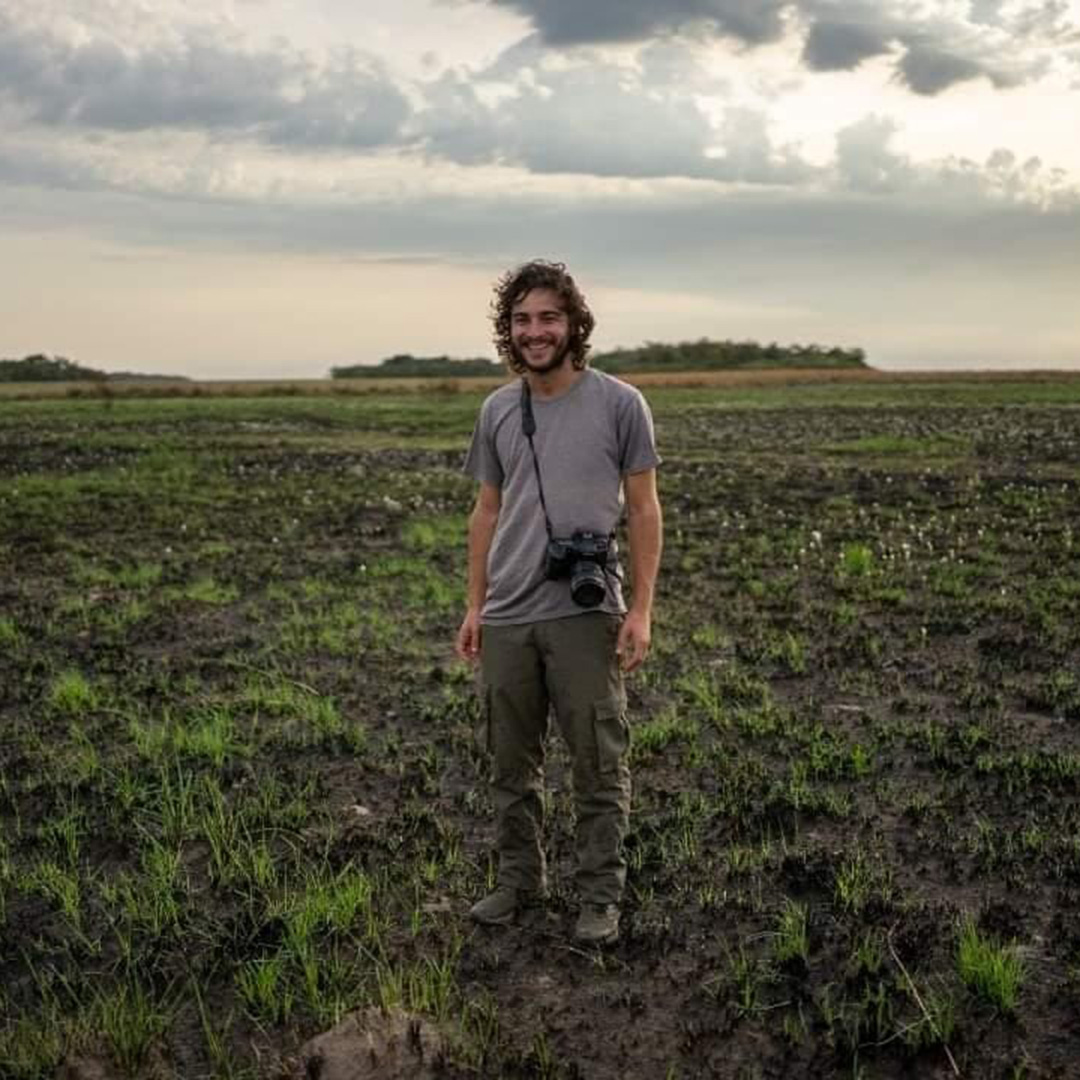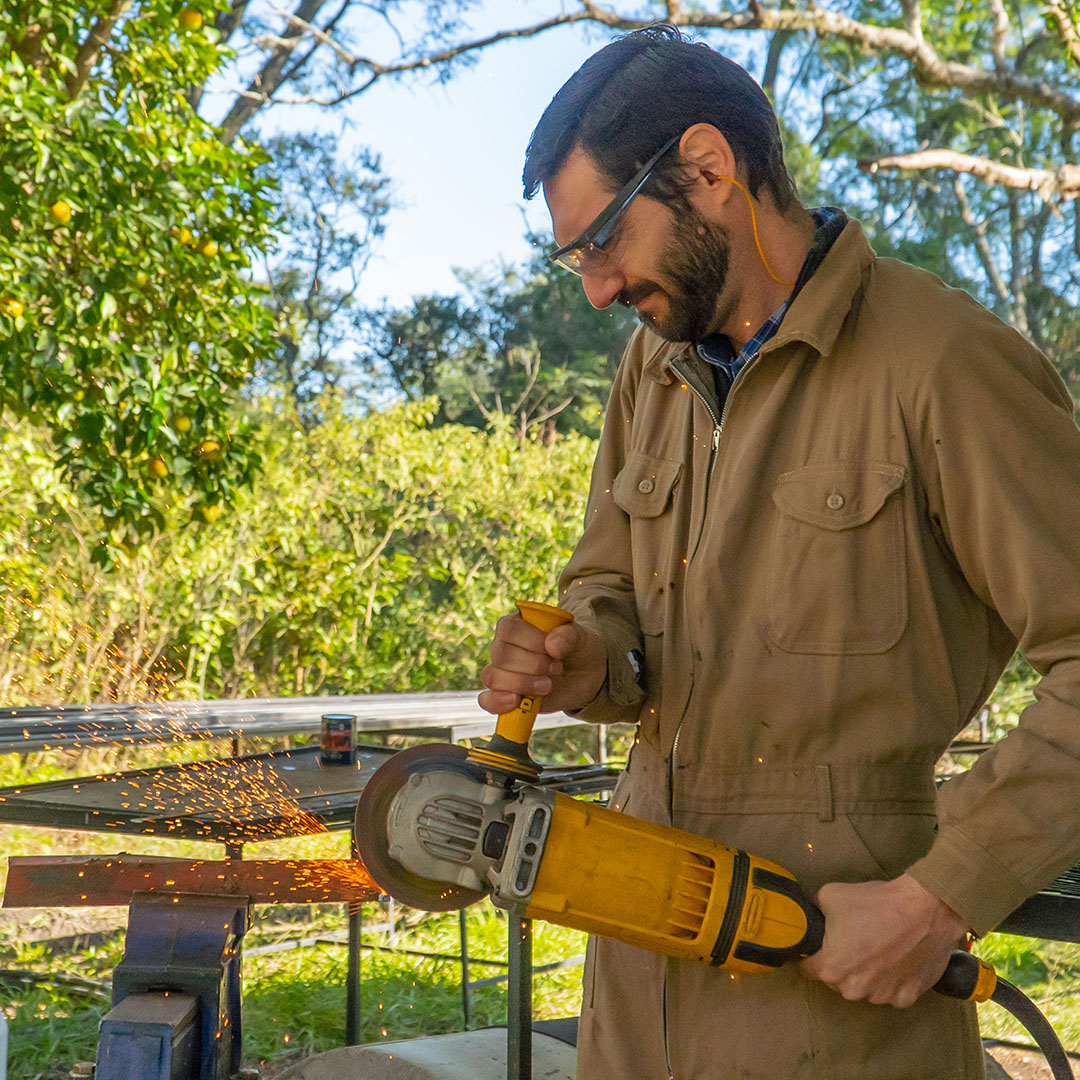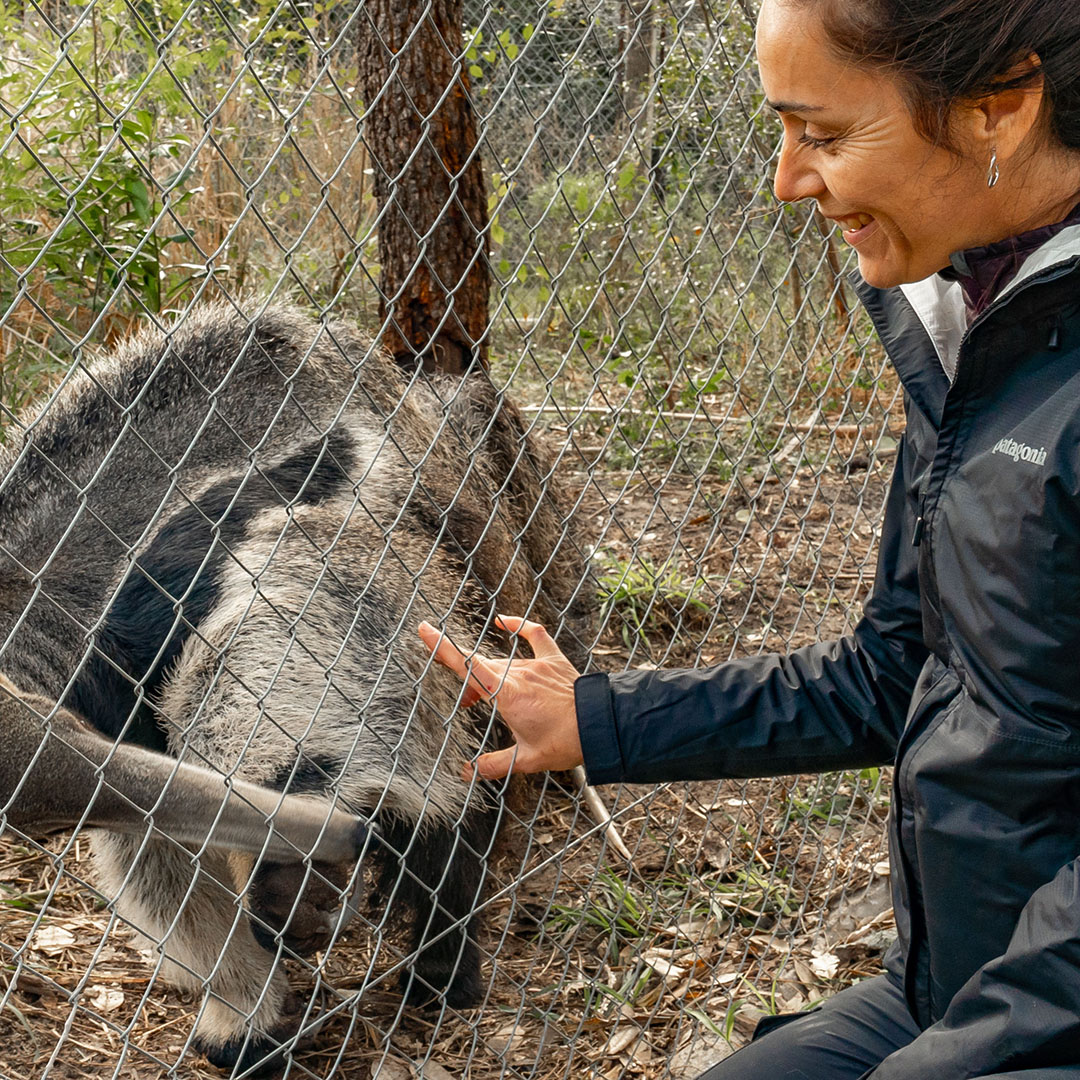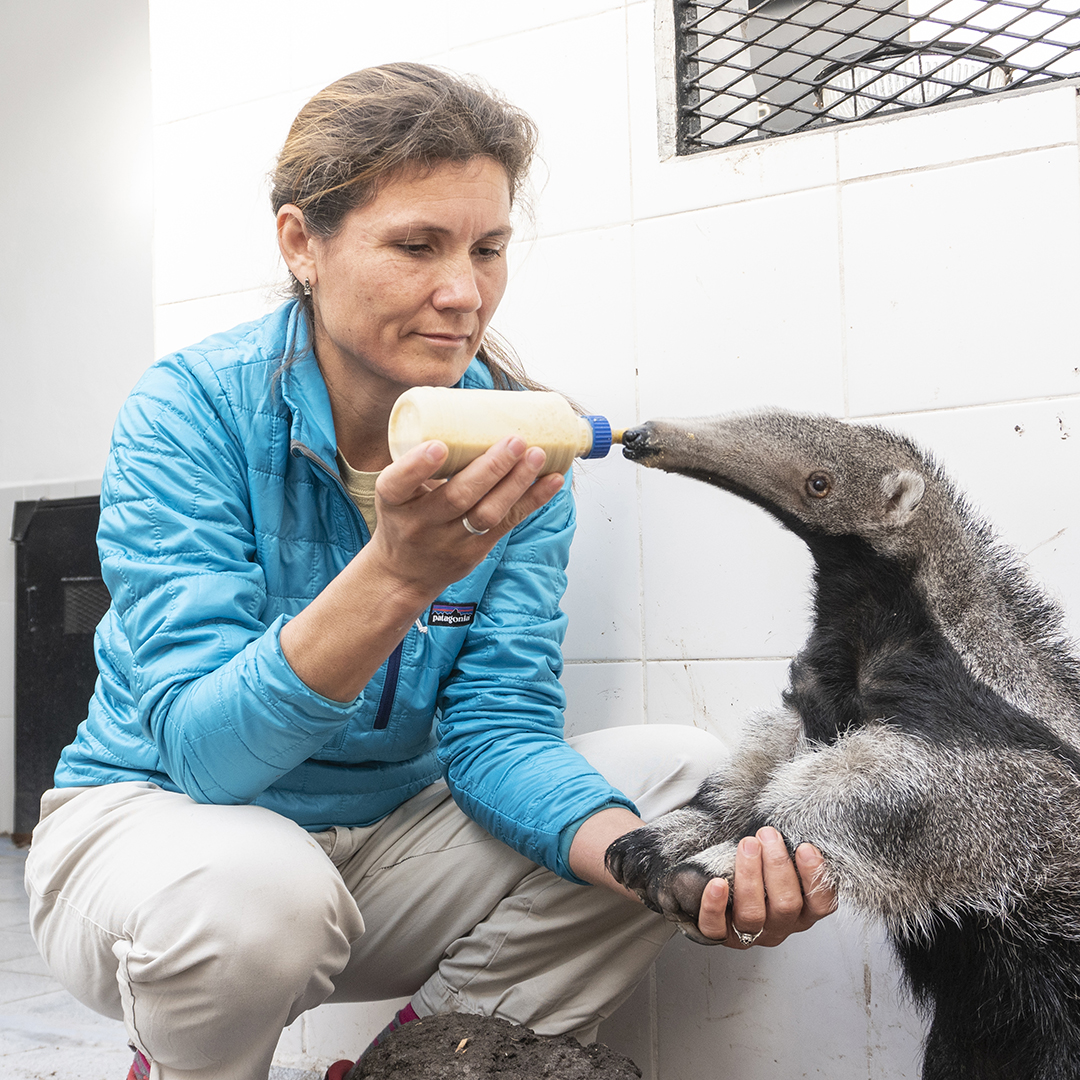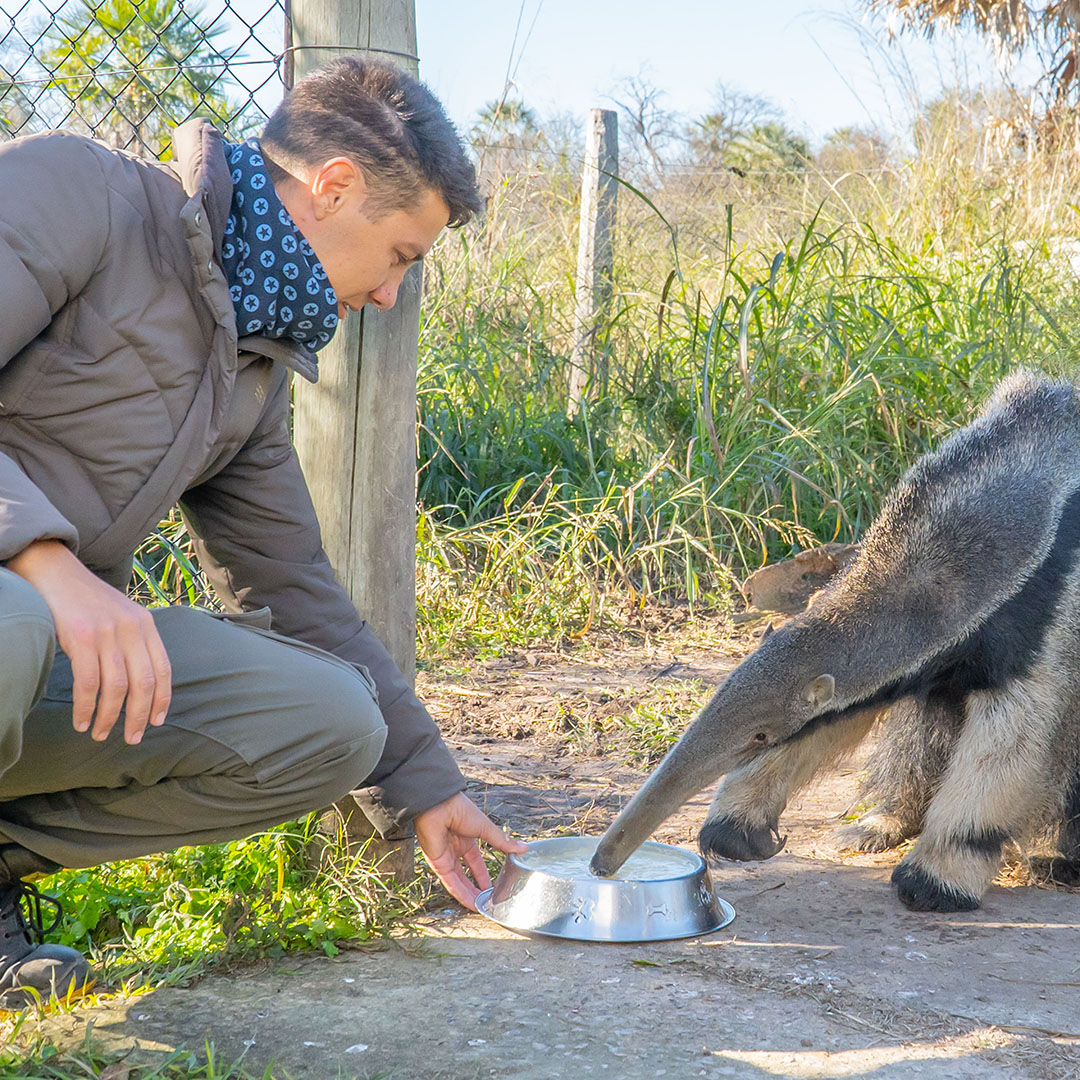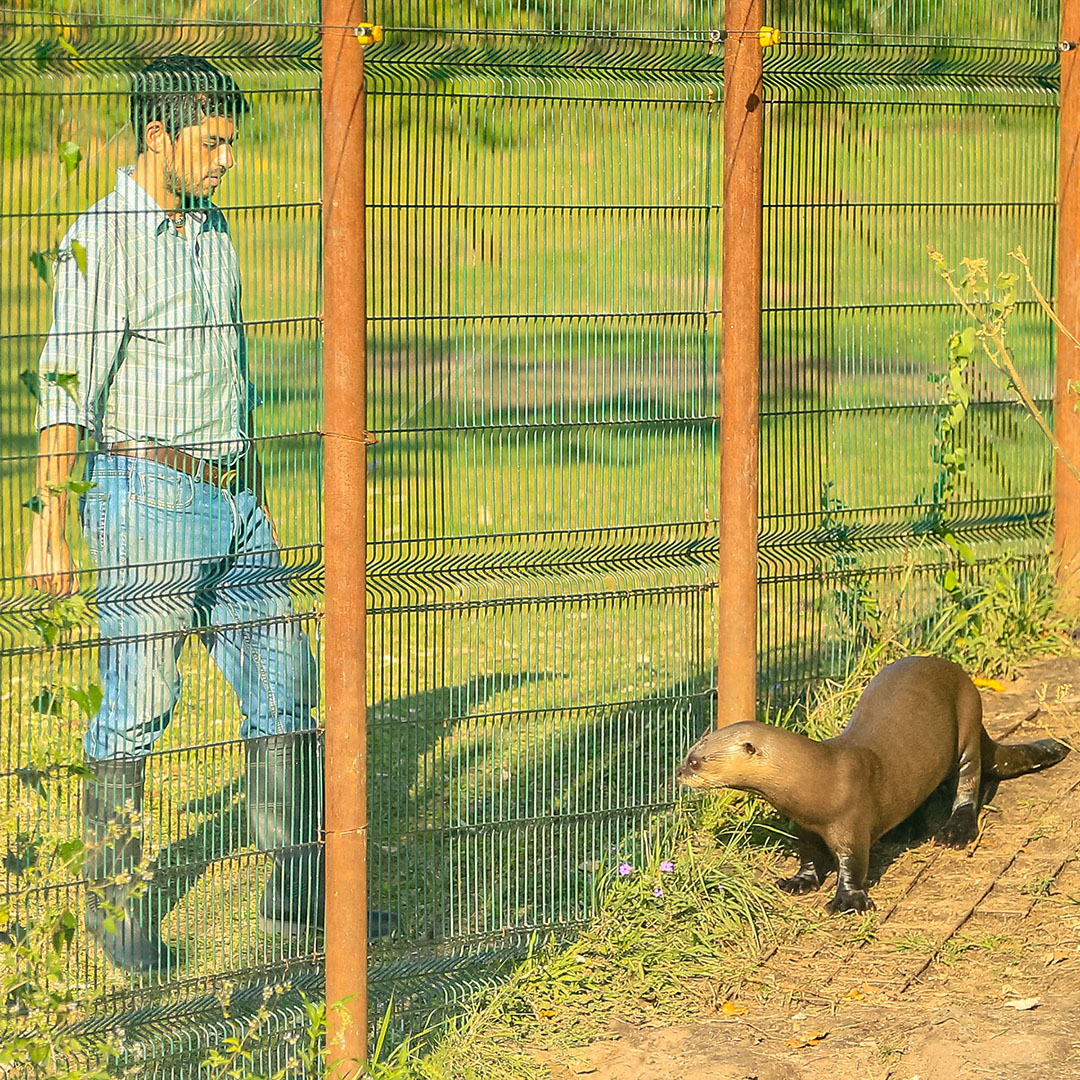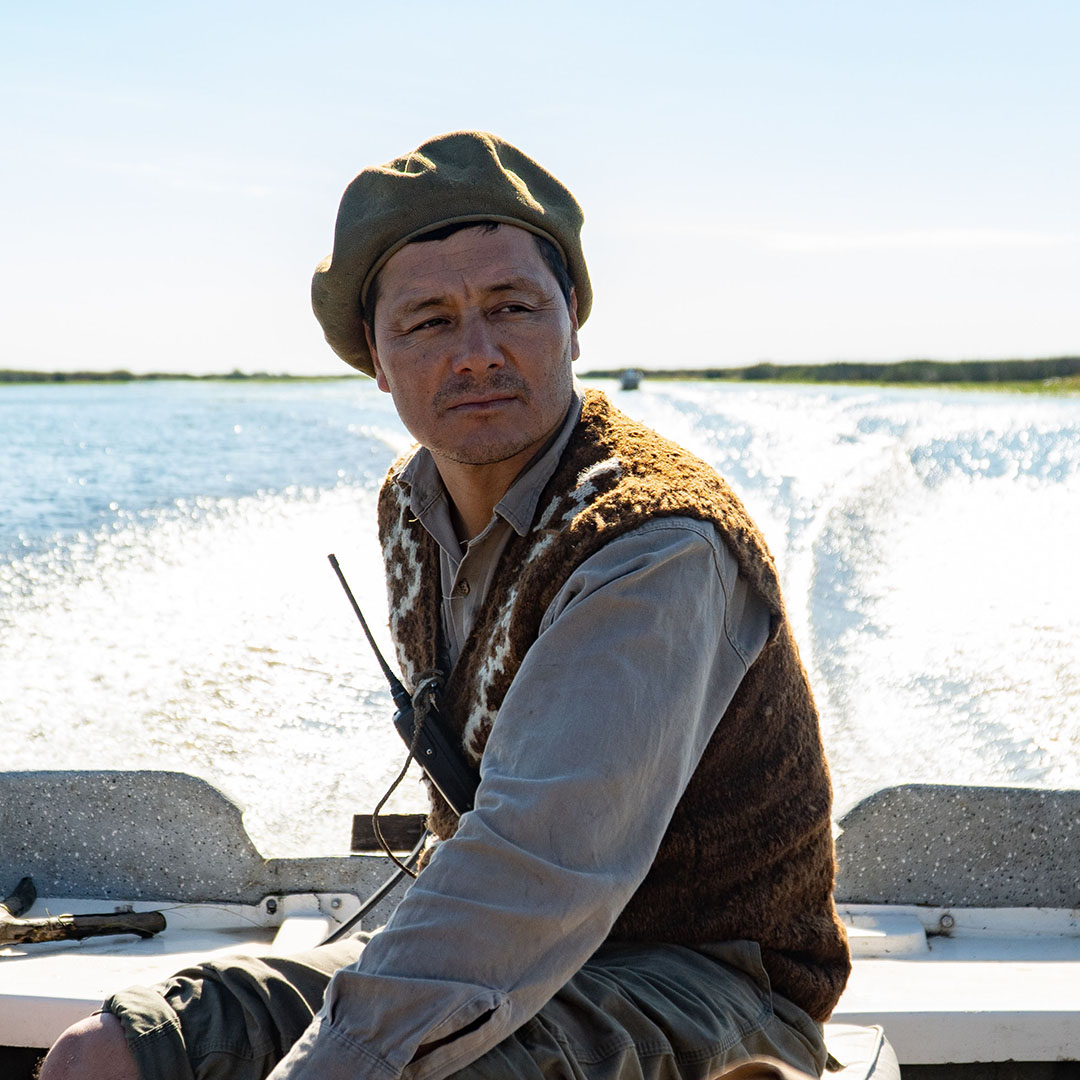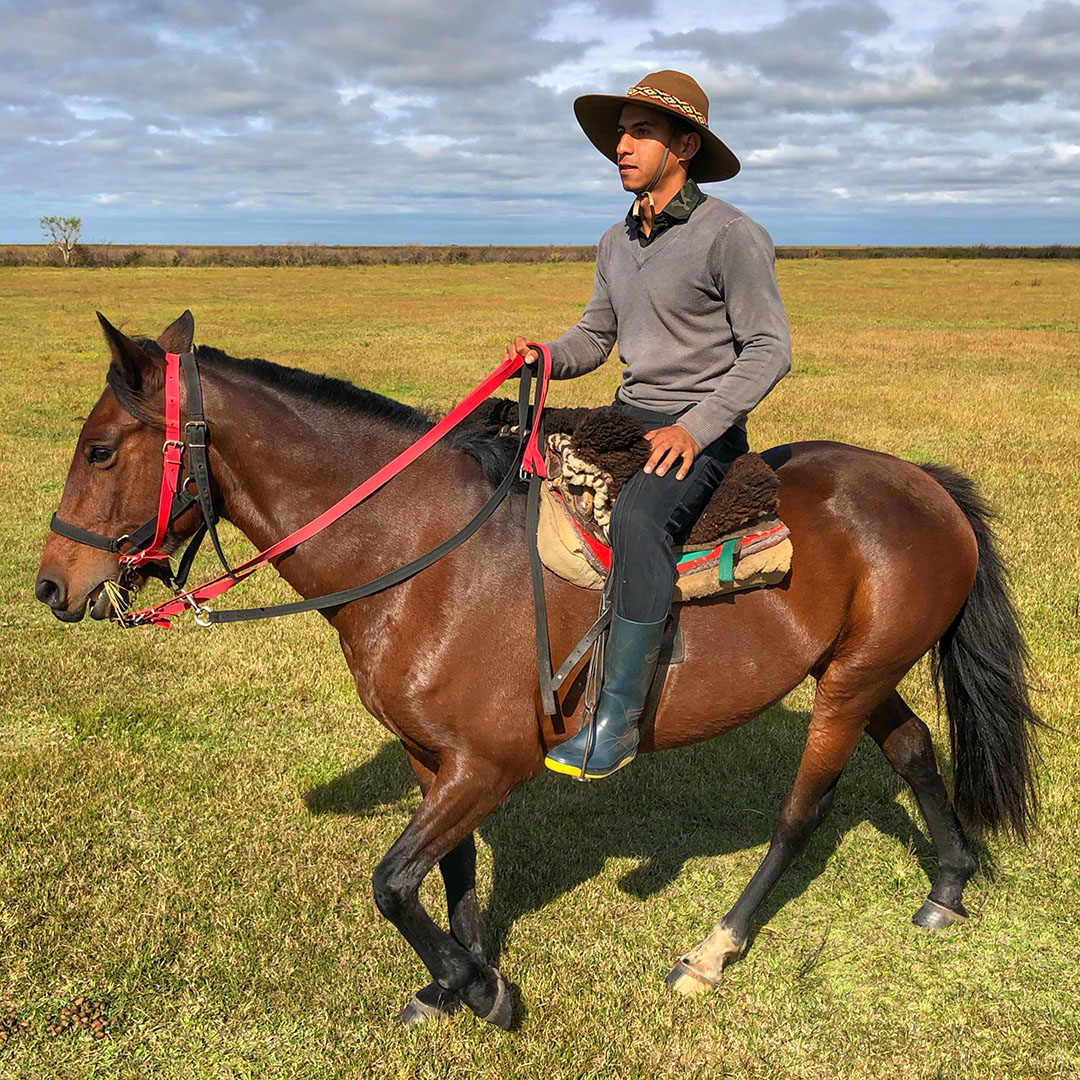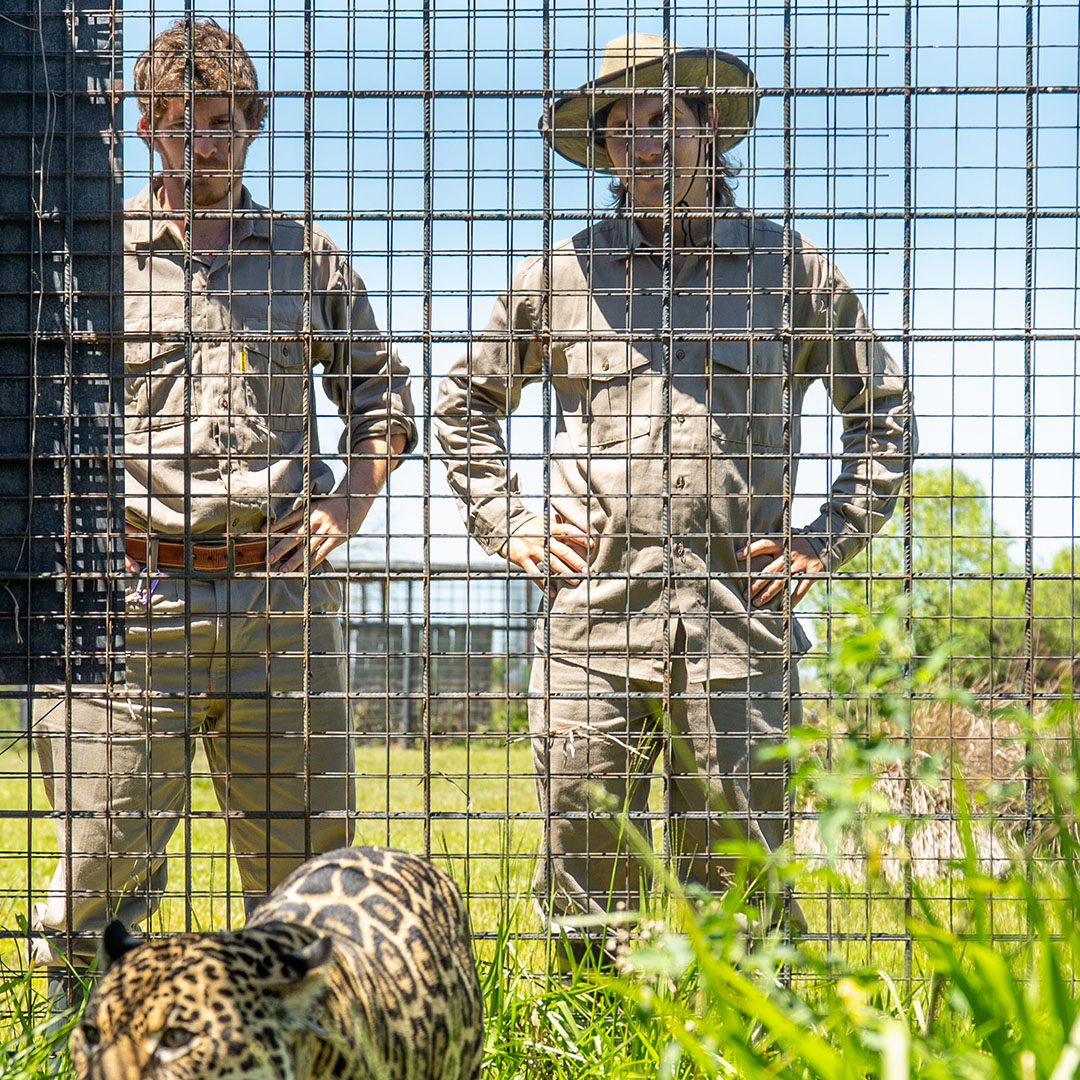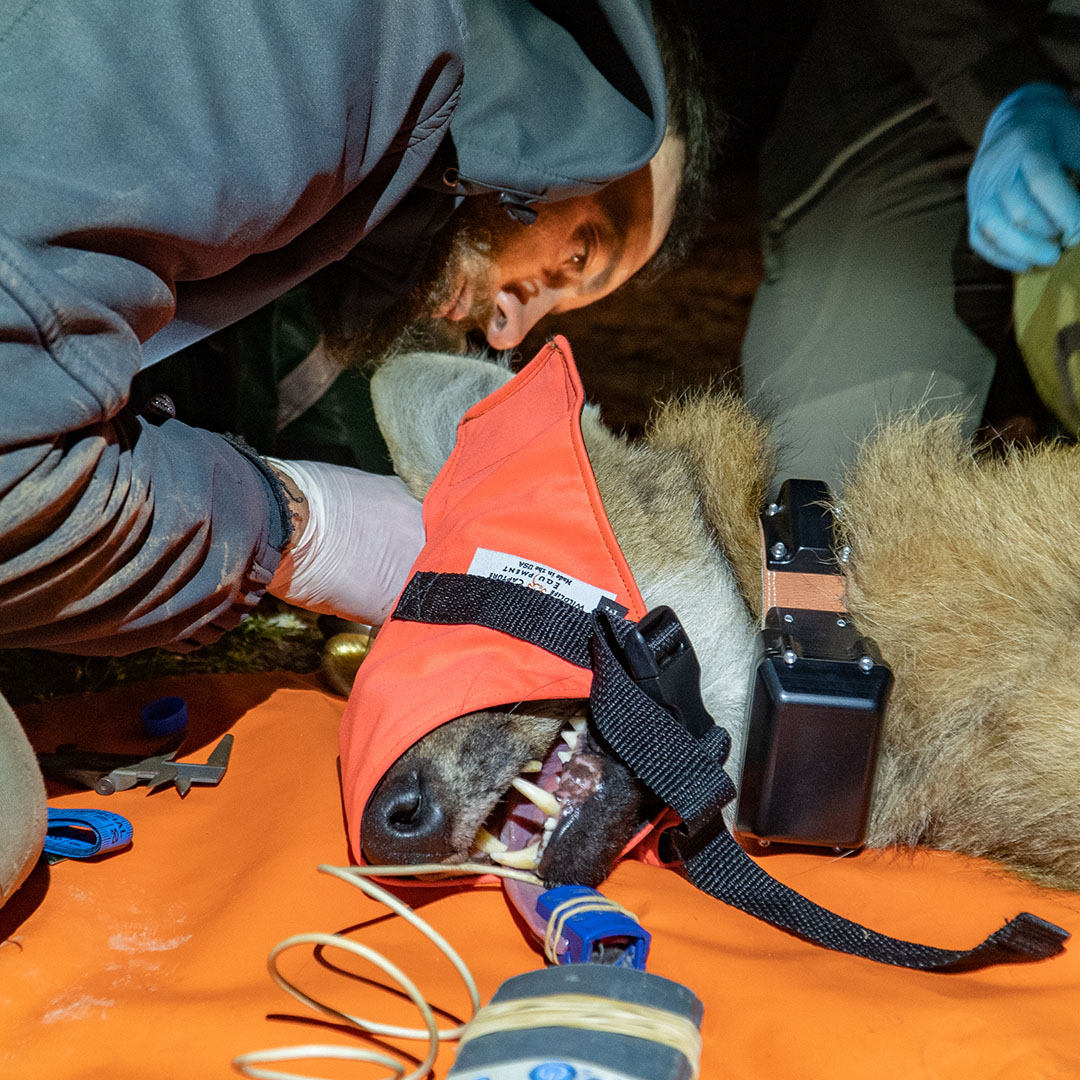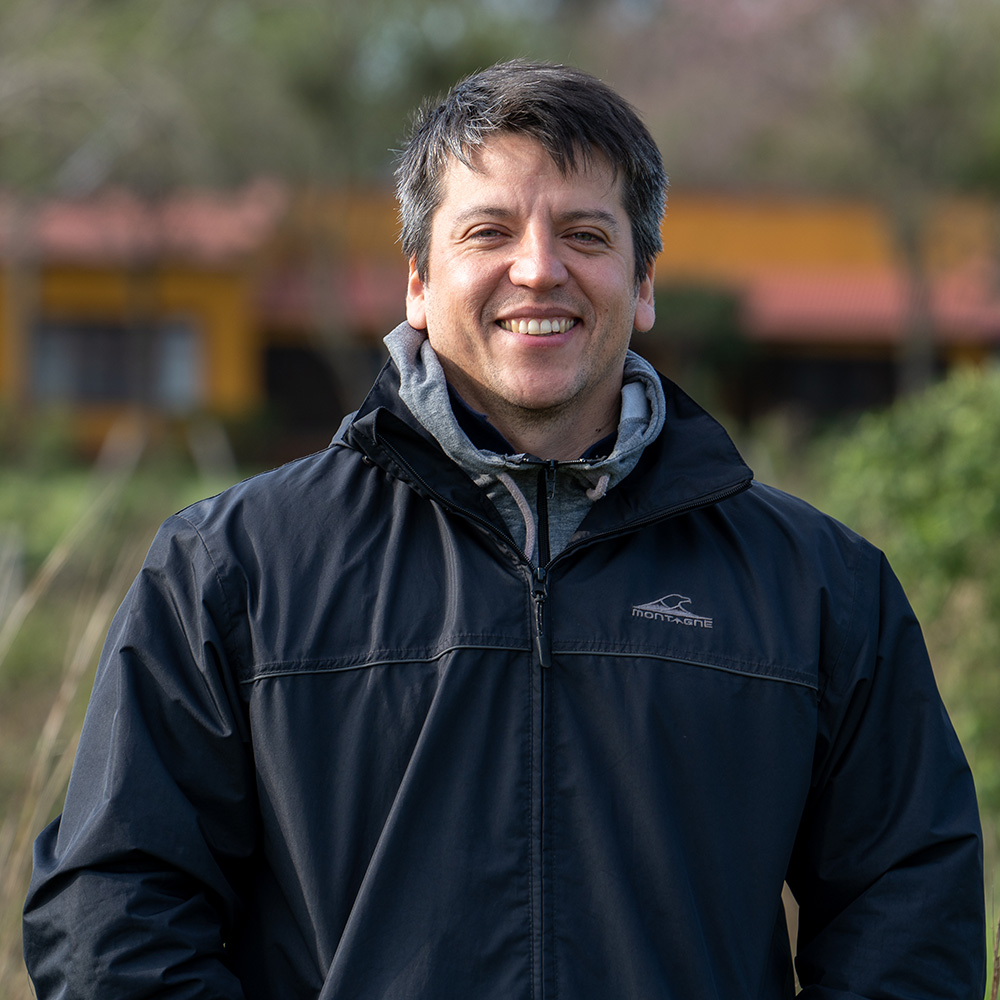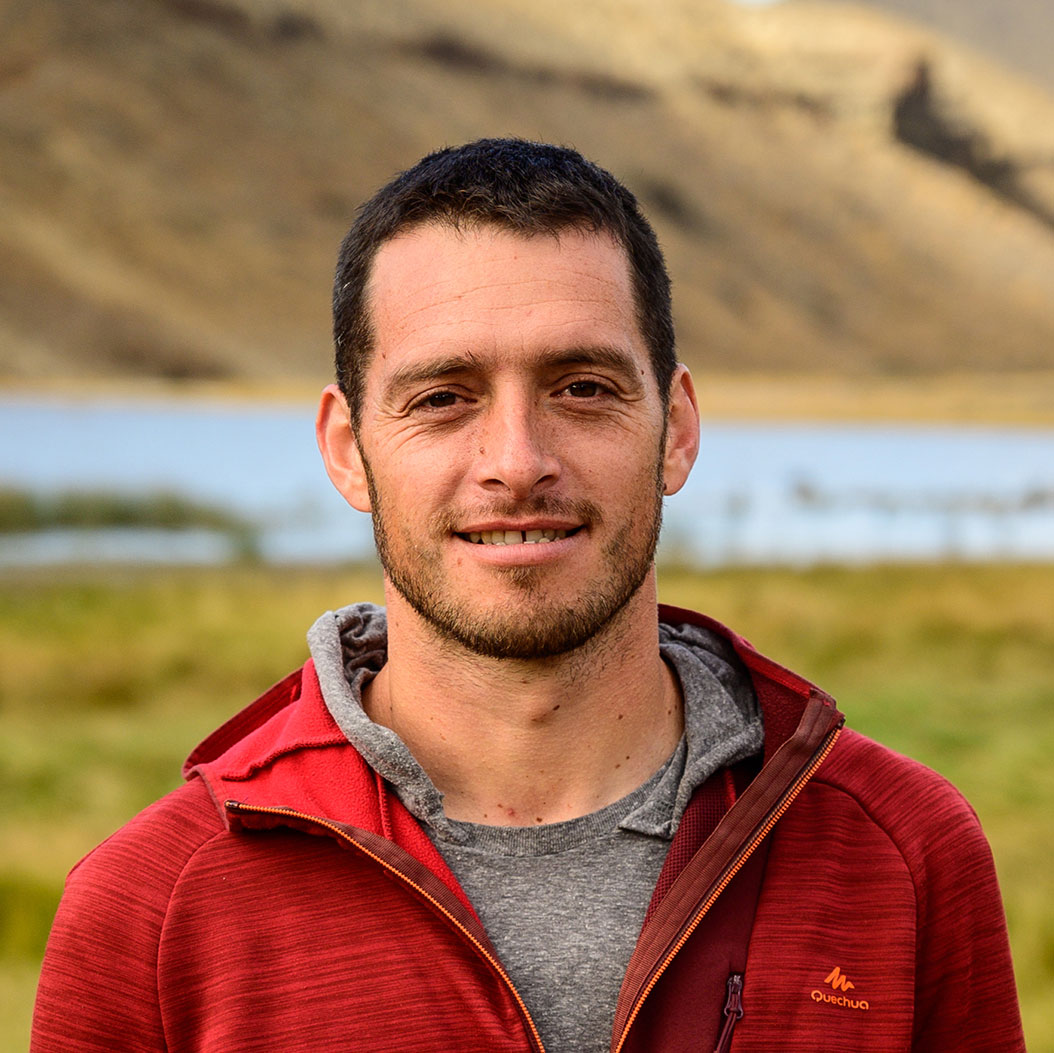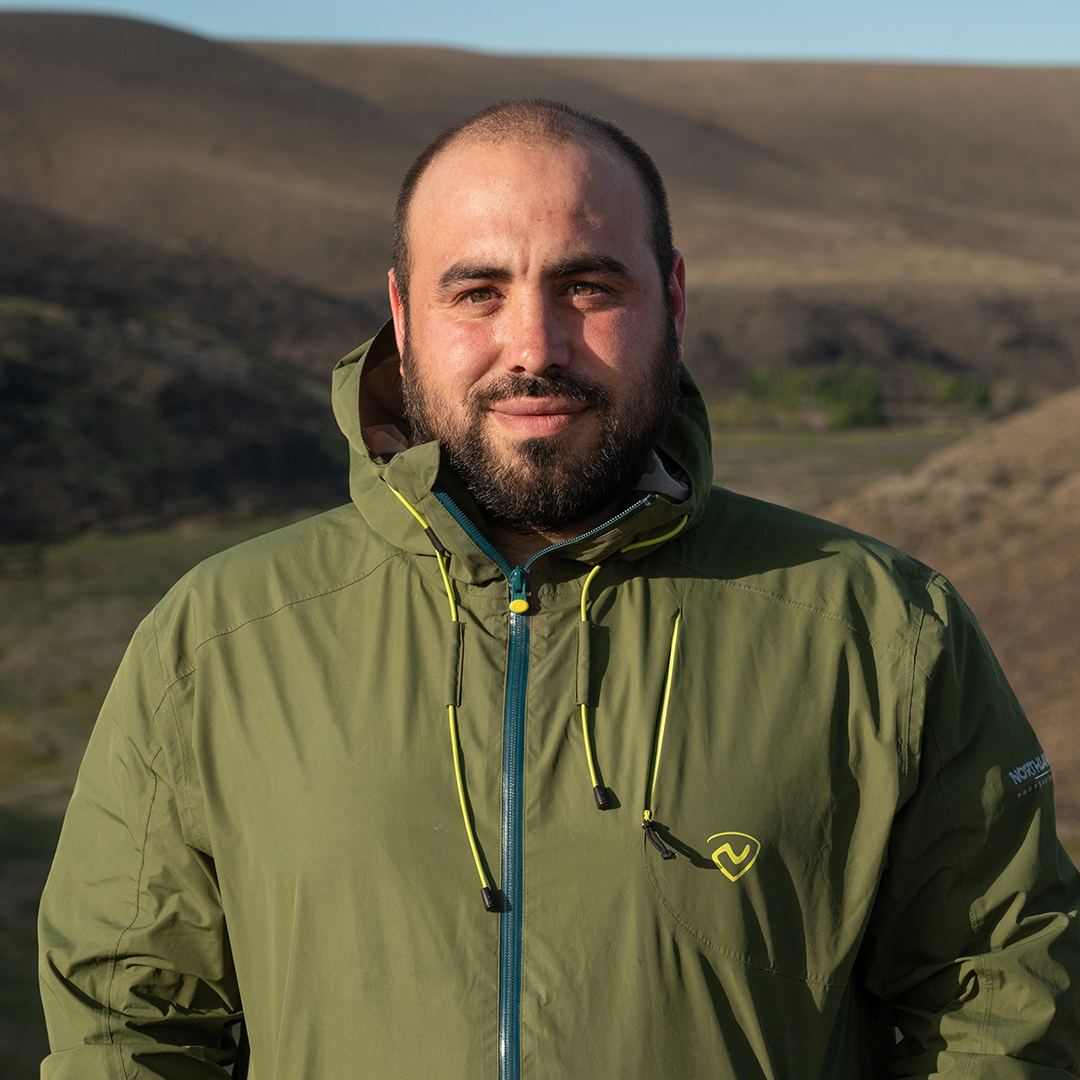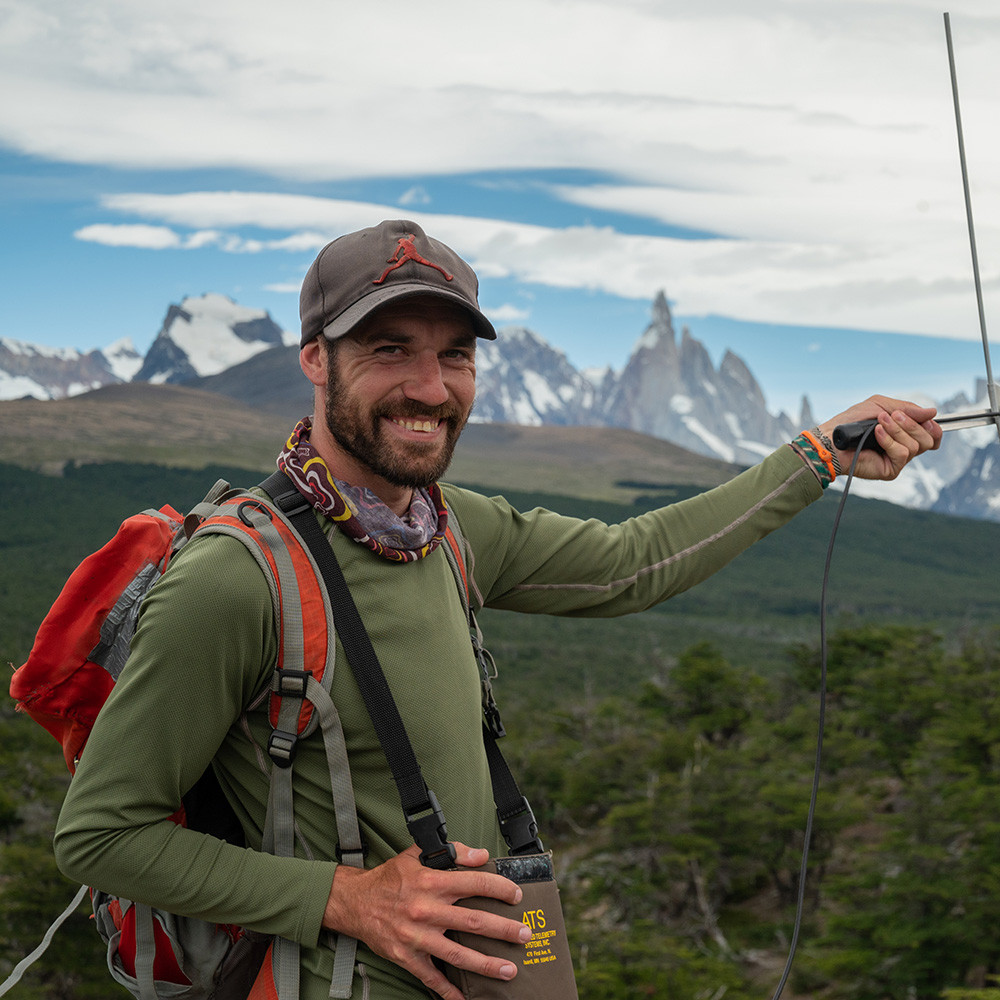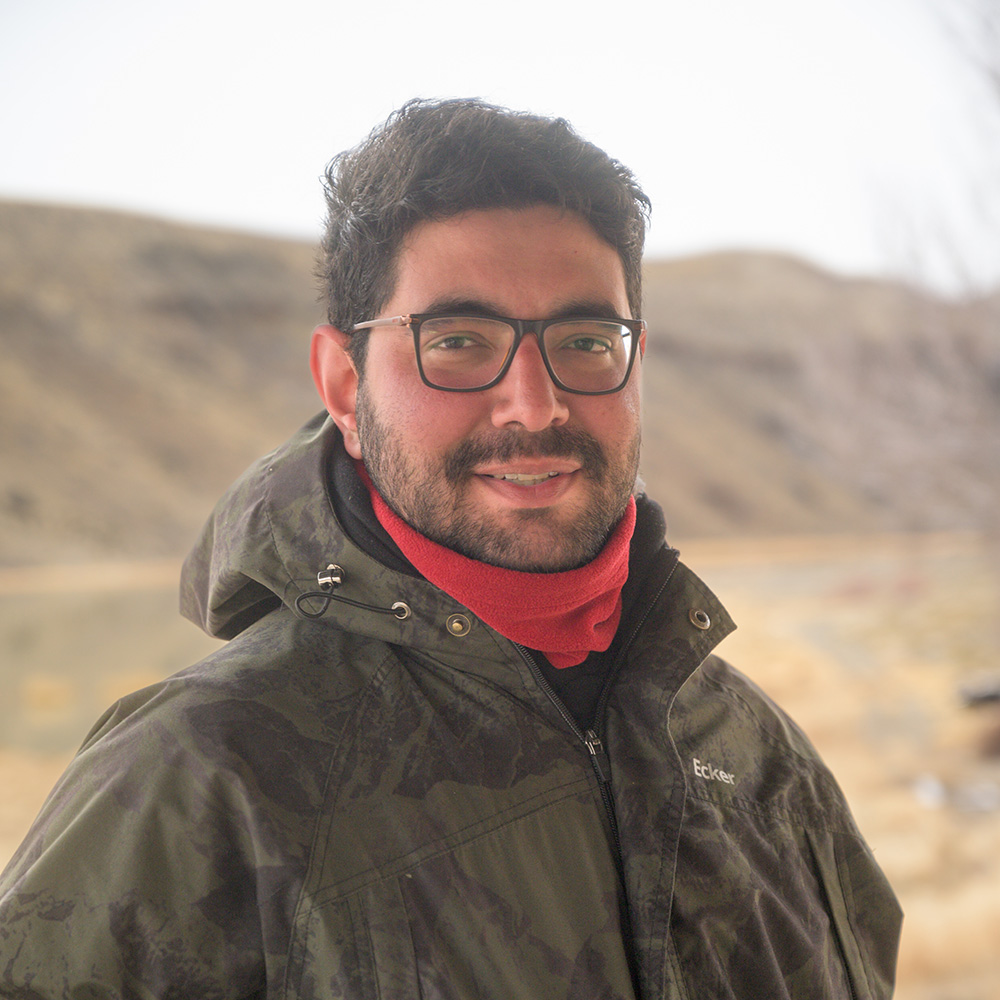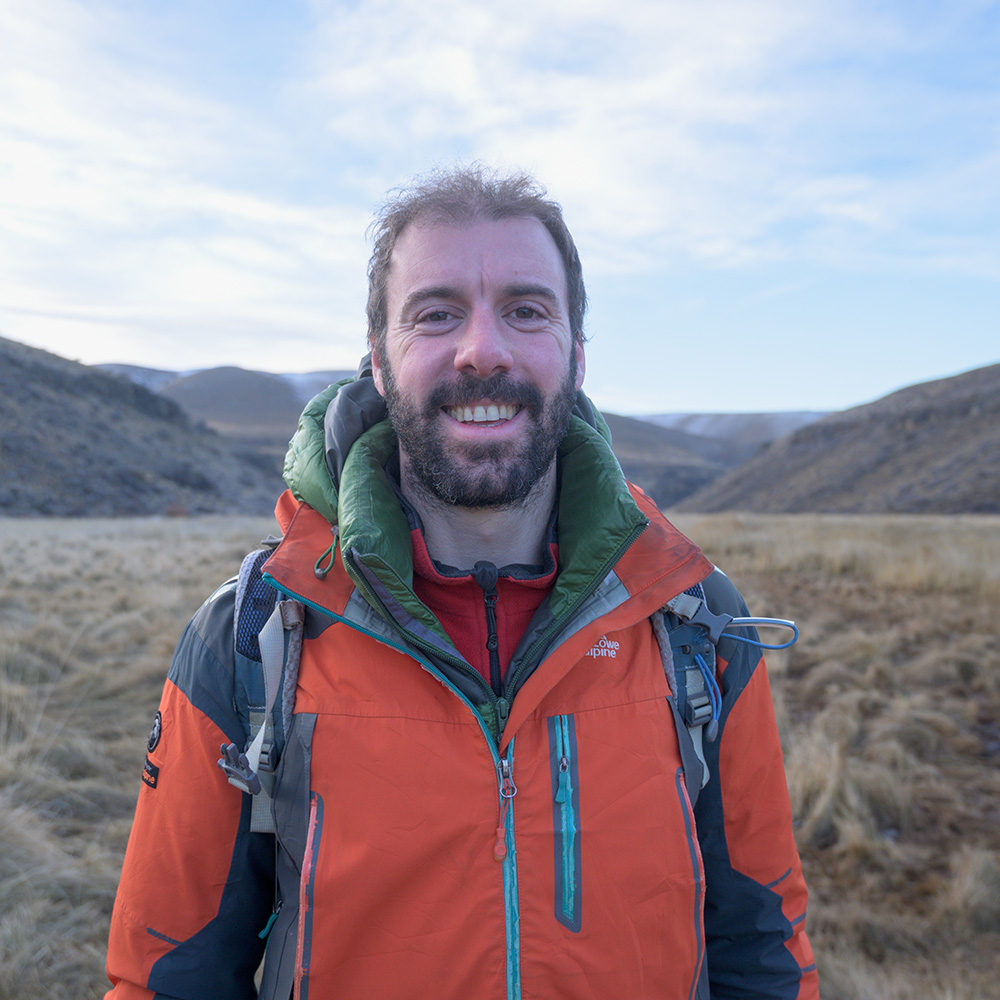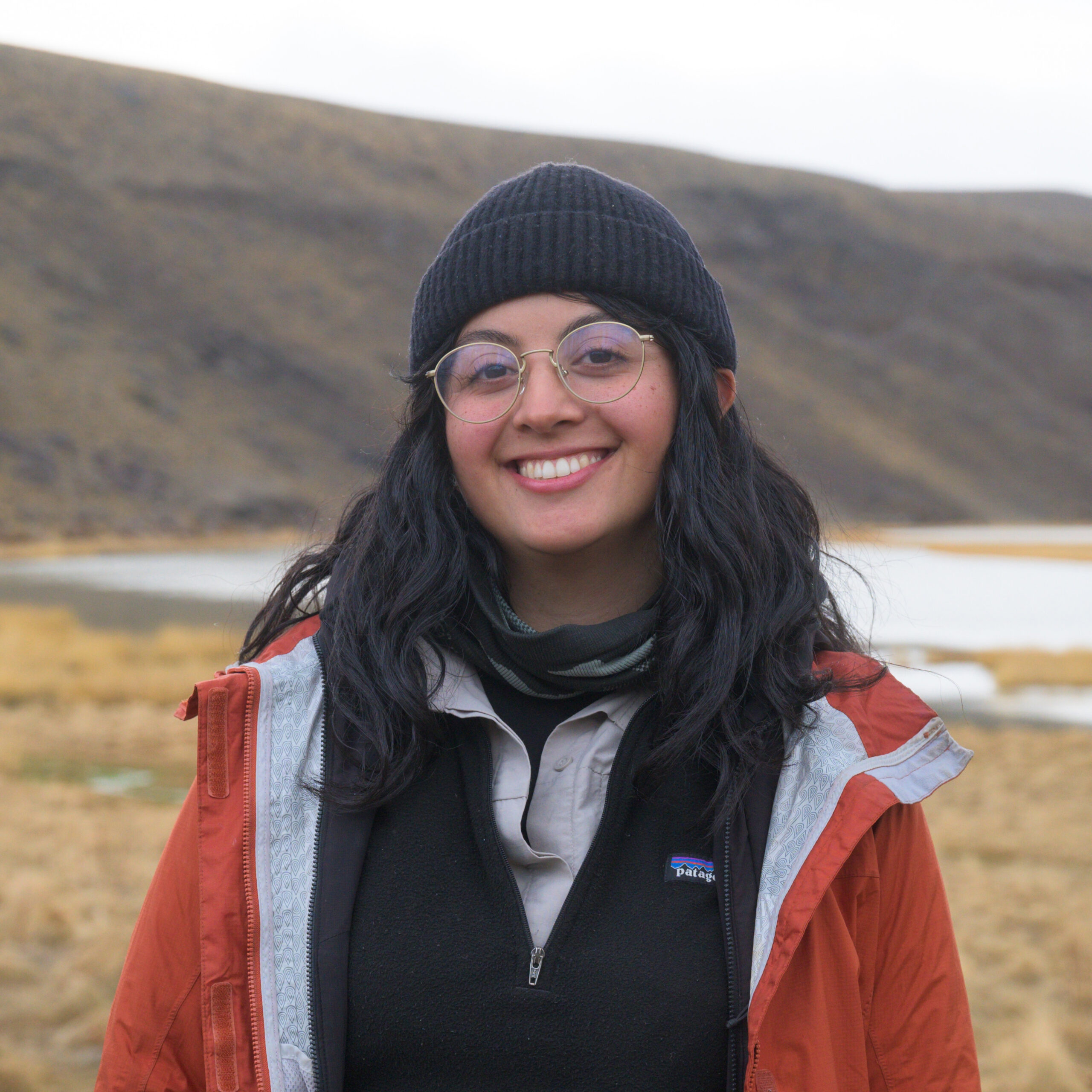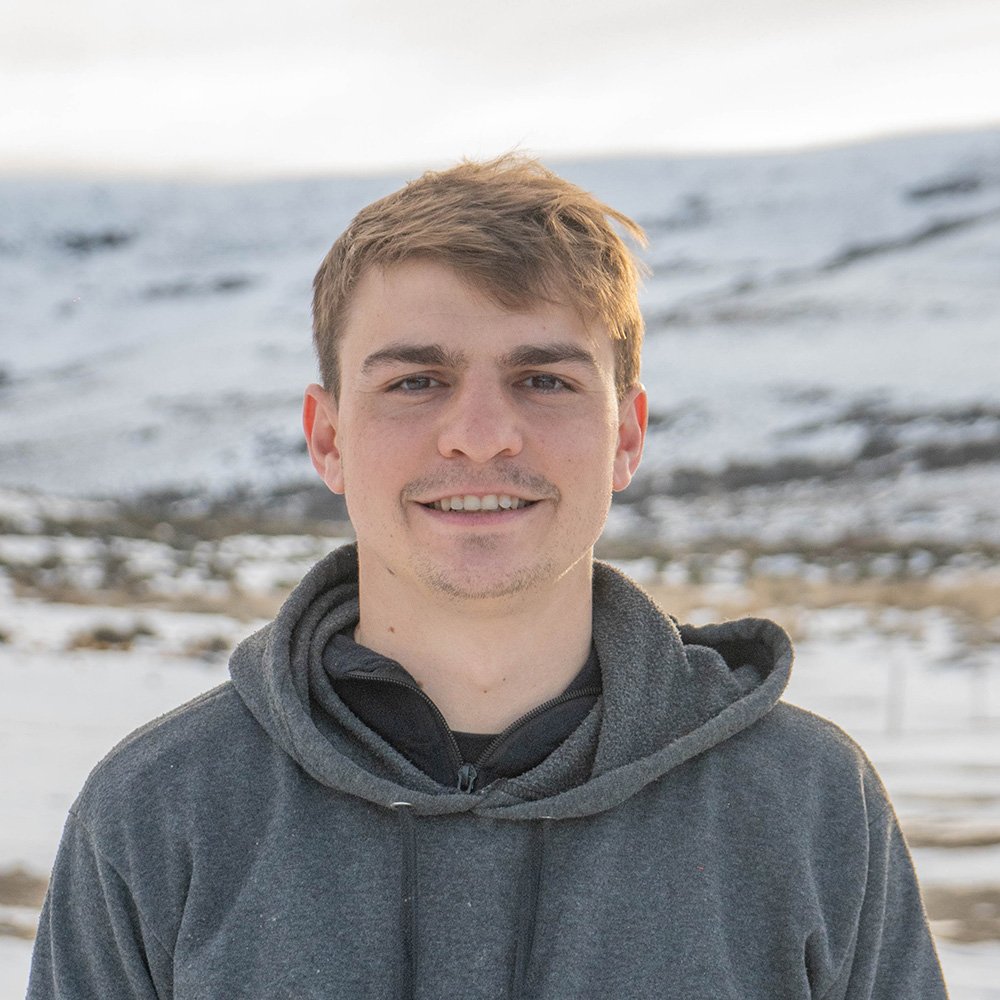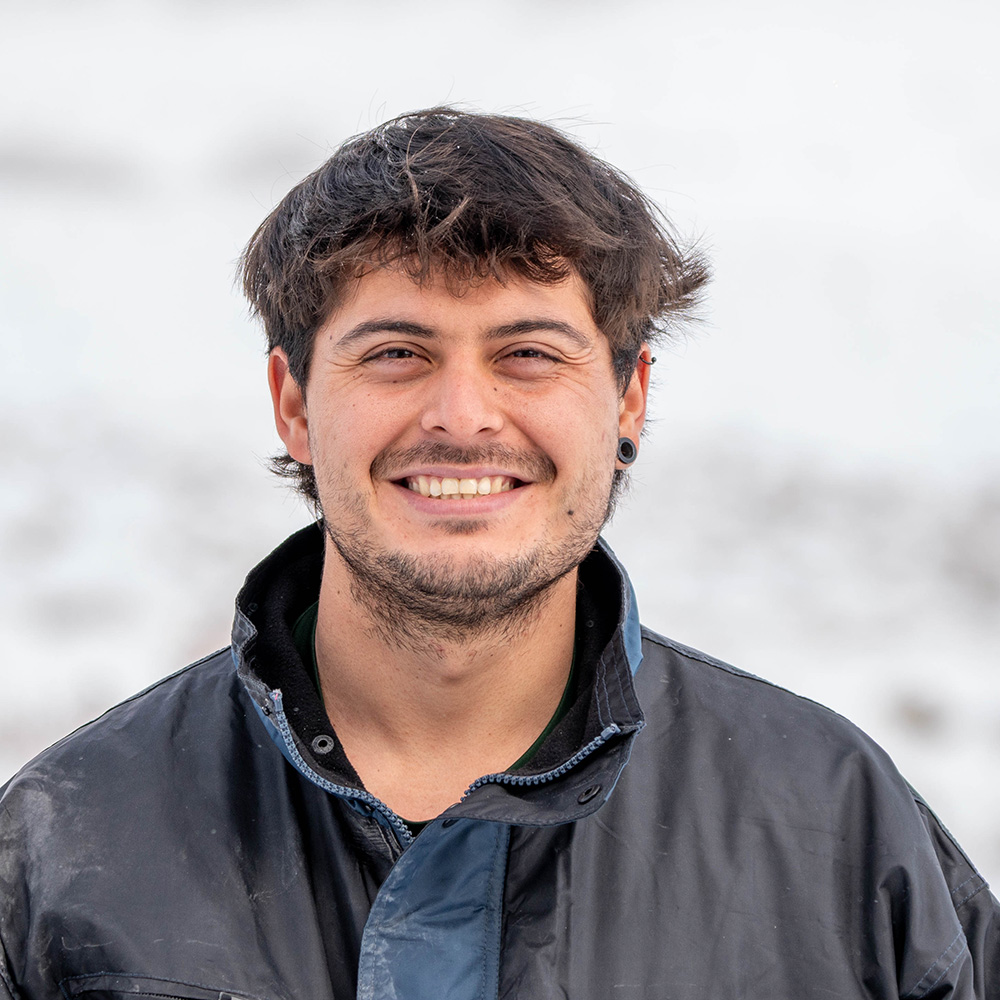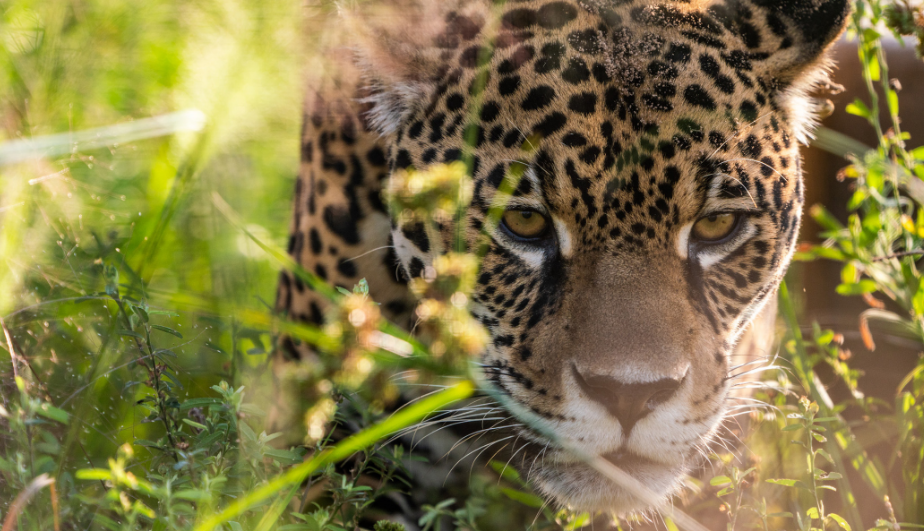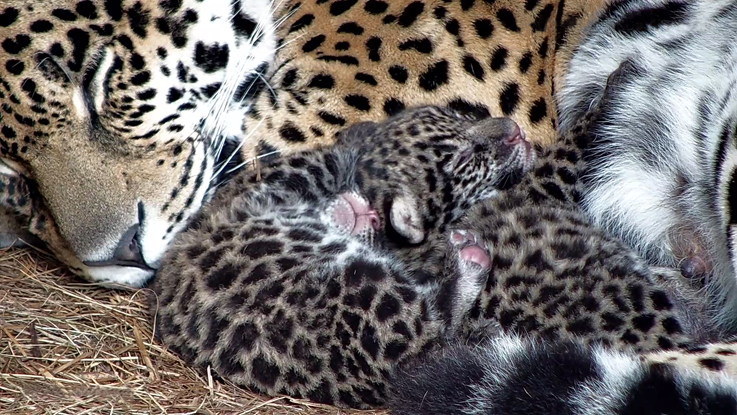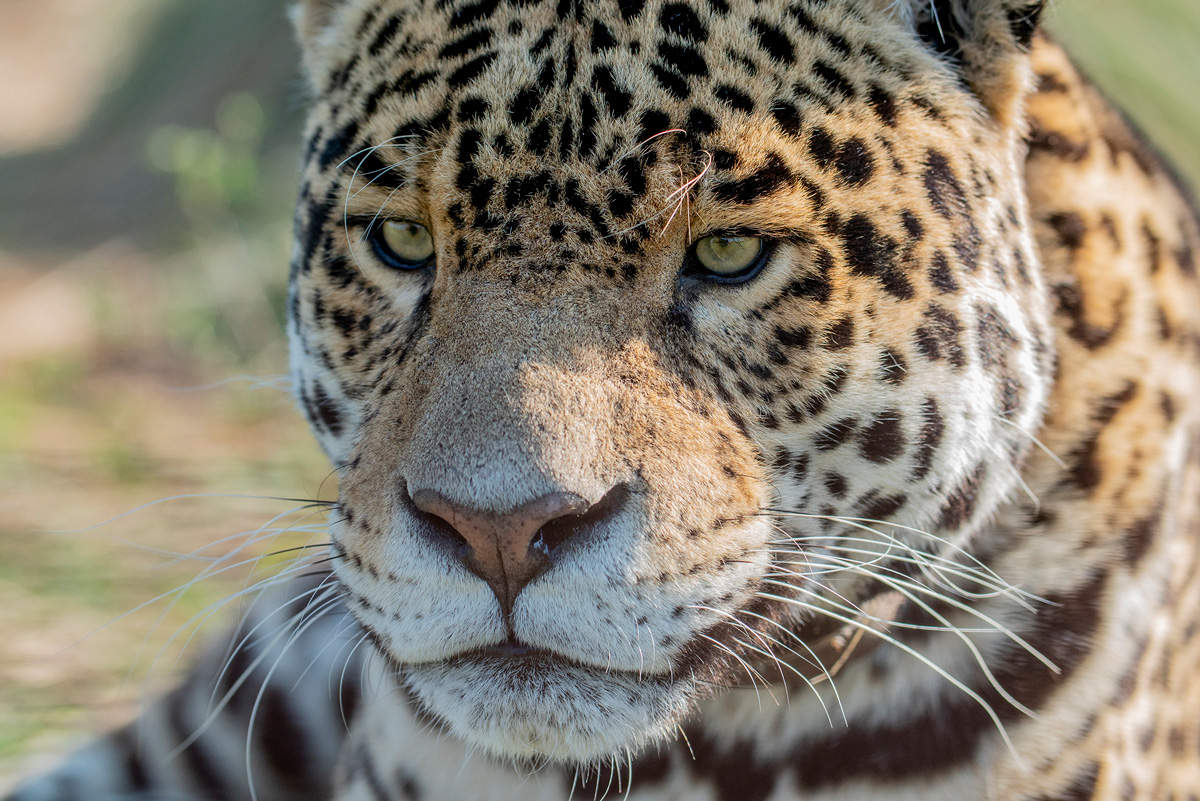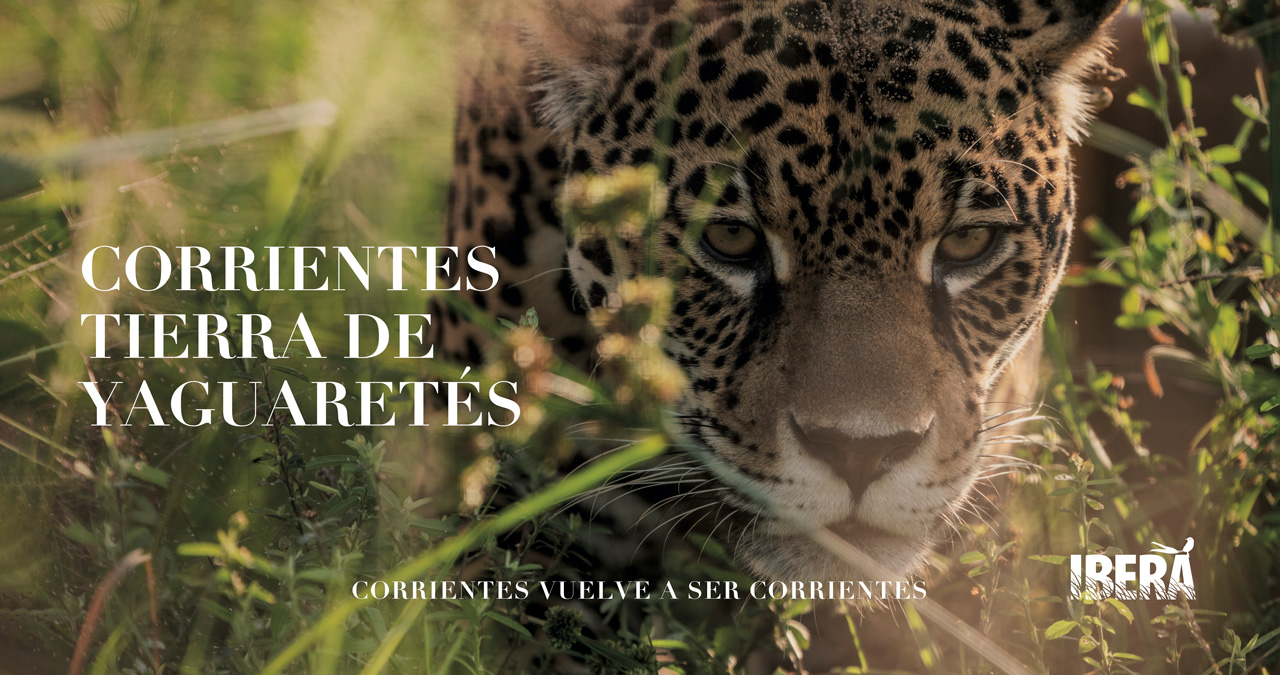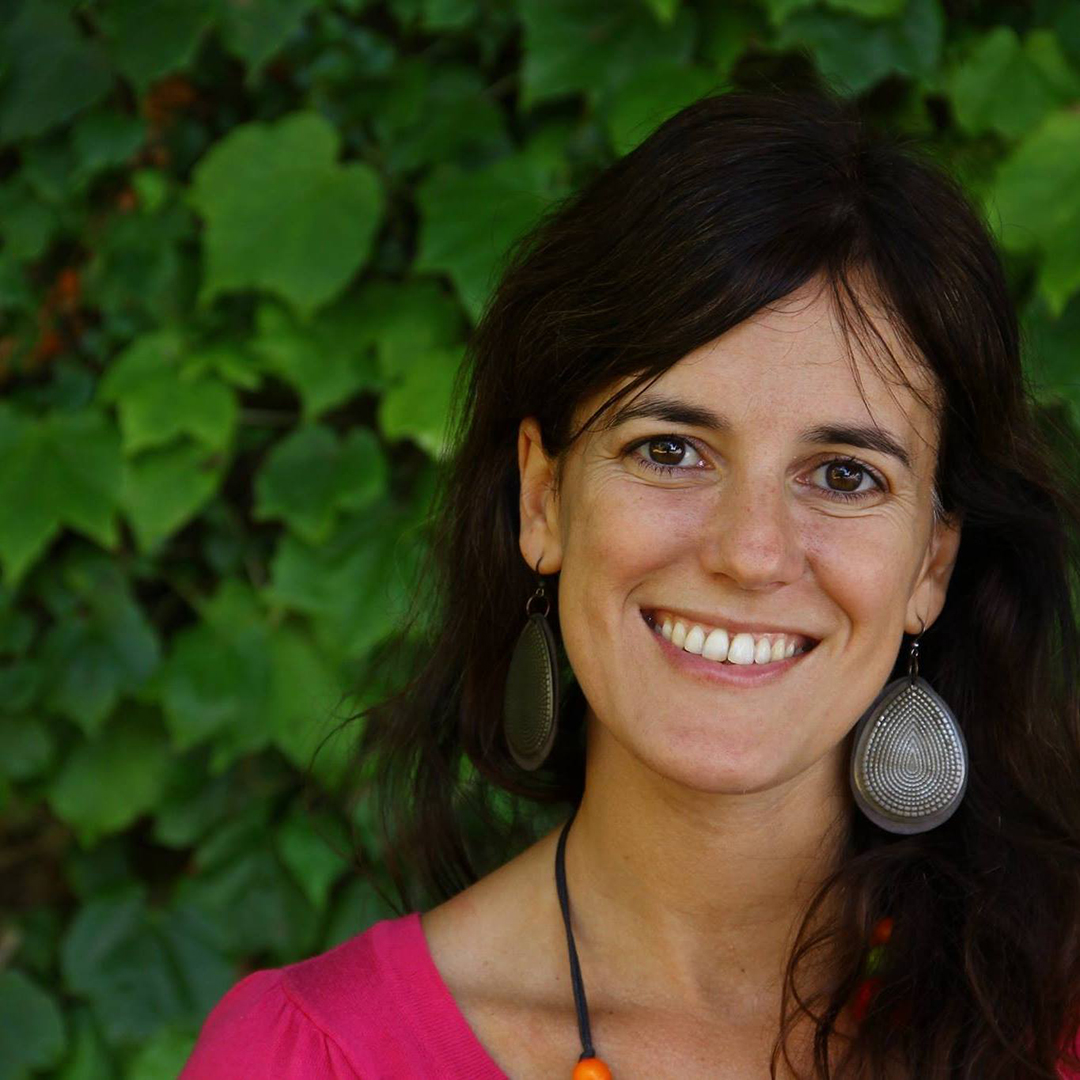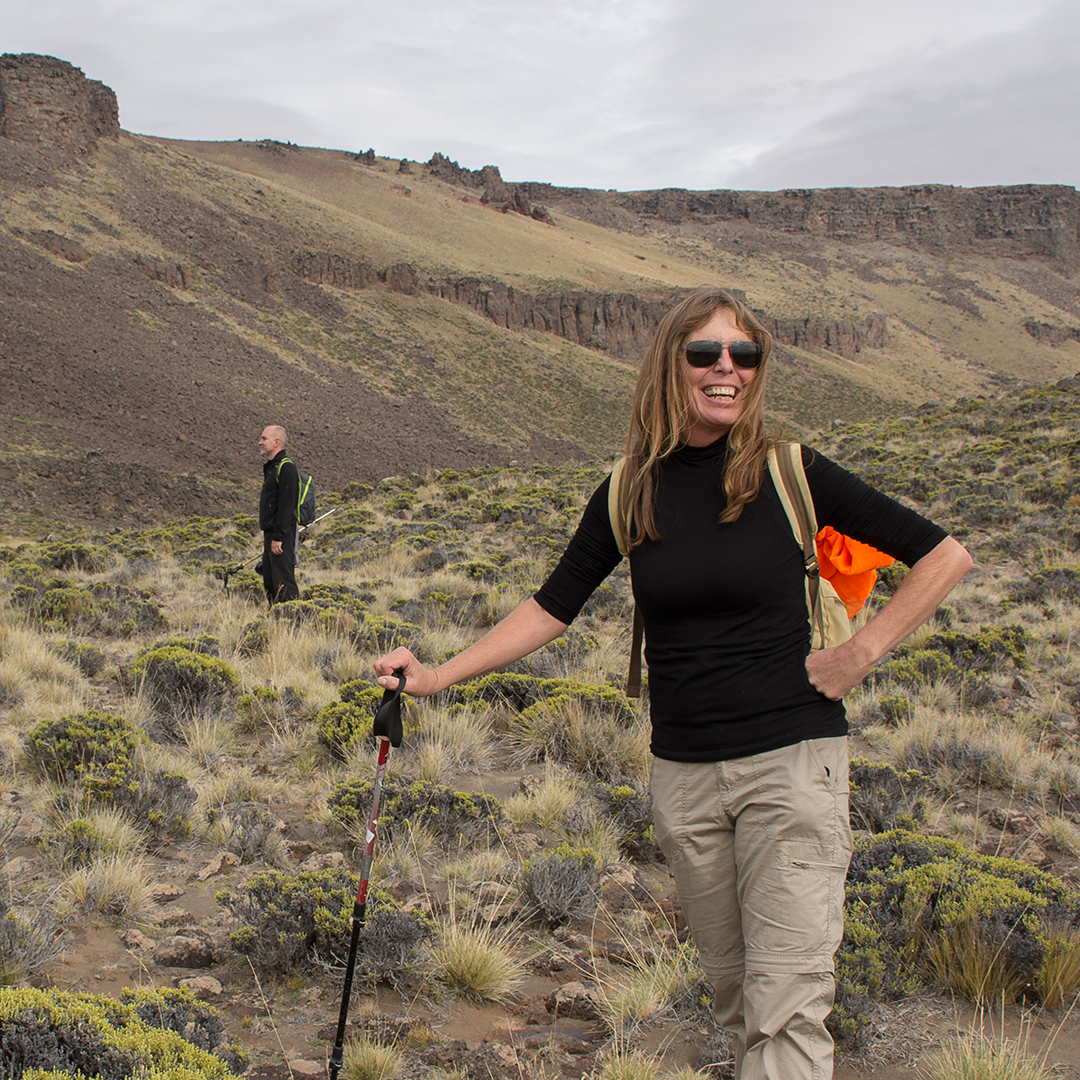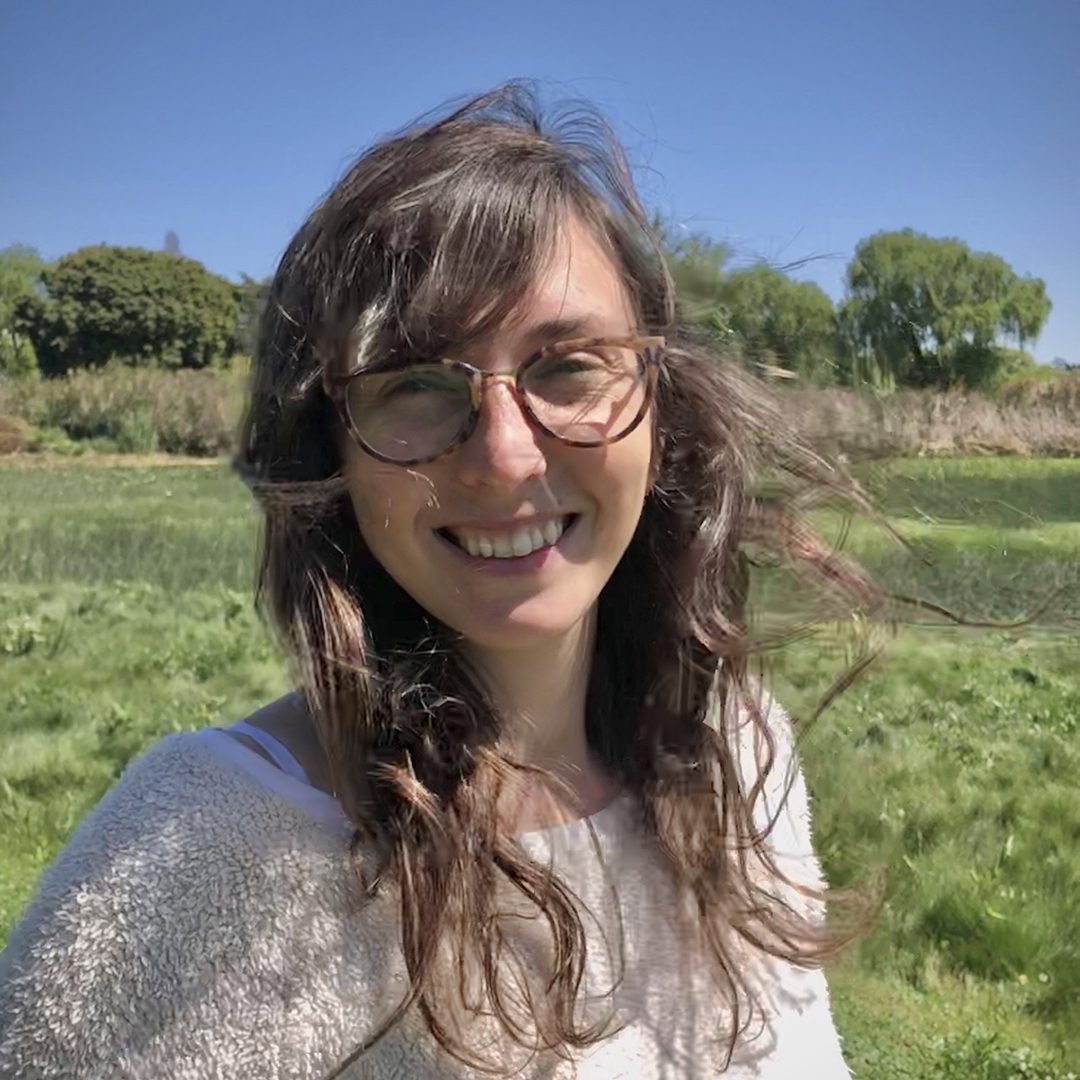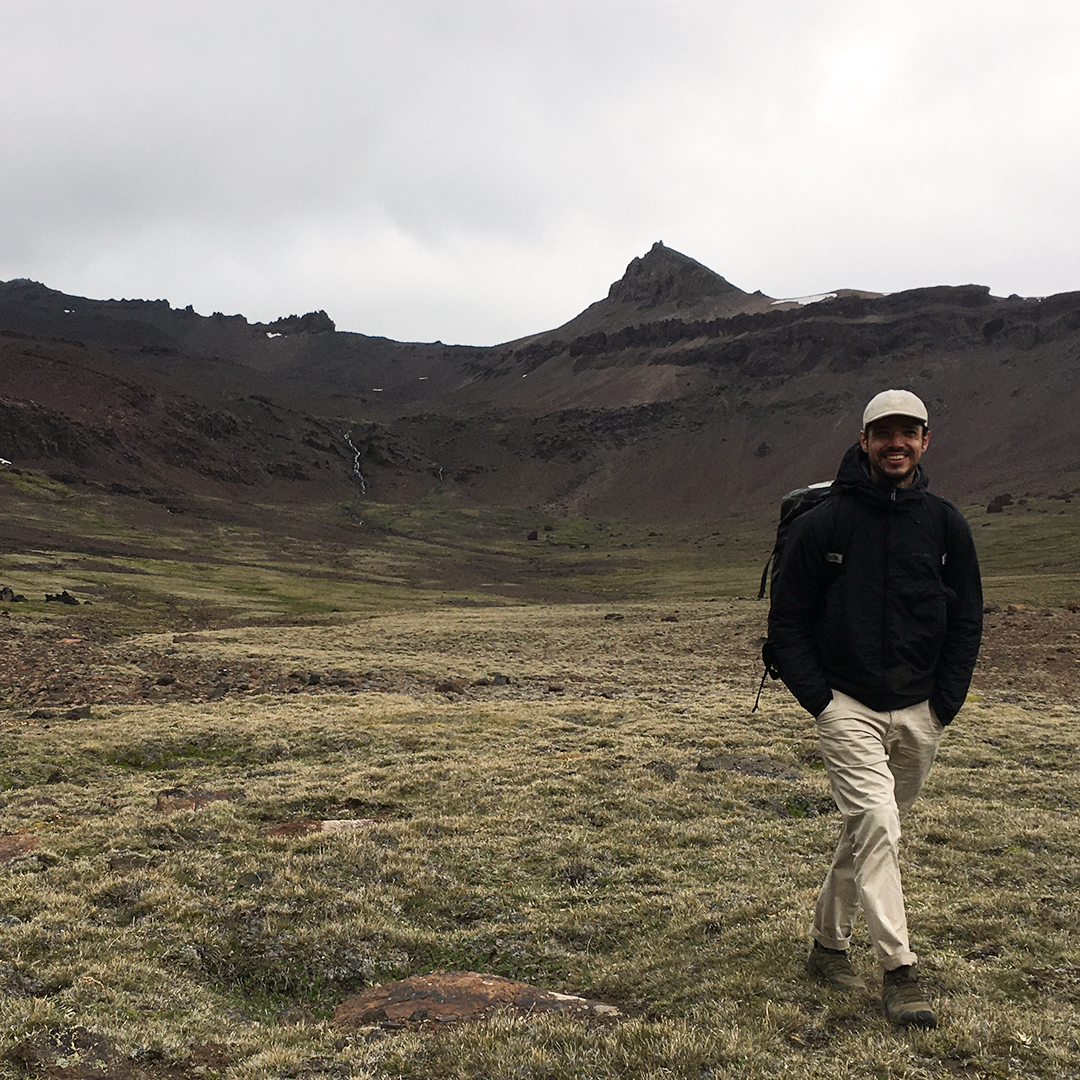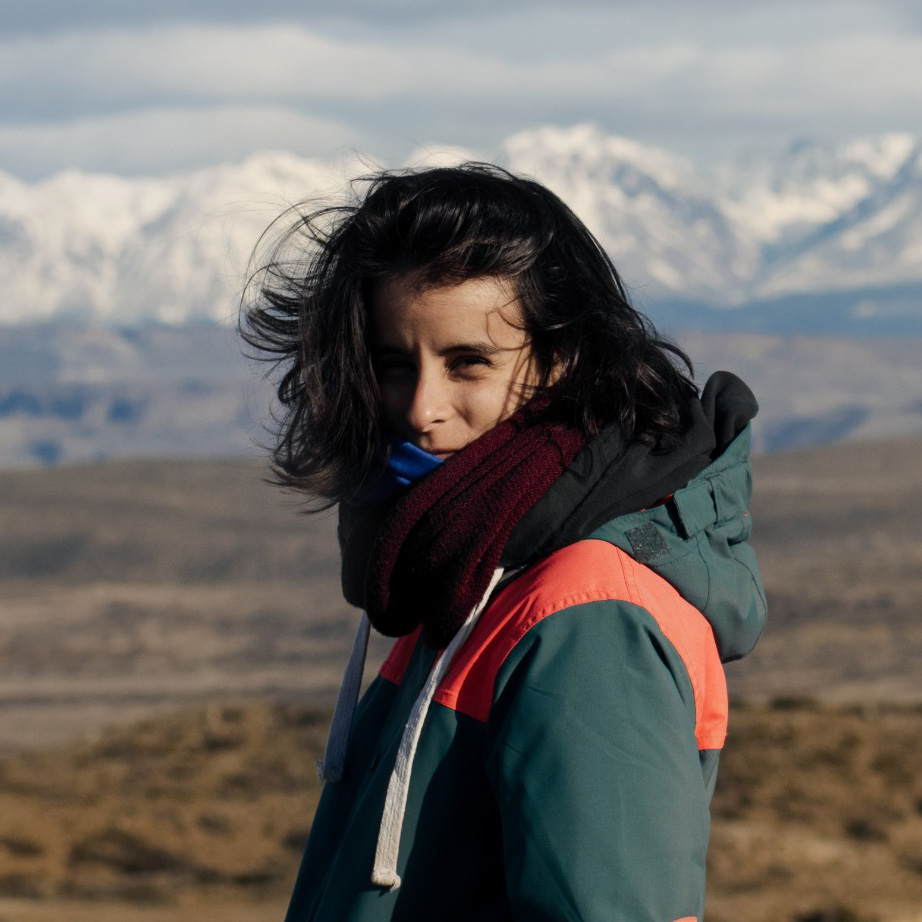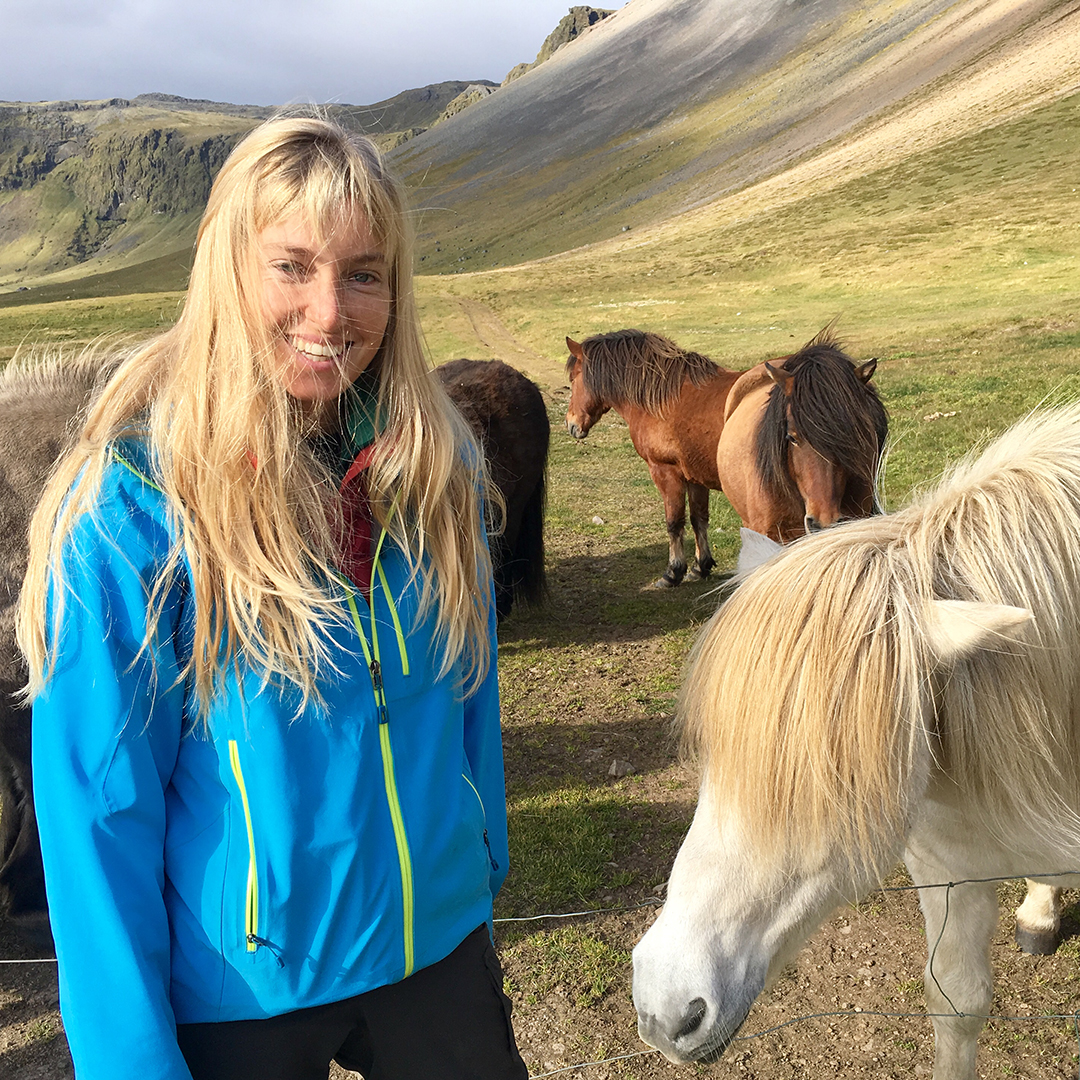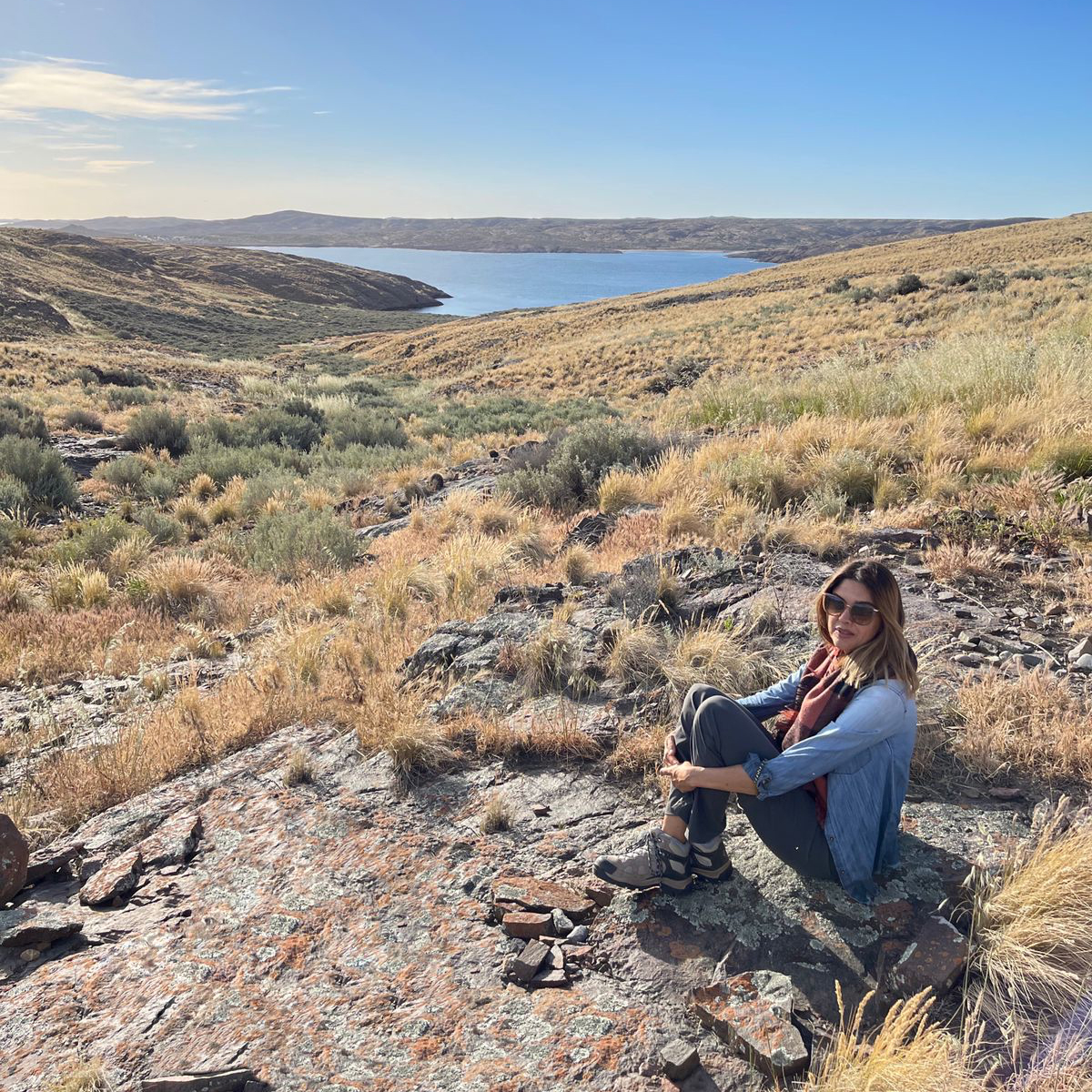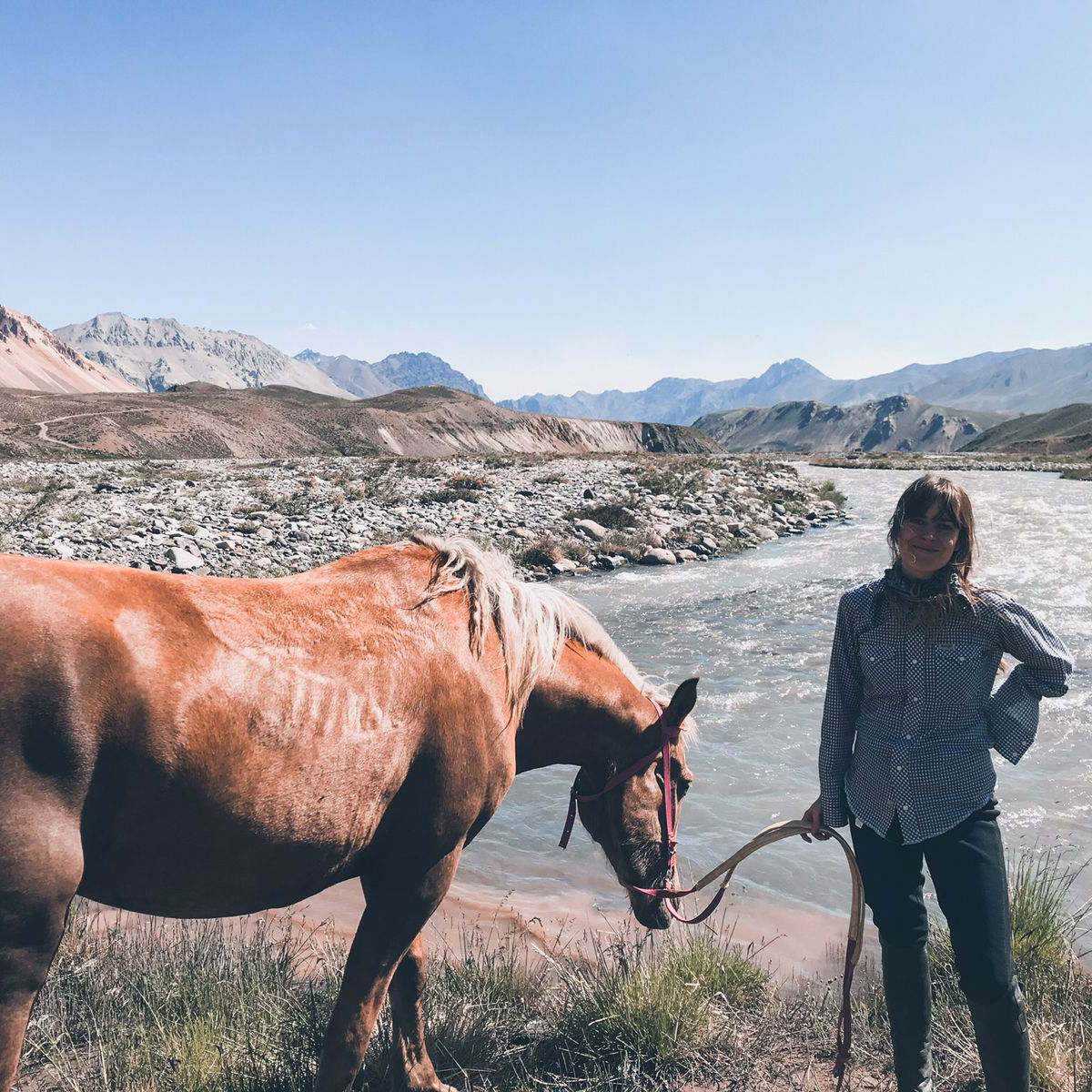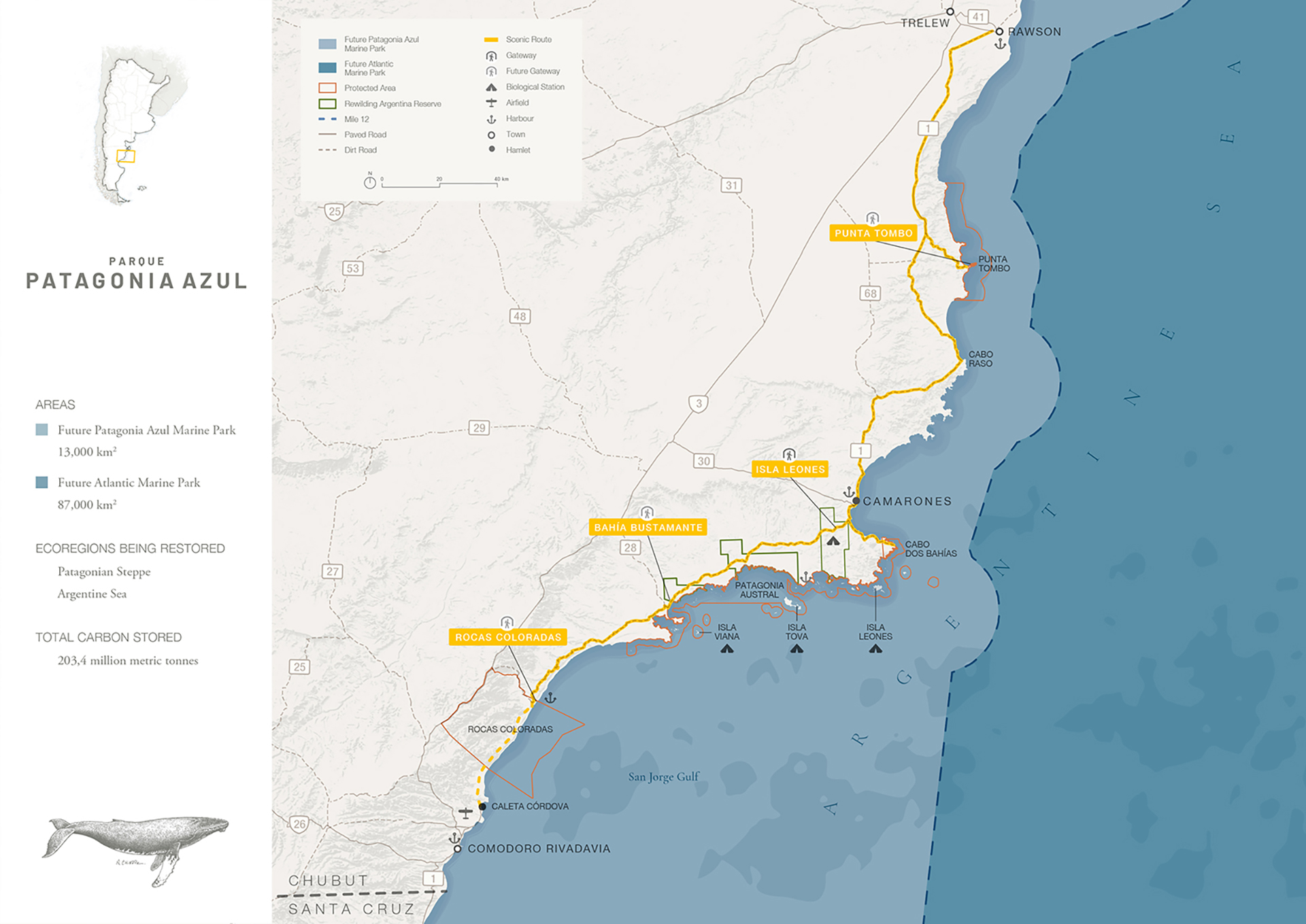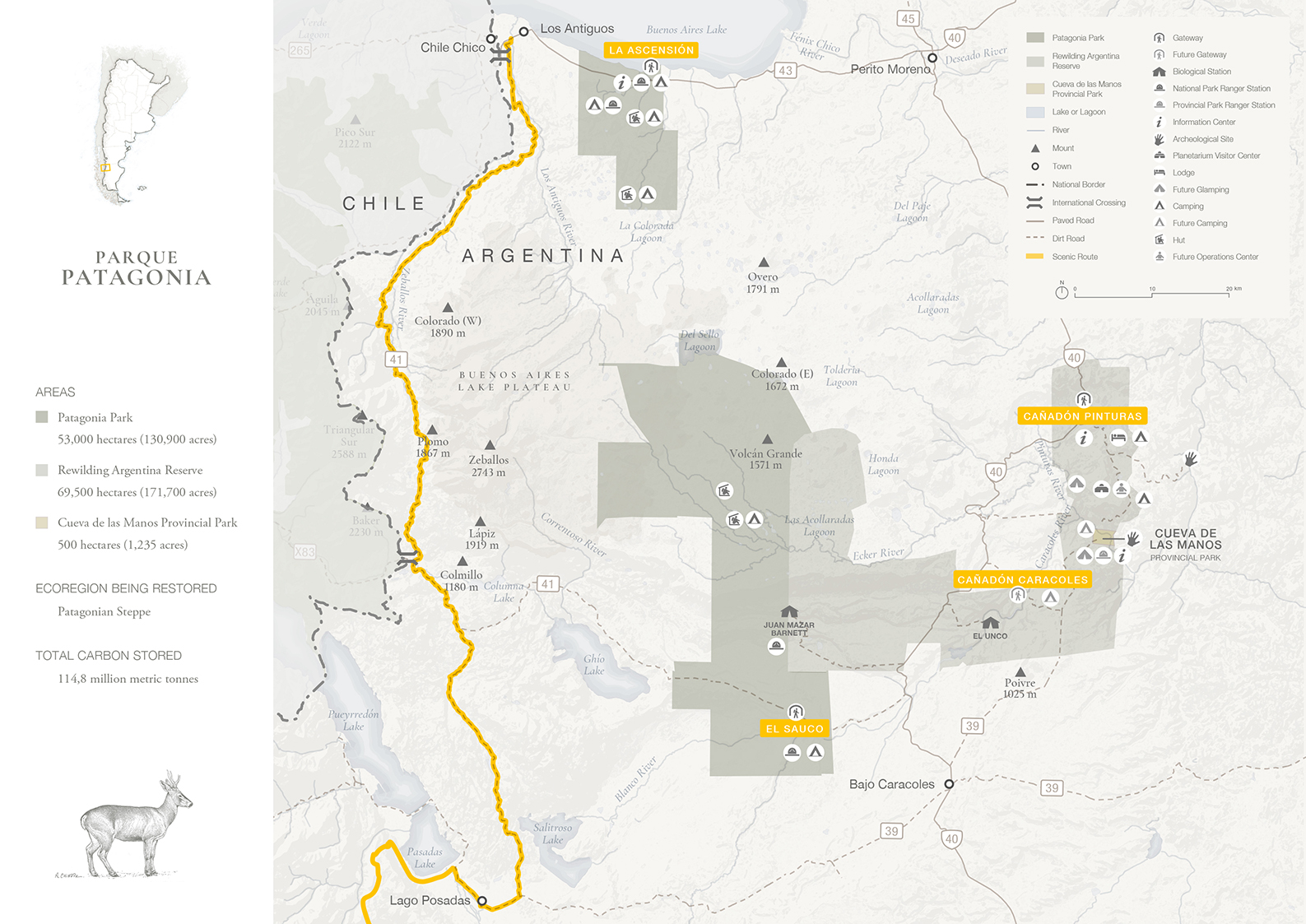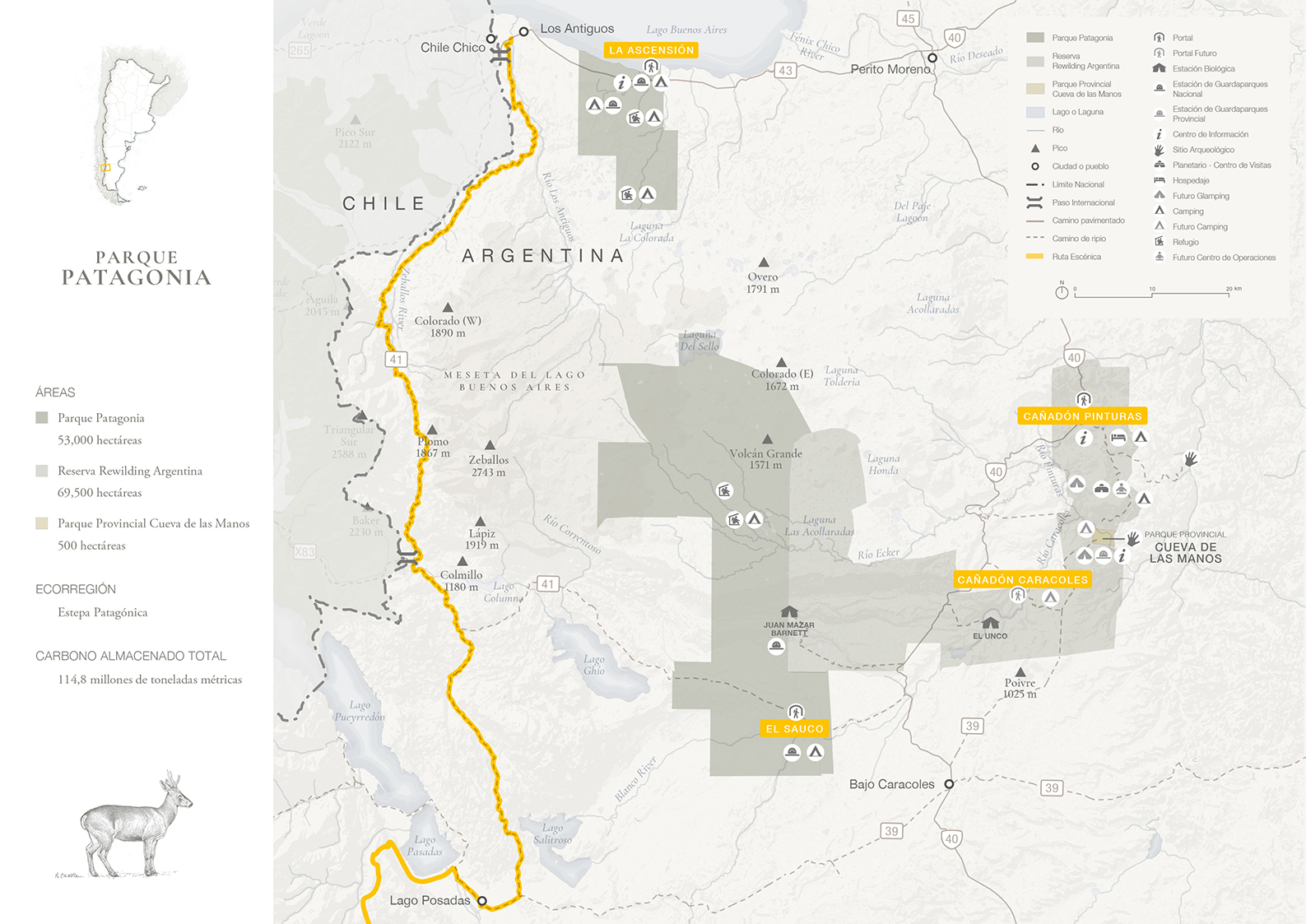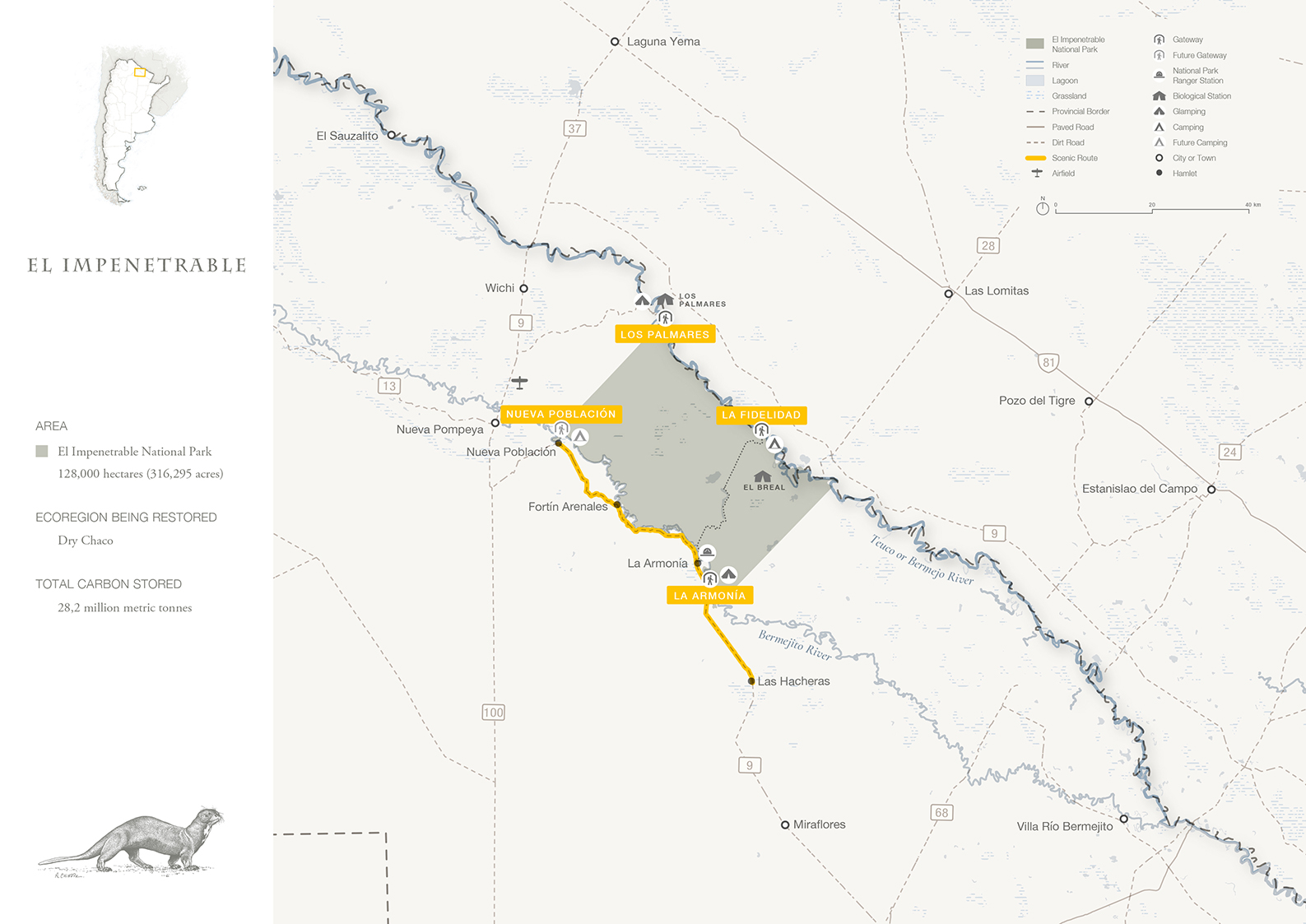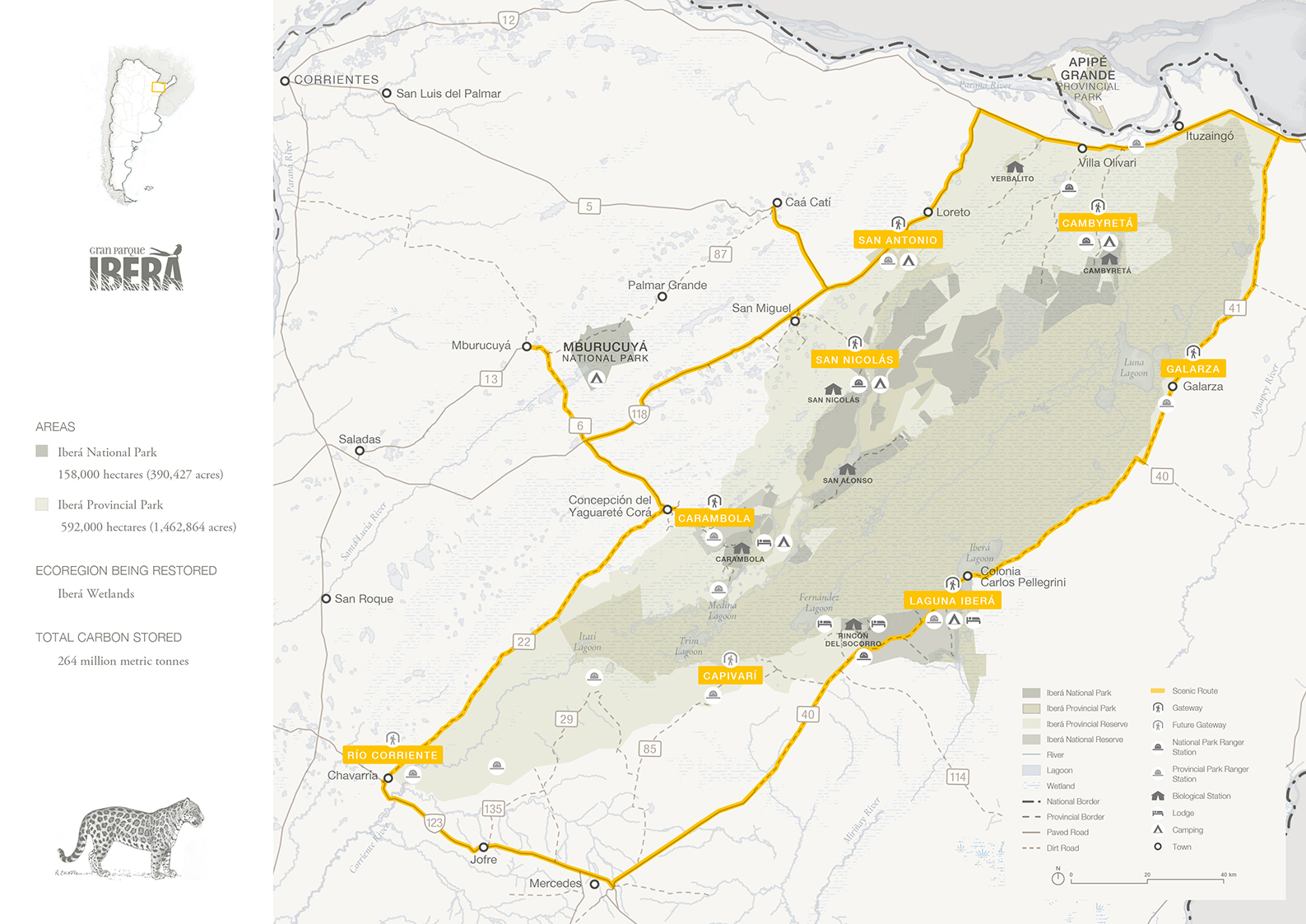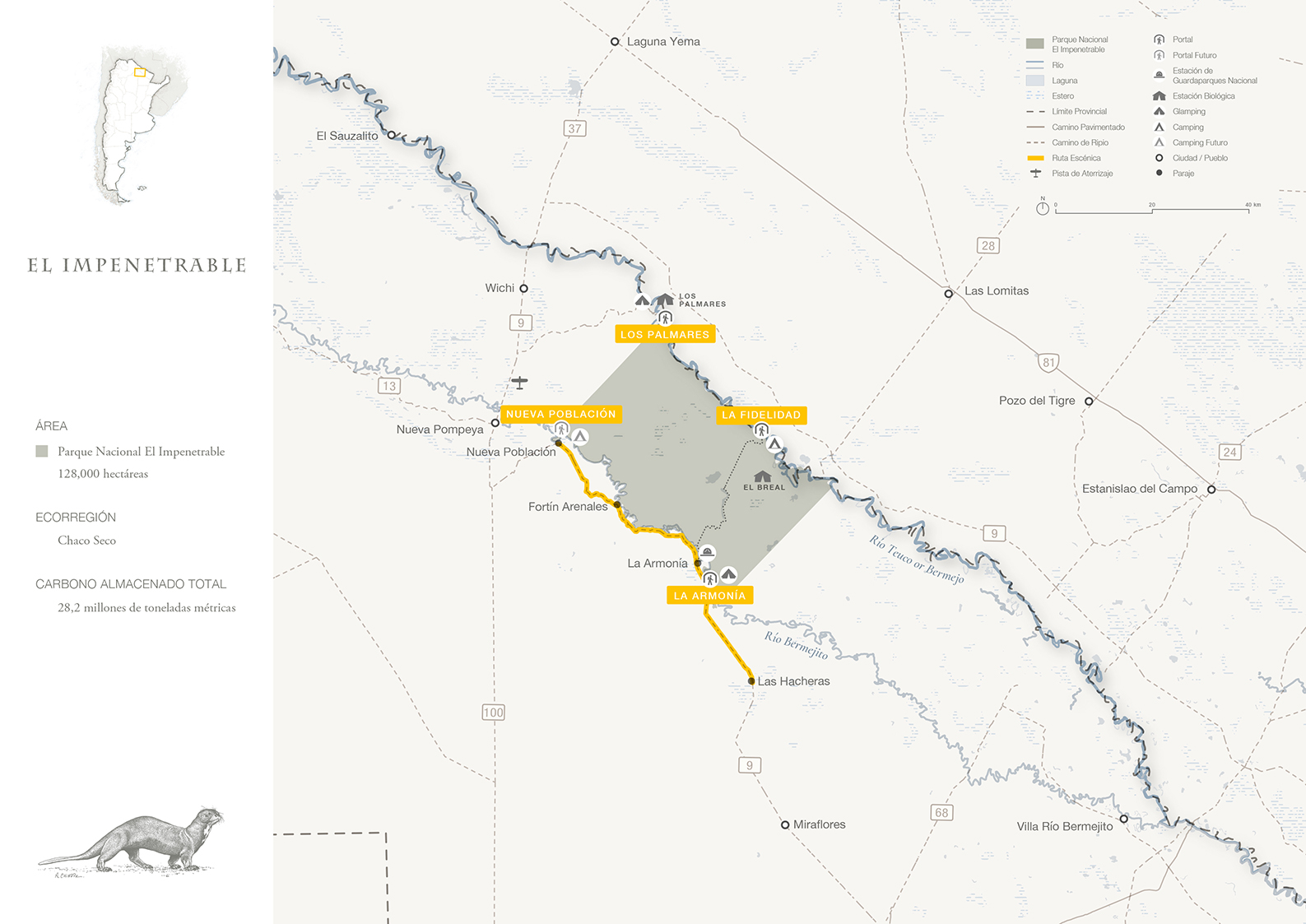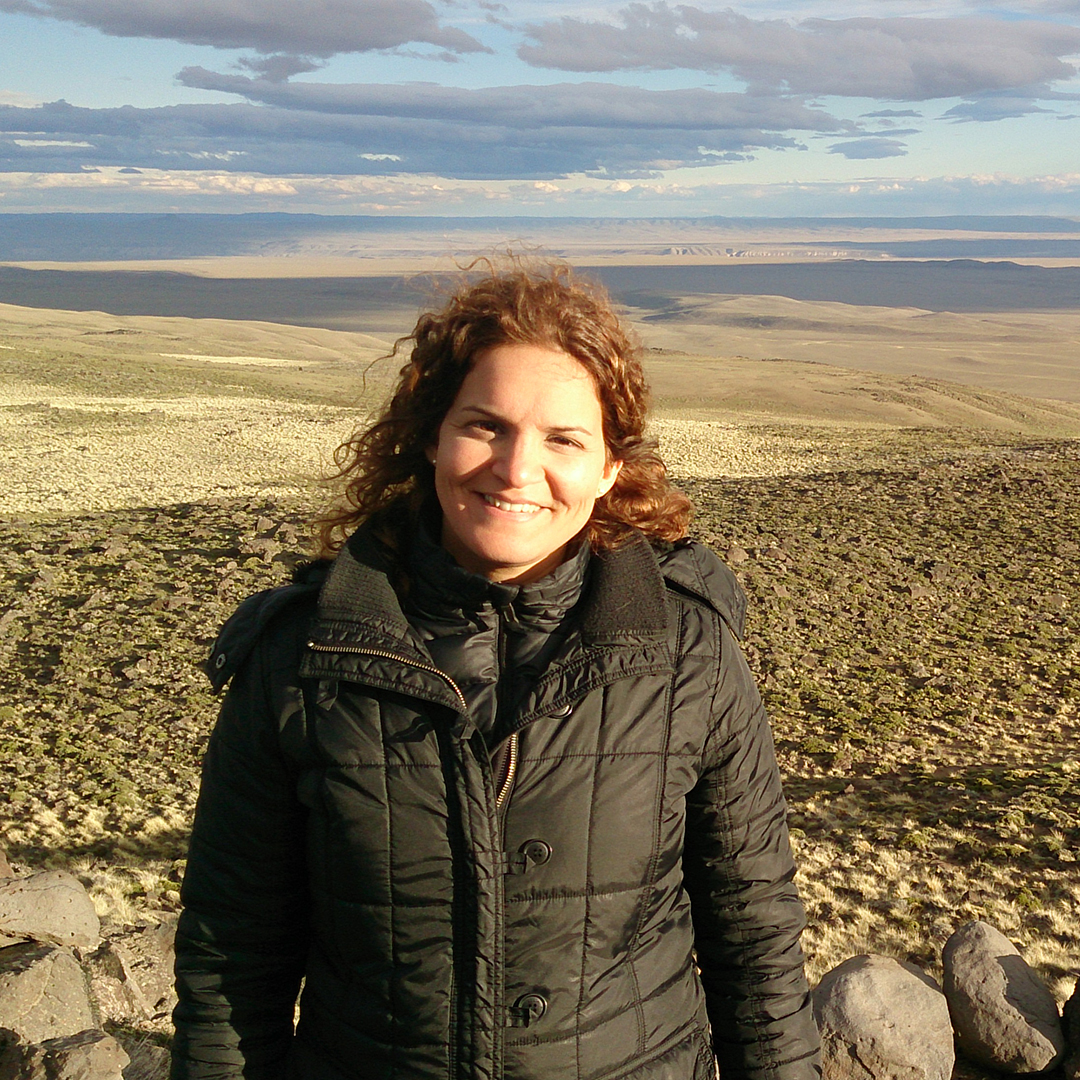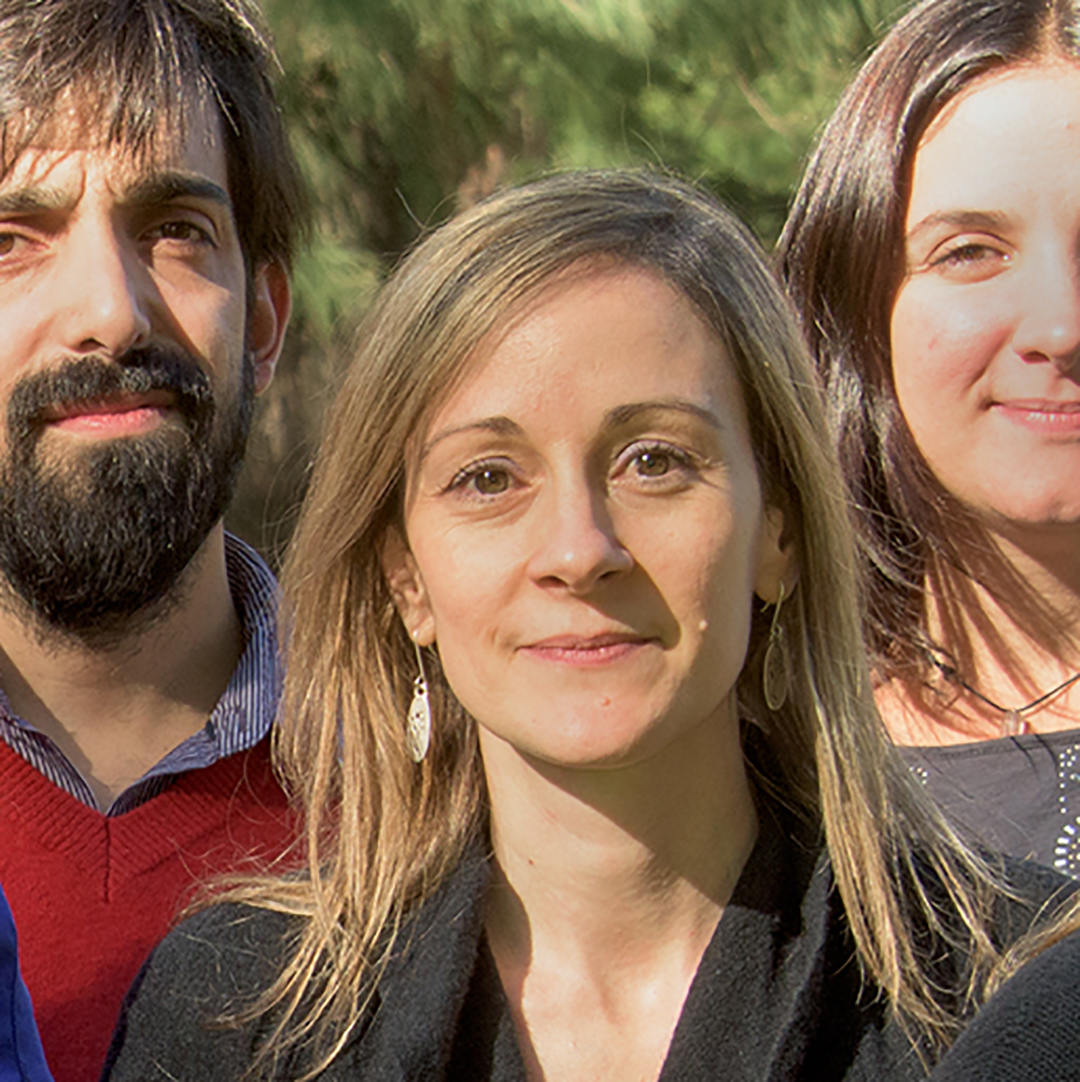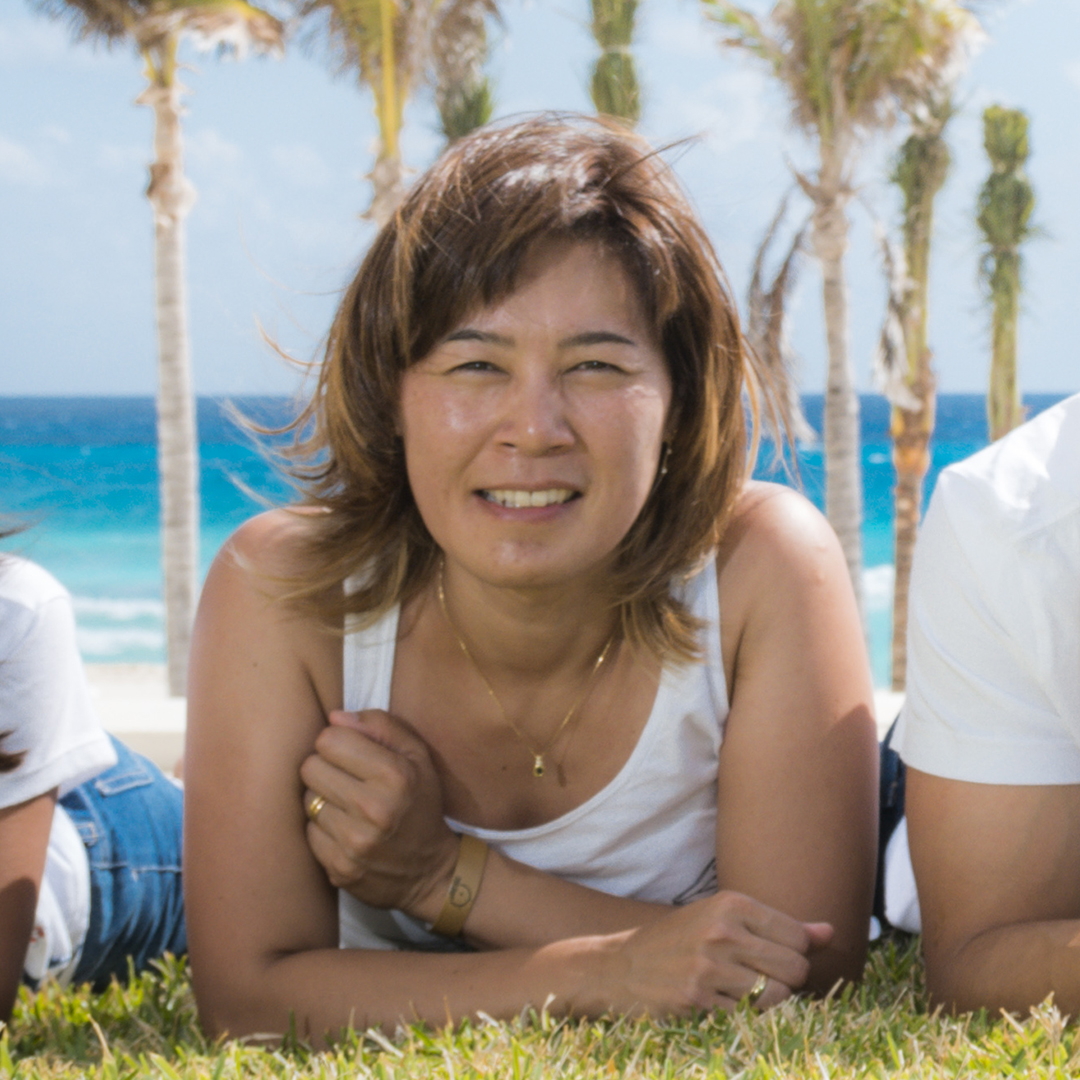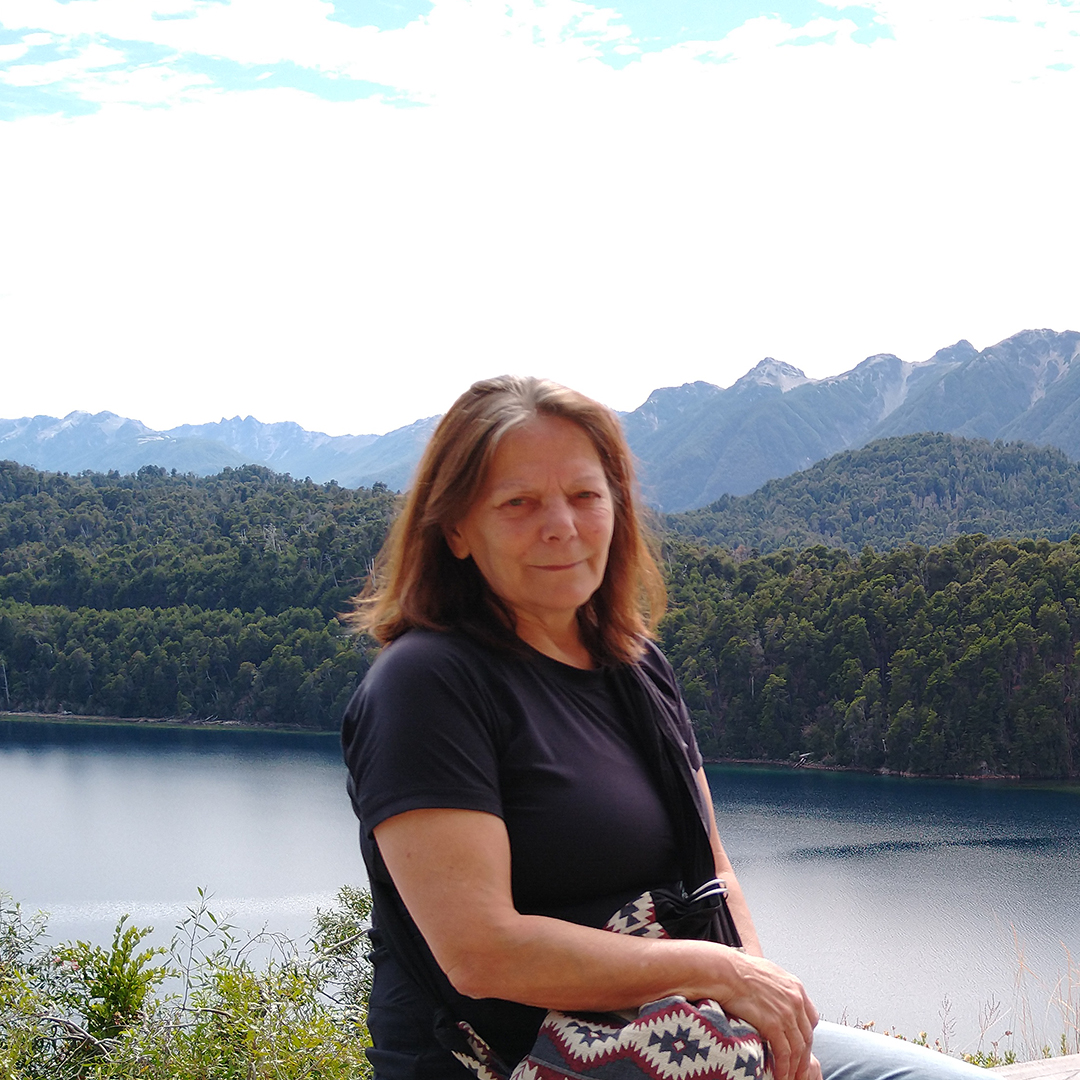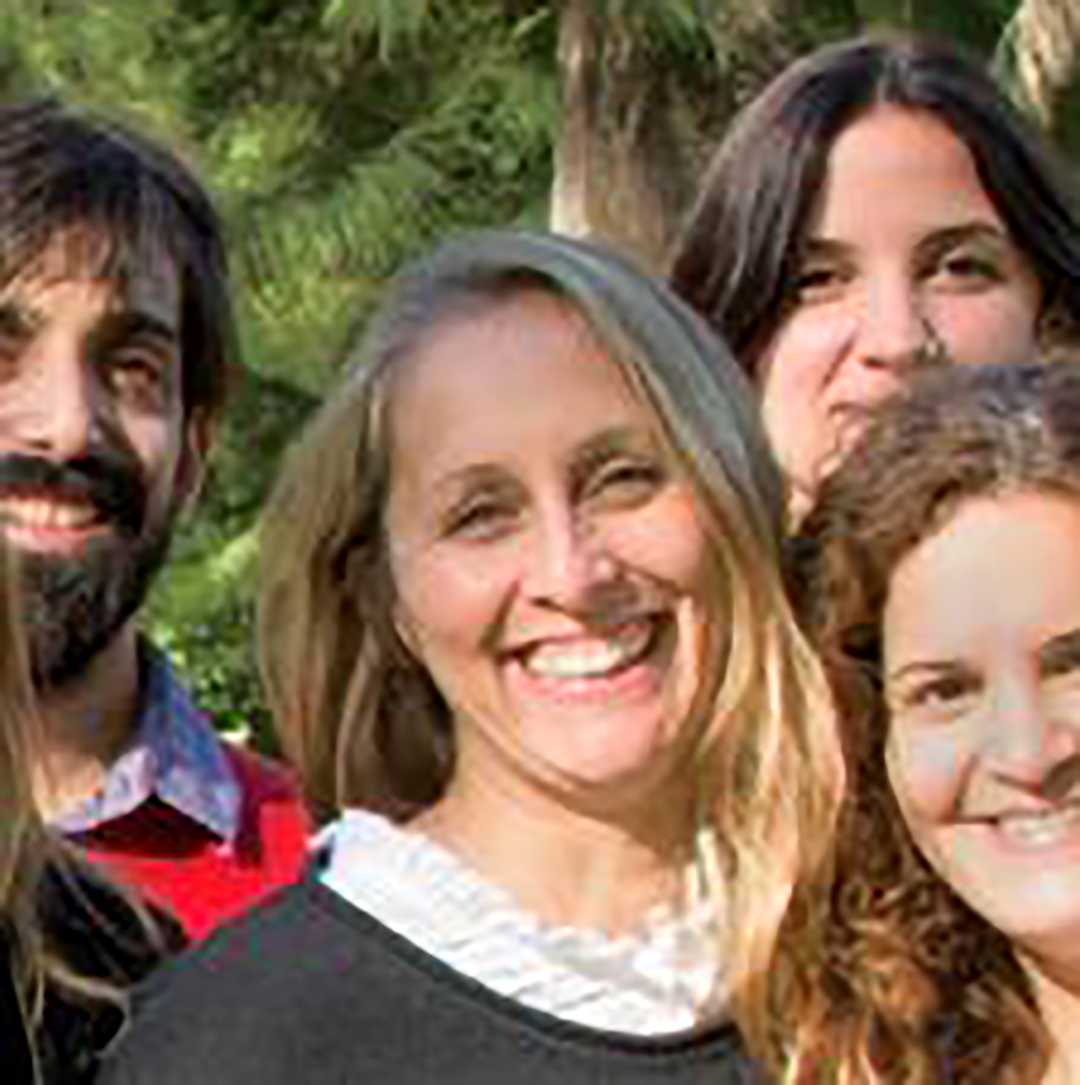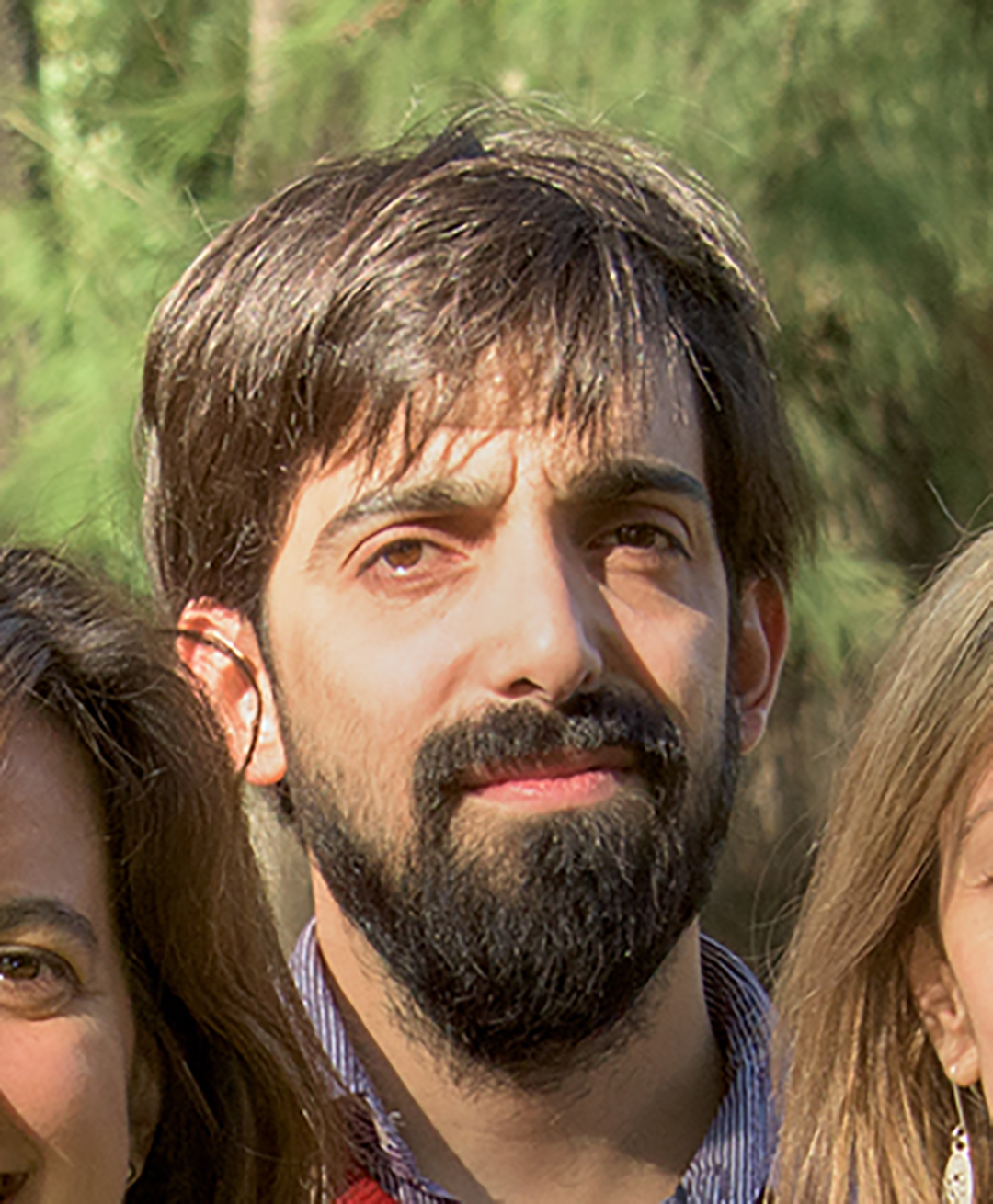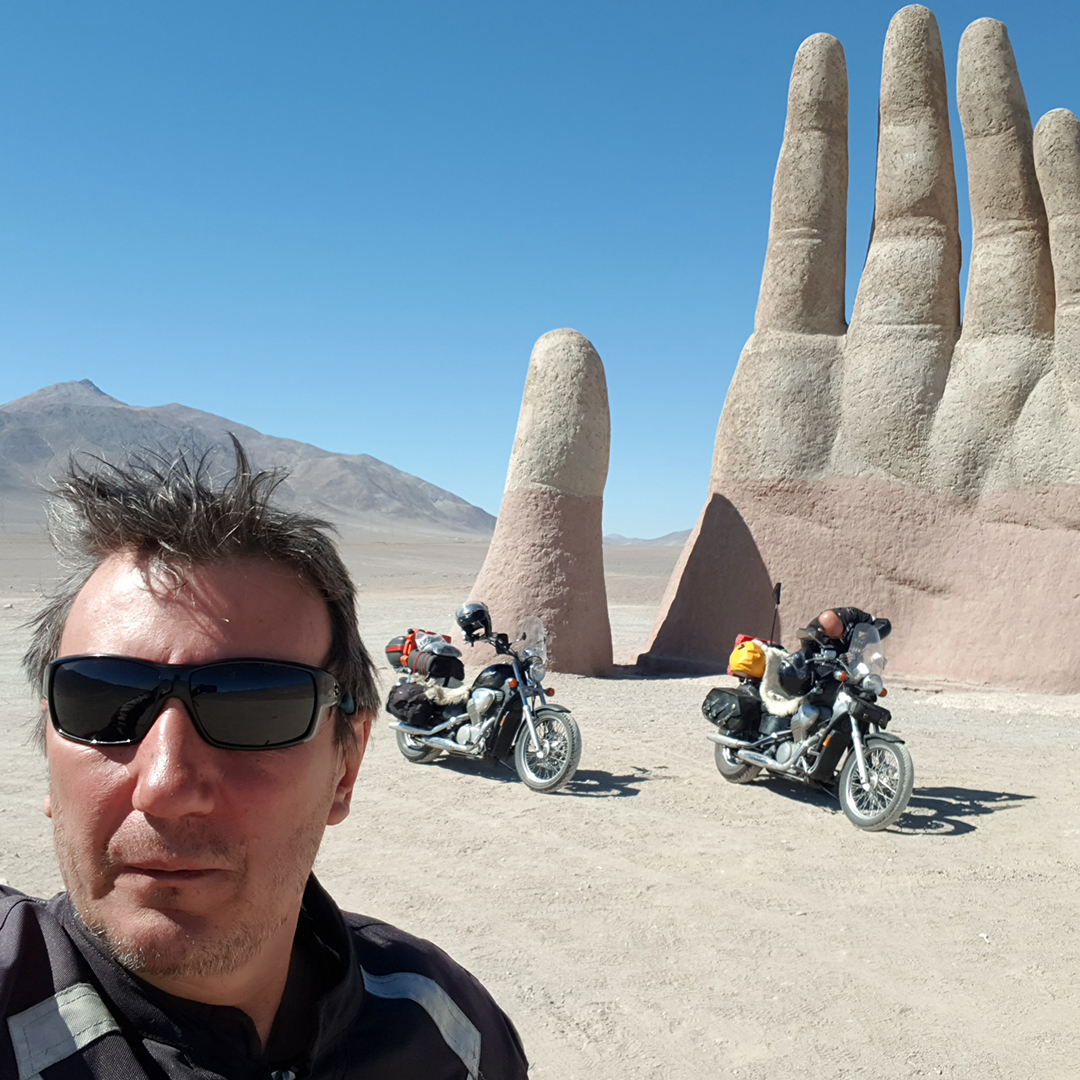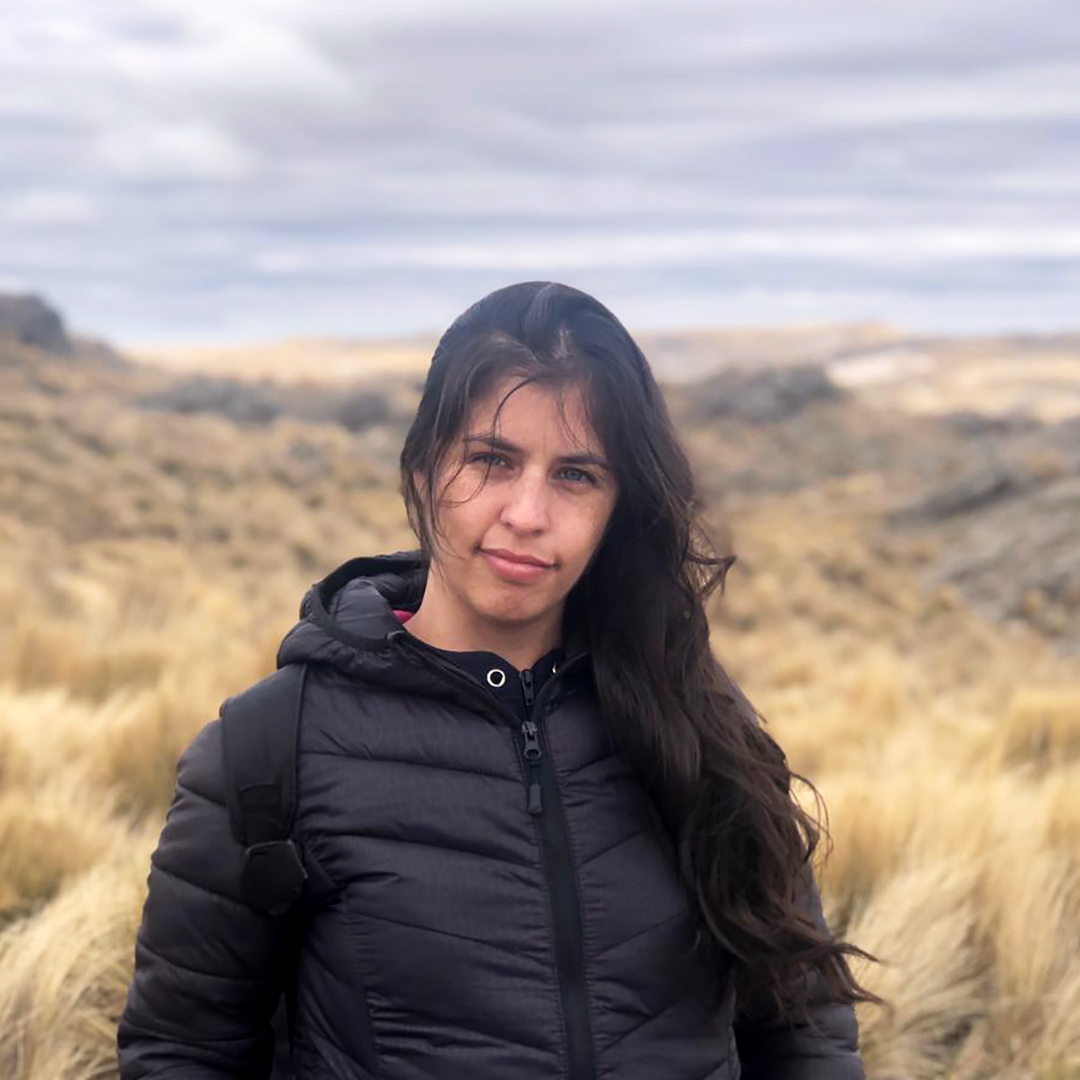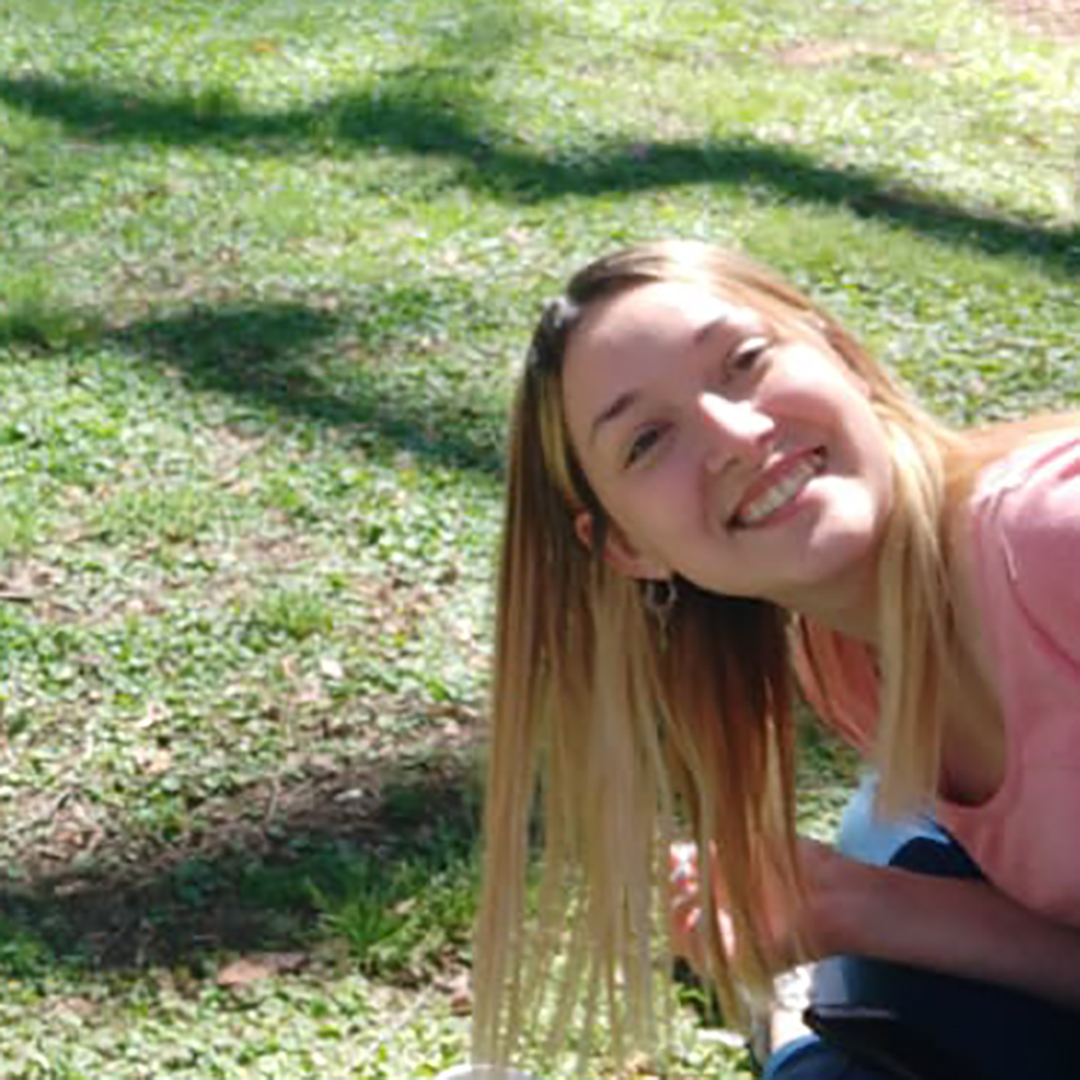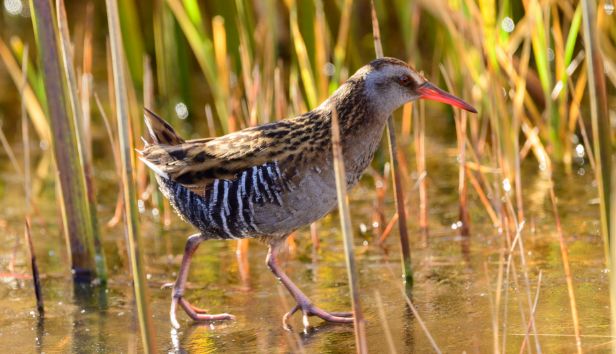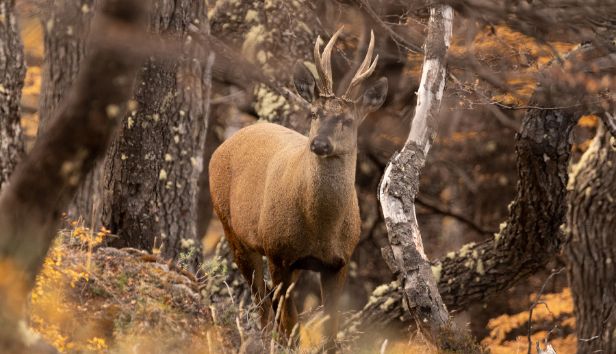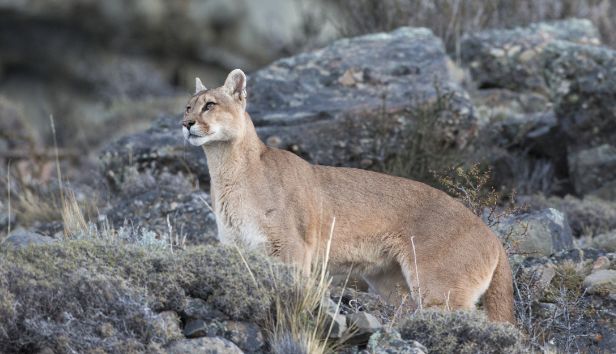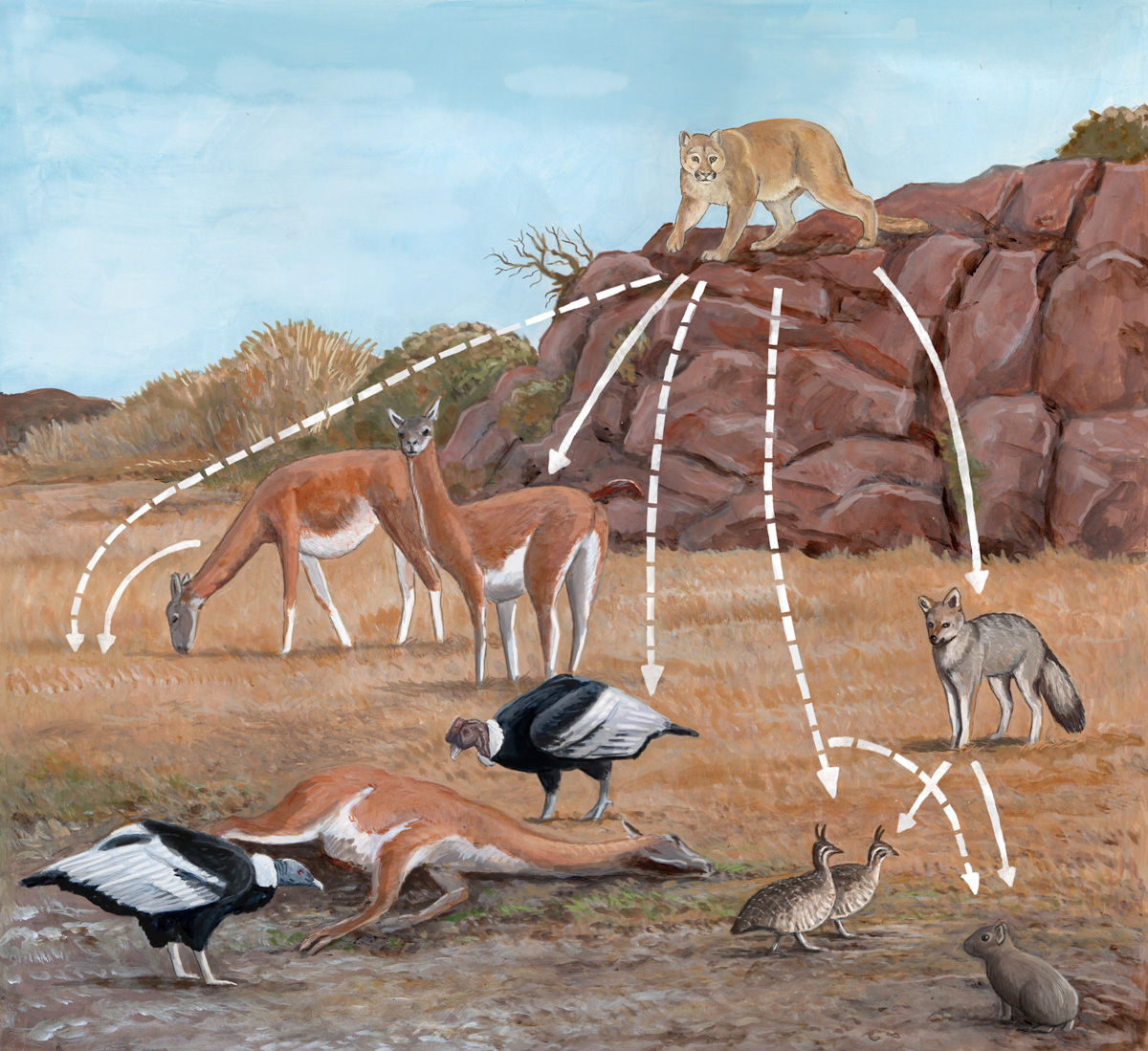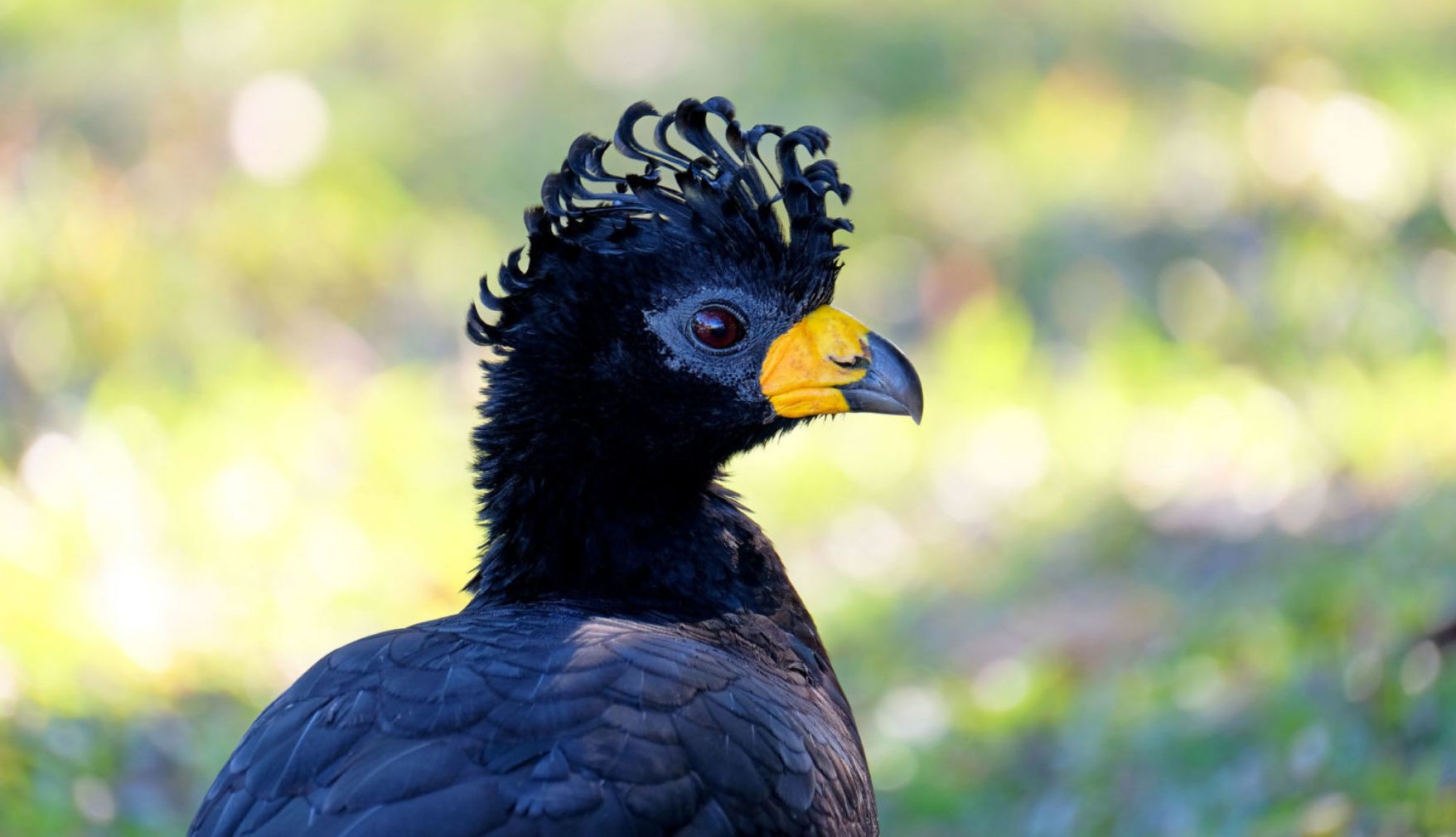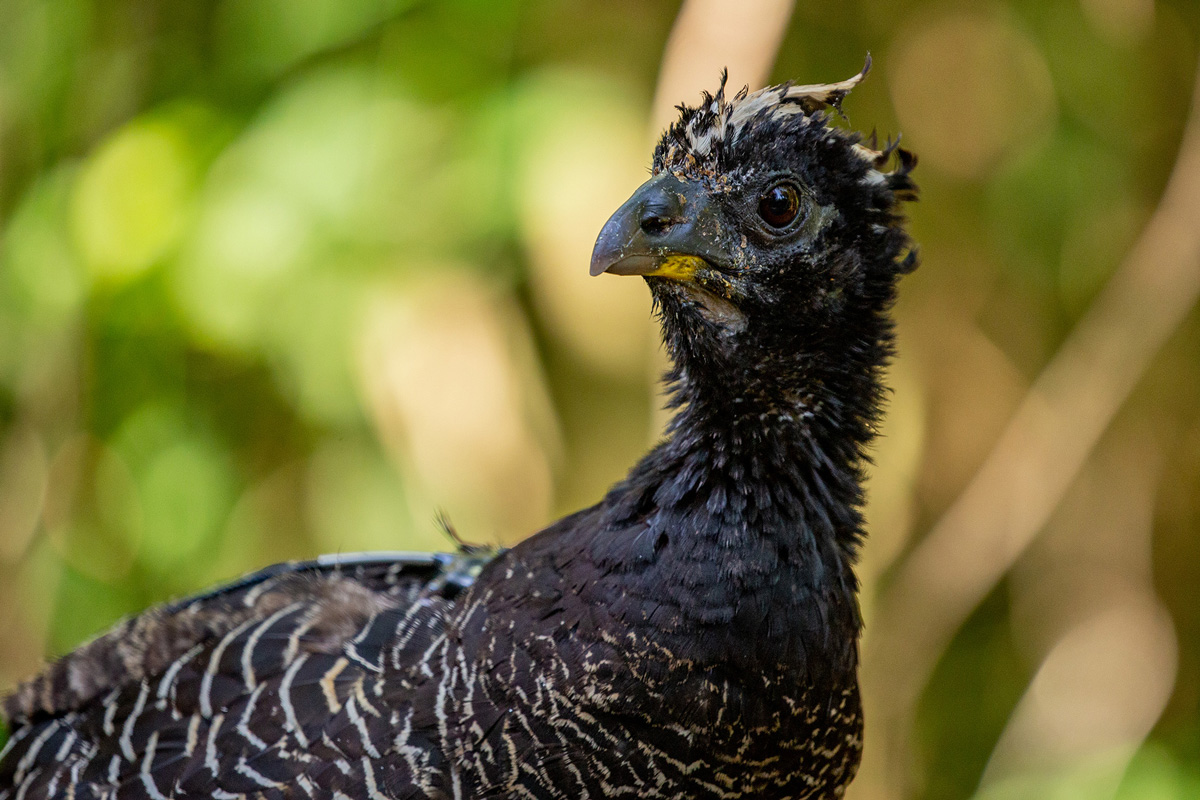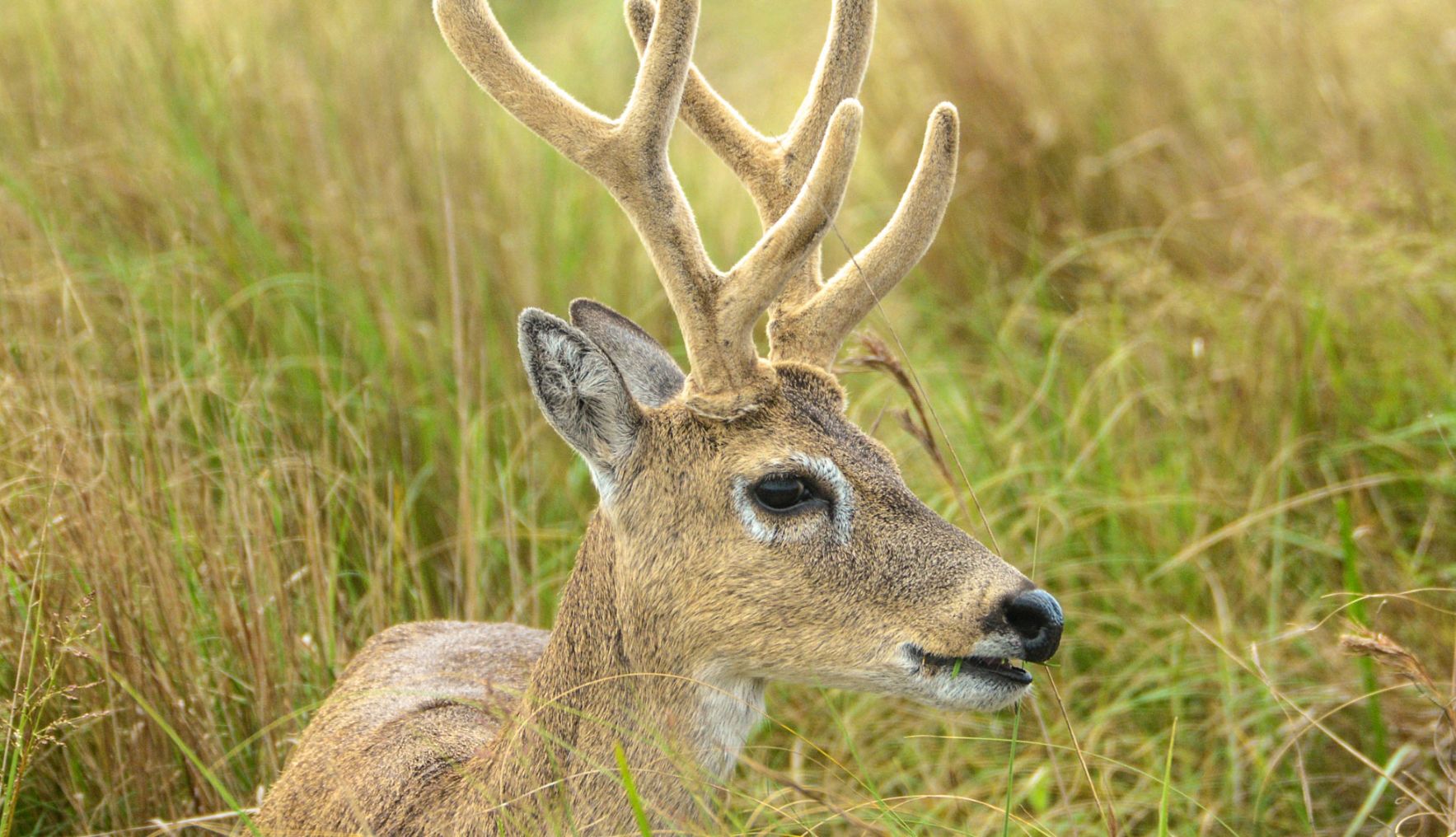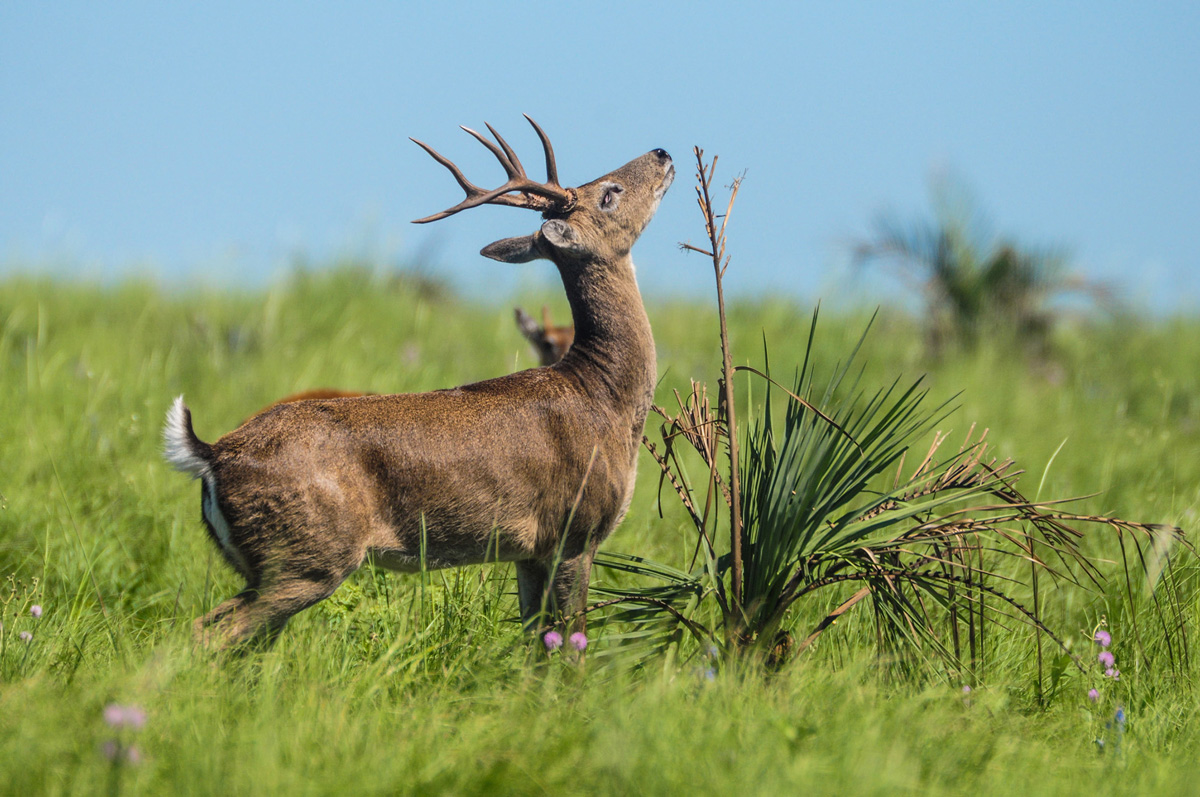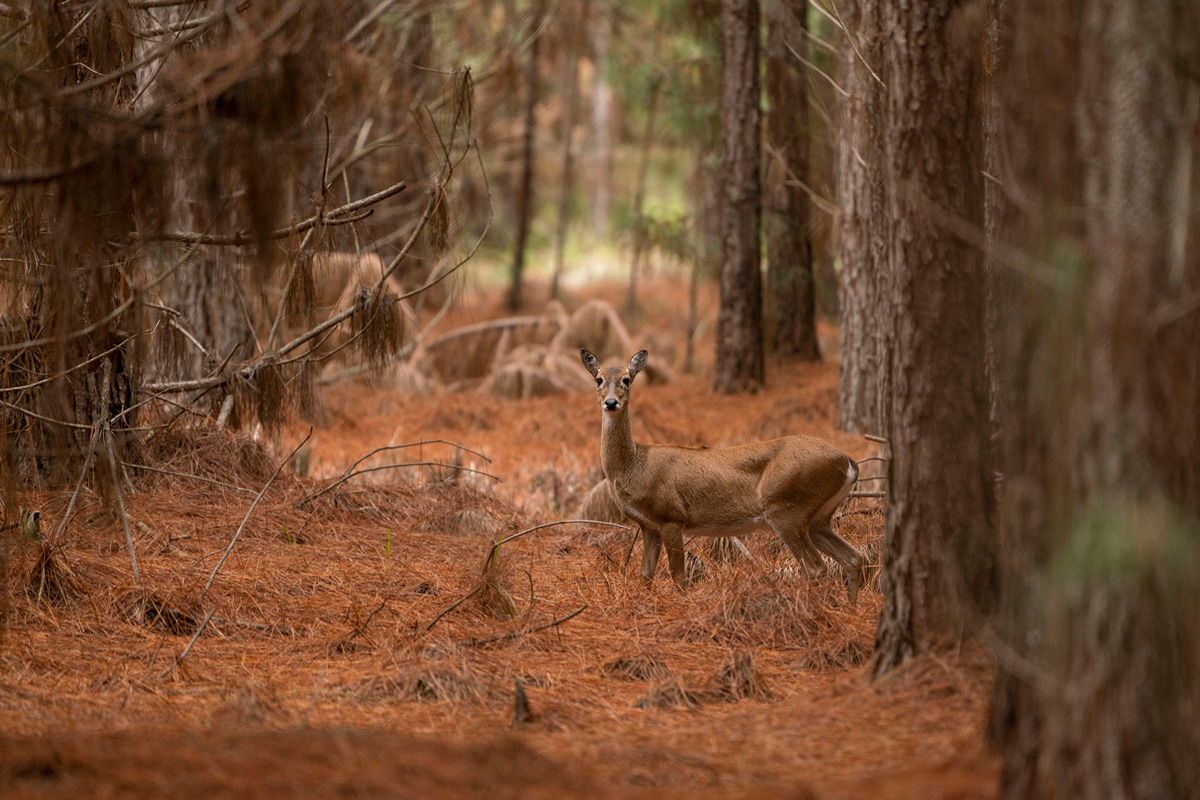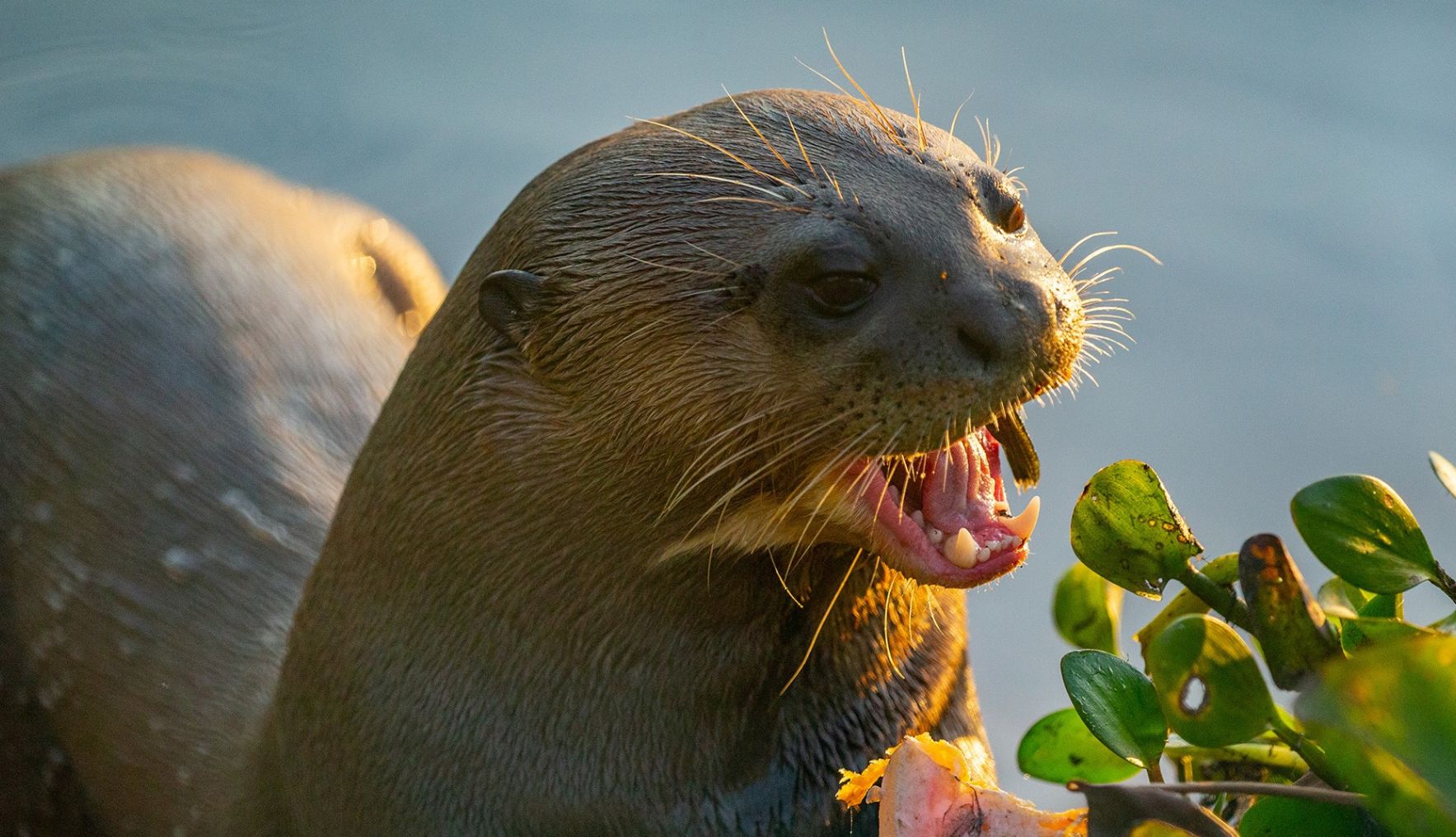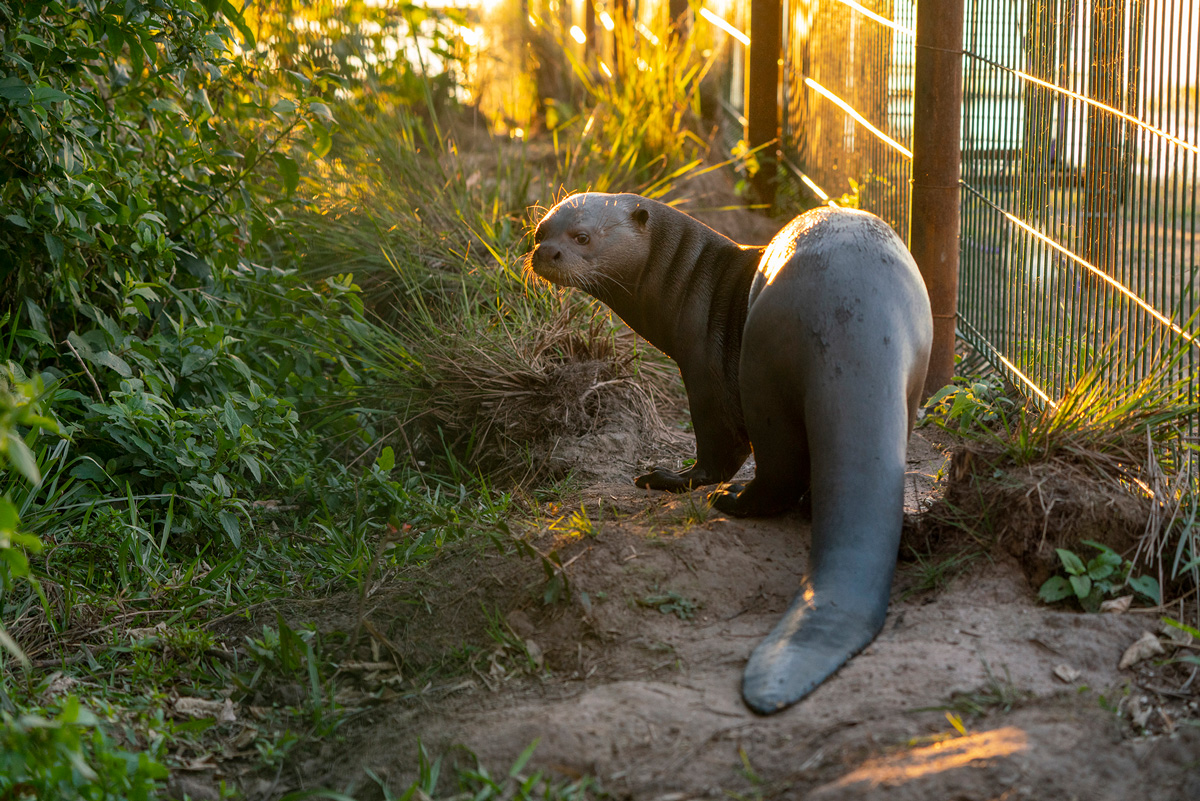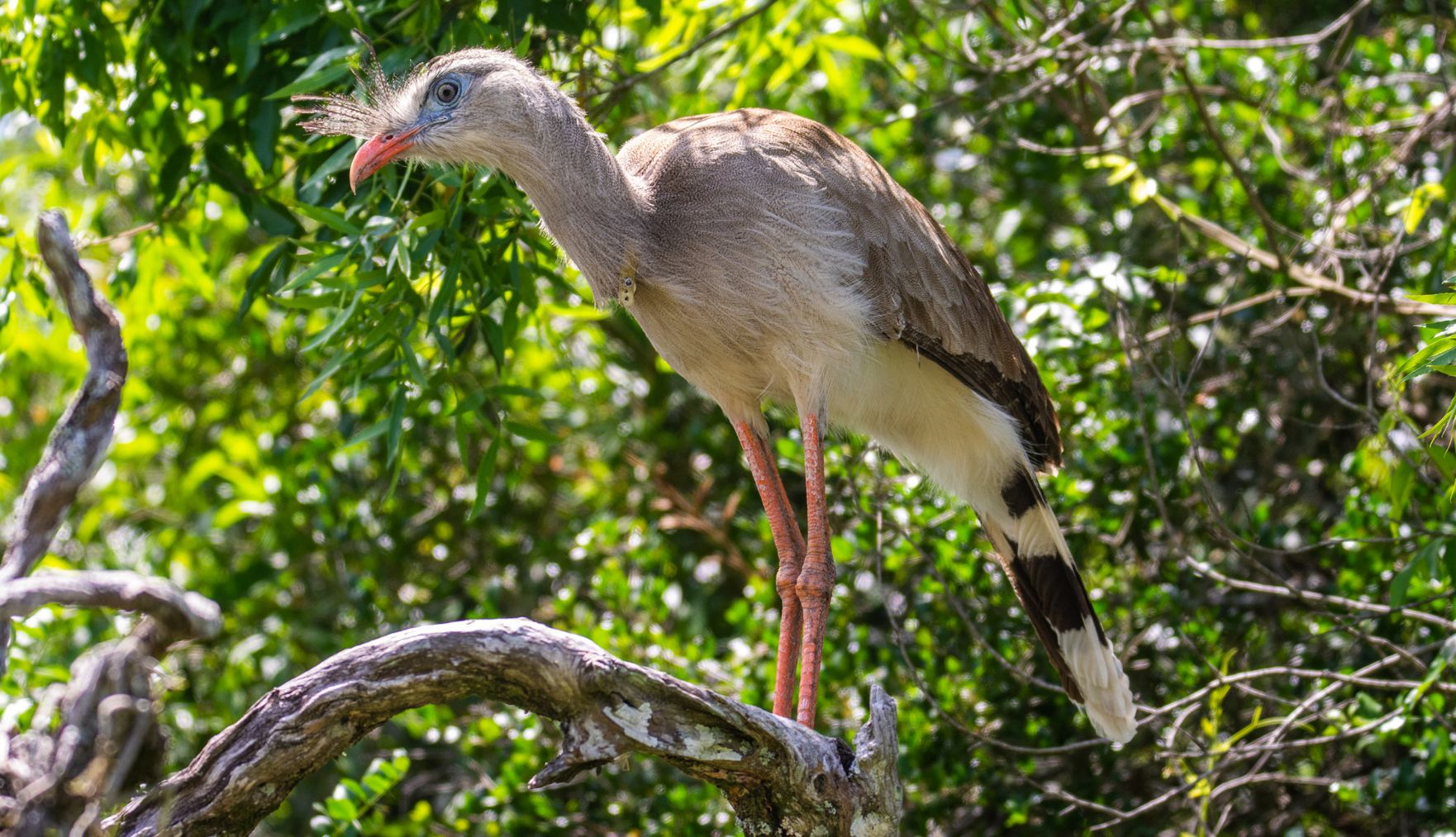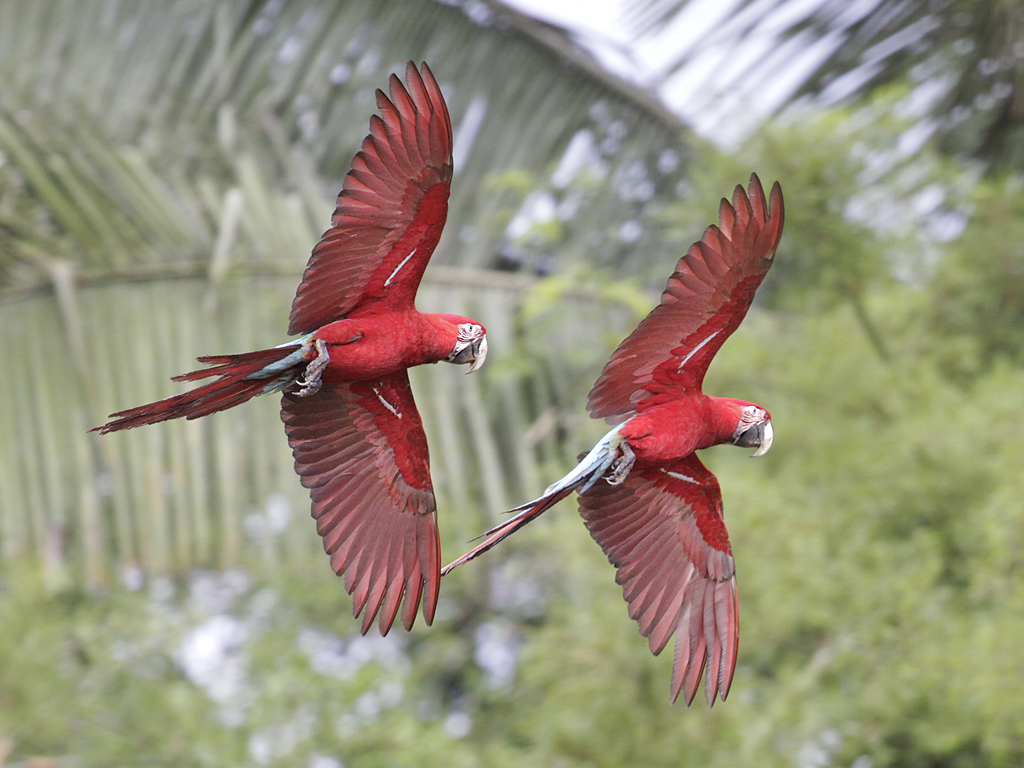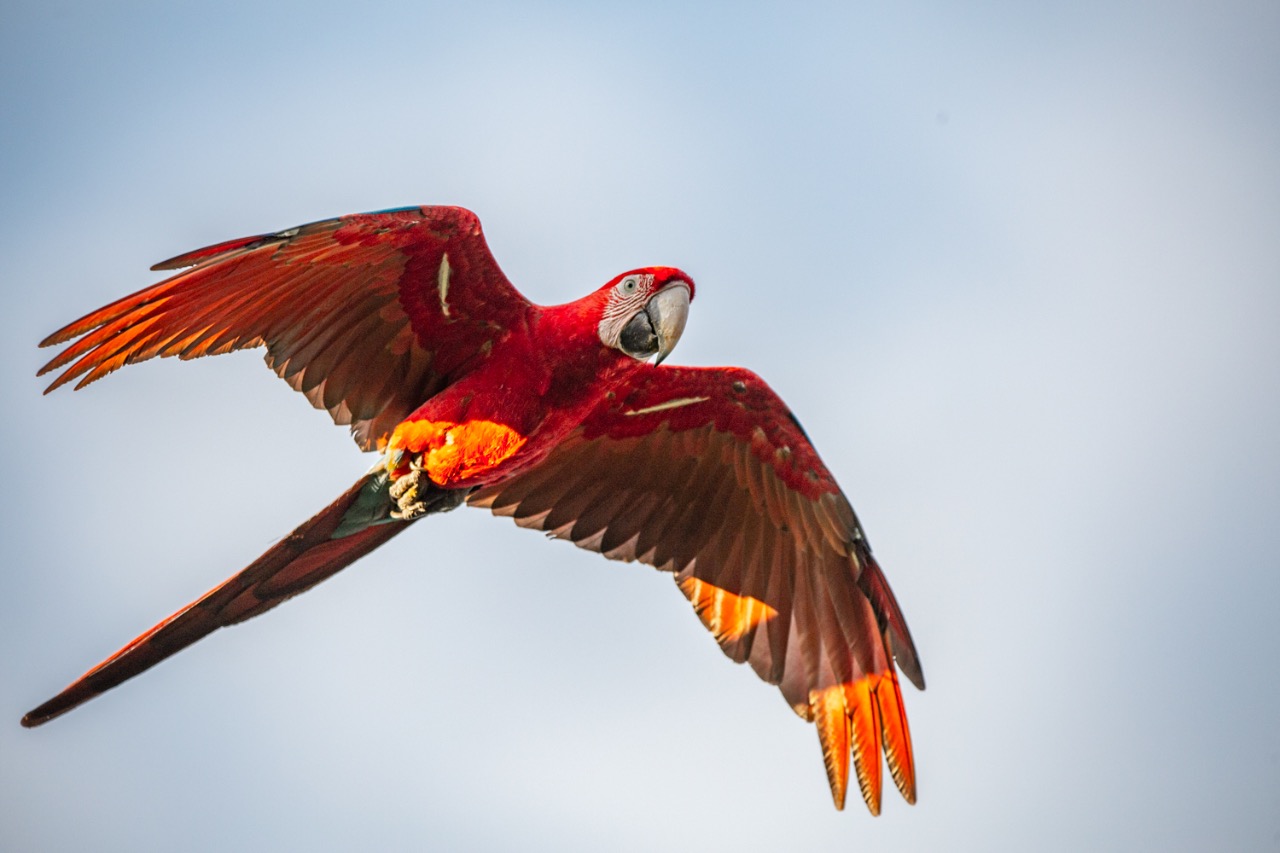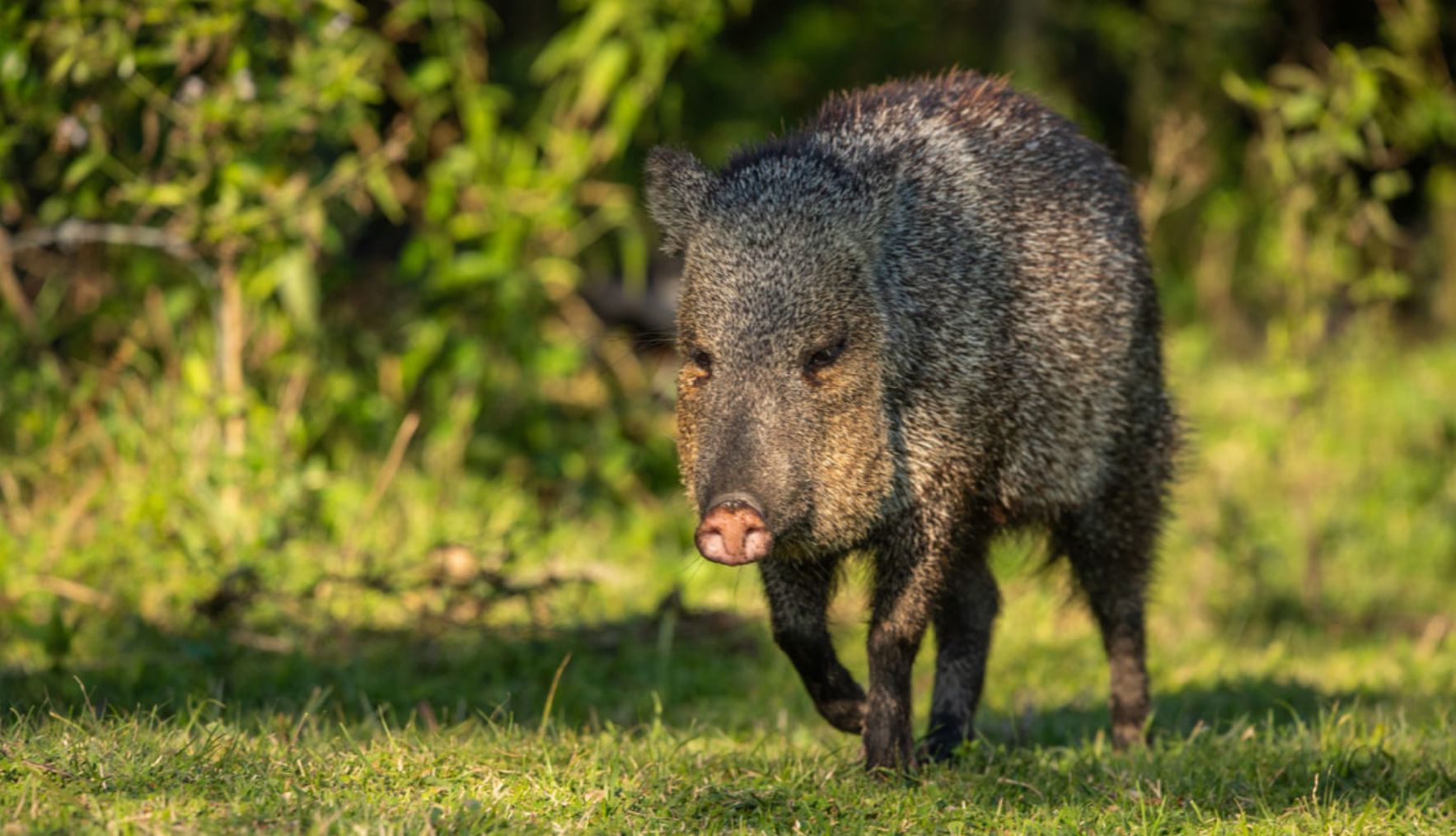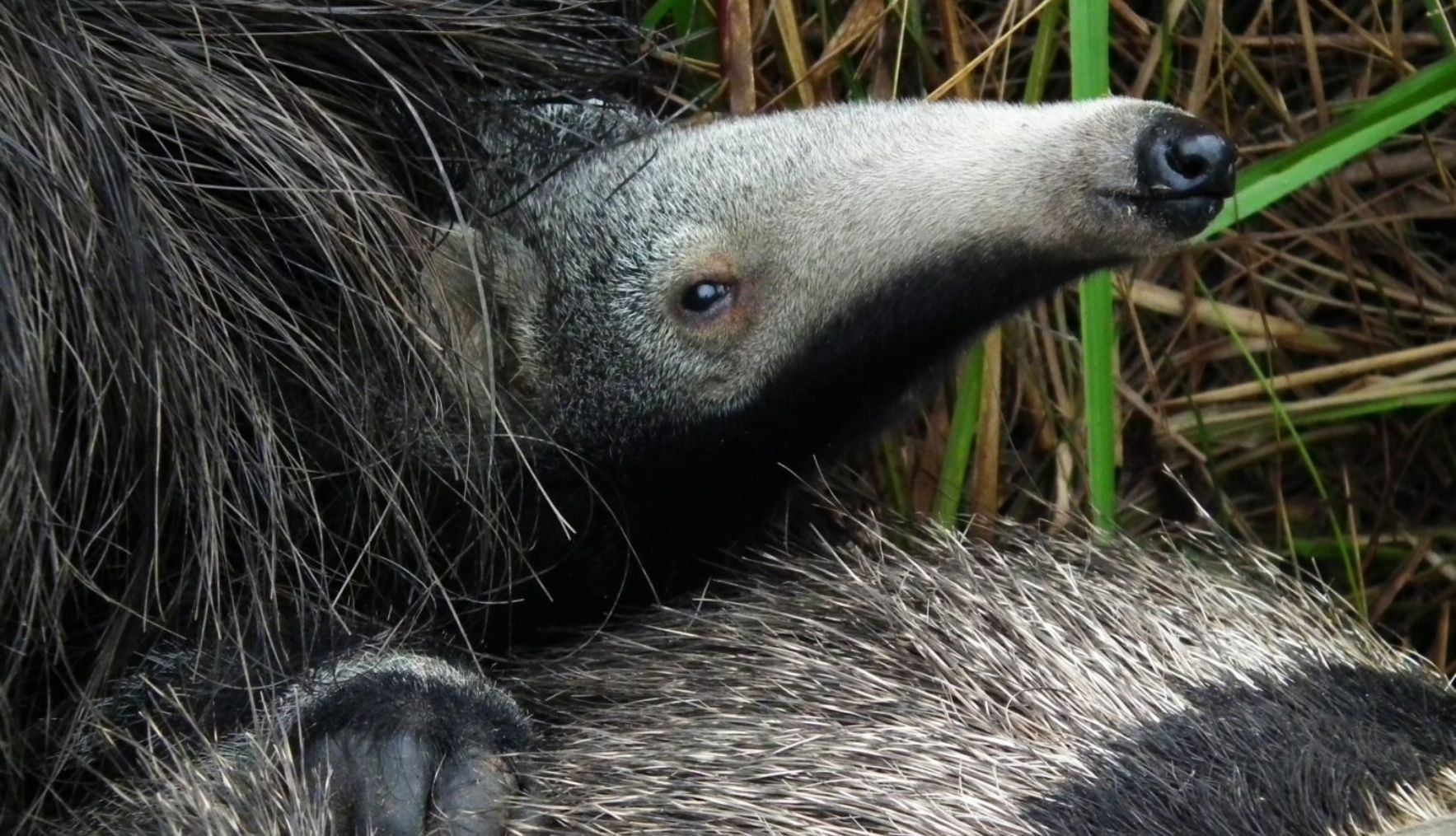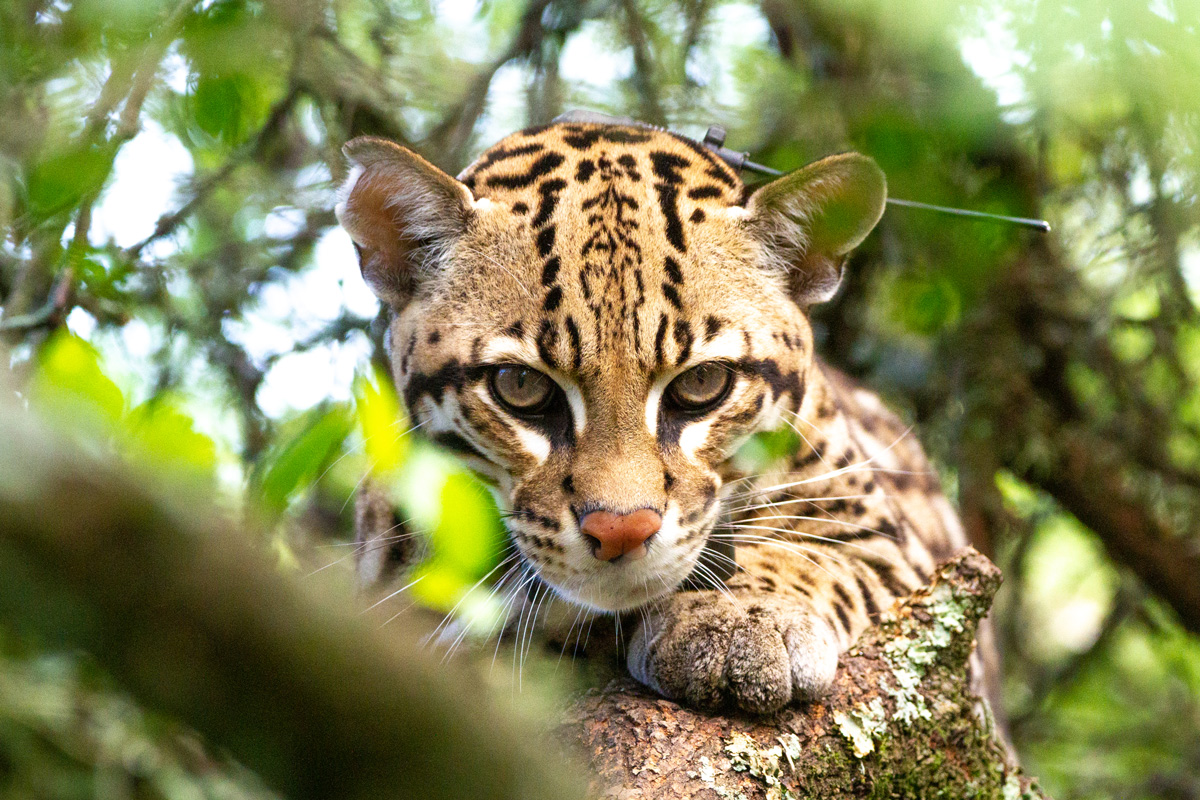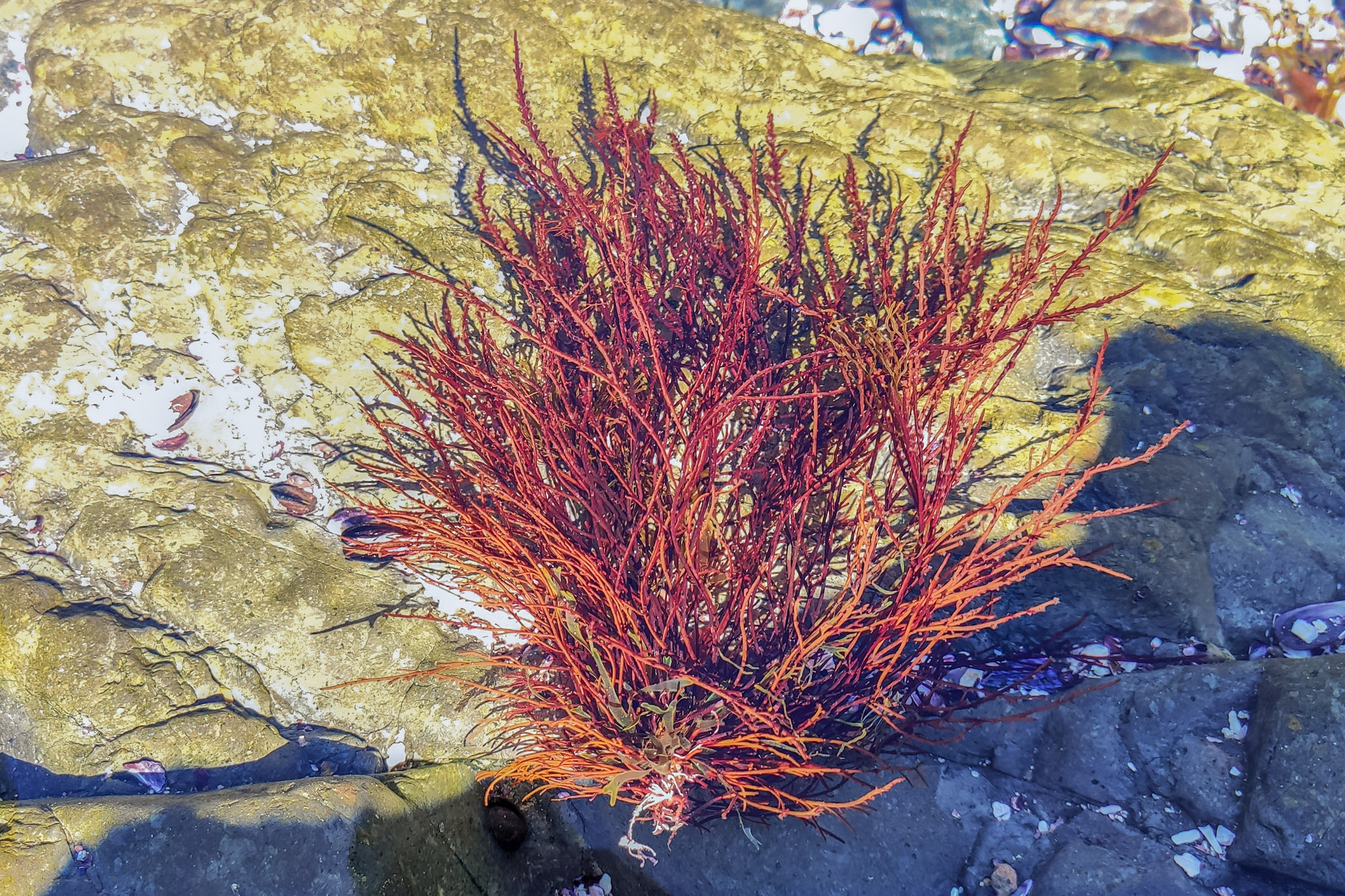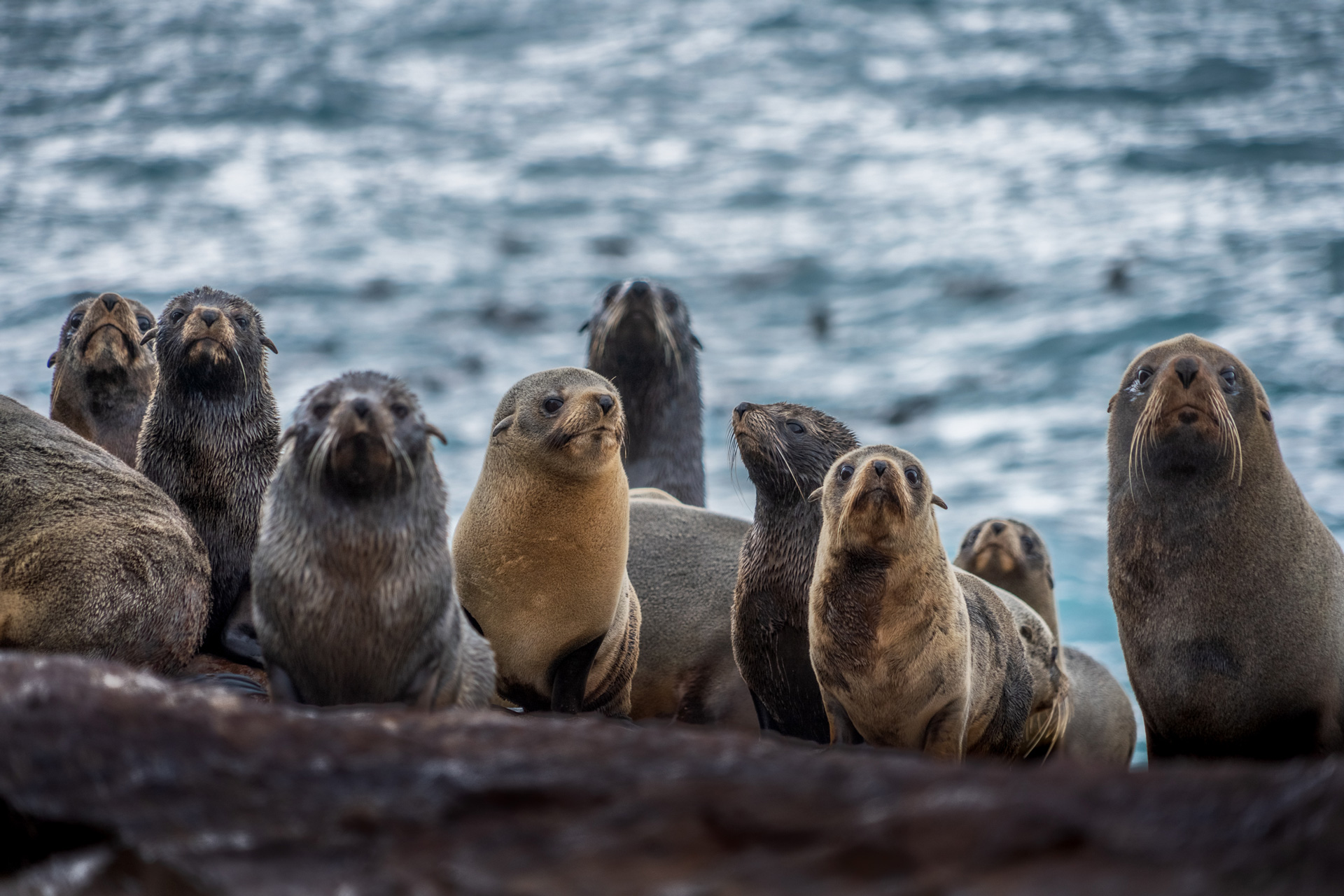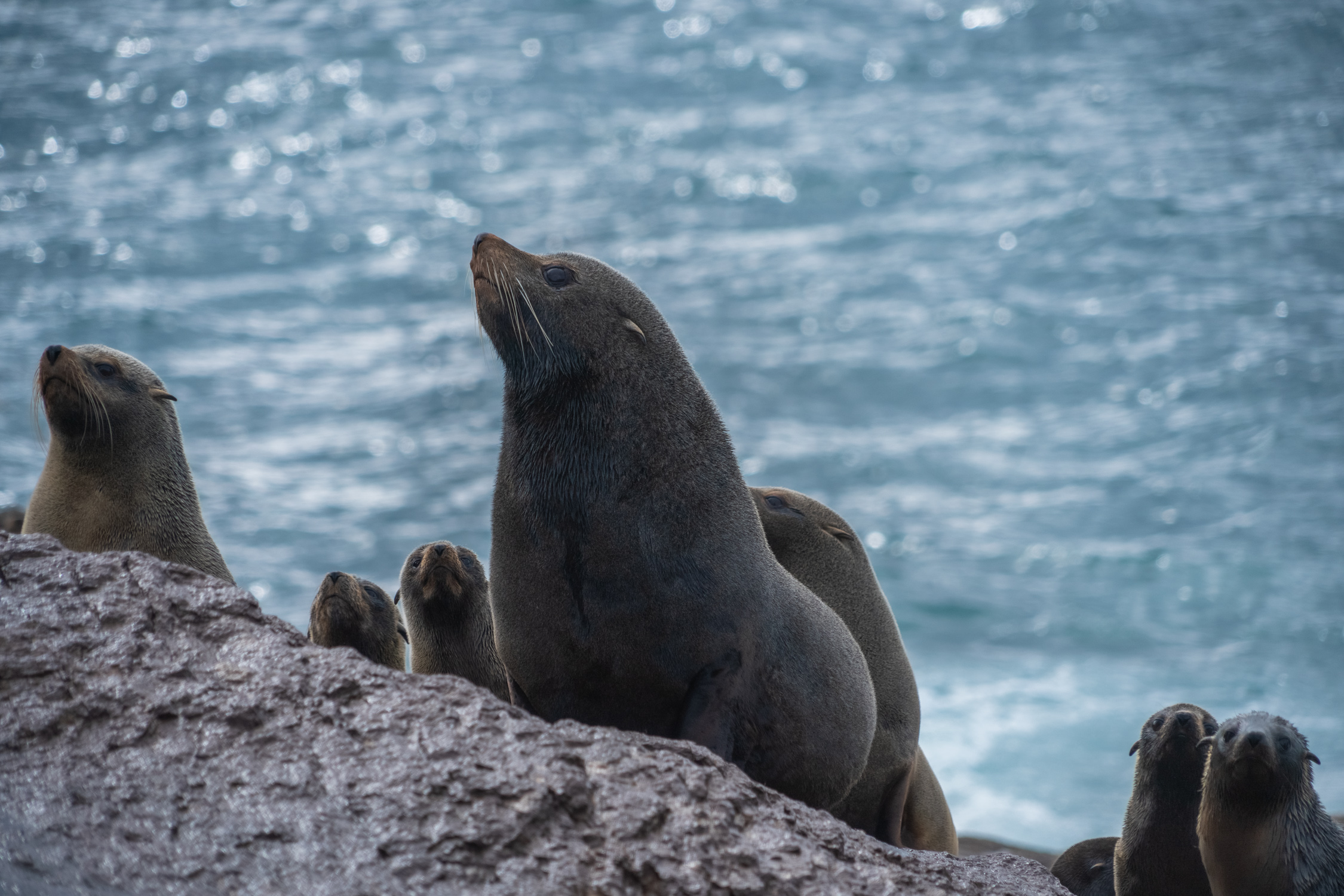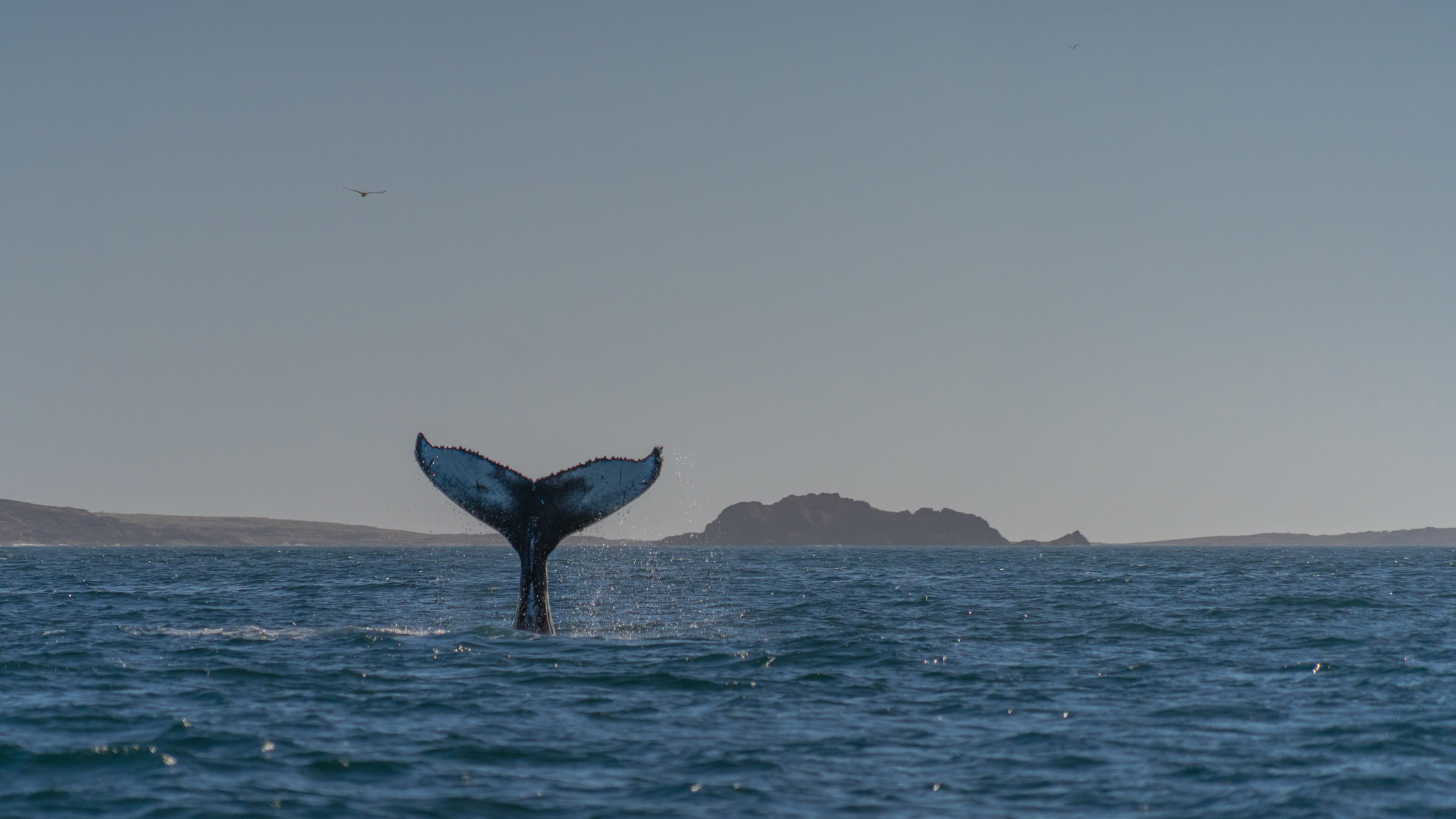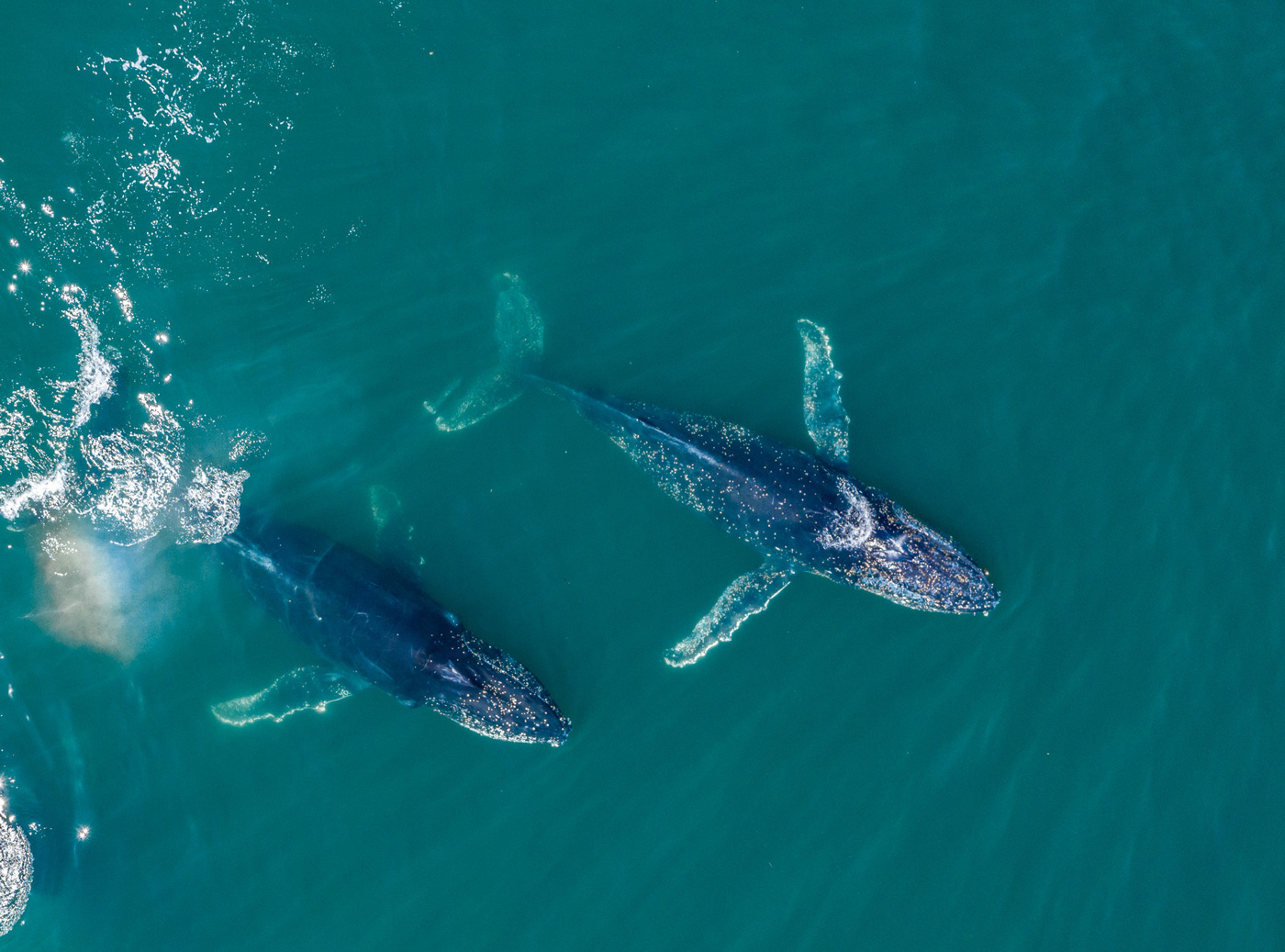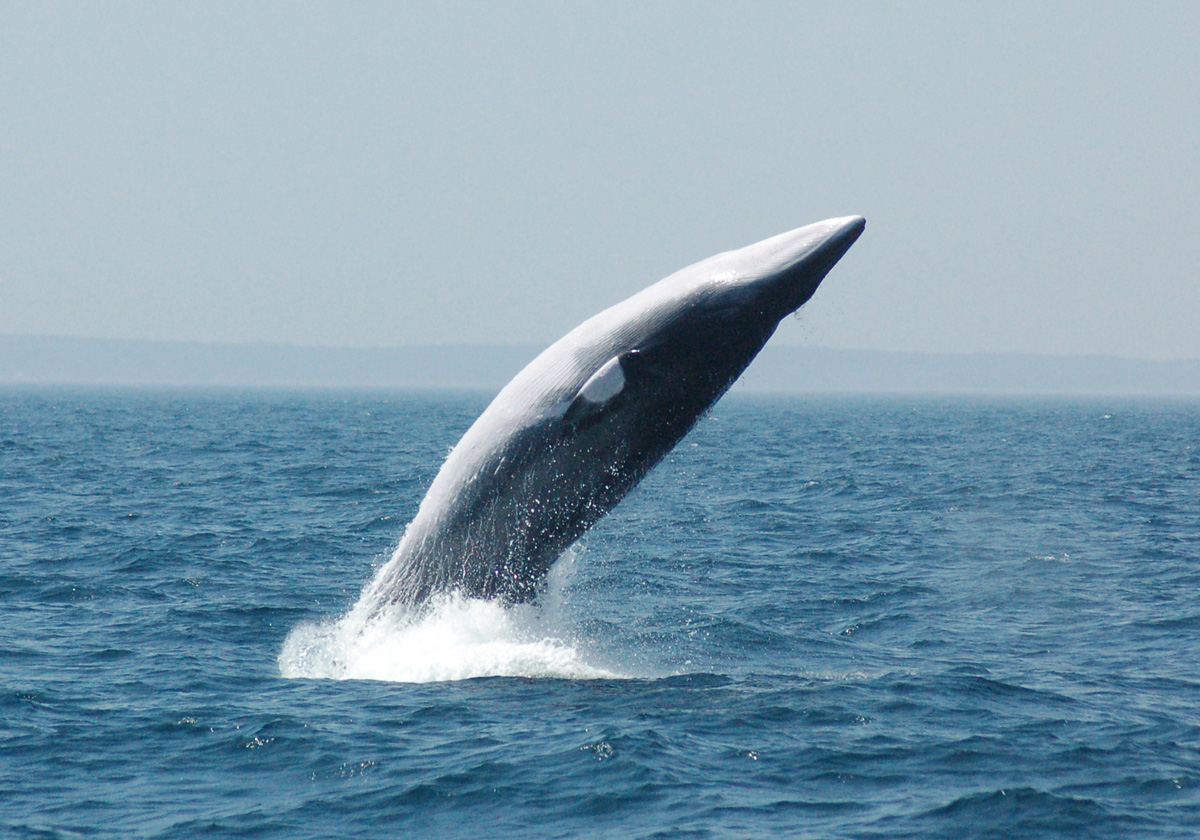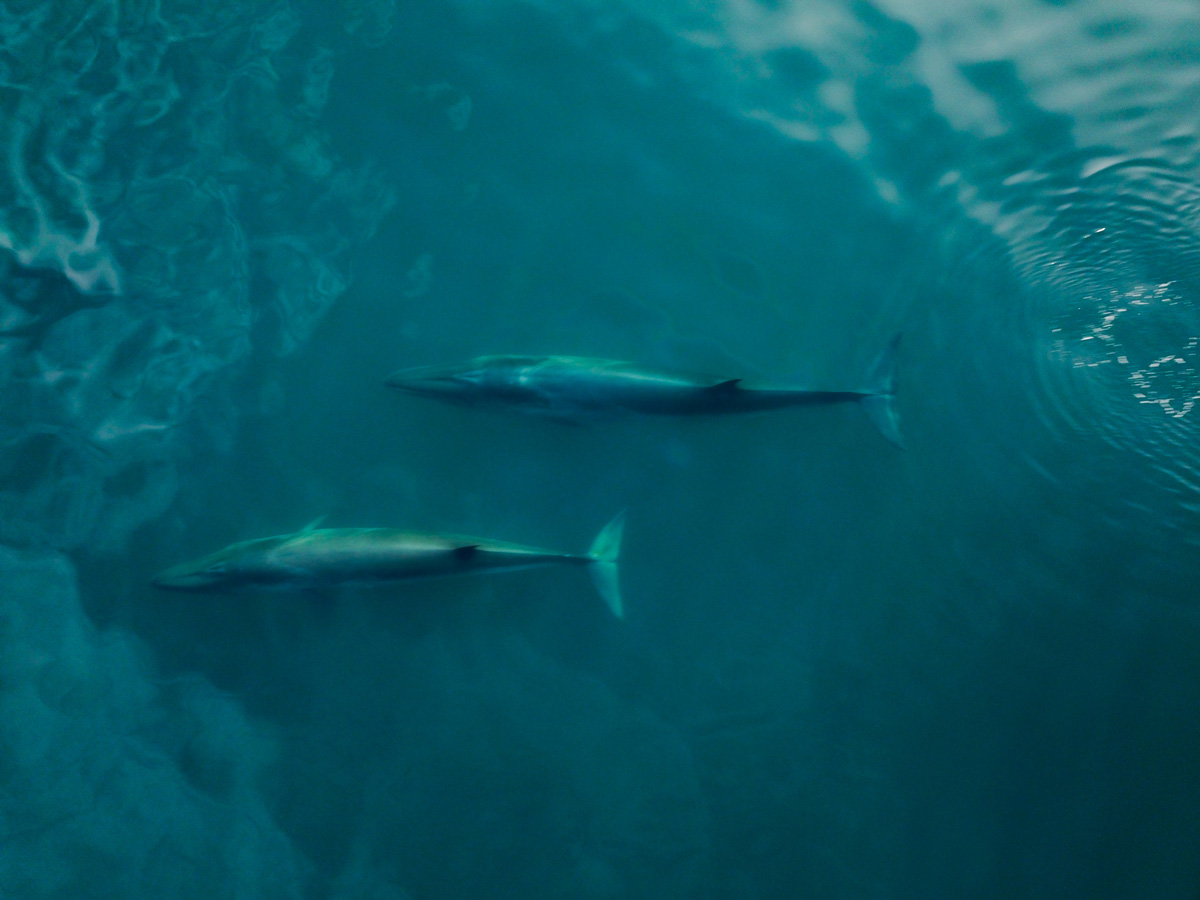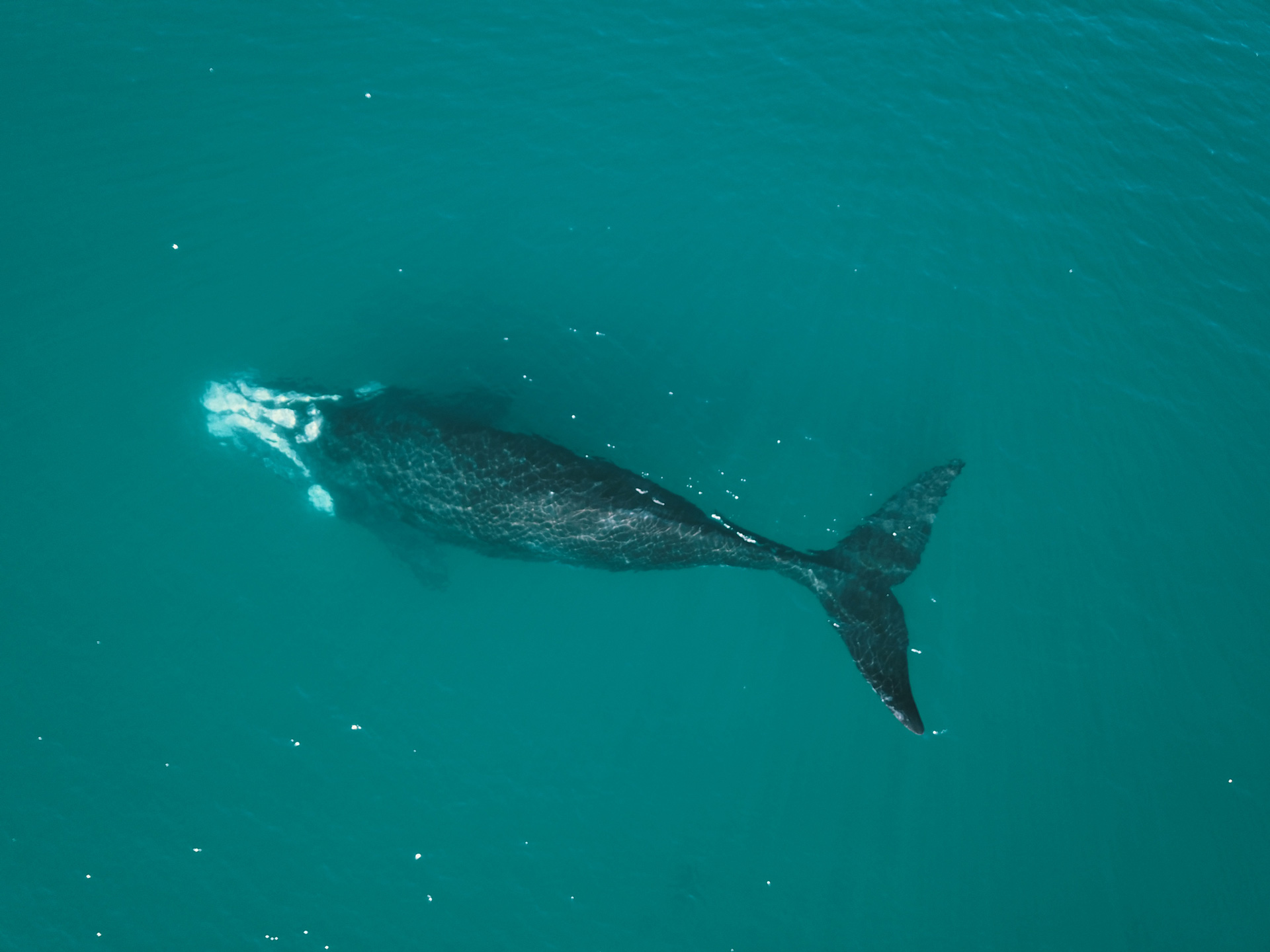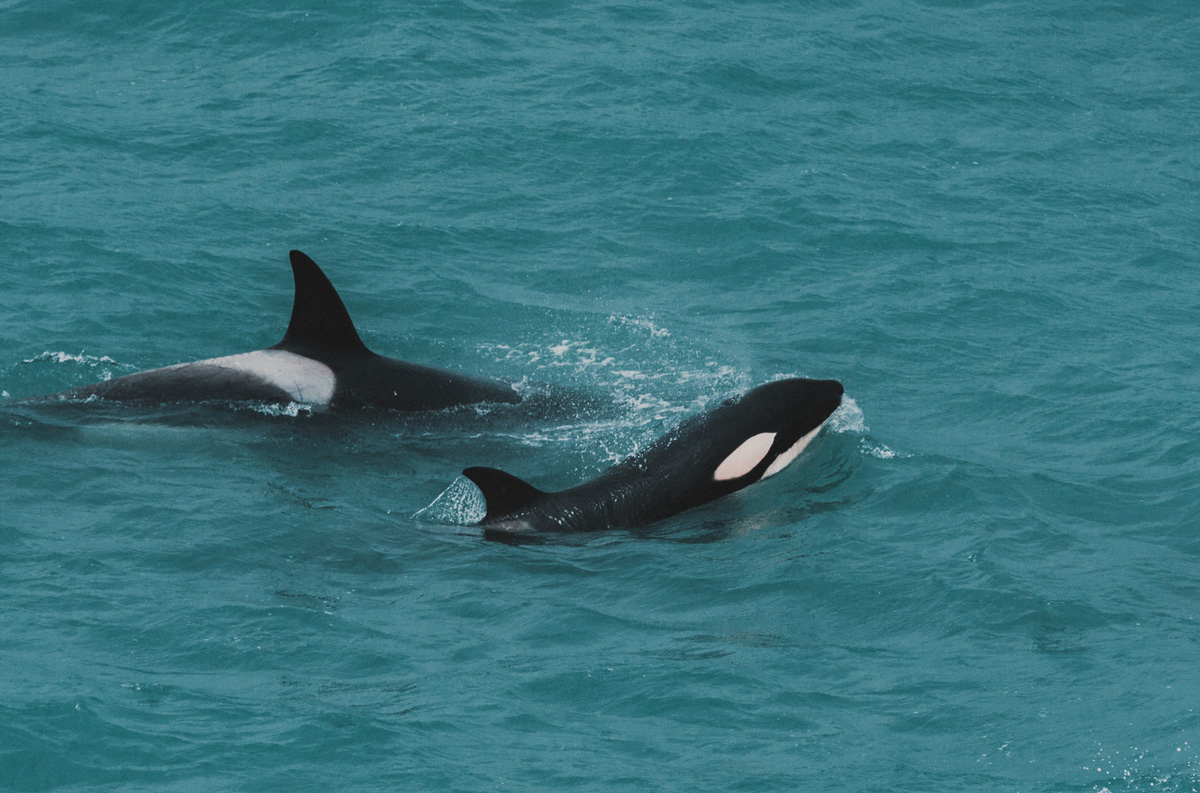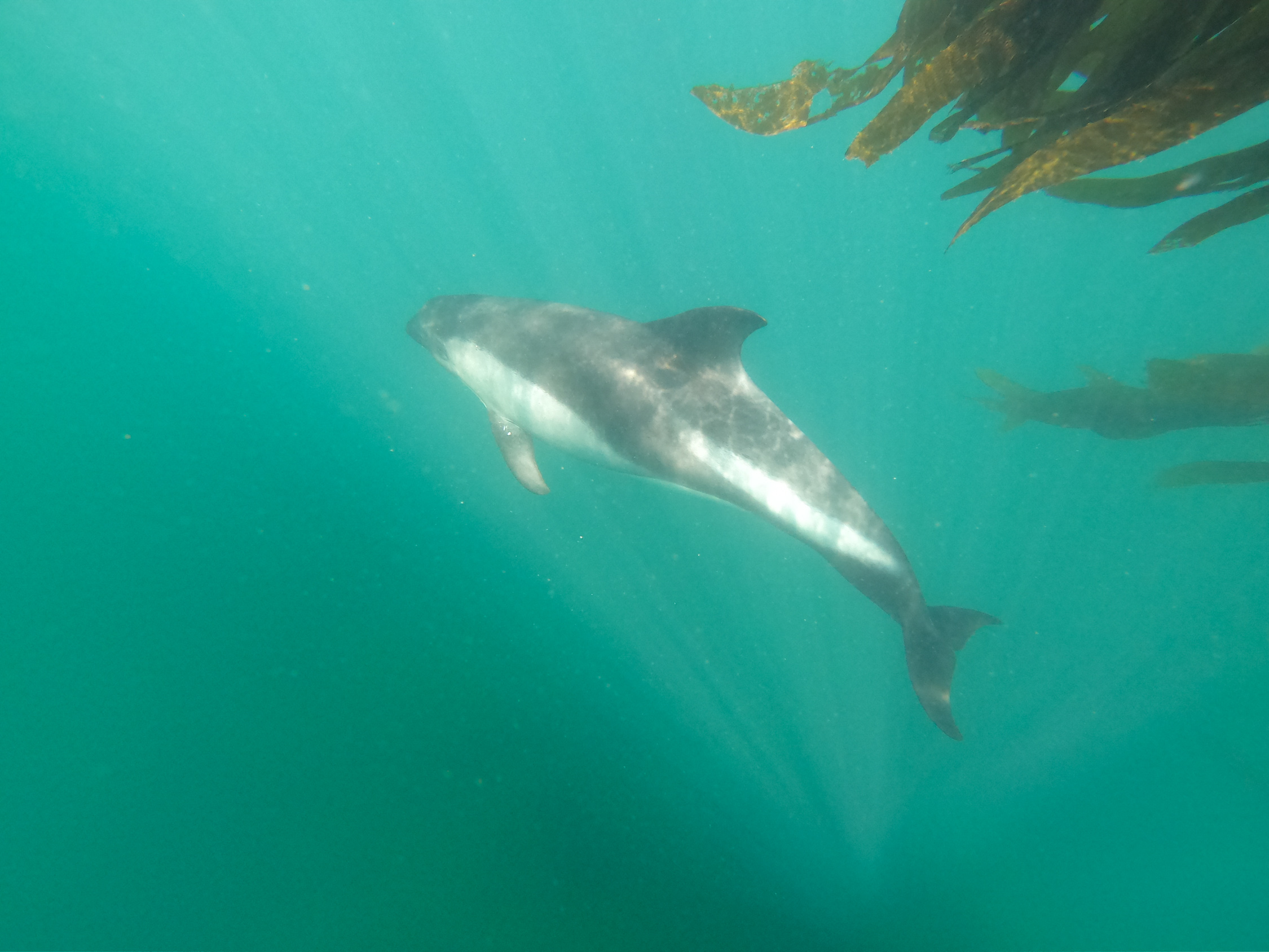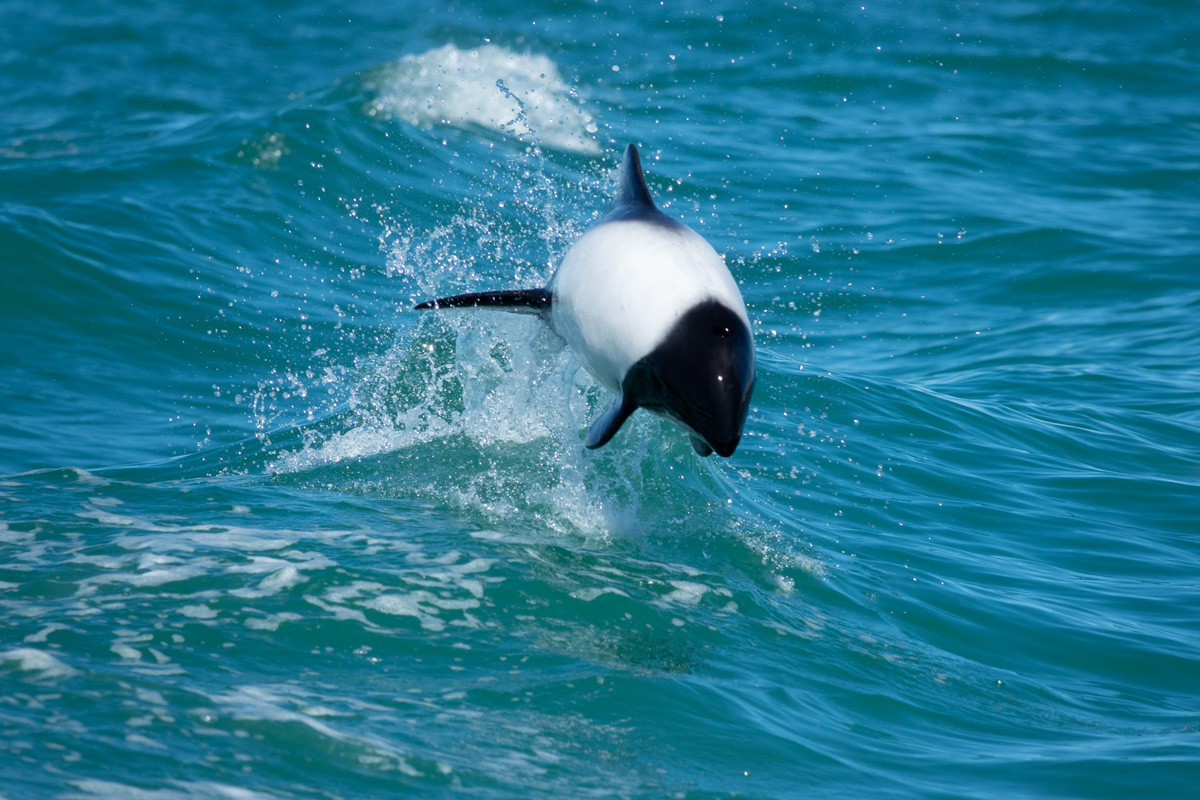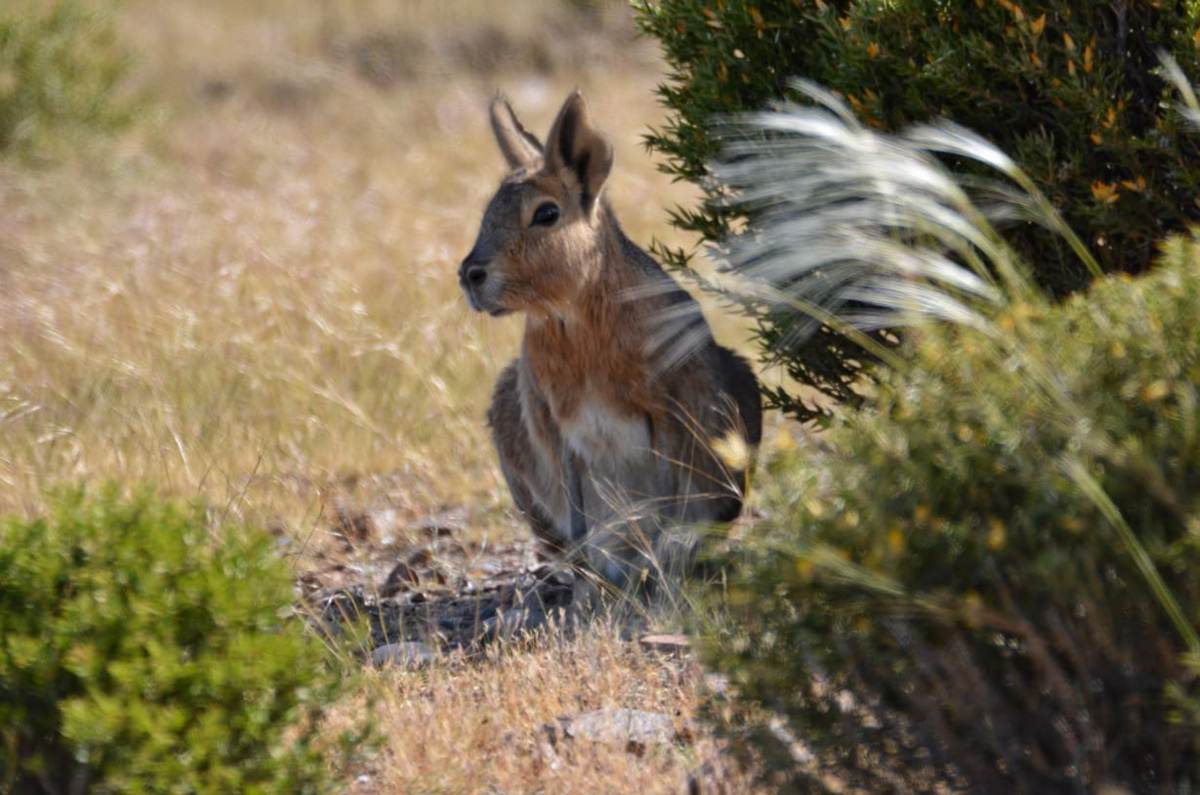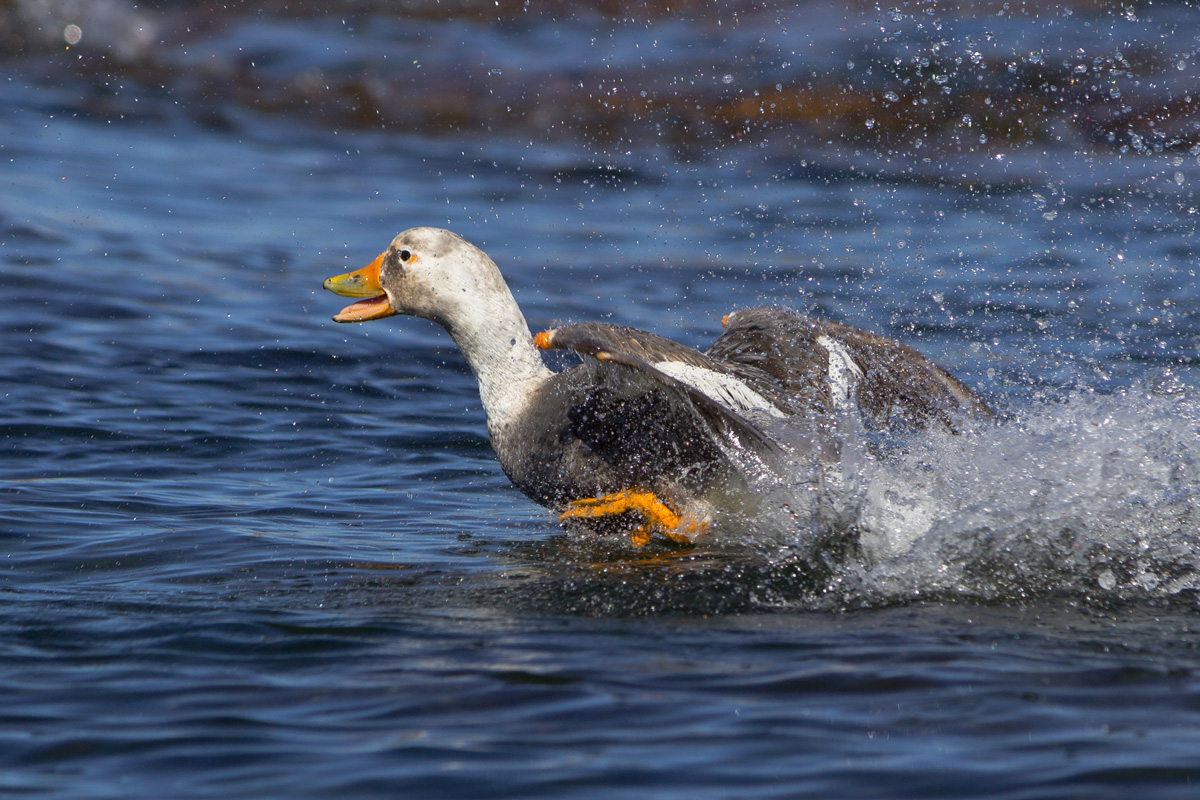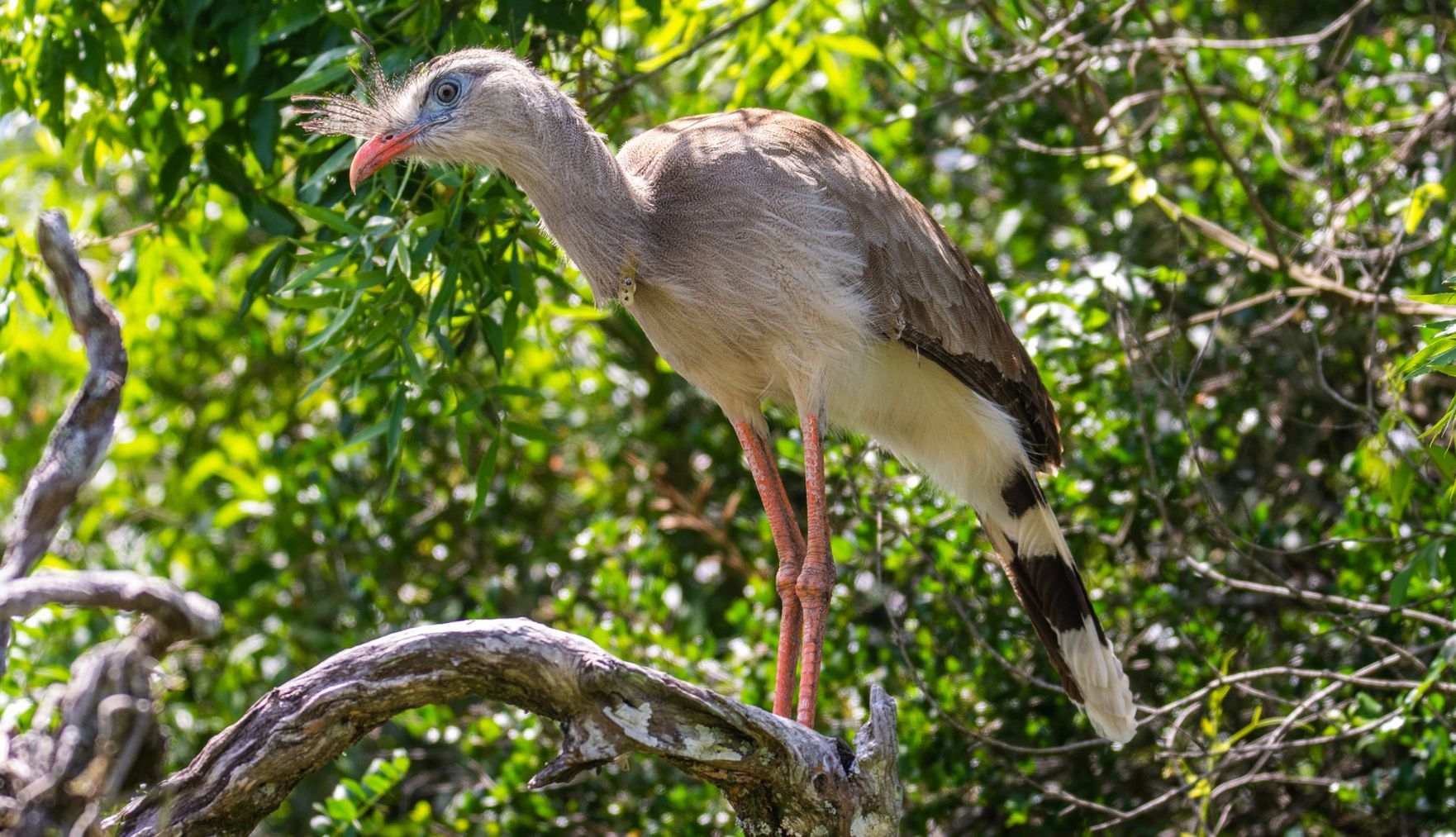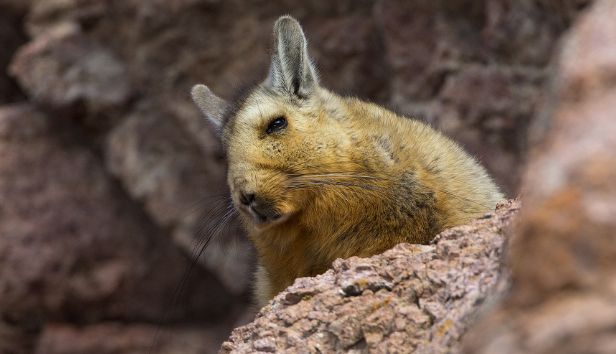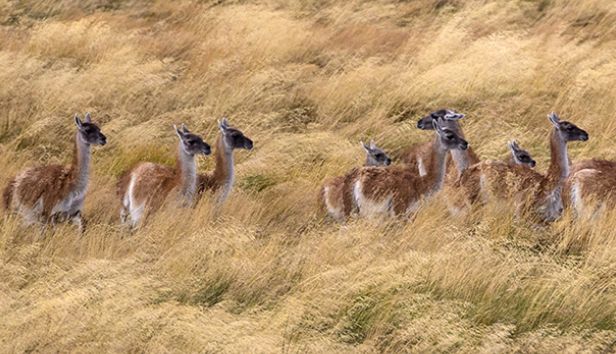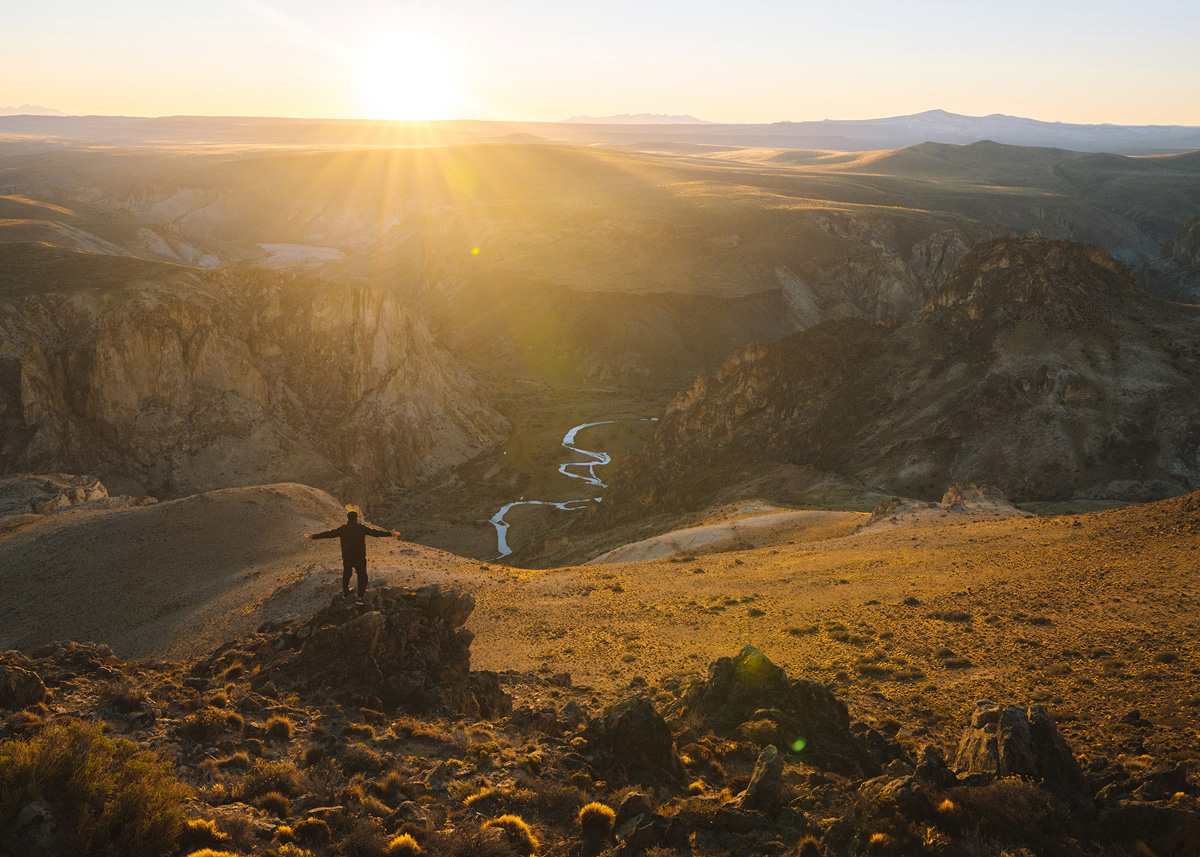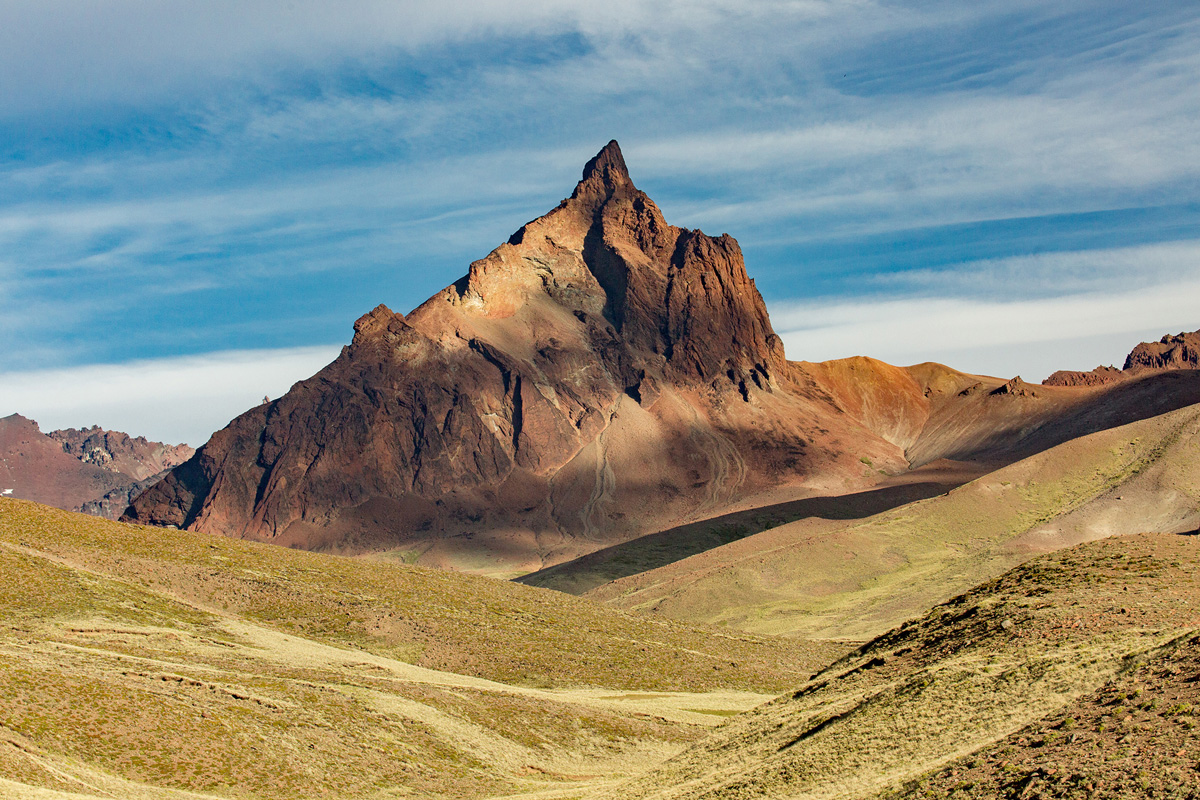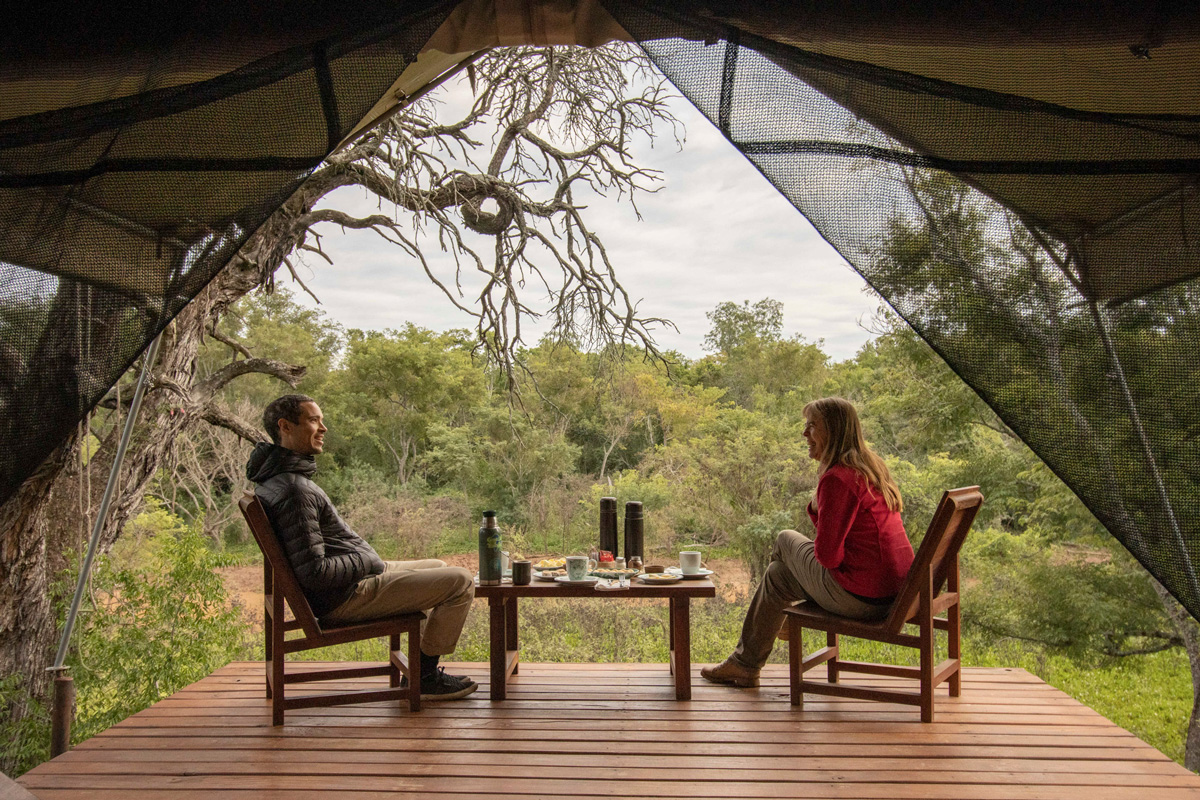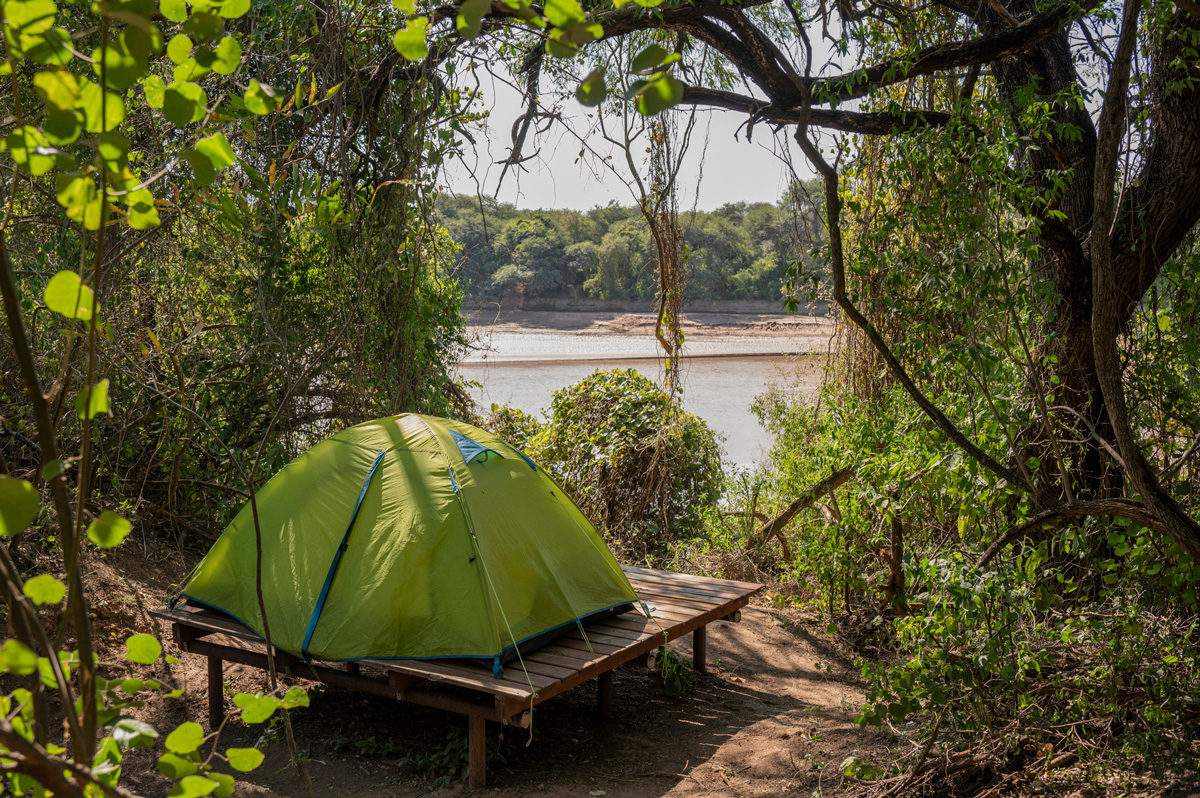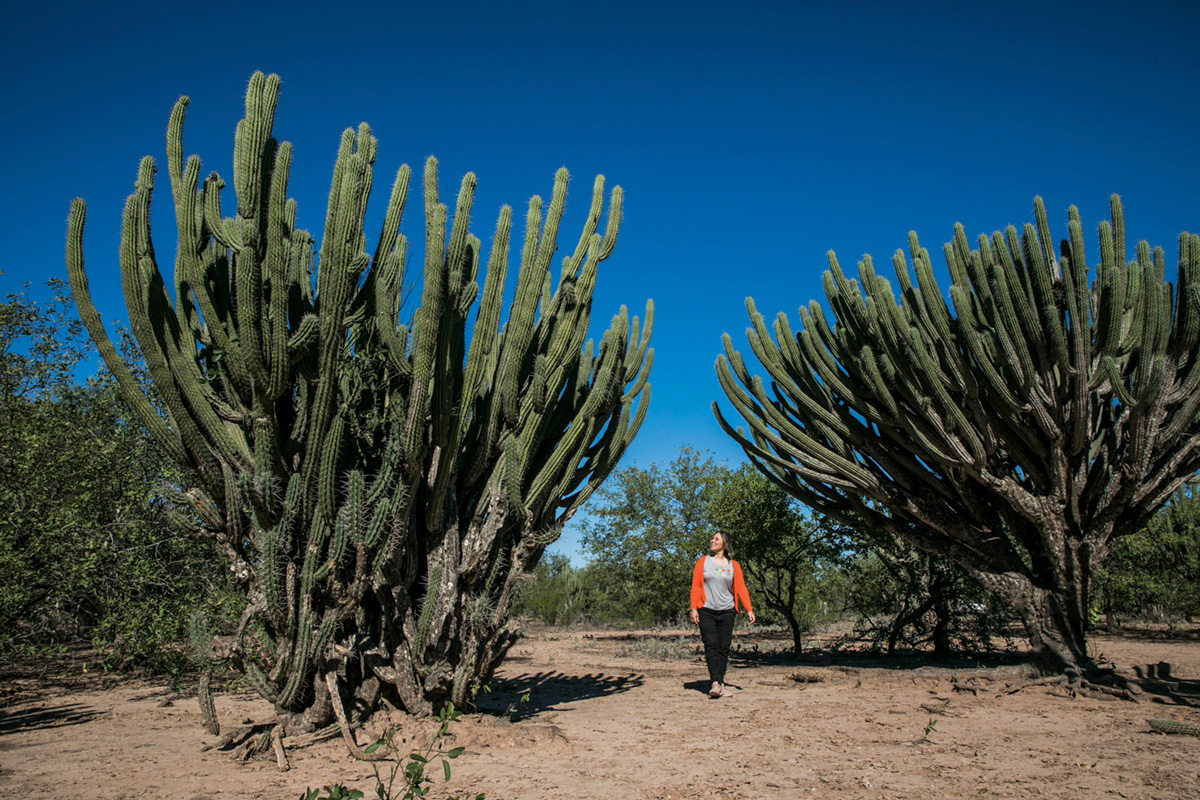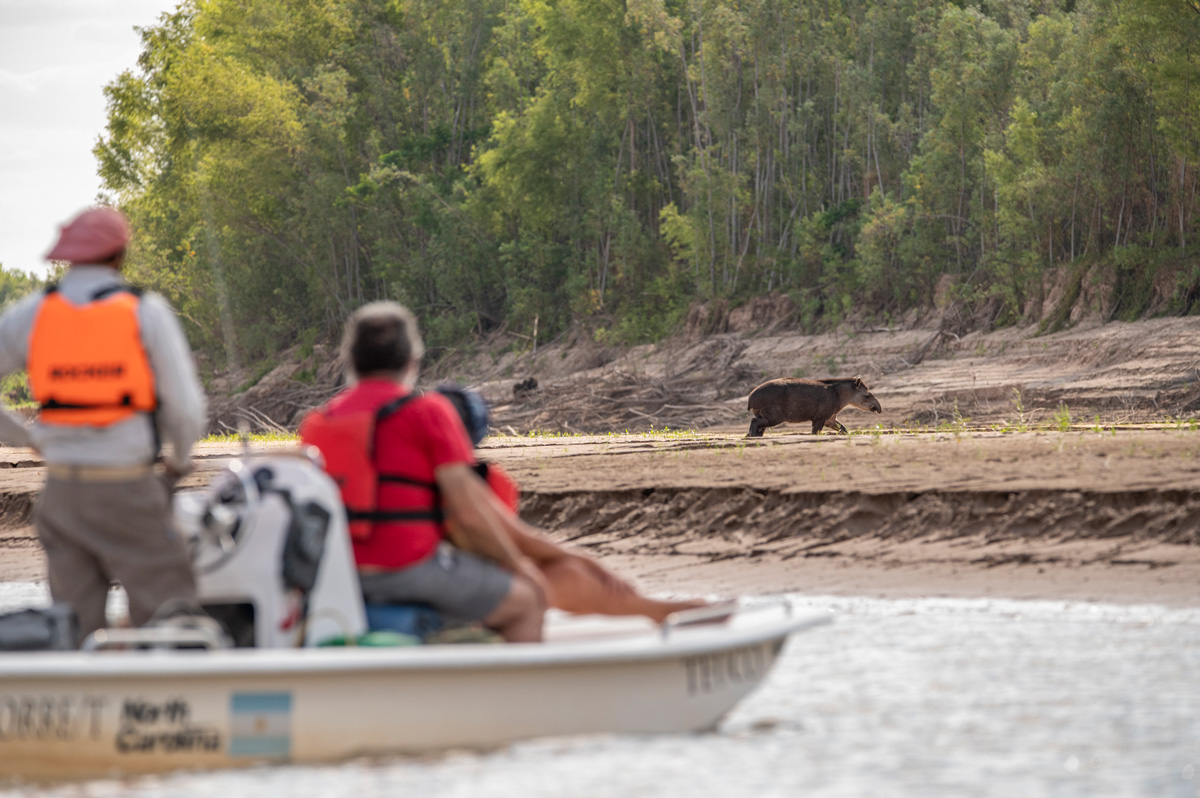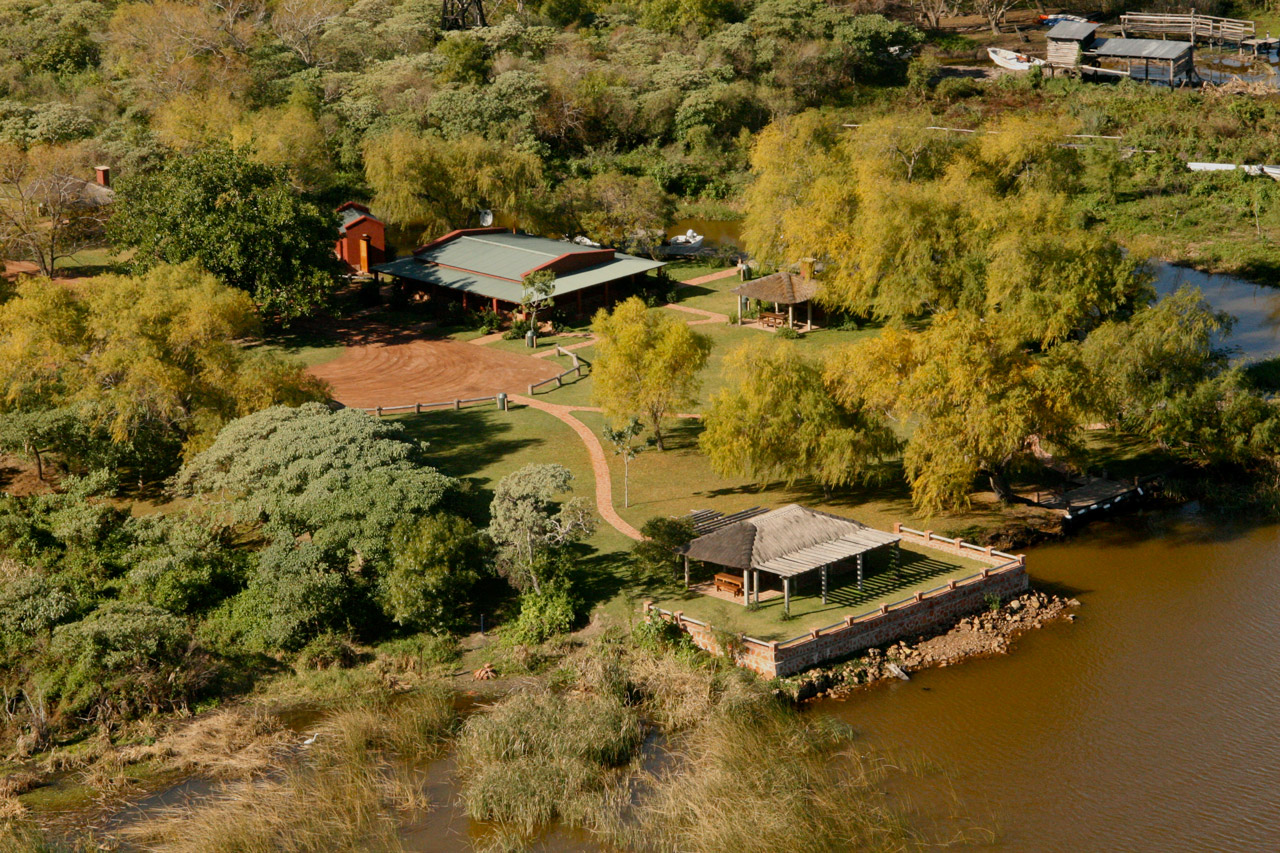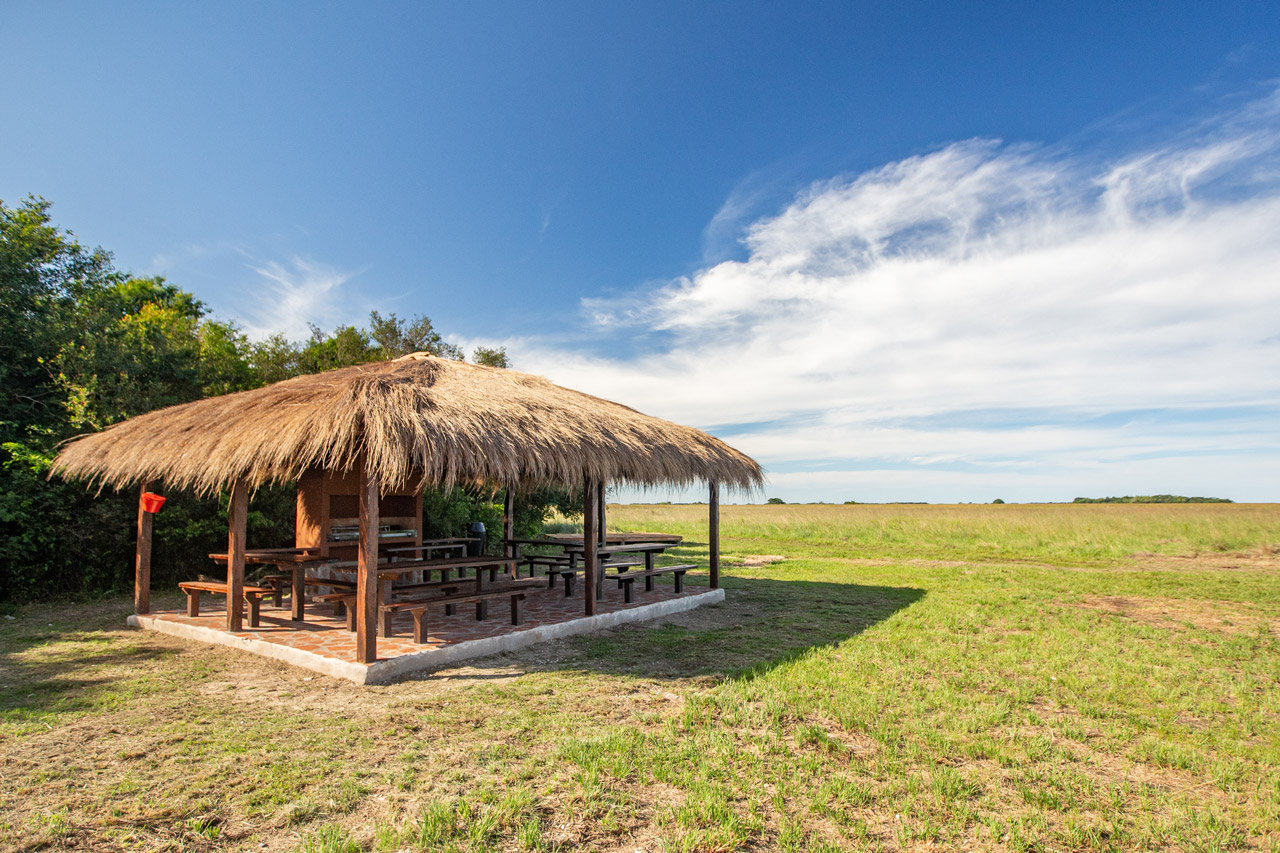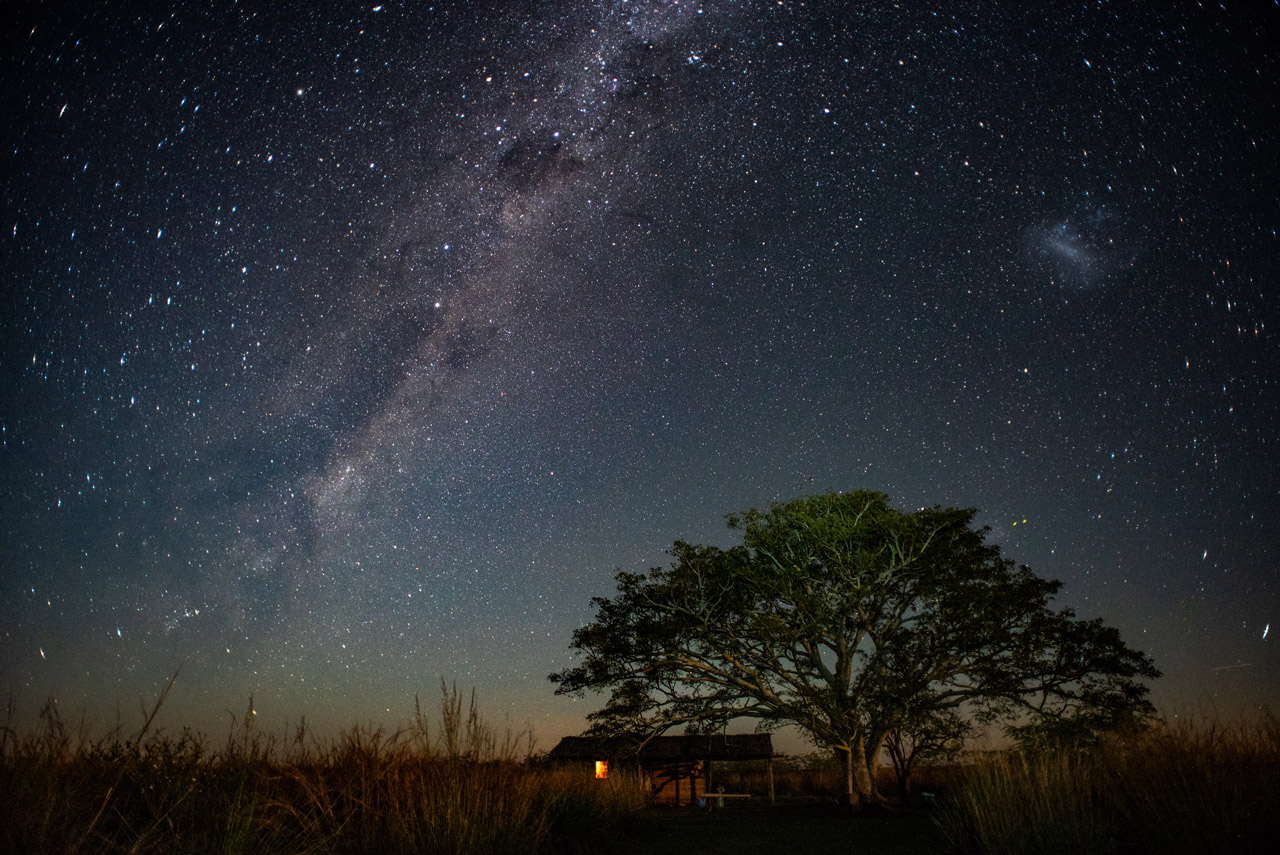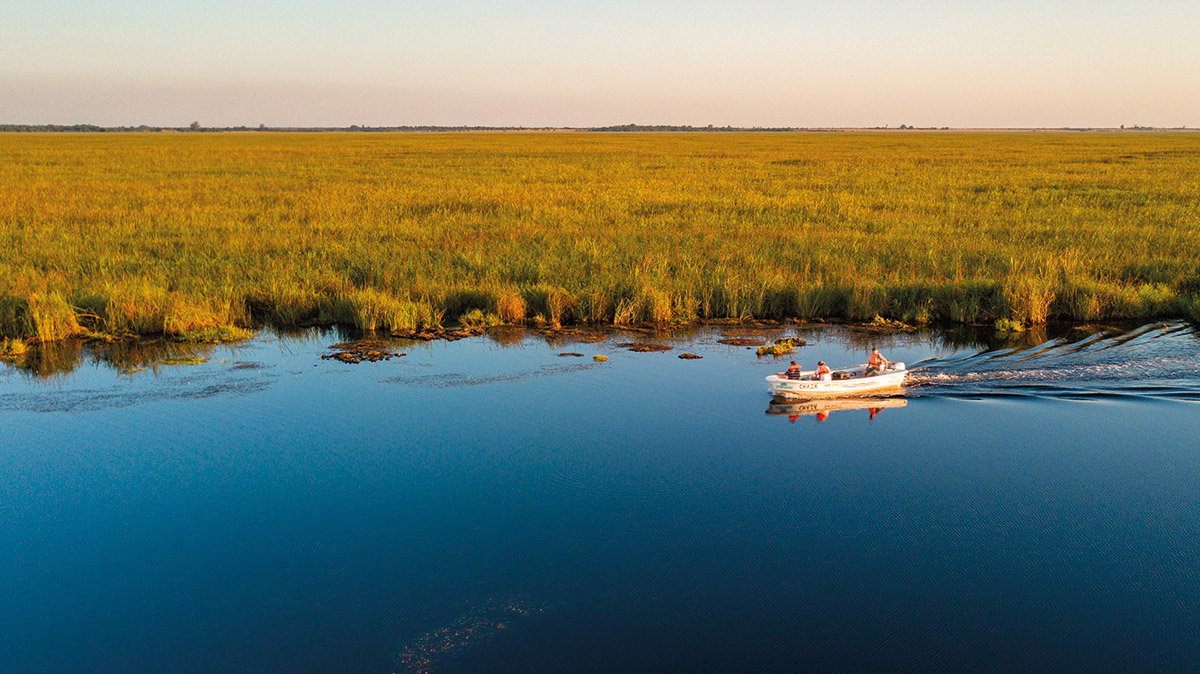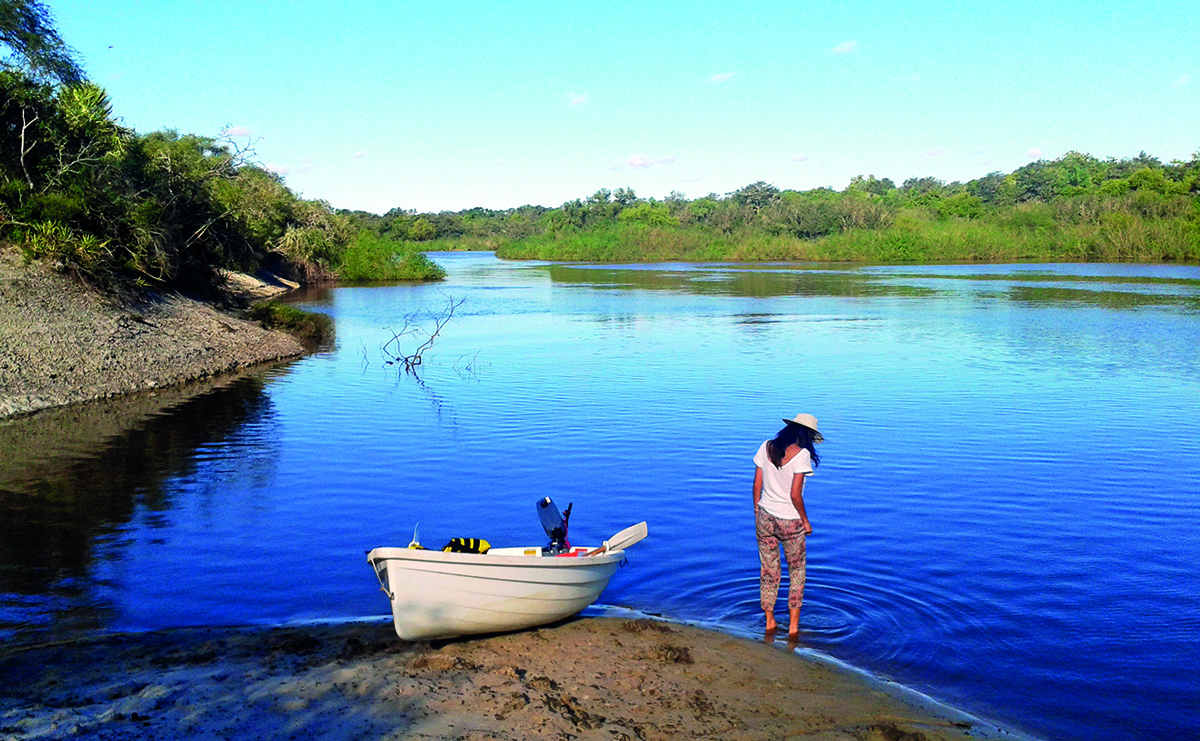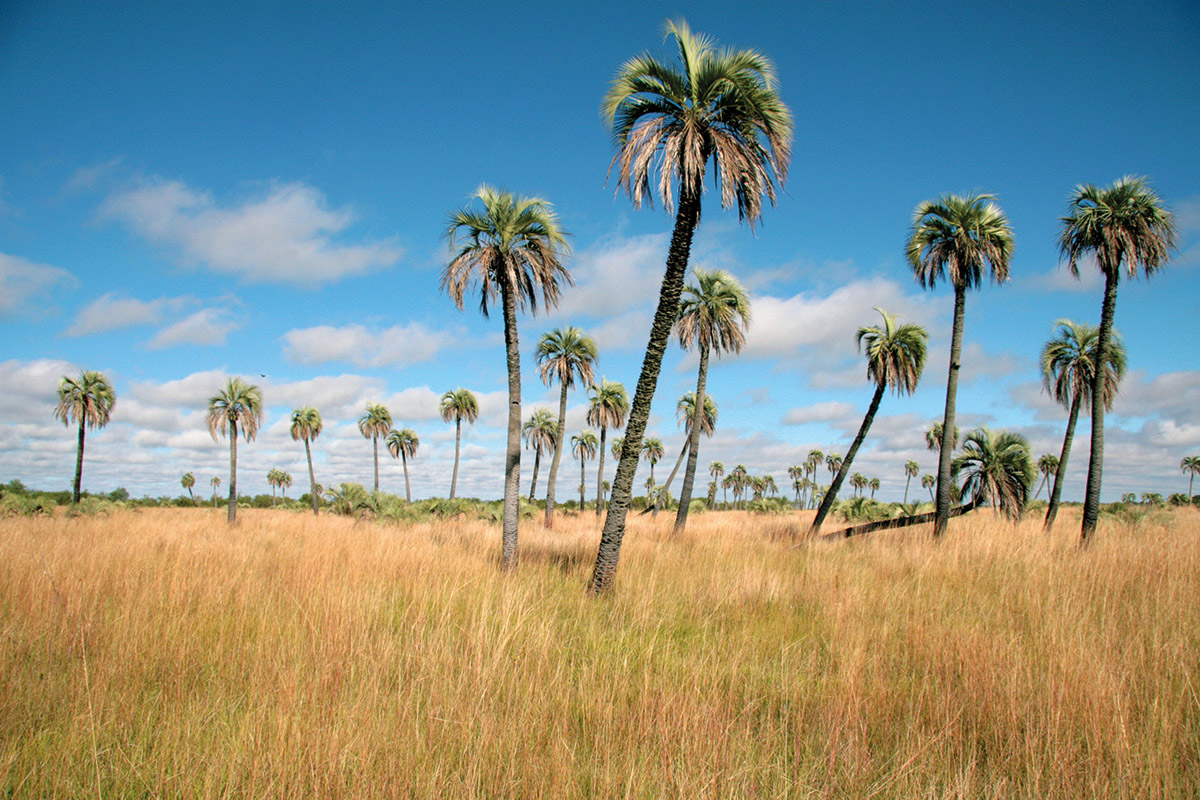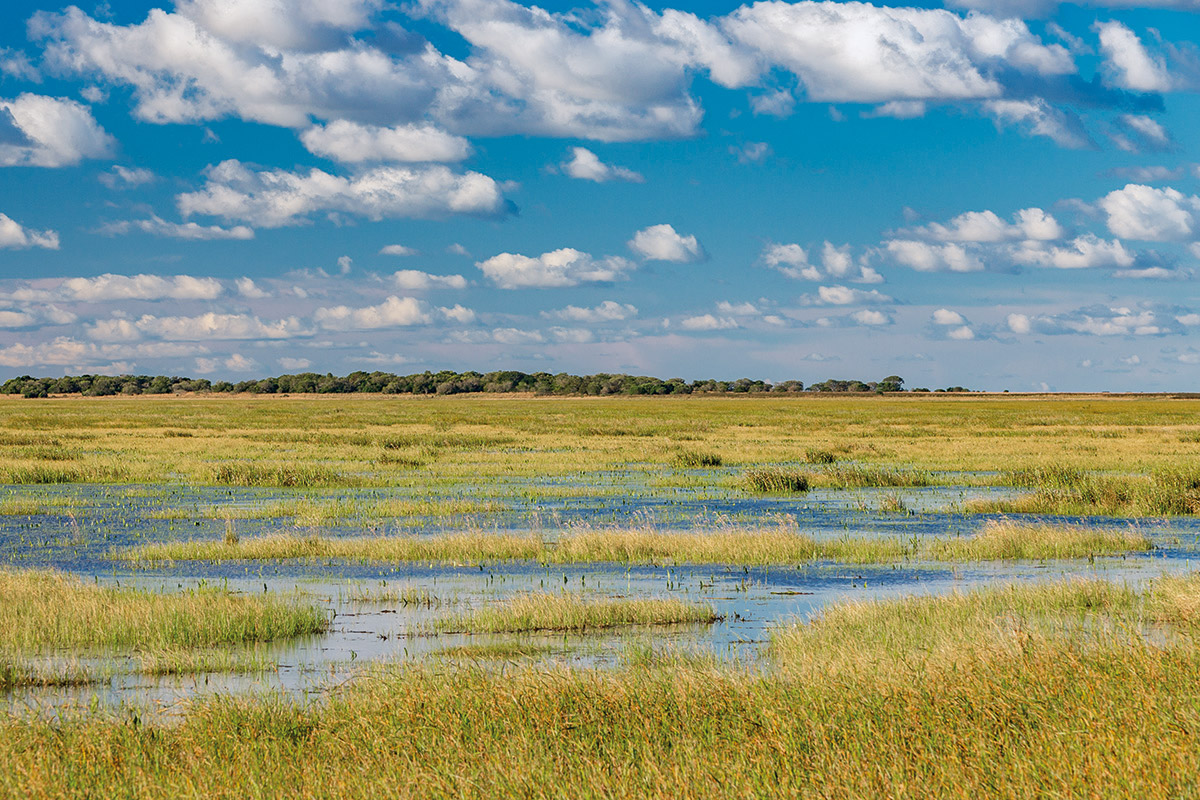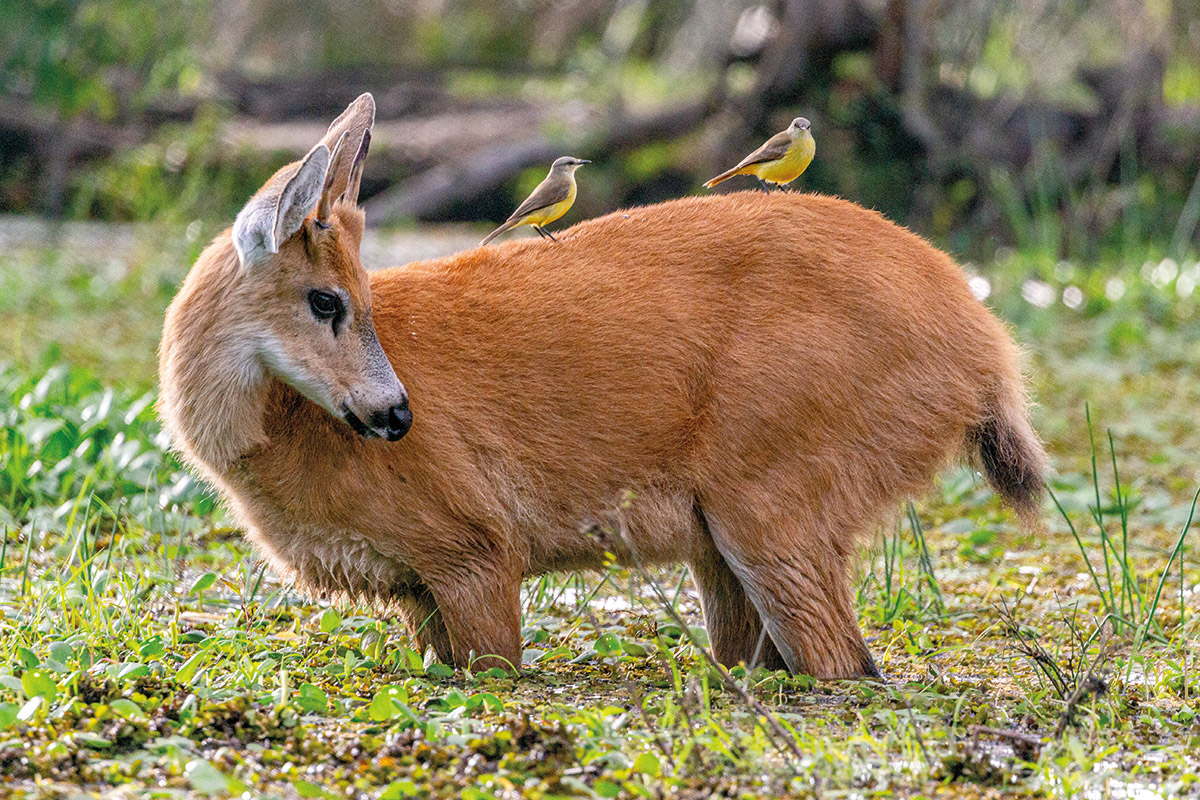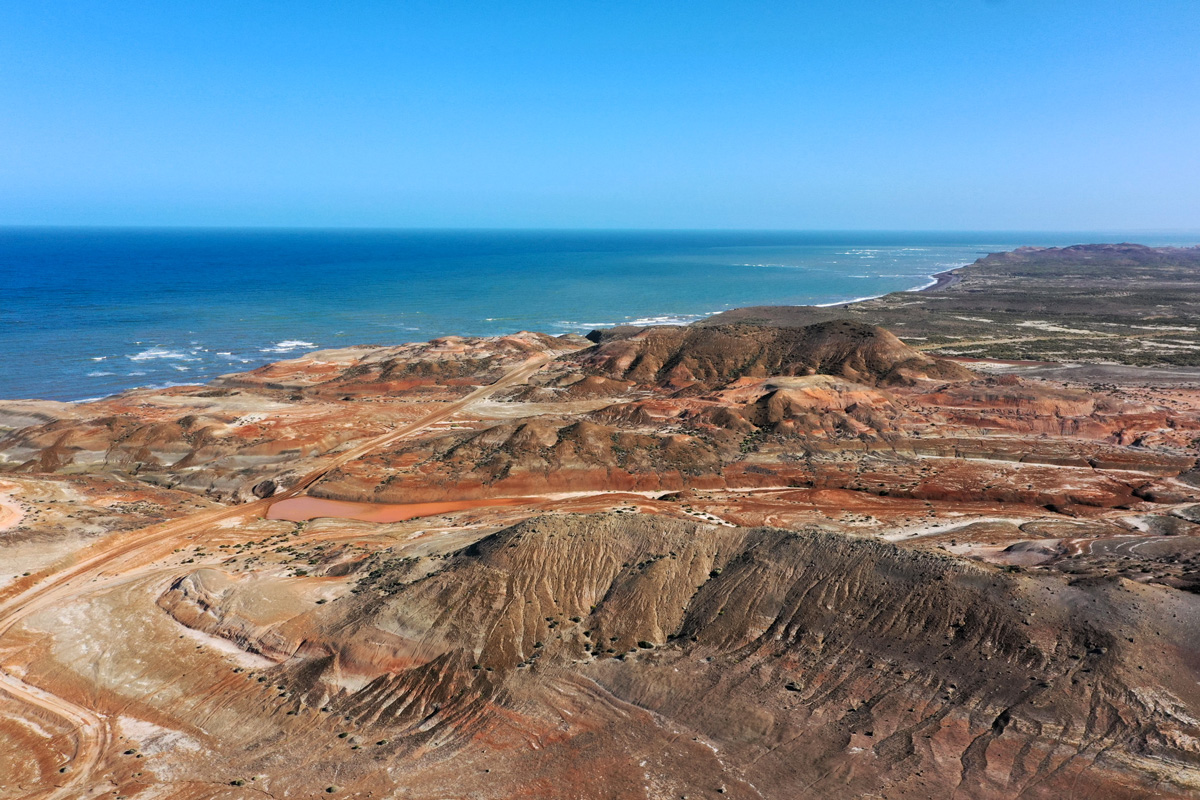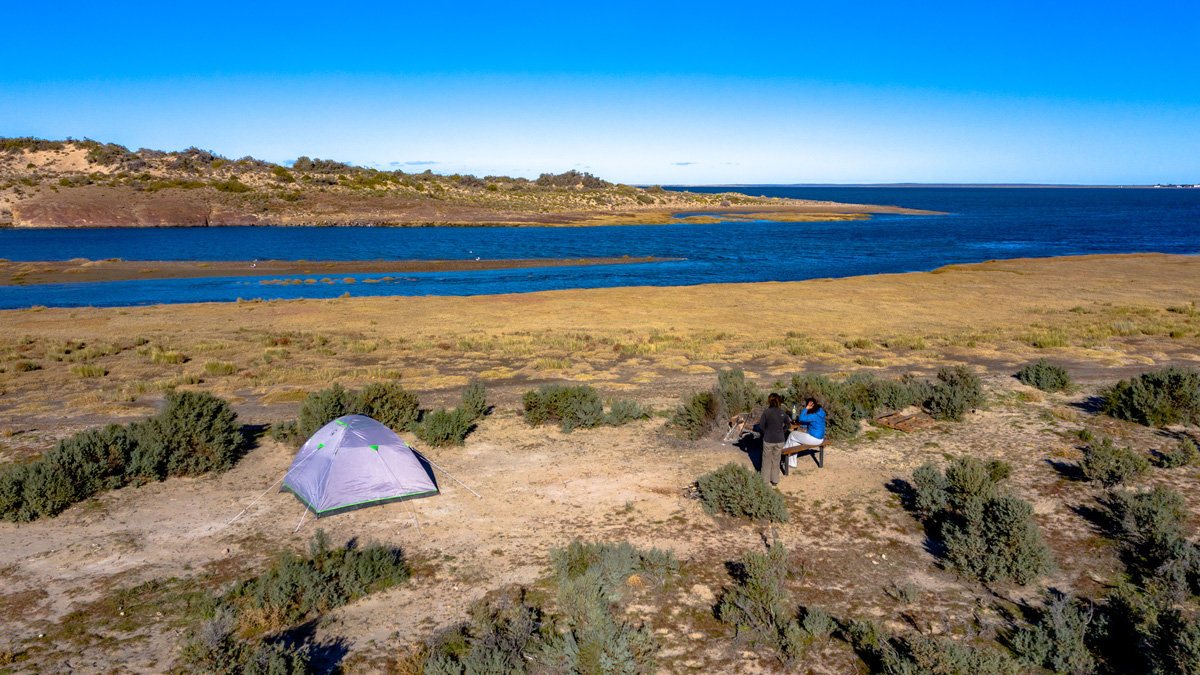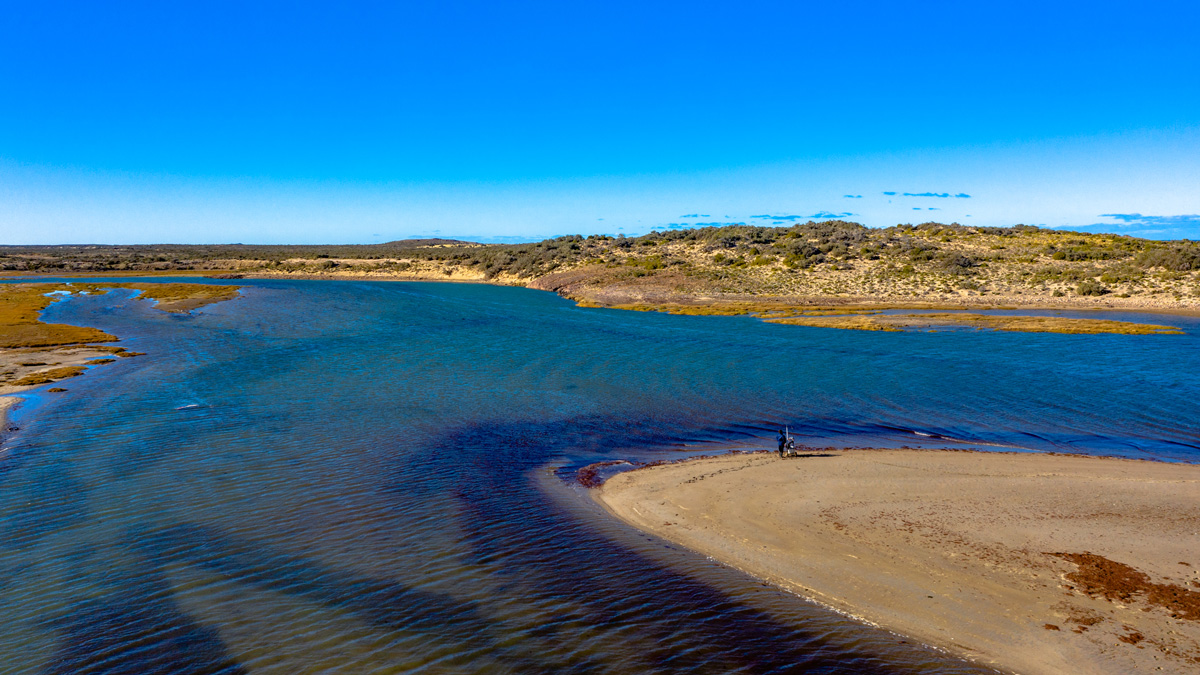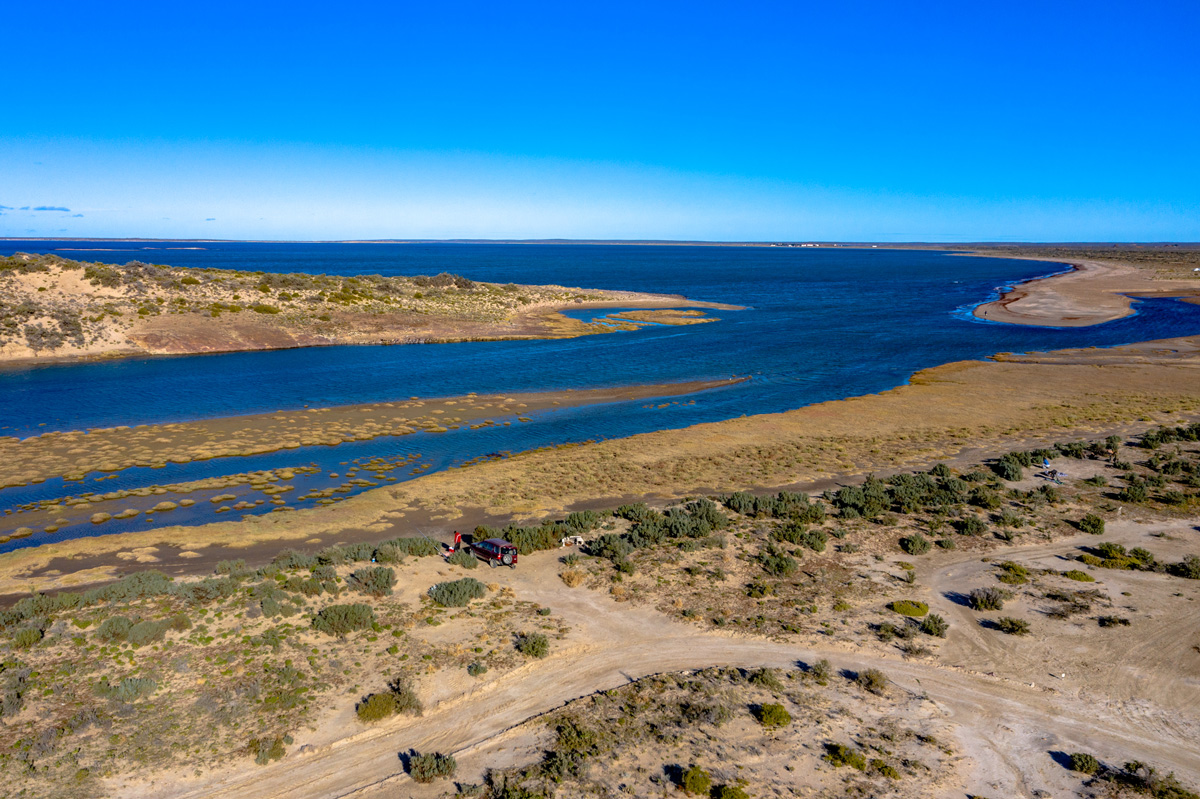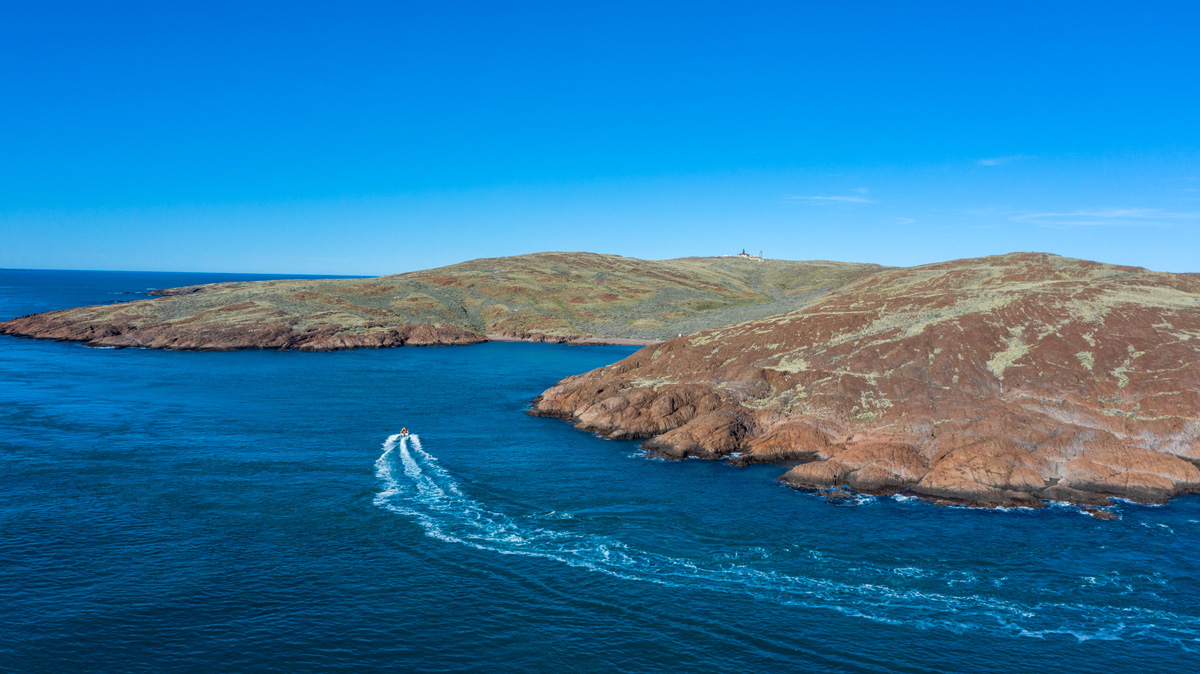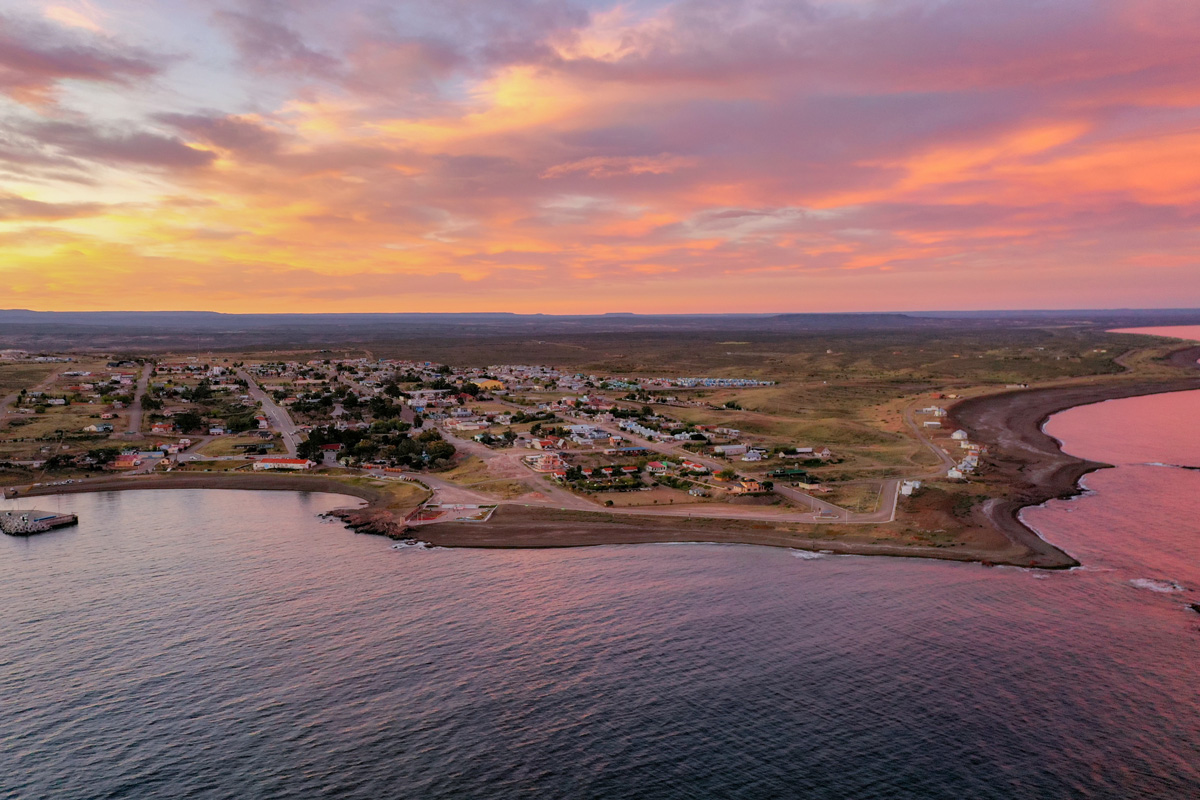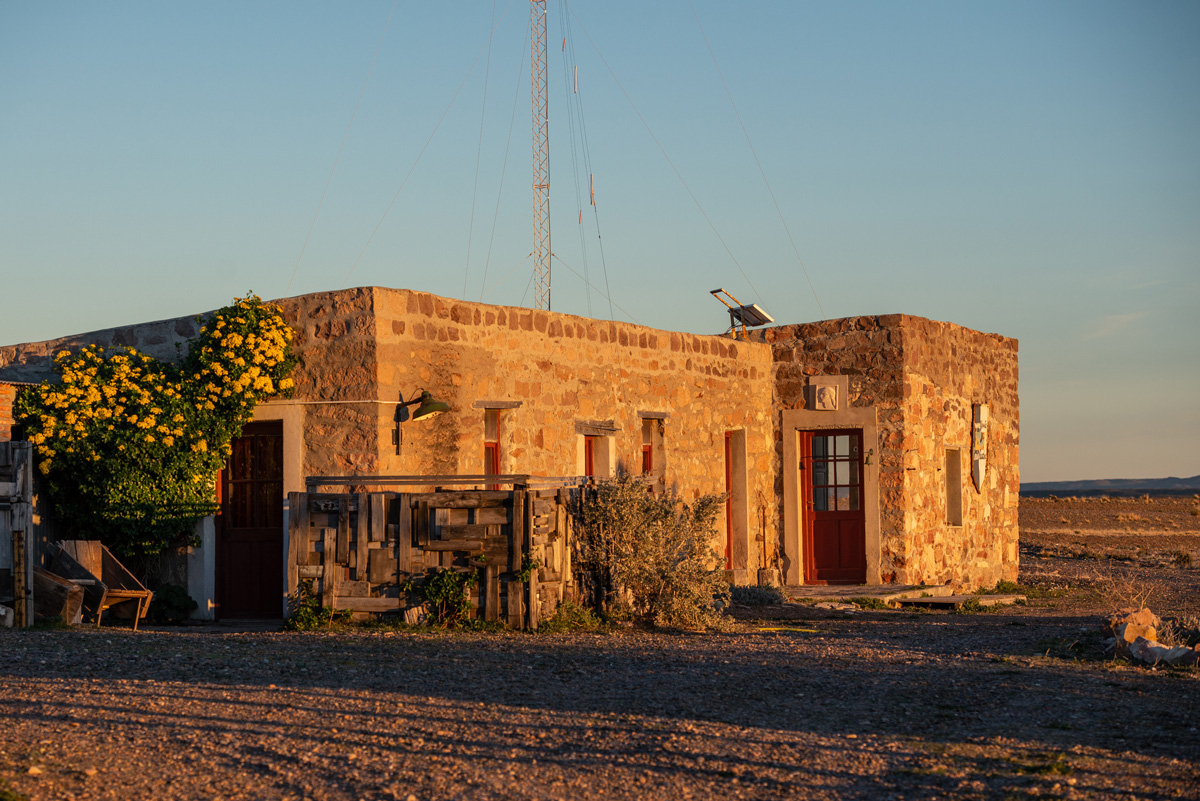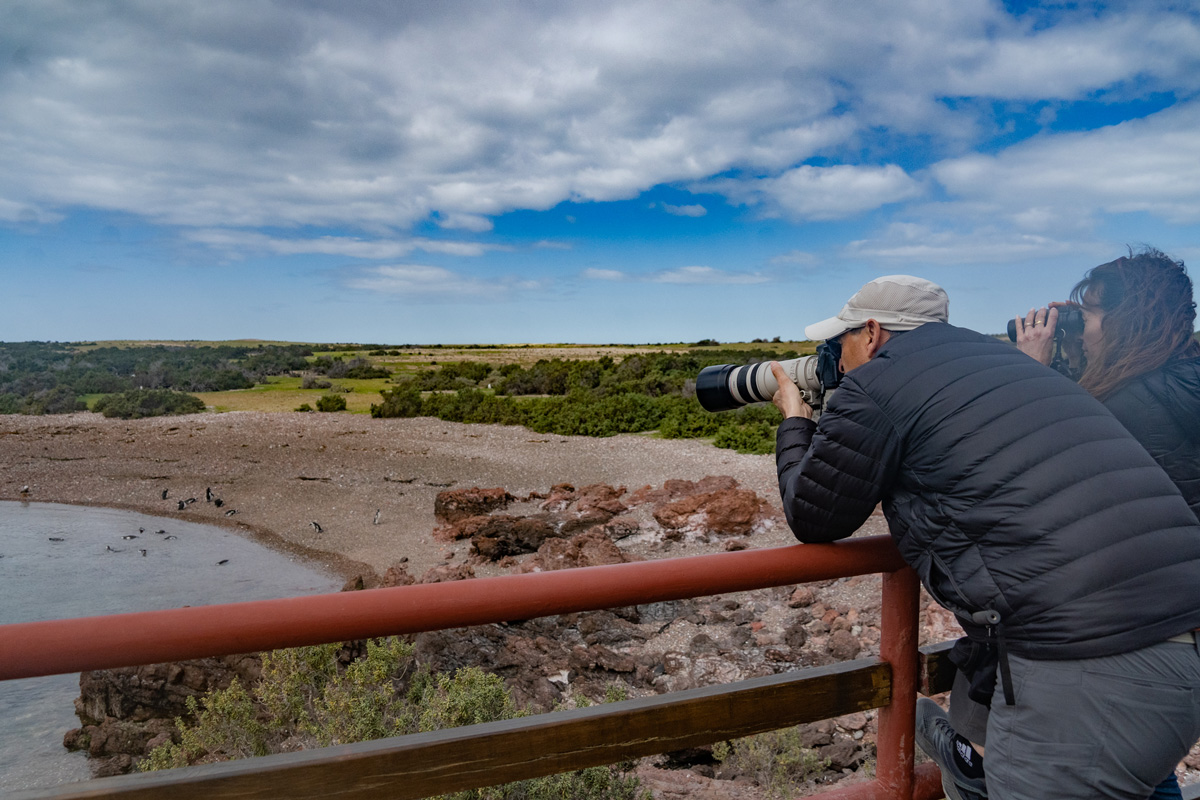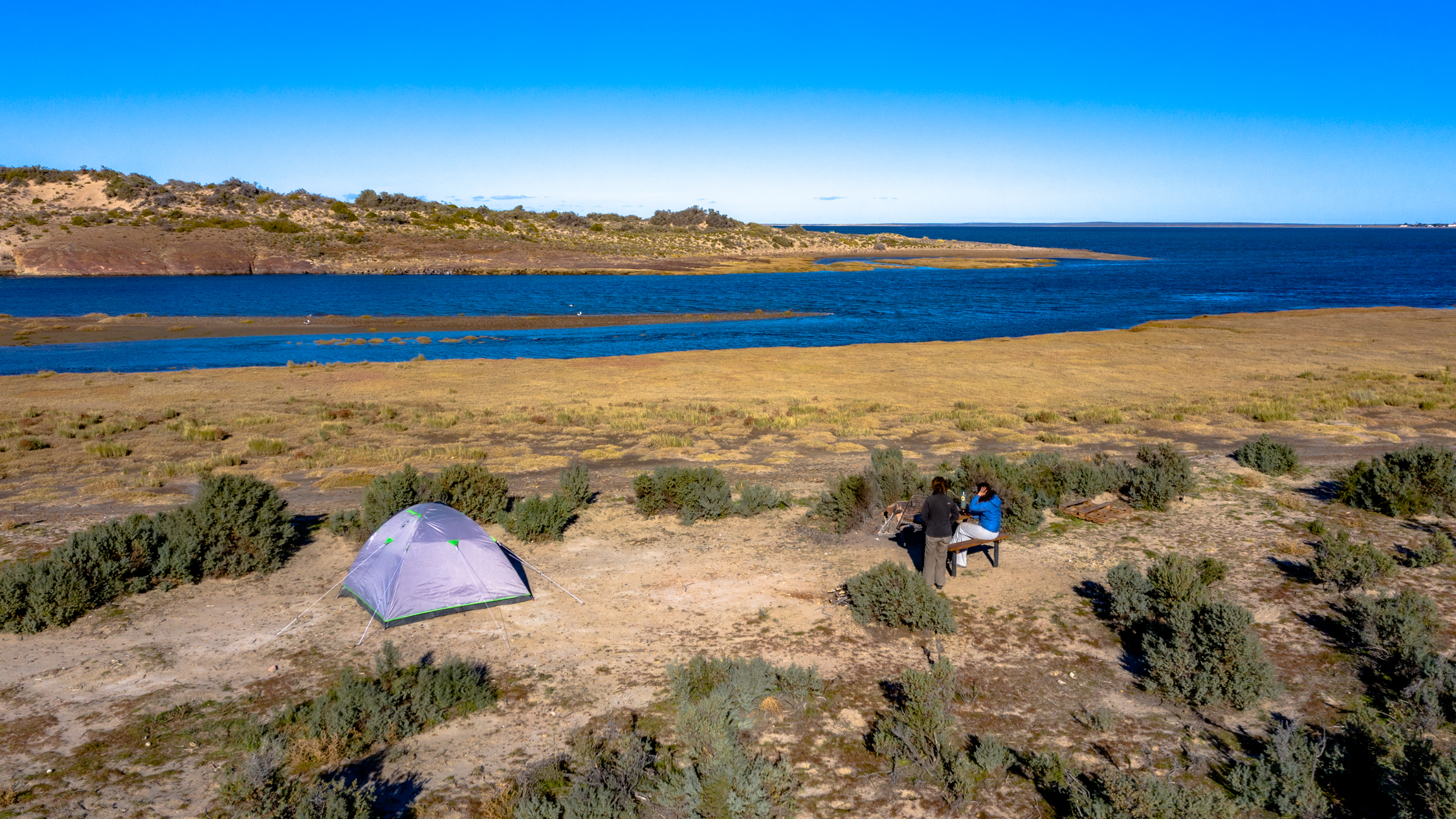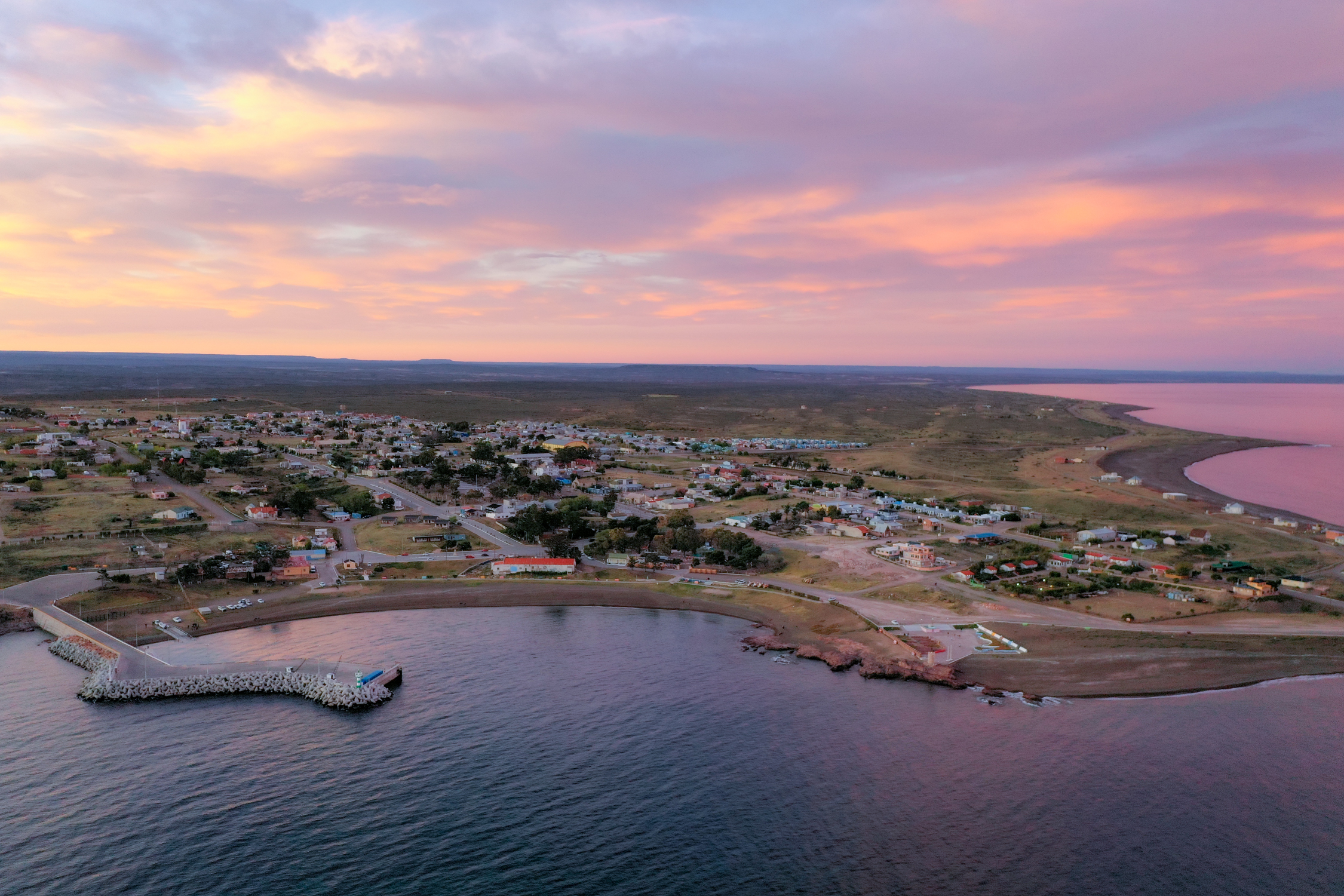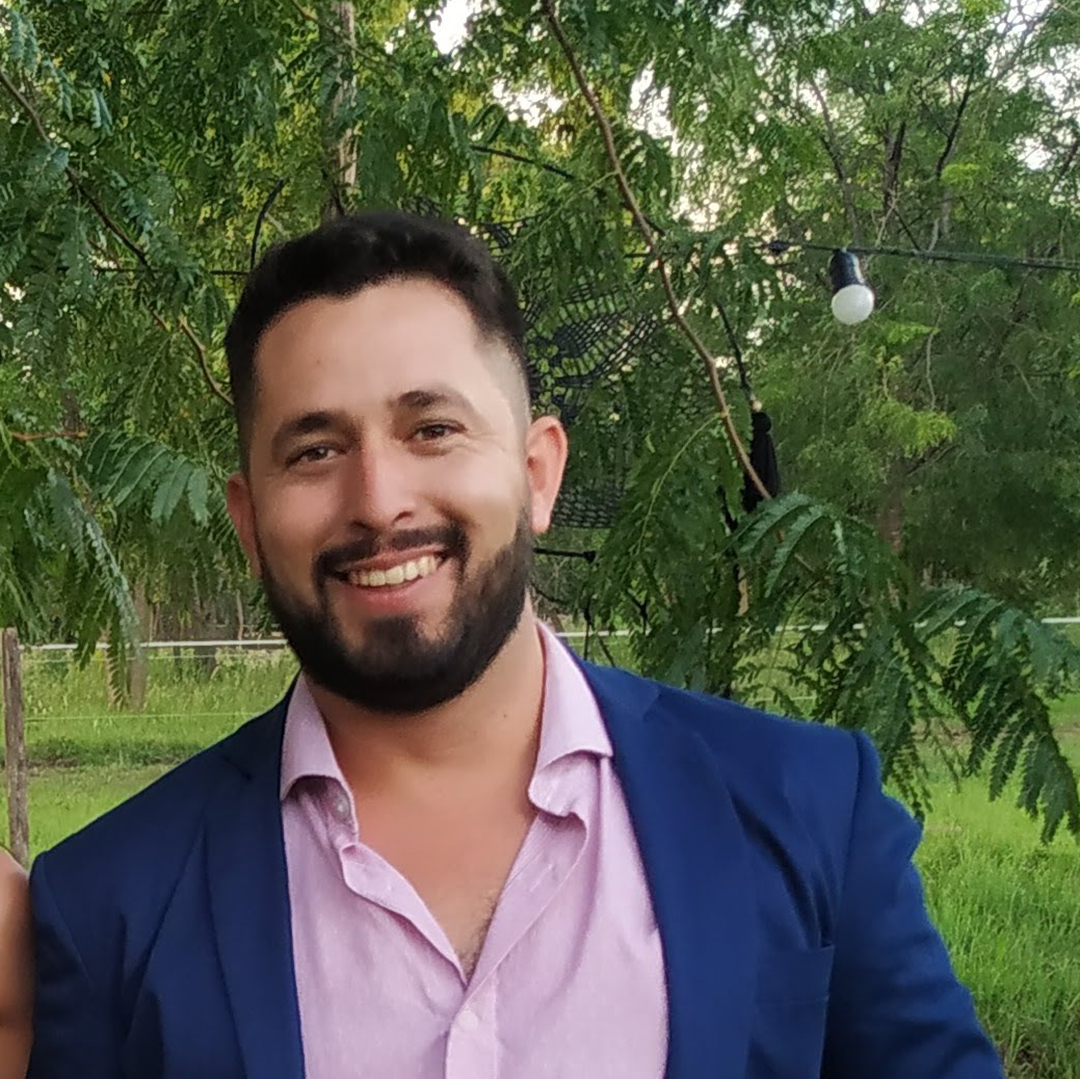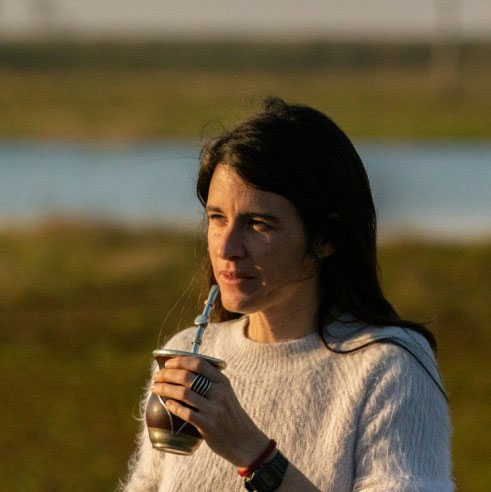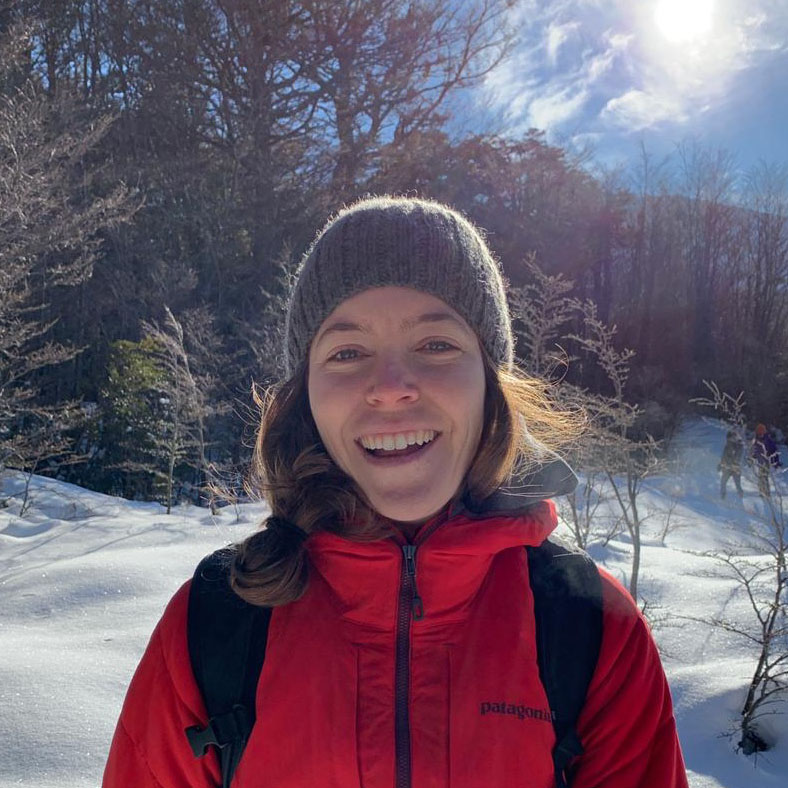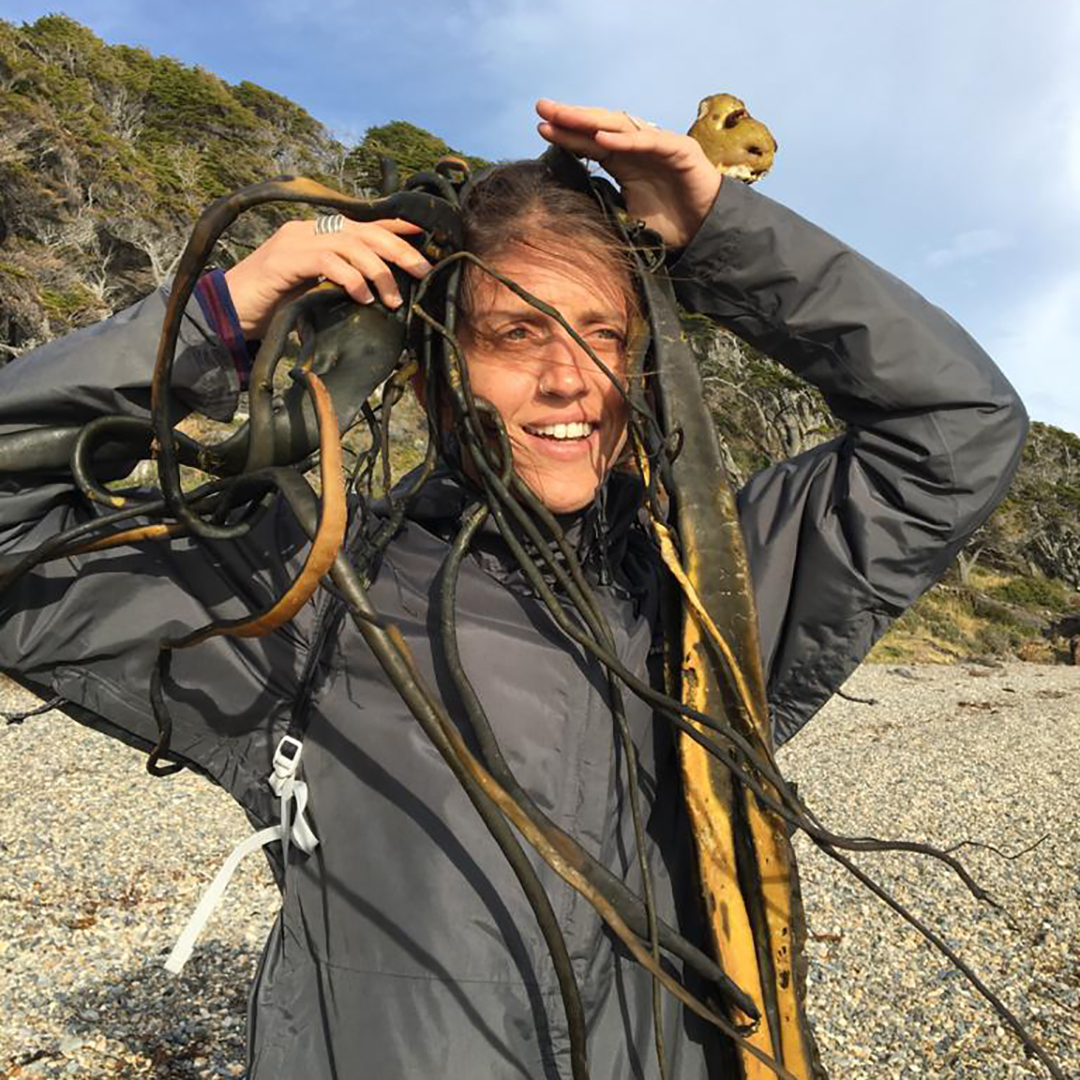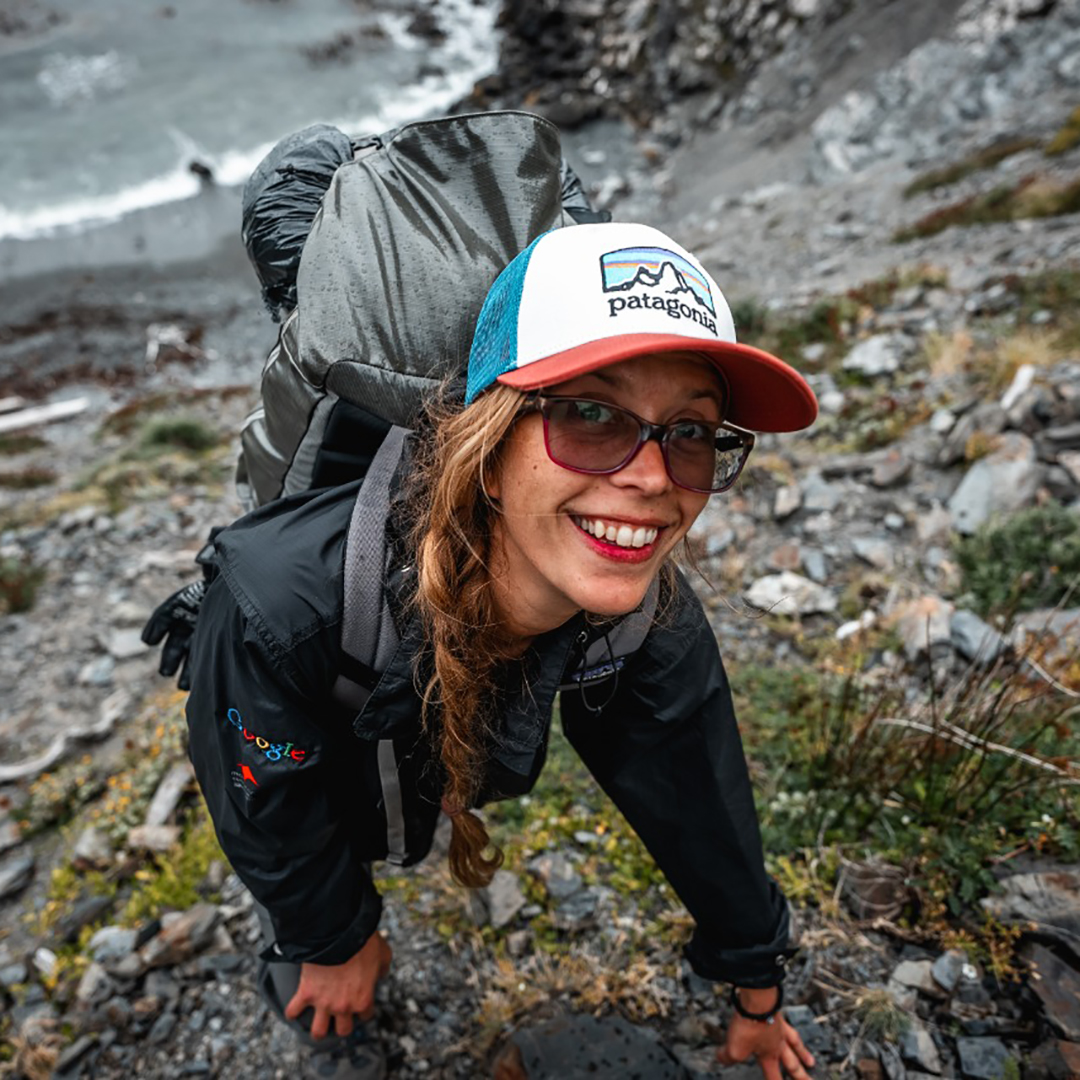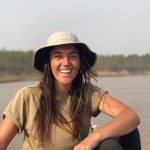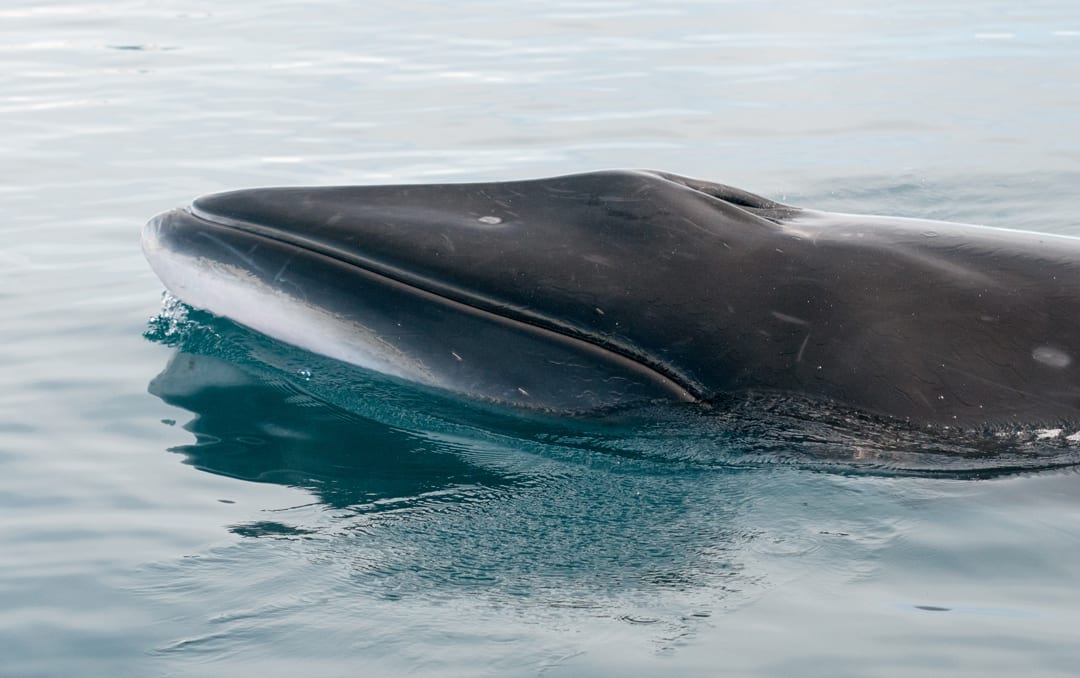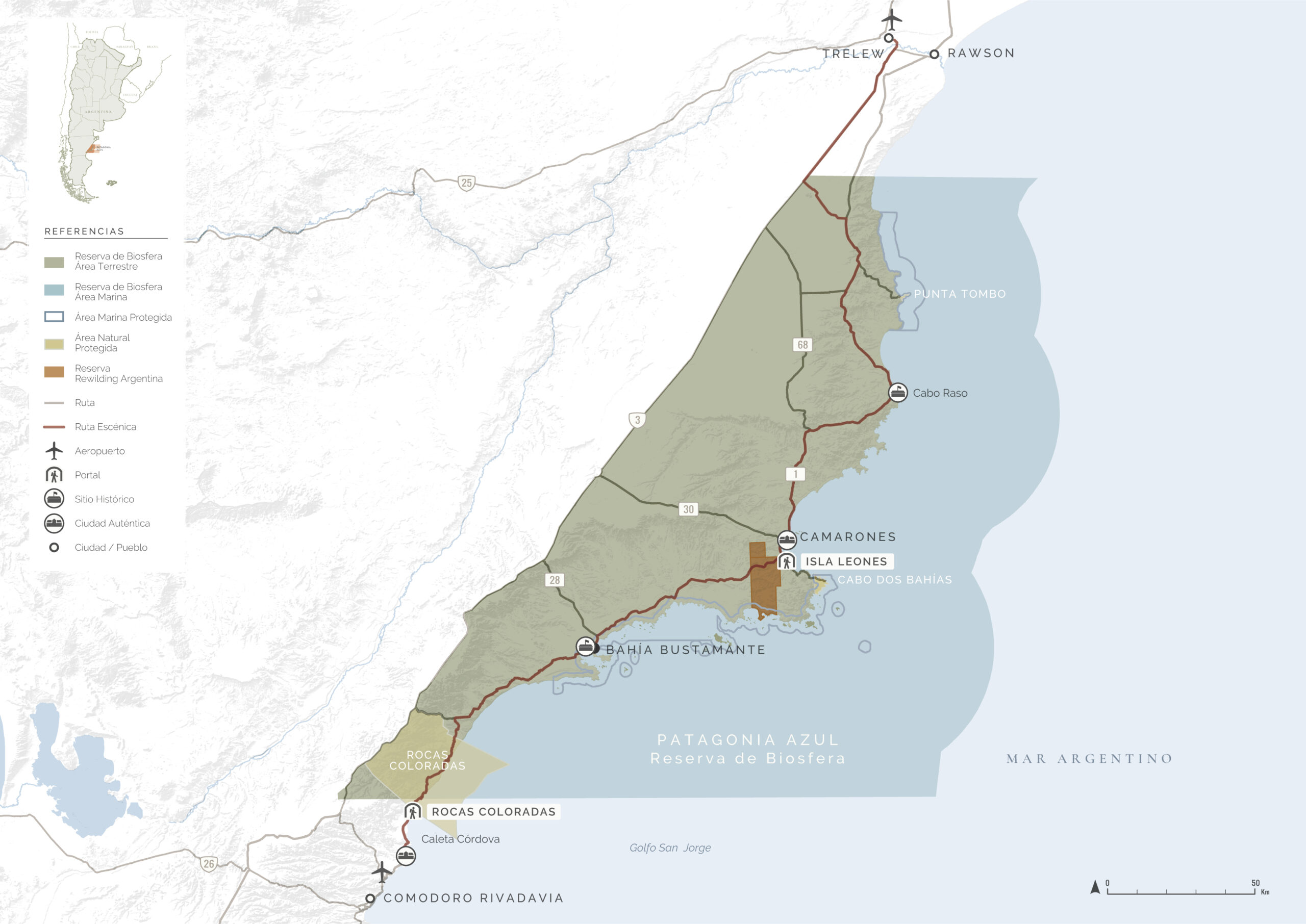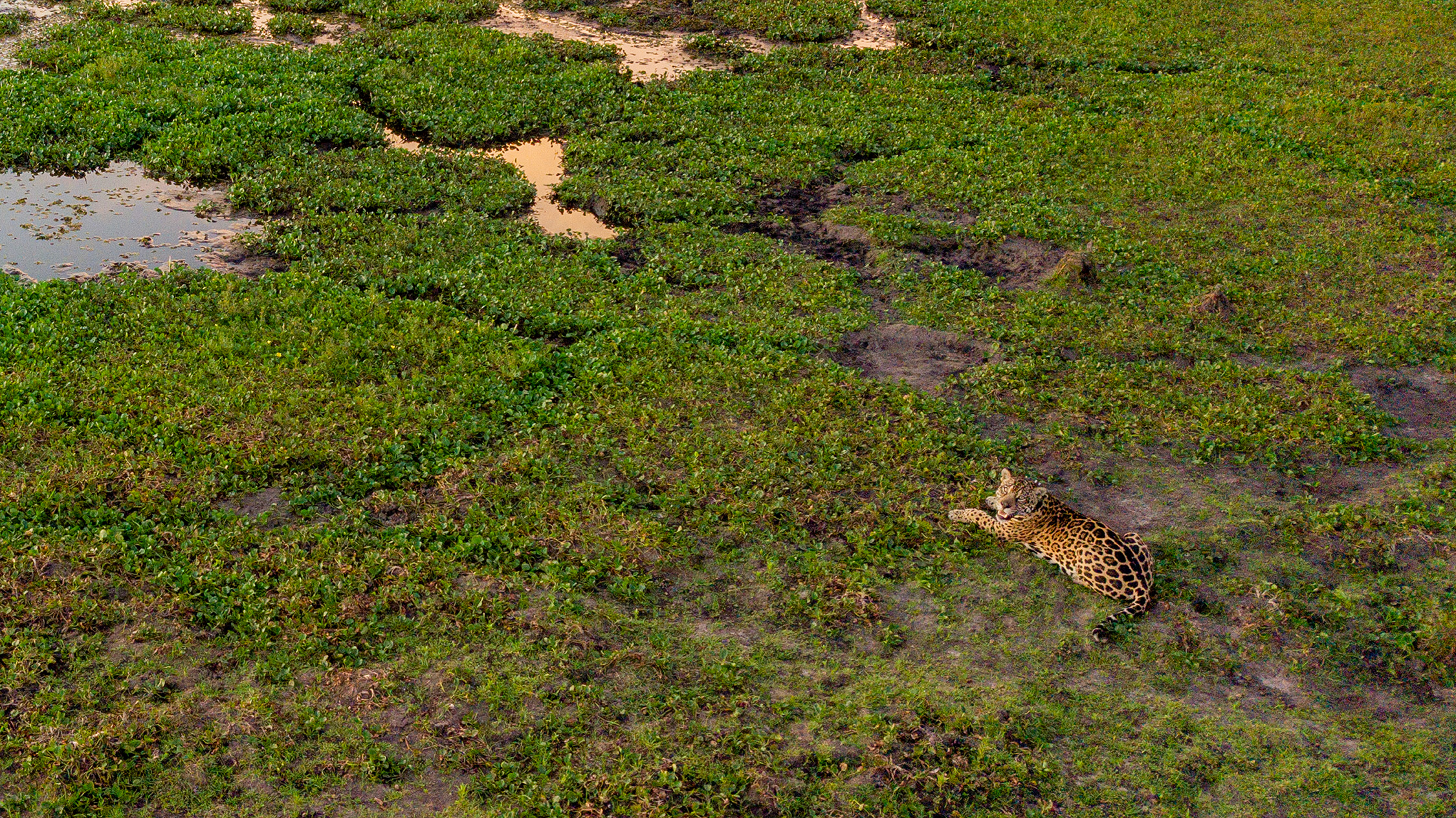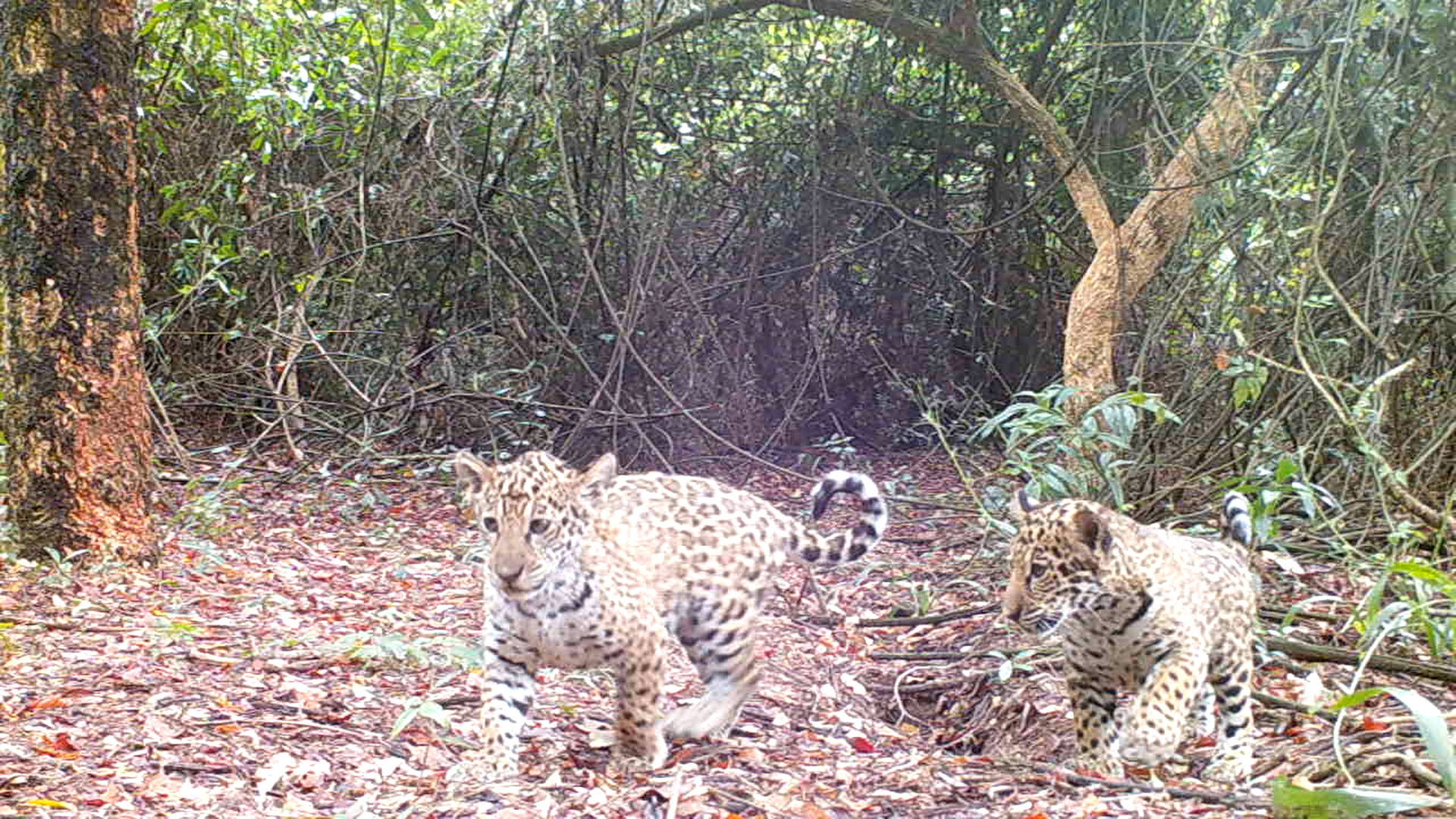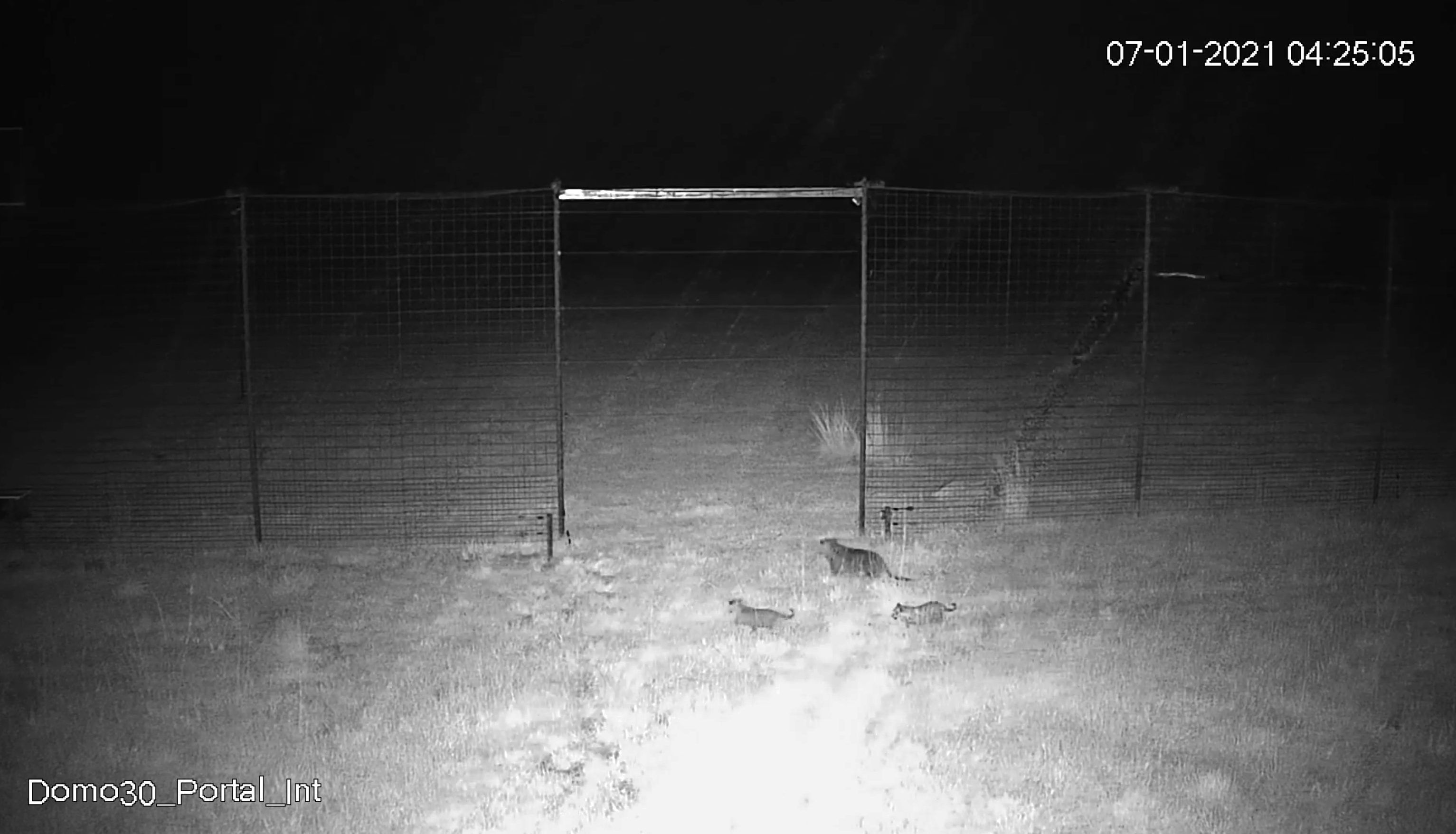Our model
The Economy of Nature is an approach to development that enables the recovery of ecological integrity in areas where the biodiversity has been affected by human activities.
Beginning with the richness and beauty of a complete ecosystem, wildlife viewing becomes the principal eco-tourist attraction, enhanced by the services provided by local businesses and entrepreneurs.
How do we work?
1
We form multi-disciplinary teams, largely made up of locals, who live in the regions where we have long-term projects.
2
We implement projects of restoration, including the reintroduction and strengthening of populations of native species, with the goal of recovering natural ecosystems.
3
We promote the creation of new “nature destinations” through experiences offered by local guides and other entrepreneurs and businesses who value wildlife and regional culture.
4
We develop a joint vision of nature production, in alliance with local and provincial governments, that provides the opportunity to create a new, regenerative economy on a regional scale.
5
Finally, once the State officially creates the park and adopts a public-private co-management strategy that assures a regenerative economy in the long term, we donate the land to the National Park Administration or to the directorate of Provincial protected areas.
Parks
We work to increase the number and size of parks in Argentina.
The national and provincial parks are public spaces that have the most effective legal protection for the conservation of biodiversity. It is for this reason that our organization strives to acquire and donate land to the nation and to the provinces to create parks. Ours is an unprecedented process whereby large private areas of land, that were degraded and closed to the public, are restored and passed into the hands of the State, and are open to all to connect with nature through wildlife watching and other outdoor experiences.
Argentina: A great diversity of natural environments to conserve
Argentina is the eighth largest country on the planet, with a territory that extends from the sub-tropics to the Antarctic, containing rain-forests, high-altitude forests, subtropical savannas and grasslands, deserts, temperate prairies and steppes, coastal wetlands, ice caps and sea ice.
This diversity of ecosystems gives rise to outstanding biodiversity. However, many of the ecosystems in Argentina are degraded and sparsely represented in protected areas.
This creates a unique opportunity to implement conservation projects that include the restoration of environments through rewilding, among other tools. The low density of human population, the solid system of National Parks and the interest of the government in creating new parks in order to achieve the goals of the Convention on Biological Diversity of the United Nations are all elements that allow an optimistic outlook when it comes to reversing the current biodiversity crisis.
Wildlife
Rewilding looks to recuperate the unique properties of ecosystems through the active management of its environments and native species, by accelerating the natural process of restoration, and even by reversing the extinction of key species.
The objective of our program is to completely restore the ecosystems in protected areas located in the eco-regions of the Gran Chaco, the Patagonia steppe, the Sub-antarctic forest, the coast, the Paraná forest and the Yungas.
Our restoration and conservation actions include the translocation of individual wild animals with the goal of reintroducing or supplementing the population of native species, managing grasslands through prescribed burns, the enrichment of degraded forests, removal of fences and the closing of unnecessary roads, control of exotic species and the removal of domestic livestock.
We work together with the national government and provincial and local governments, and consult with teams who are doing similar work in other parts of the world.
The architects of ecosystems
While we work with a large number of species, we pay special attention to the so-called large predators, who are essential for the proper functioning of the ecosystems which they inhabit.
These species can modify the abundance and behavior of their prey and competitors, positively affecting biological communities and ecosystems. In general terms, the presence of large predators increases the biological diversity and improves the functioning of the ecosystem.
Jaguars and pumas are the top large predators in Argentina, and both species have been persecuted by man. At Rewilding Argentina, we favor the recovery and conservation of both, while understanding that co-existence with humans depends on the development of alternative economies, like wildlife-viewing, as well as active management according to regional needs.
Restorative Economy
Nature tourism invites us to experience the beauty and excitement of seeing wildlife through activities that do not negatively affect the natural systems where they occur and which respect the social and cultural authenticity of the local communities.
We work together with local communities and local, provincial and national governments in the development of tourism “circuits” that offer spectacular landscape as well as wildlife-viewing experiences, at gateways, or entrances, to the protected areas or parks. Each gateway provides public access and infrastructure, like trails, campgrounds, and huts.
We empower and build the capacity of local entrepreneurs with trainings and workshops, so that they can be the first to benefit from these new activities based on wildlife and nature. Finally, we promote these destinations and experiences to a broad public. The end-goal is to attract tourists who are looking for authentic, immersive experiences with both nature and local culture.
Community wellbeing
The well-being of the communities close to the parks is essential for the success of our strategy. Complete, functioning and healthy ecosystems will not only assure important environmental services like clean water, clean air and the mitigation of floods, but they also offer new opportunities to develop sustainable economies.
These areas usually have great potential, but they also face important threats. The ecosystems are usually degraded and are not considered locally as a source of opportunity or income. Also, these places on the edges of protected areas usually have populations with high level of poverty and high rates of out-migration to big cities.
We work along with these communities to create a path to a new sustainable economy, directly linked to opportunities that come from the creation of new protected areas and to the return of wildlife. We act to empower community leaders and women, strengthen the connection of the youth to their homeland and their environment, train people in new trades and build relationships based on trust and respect.










